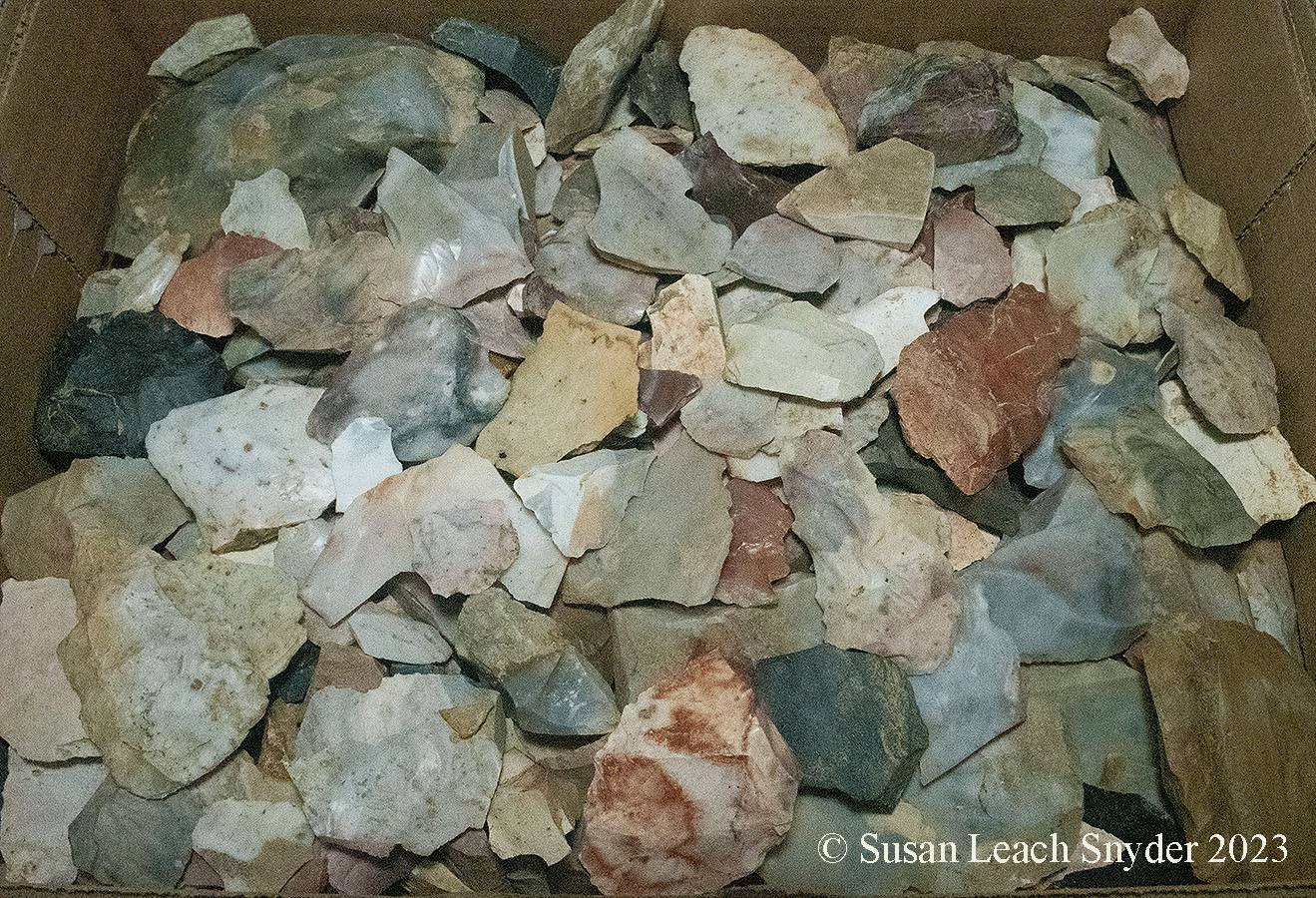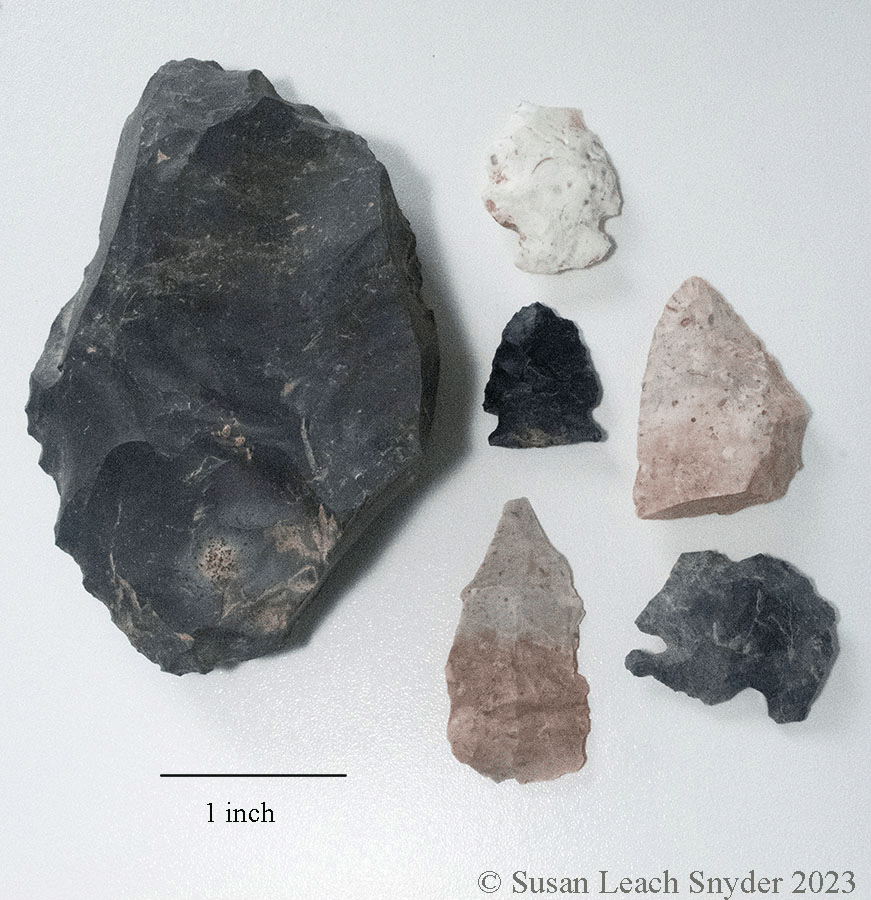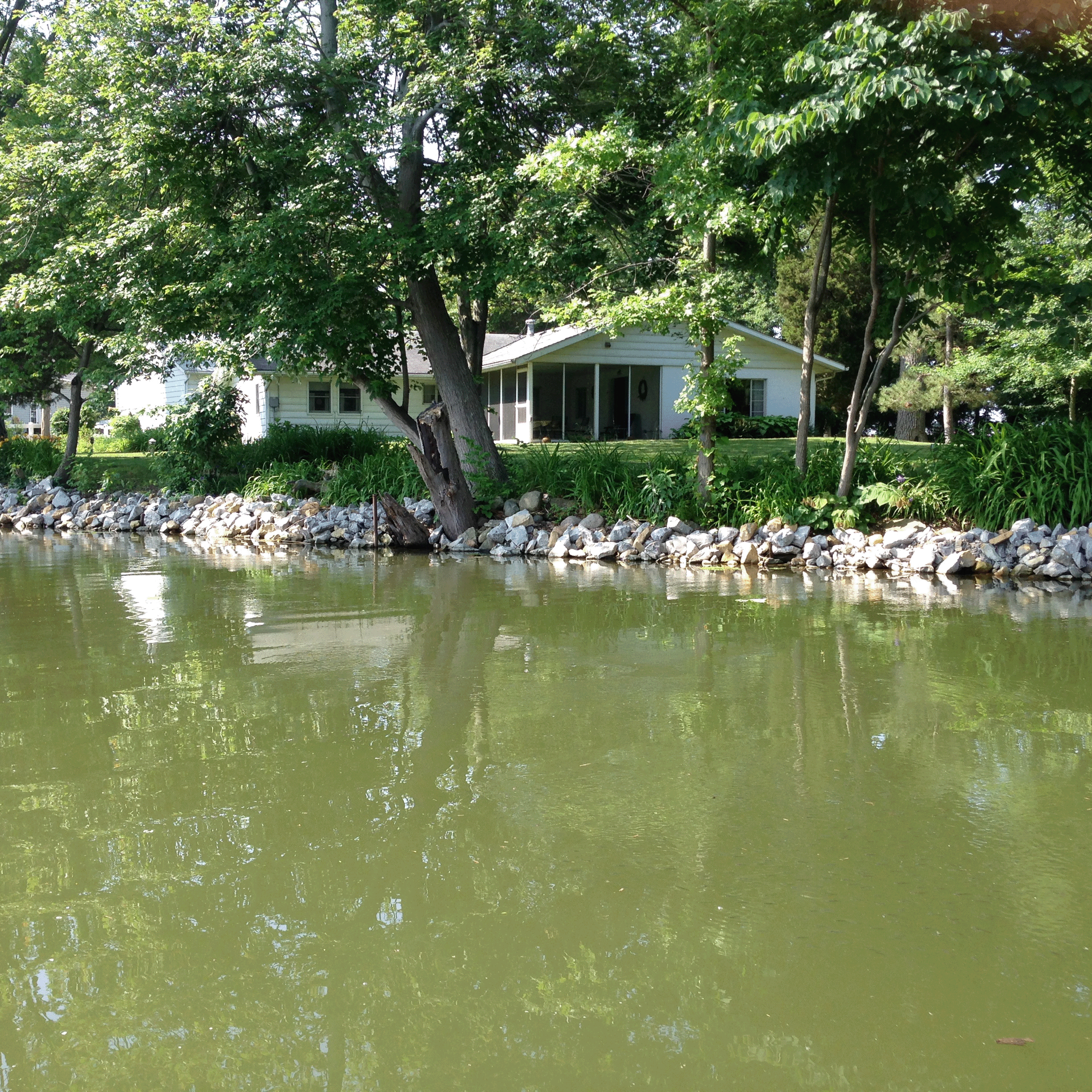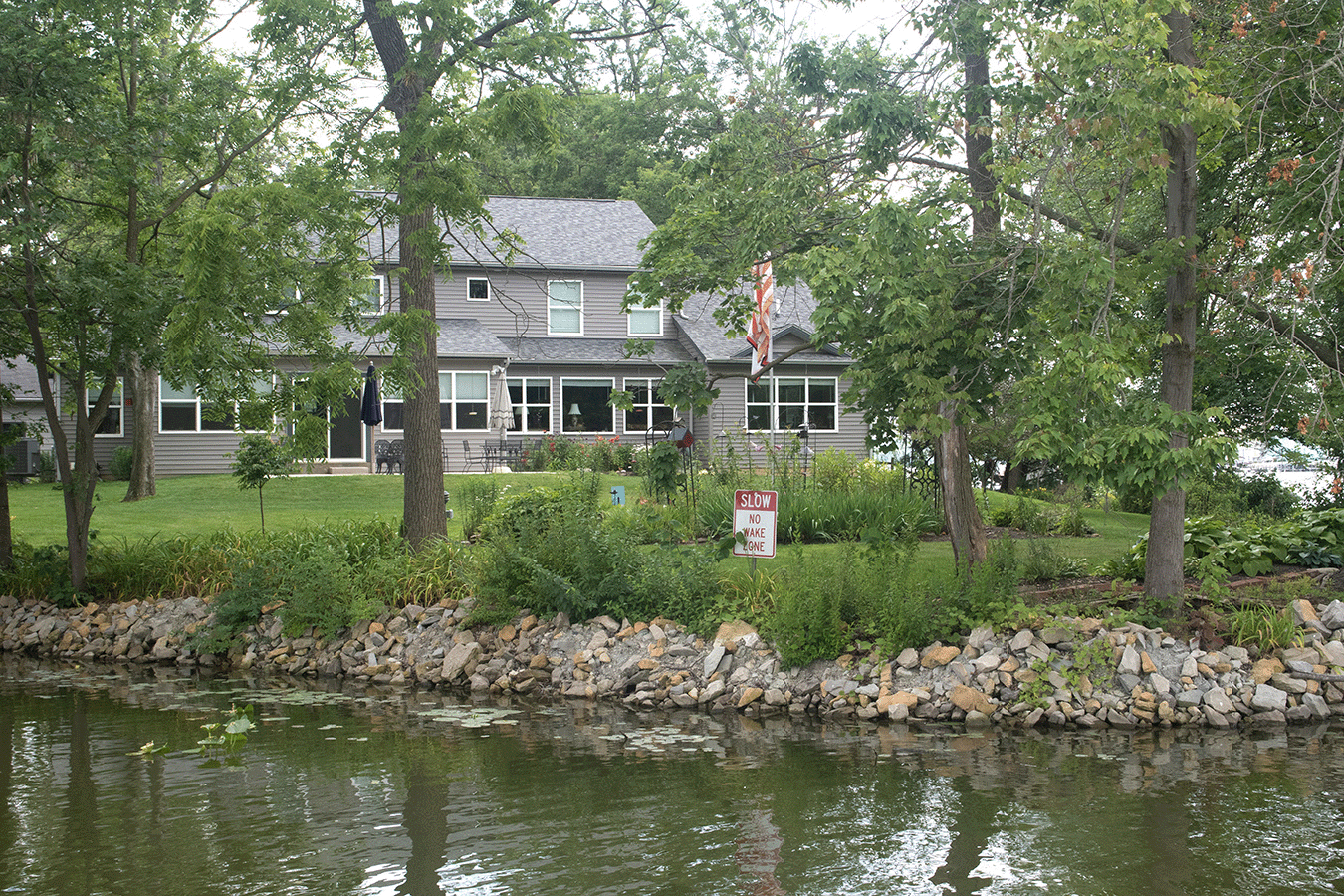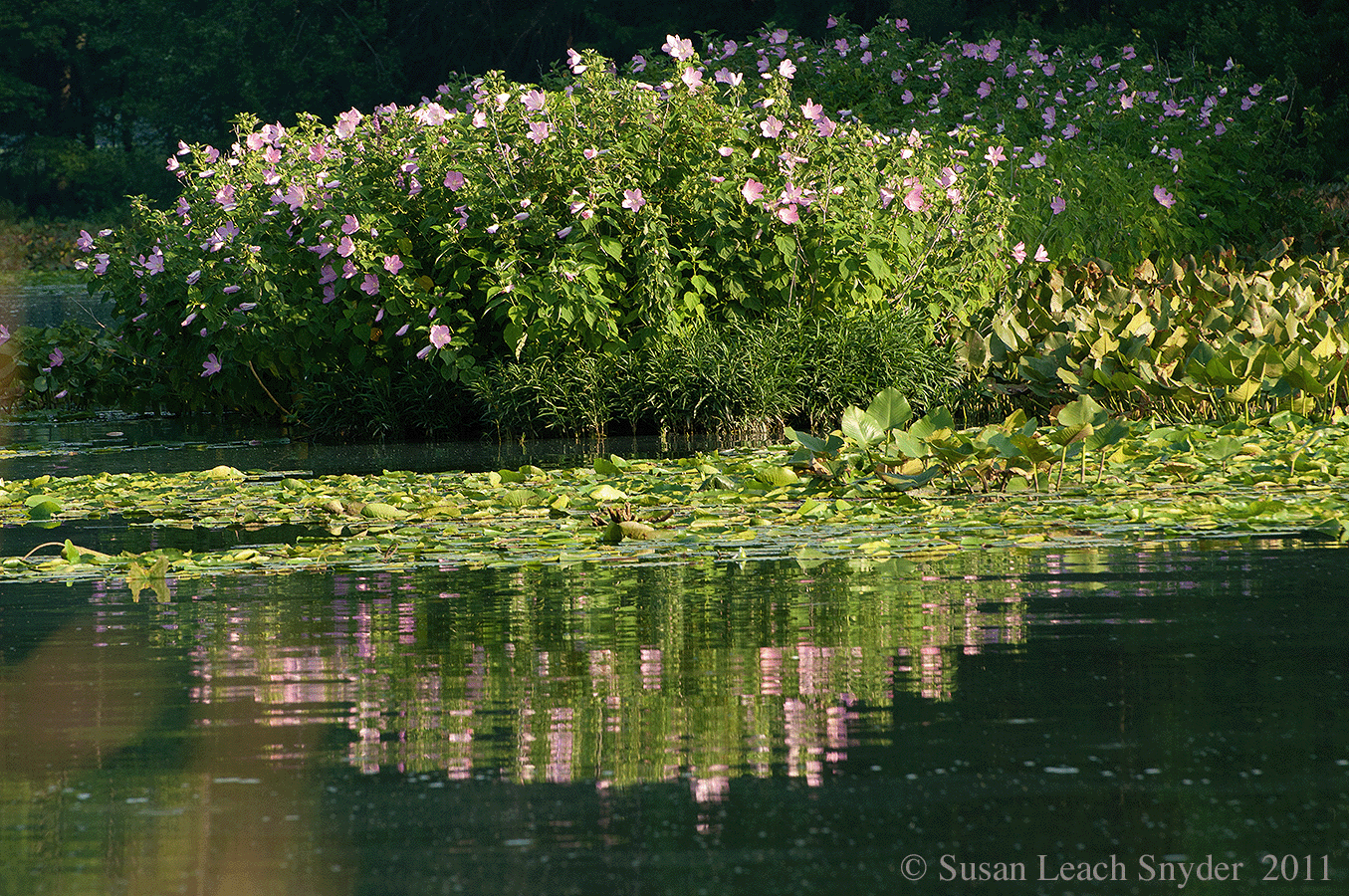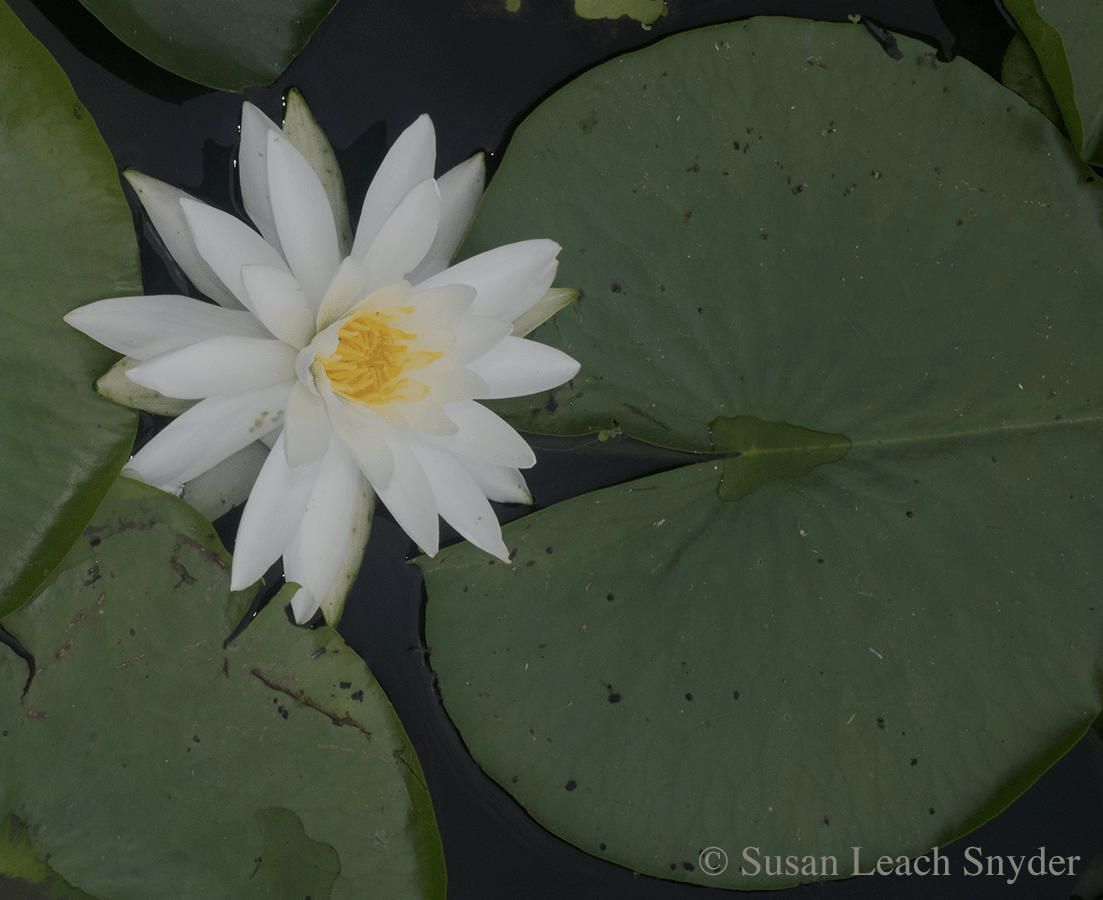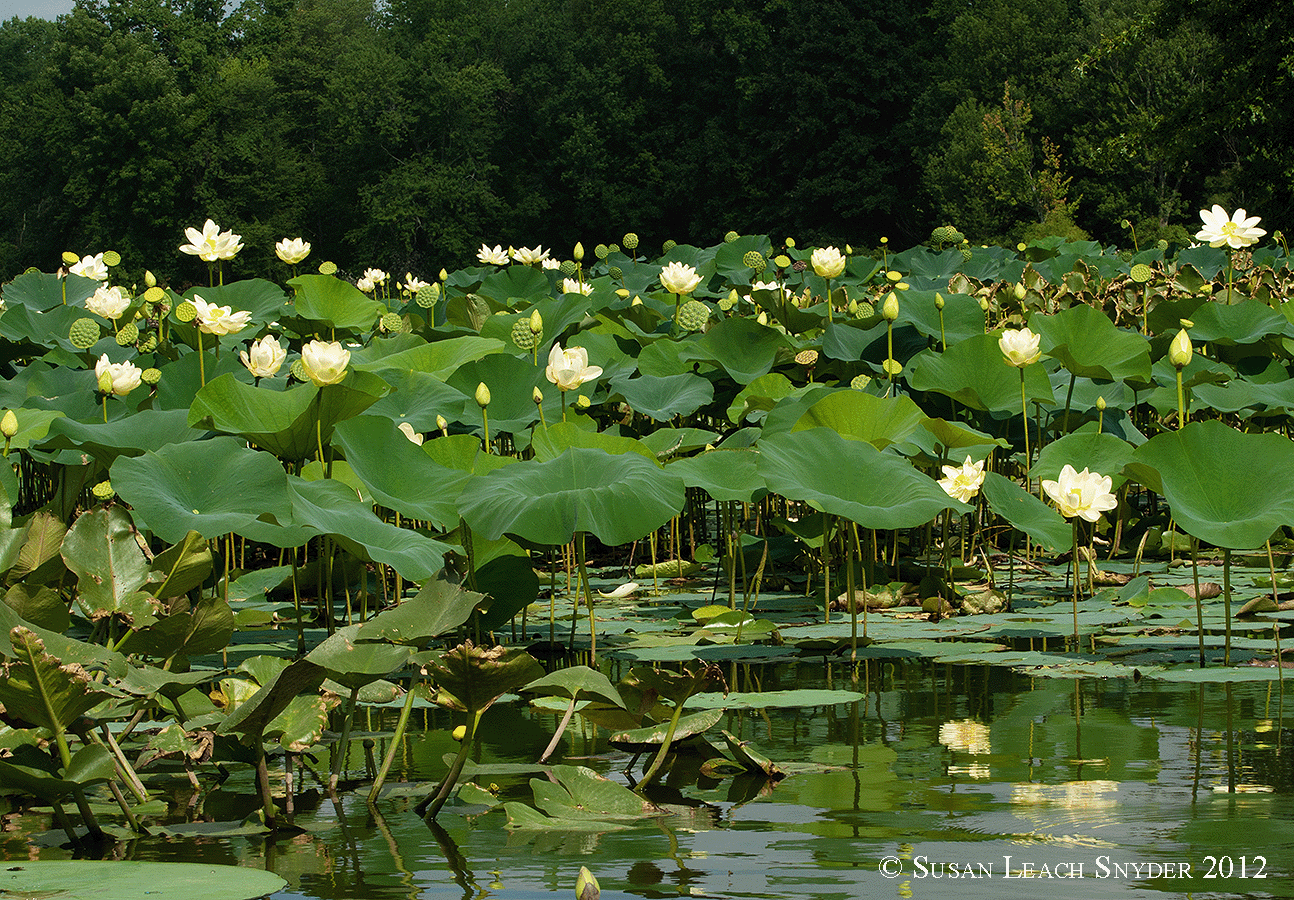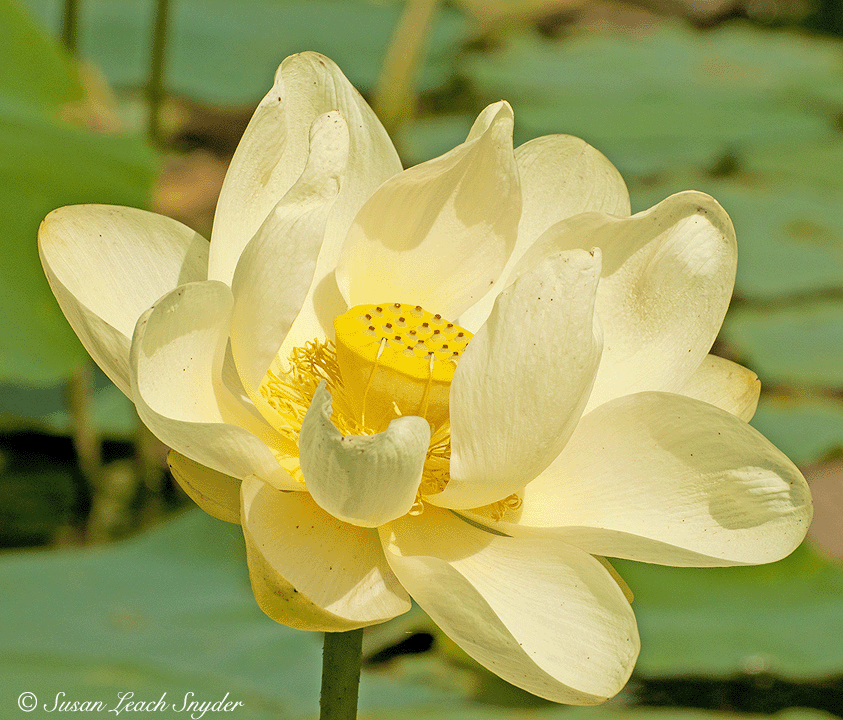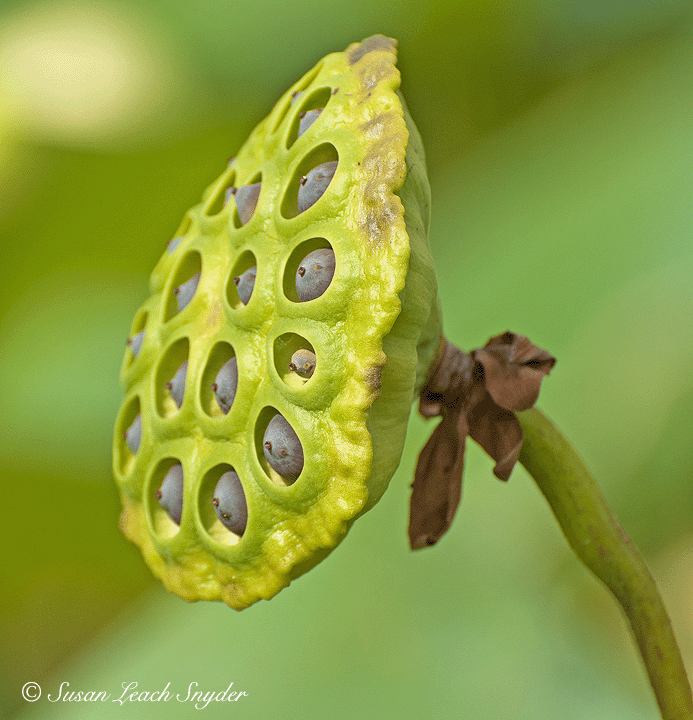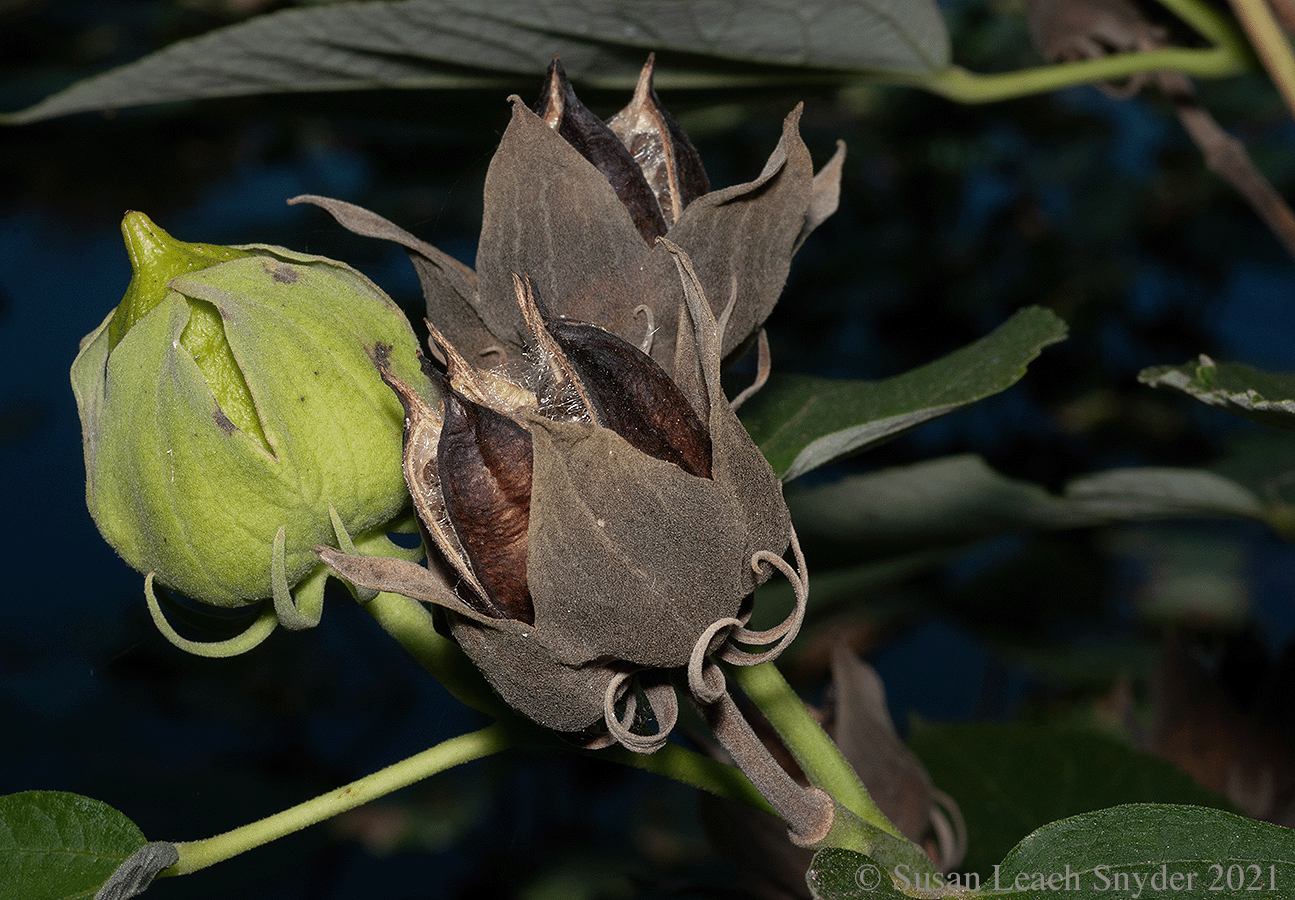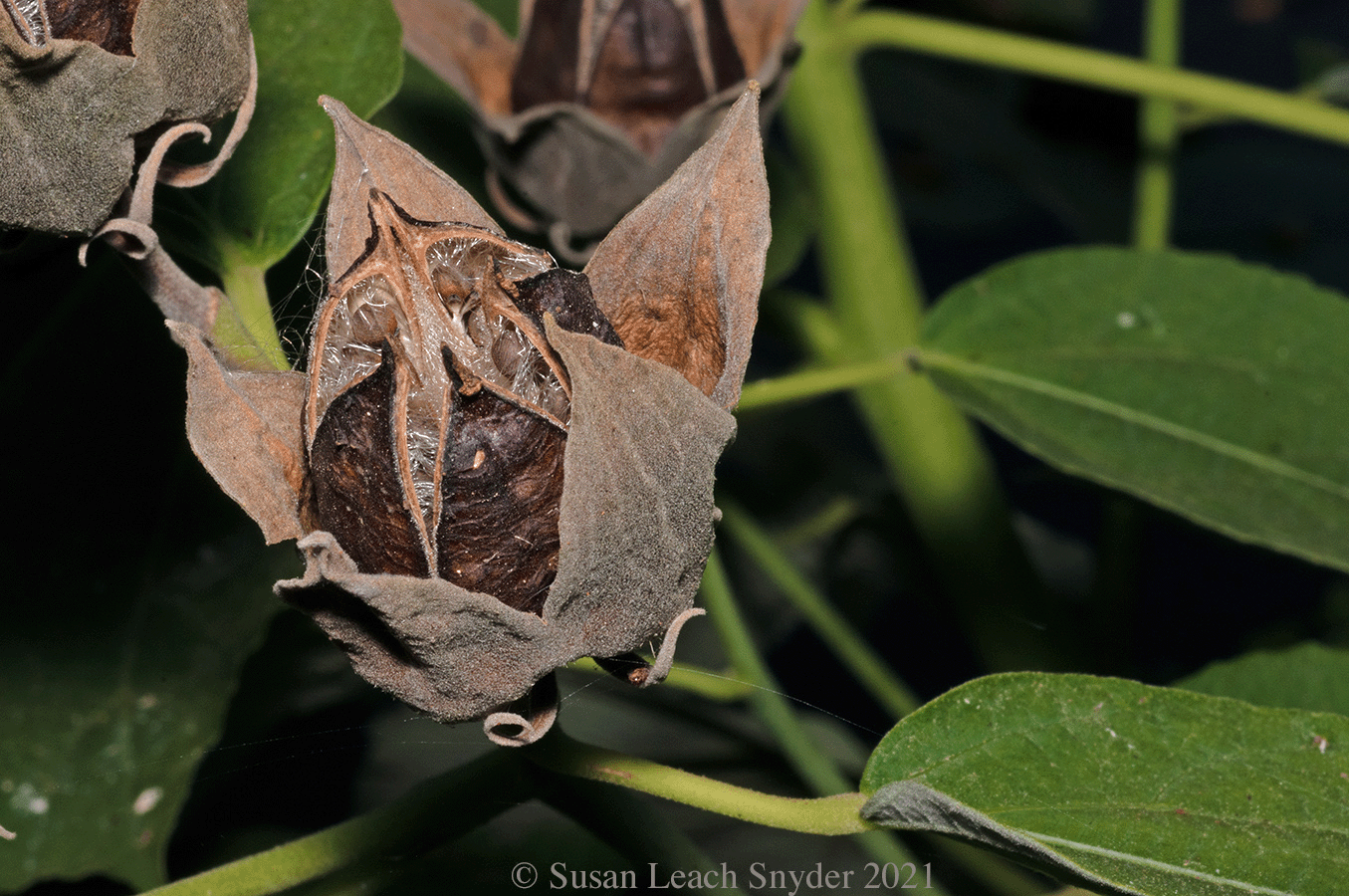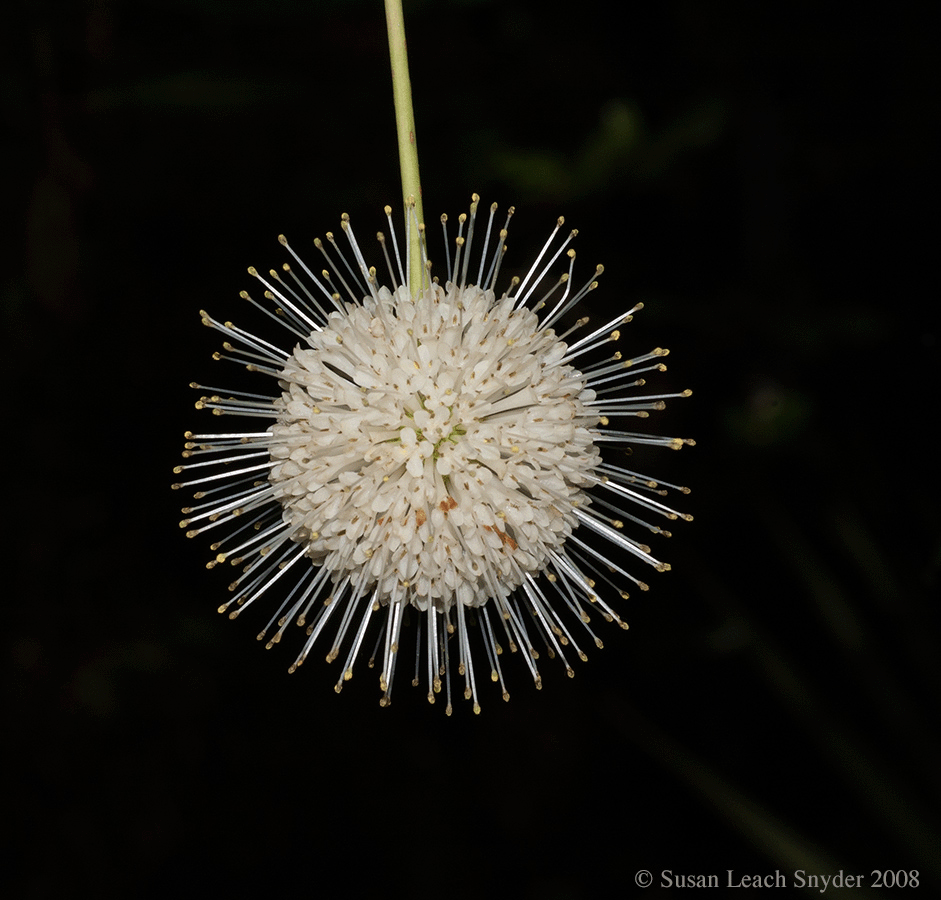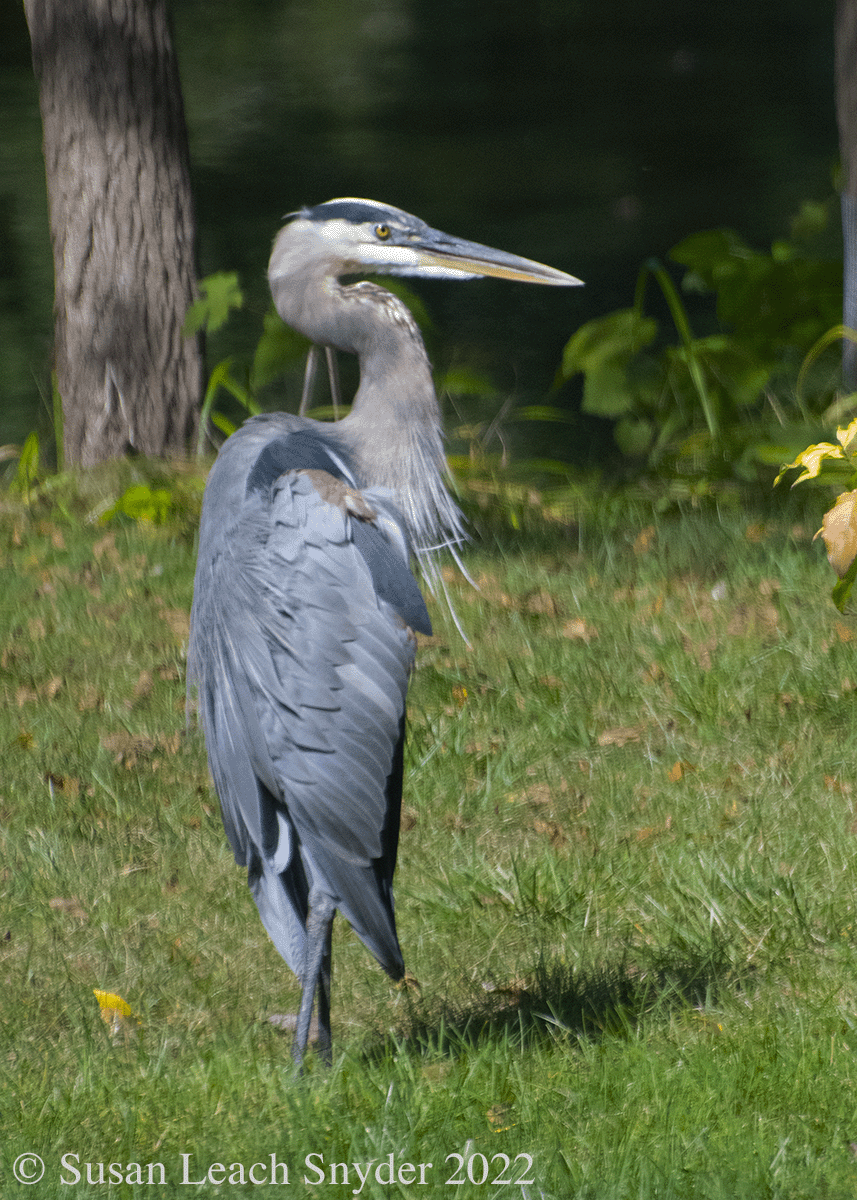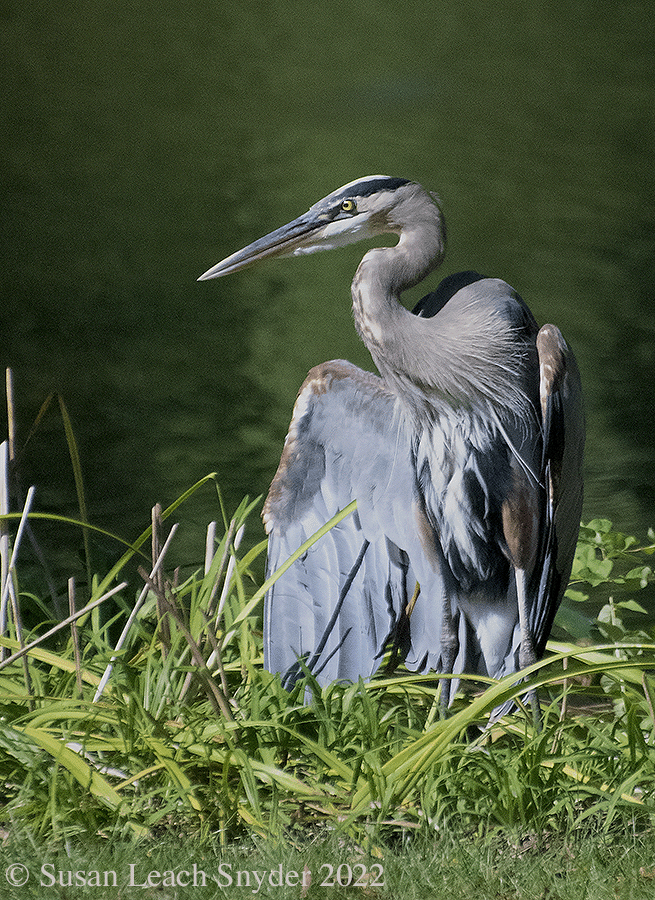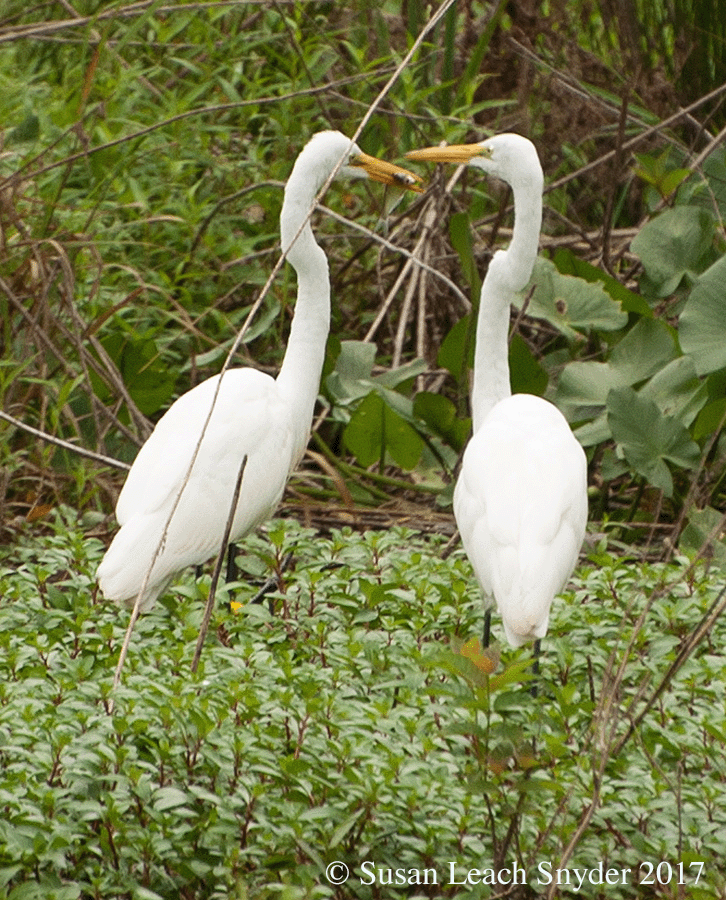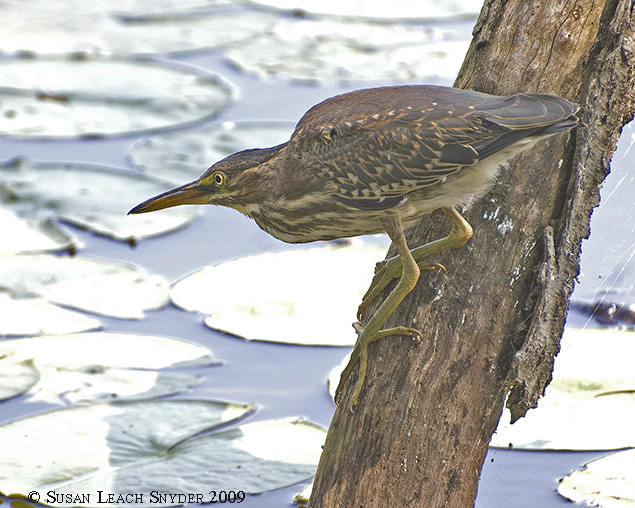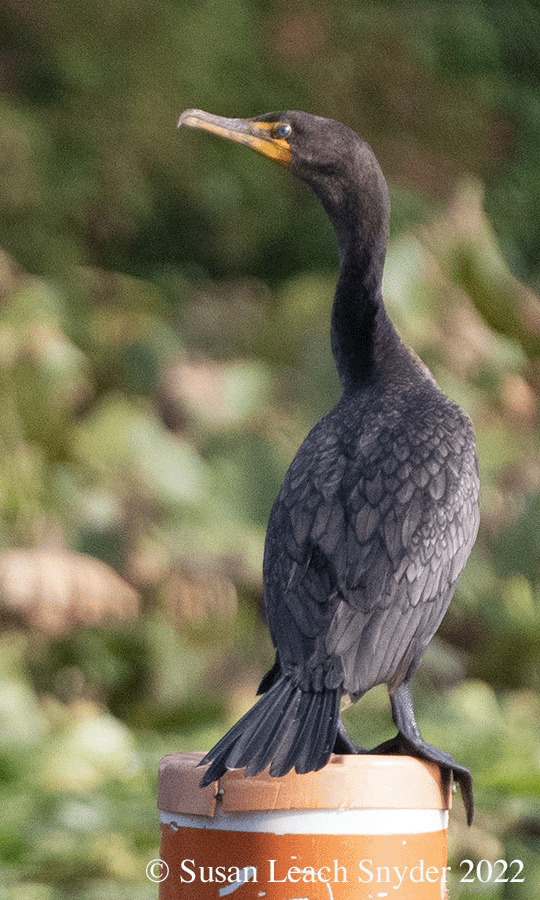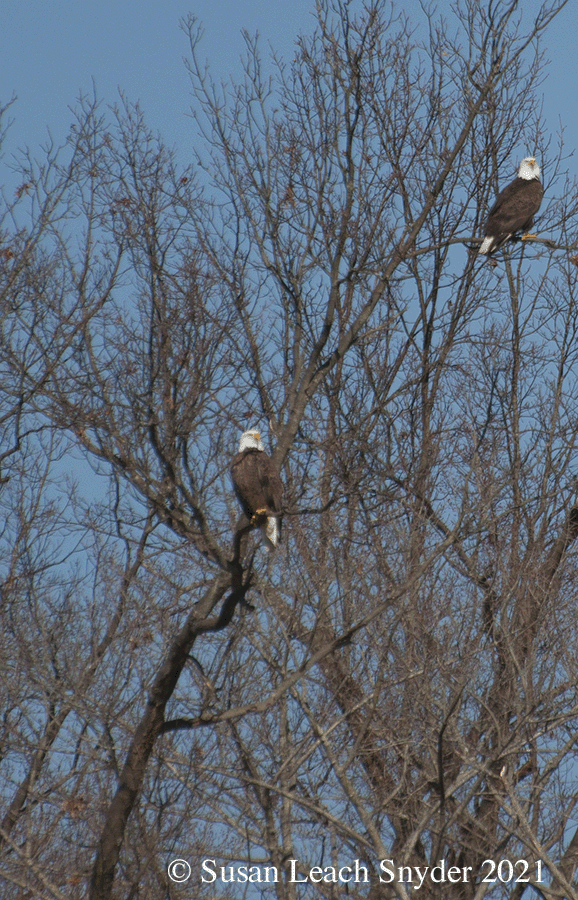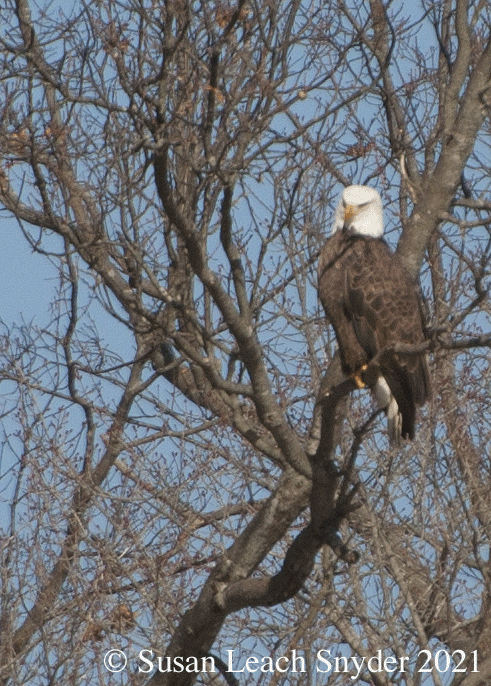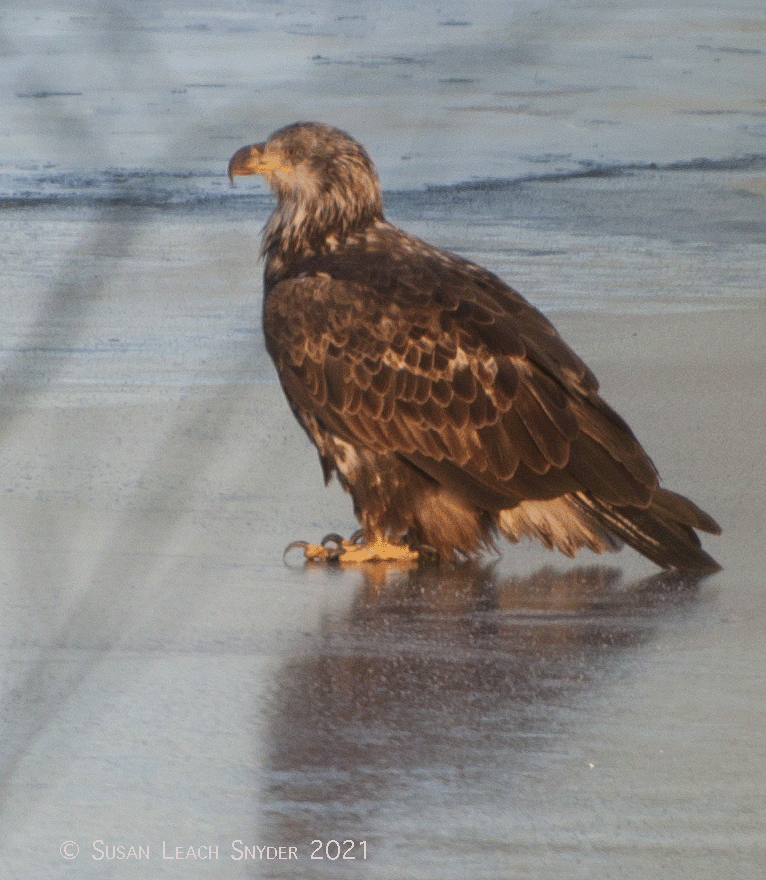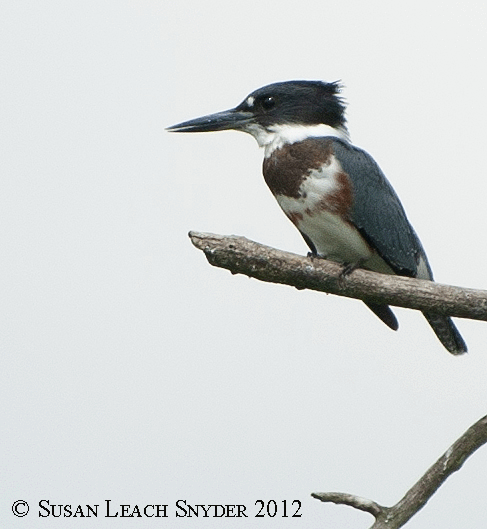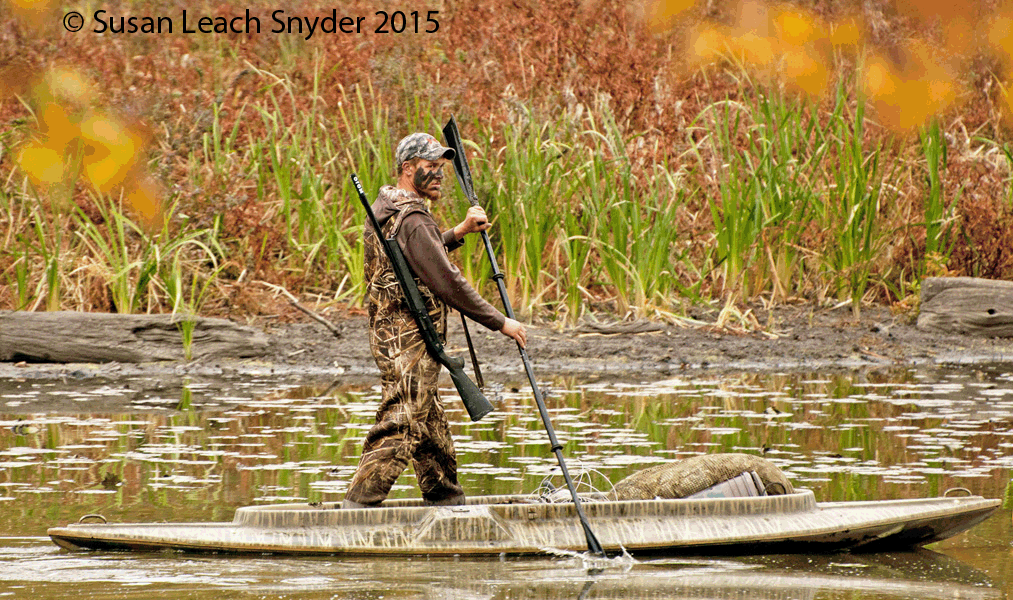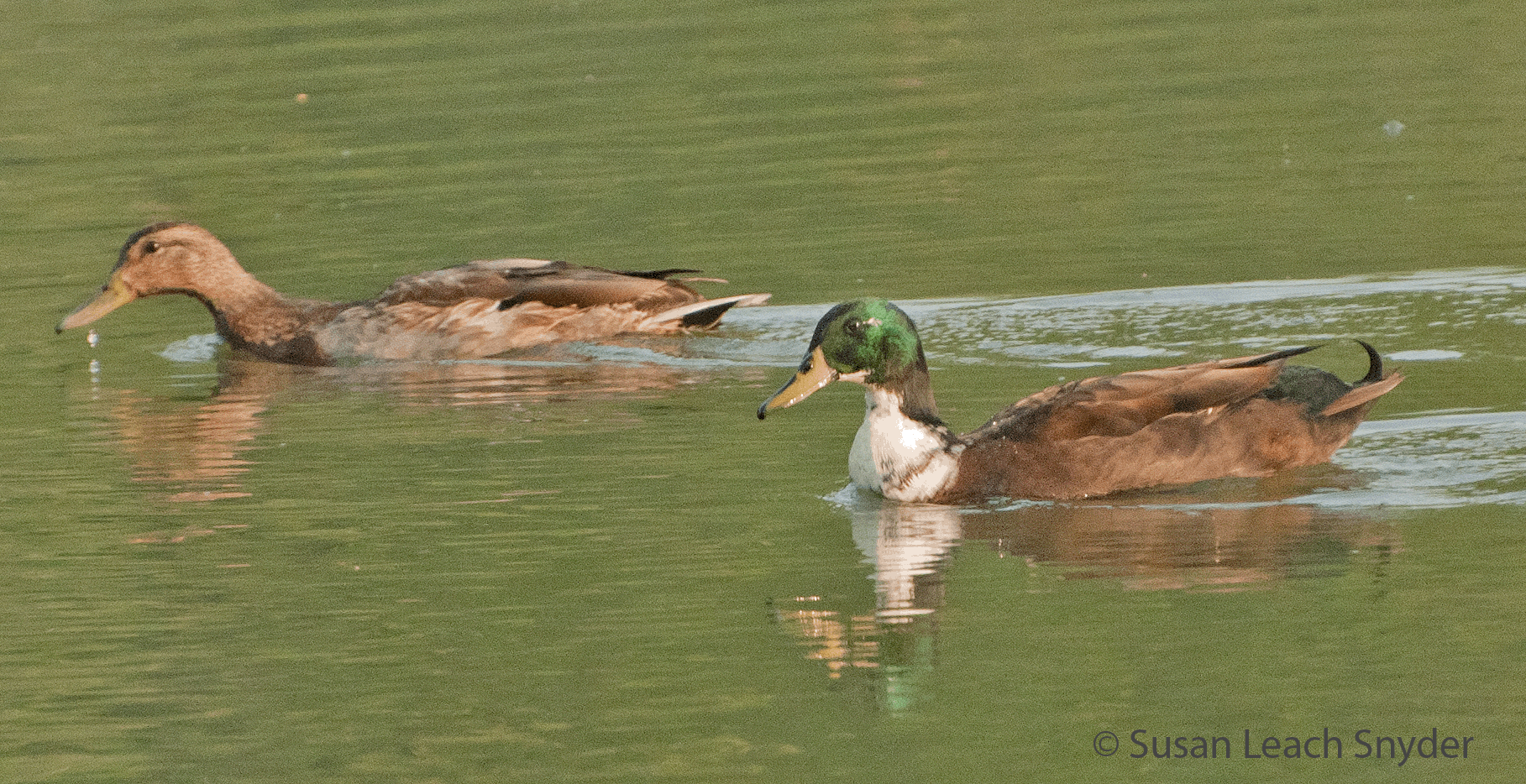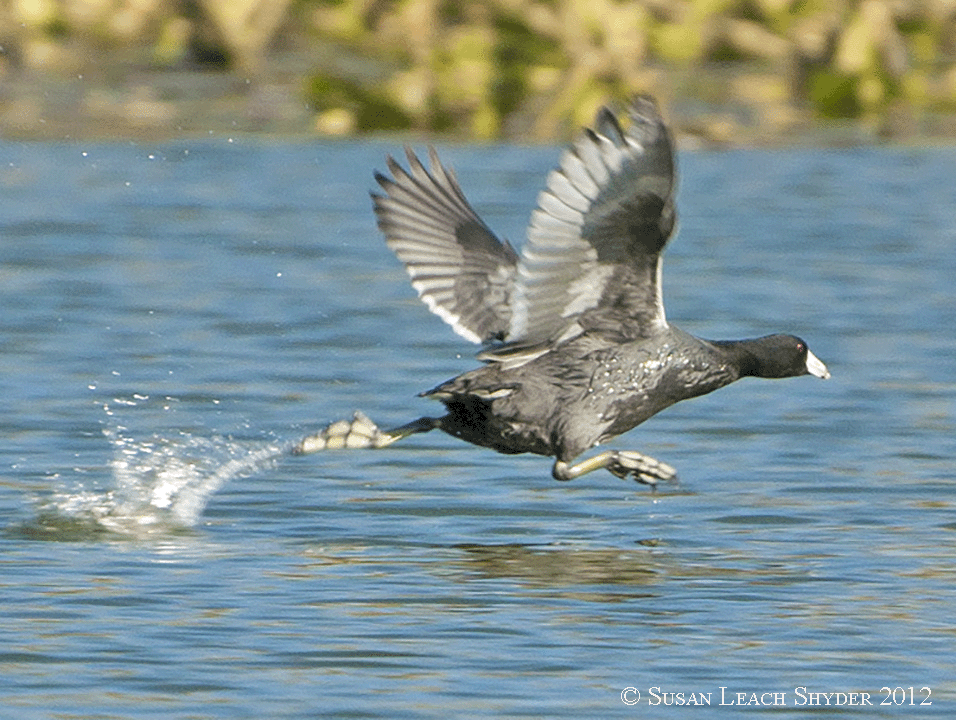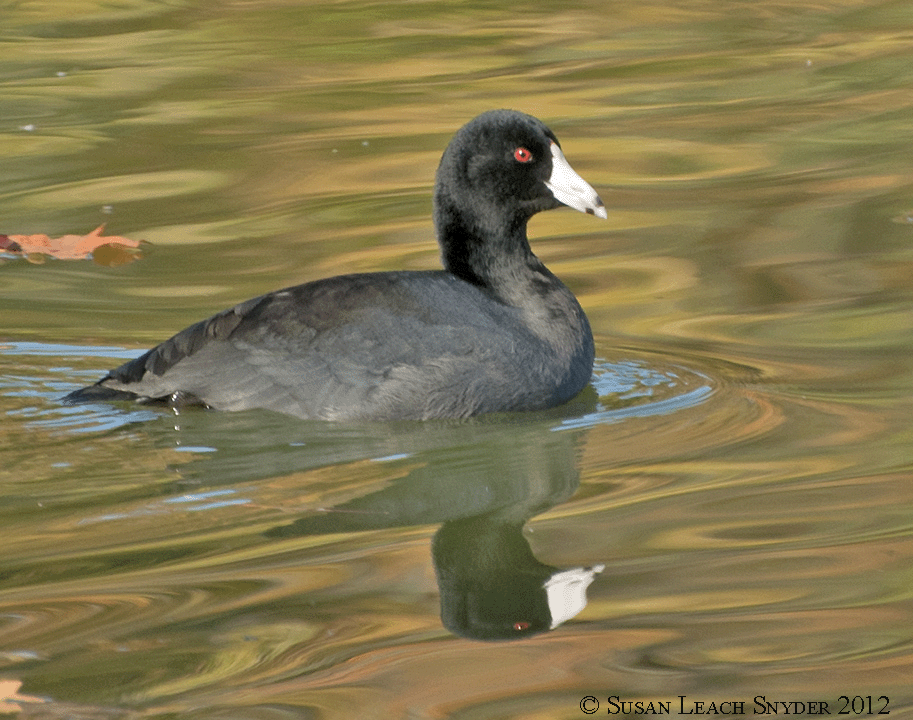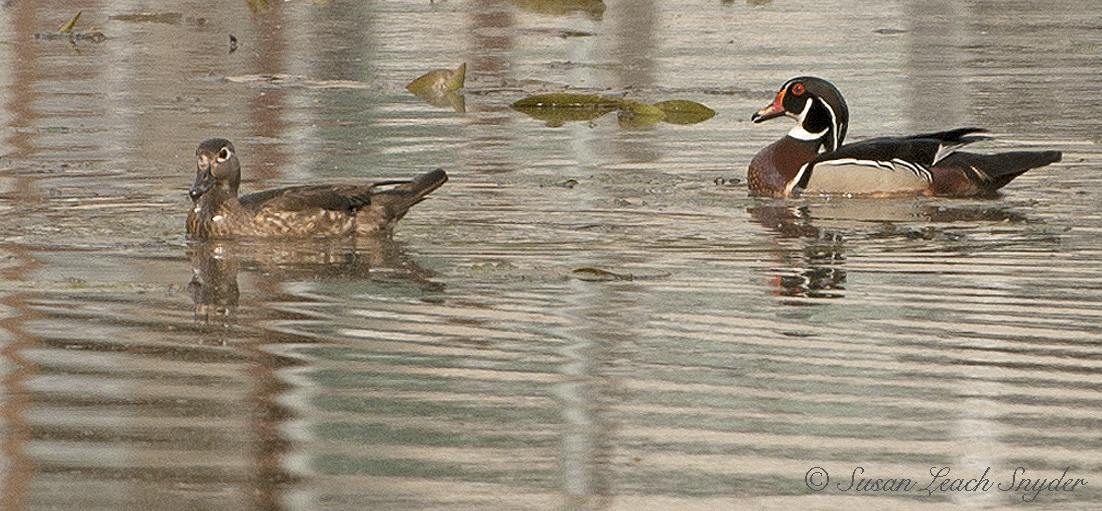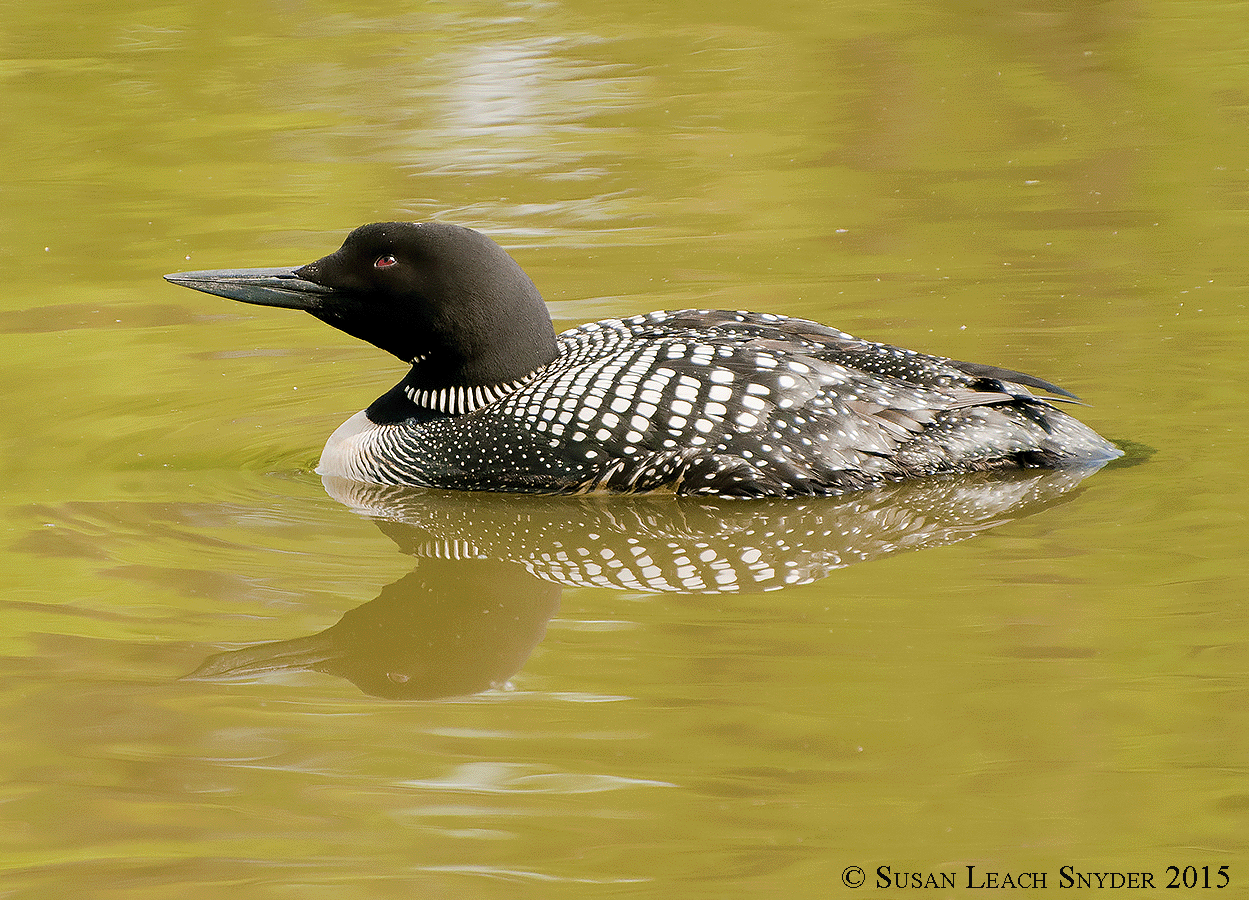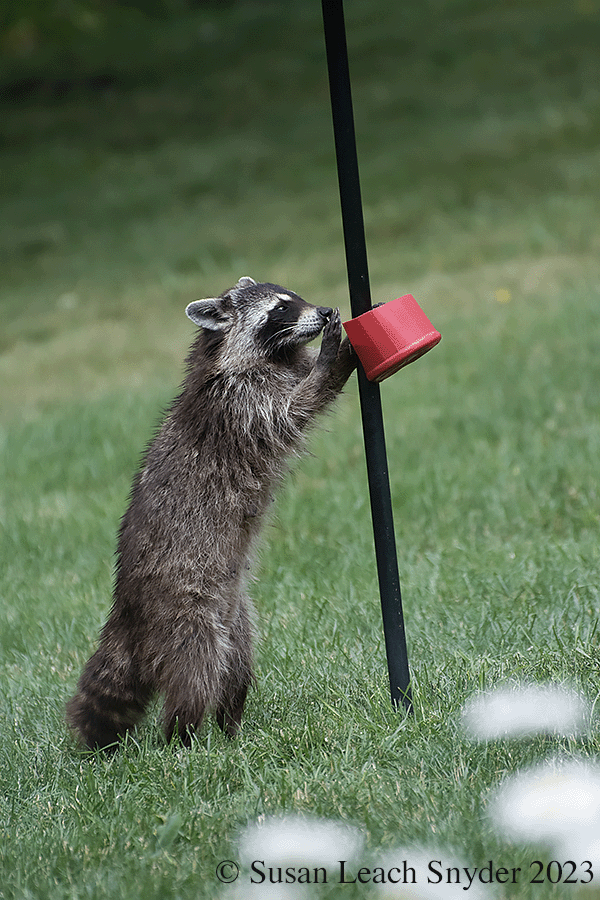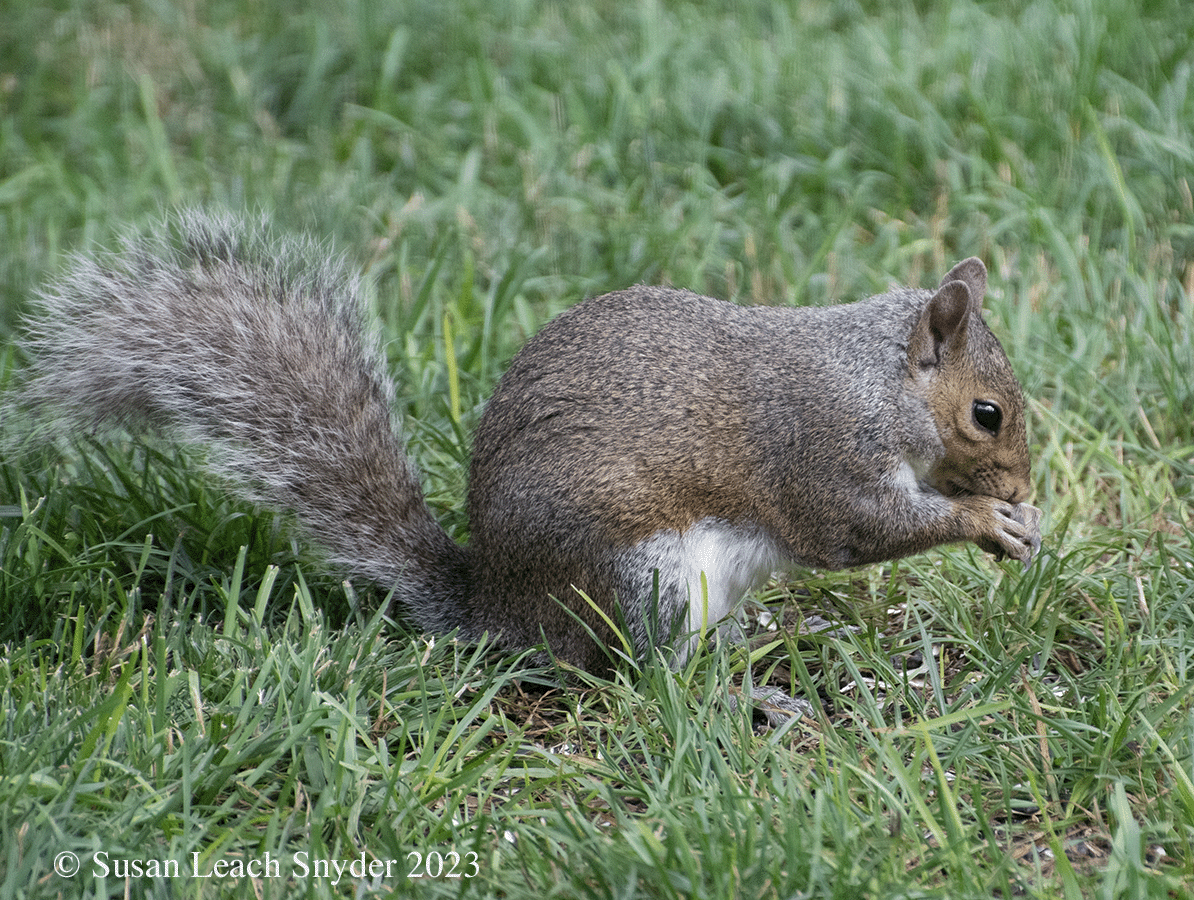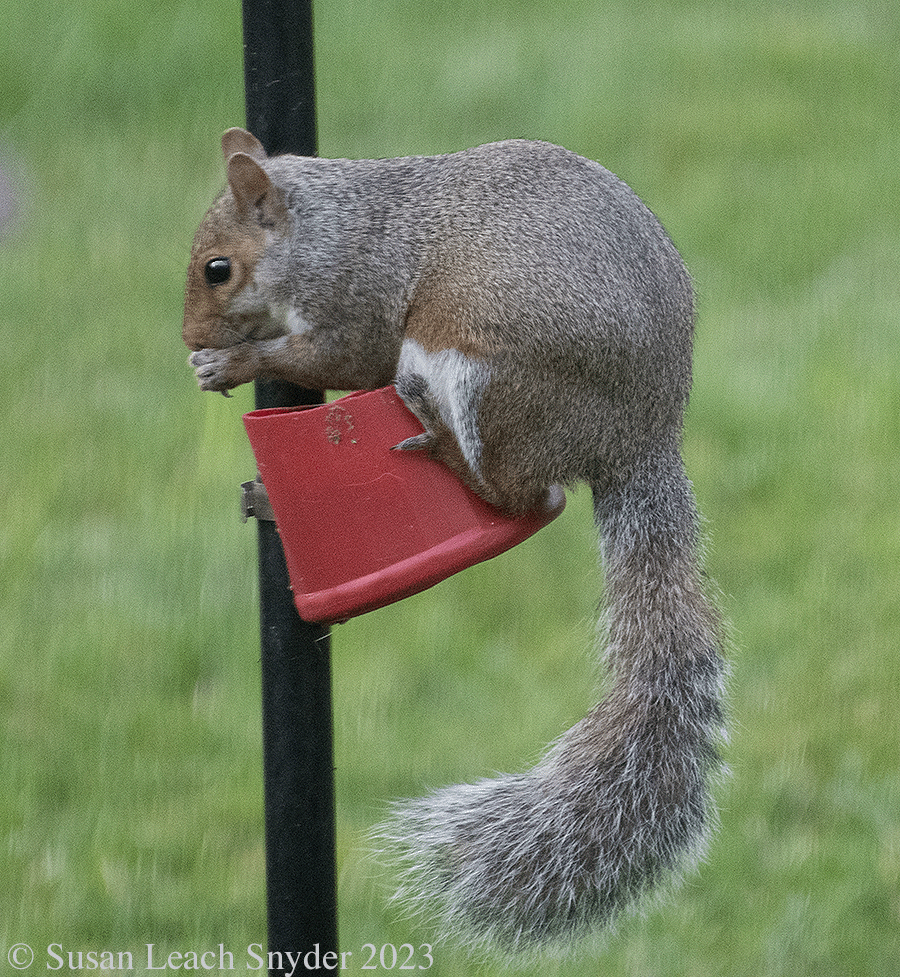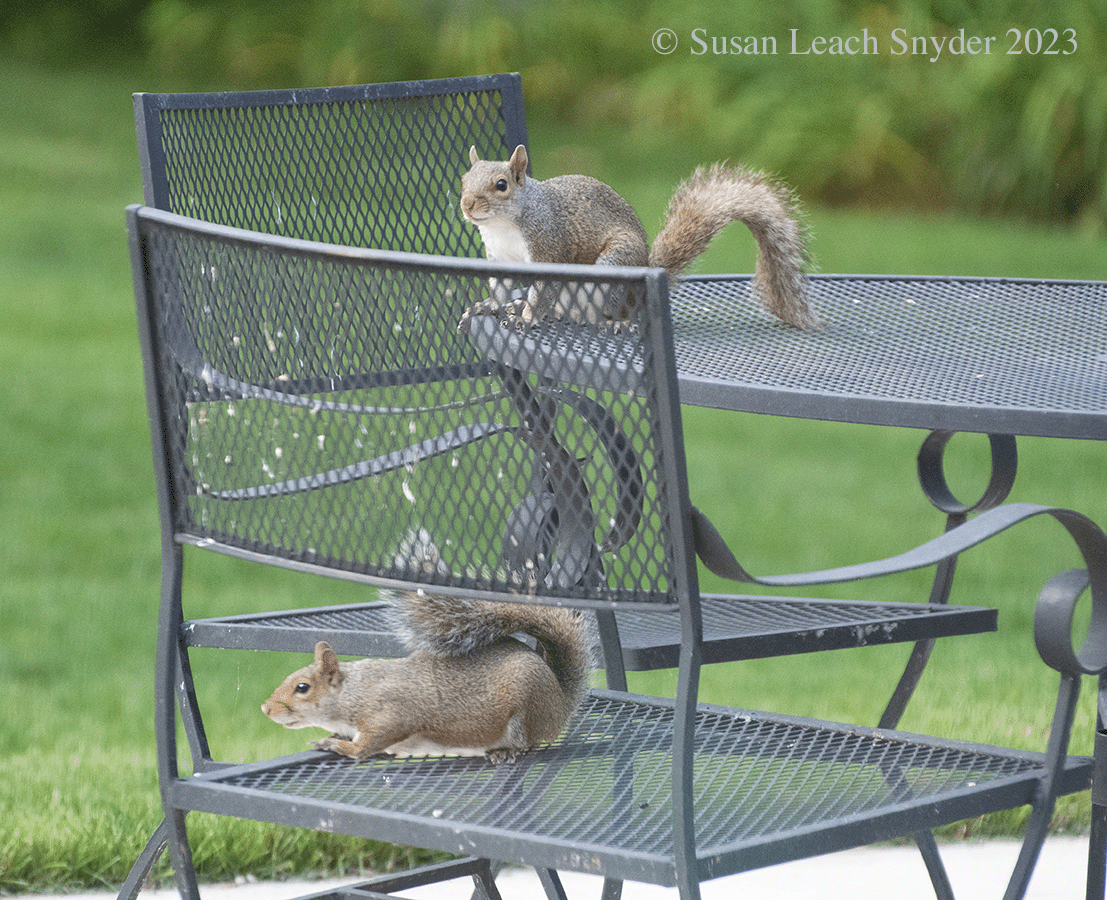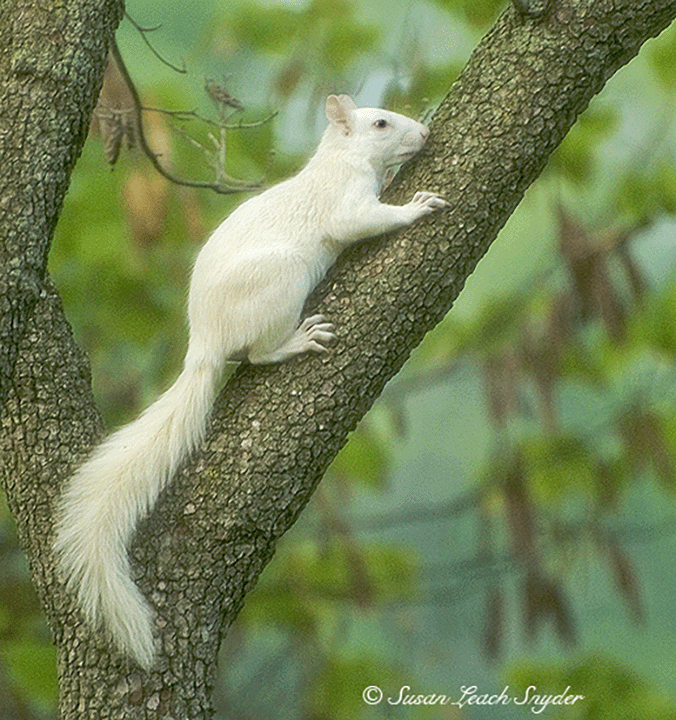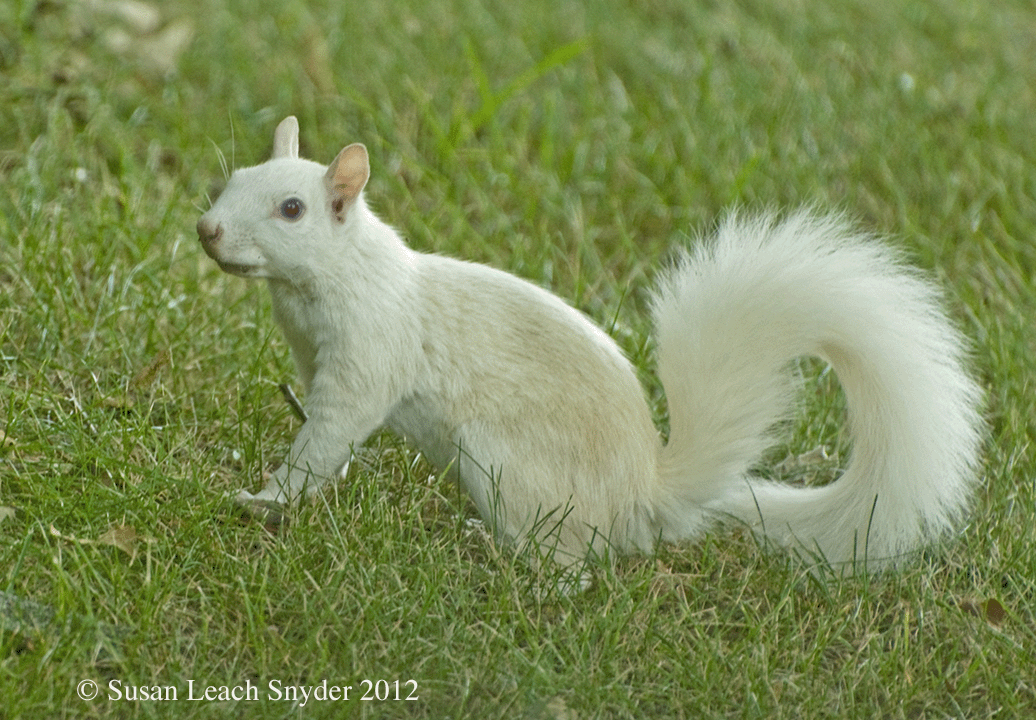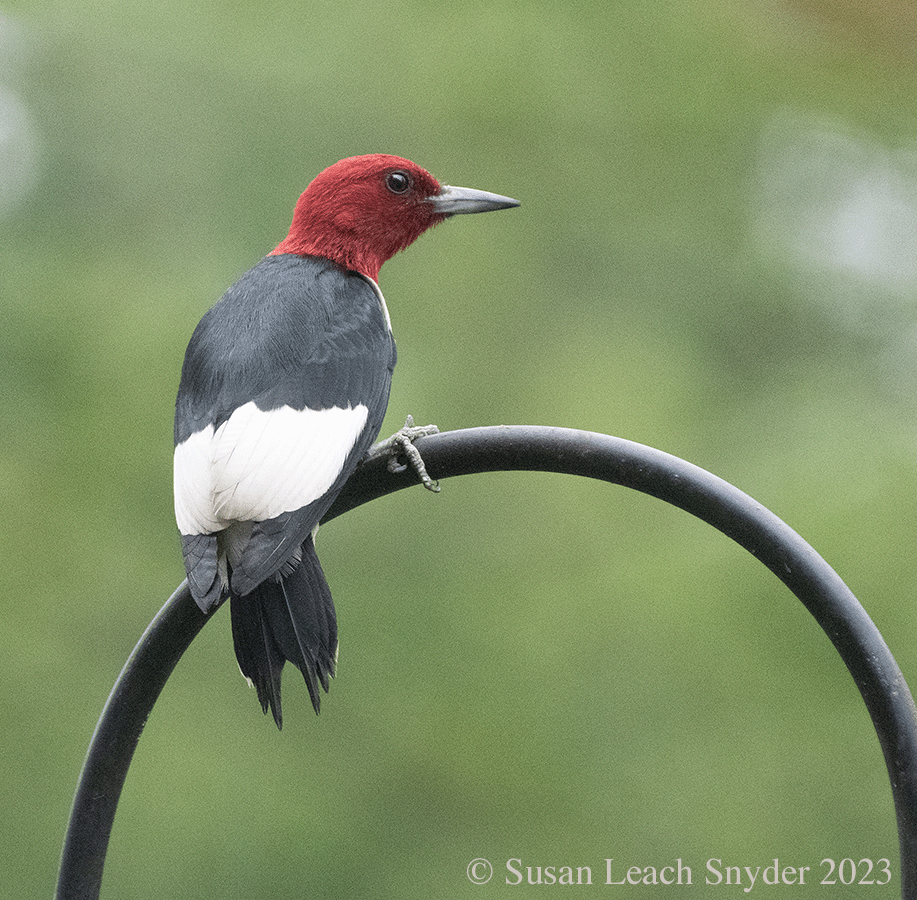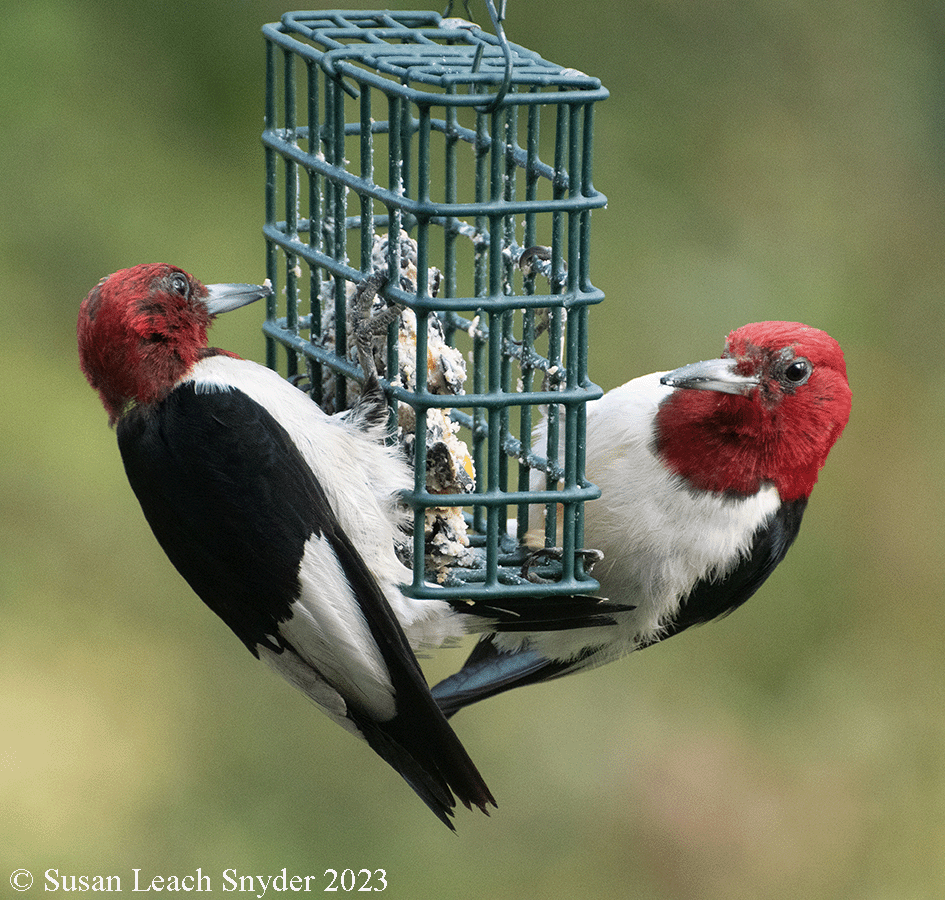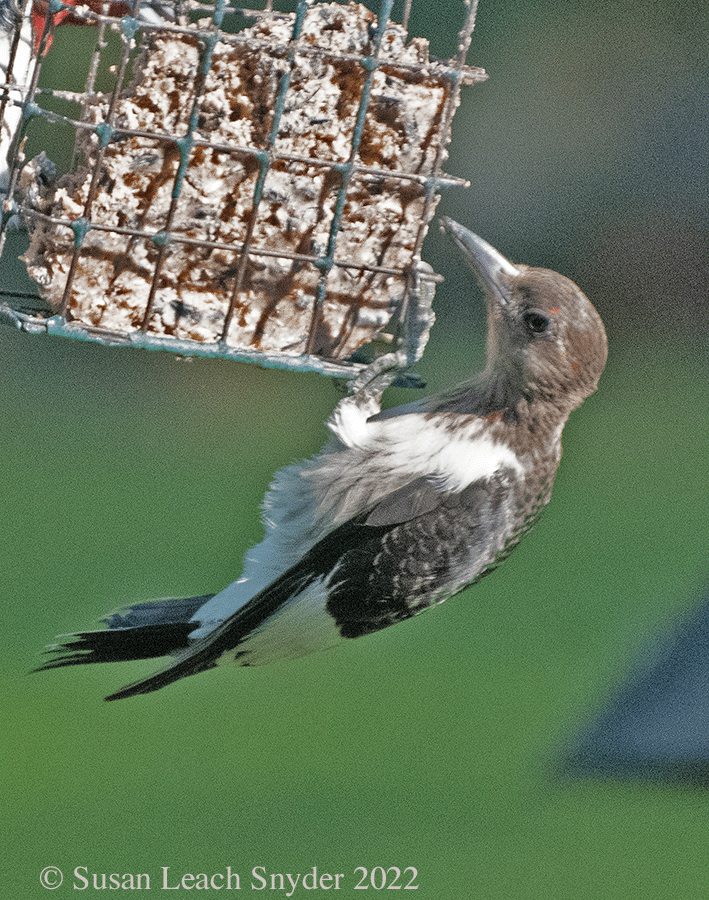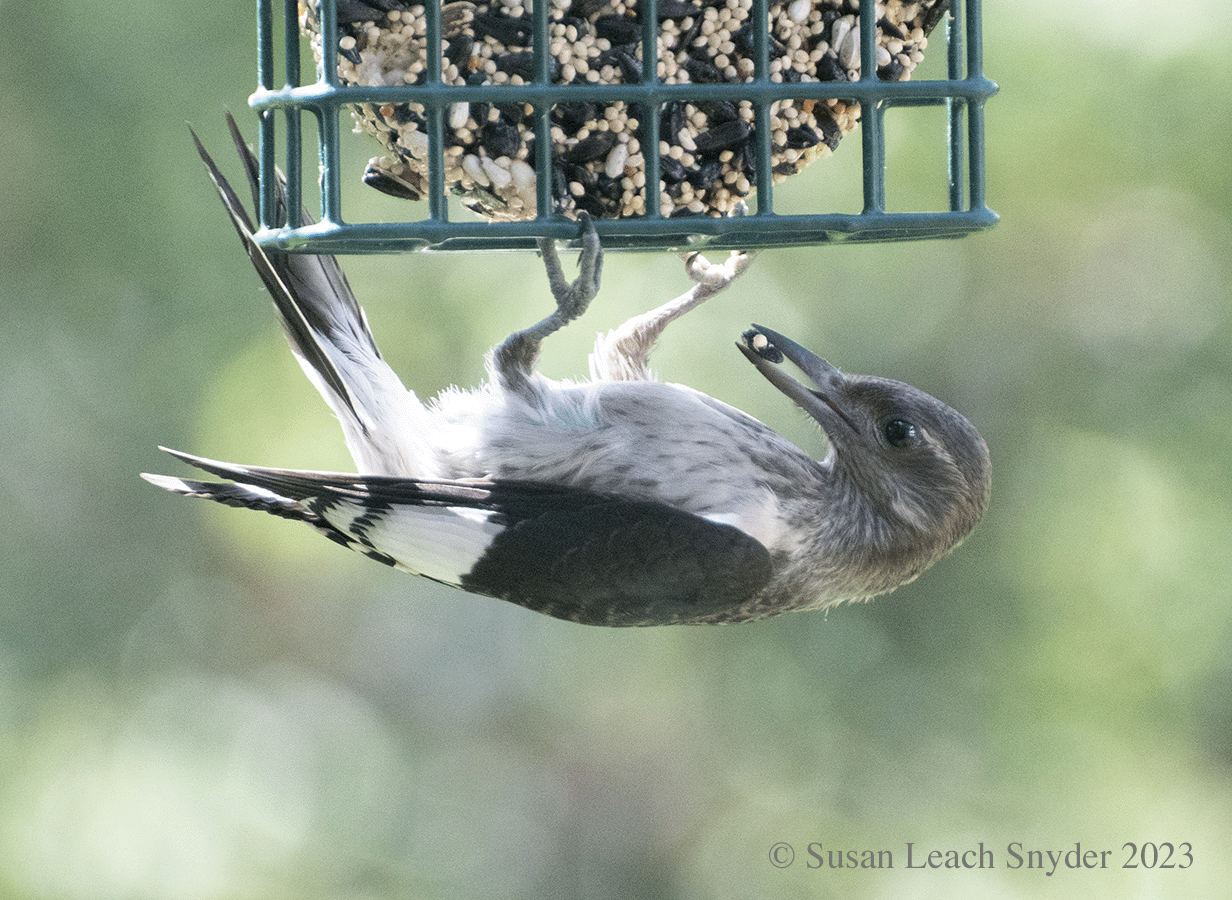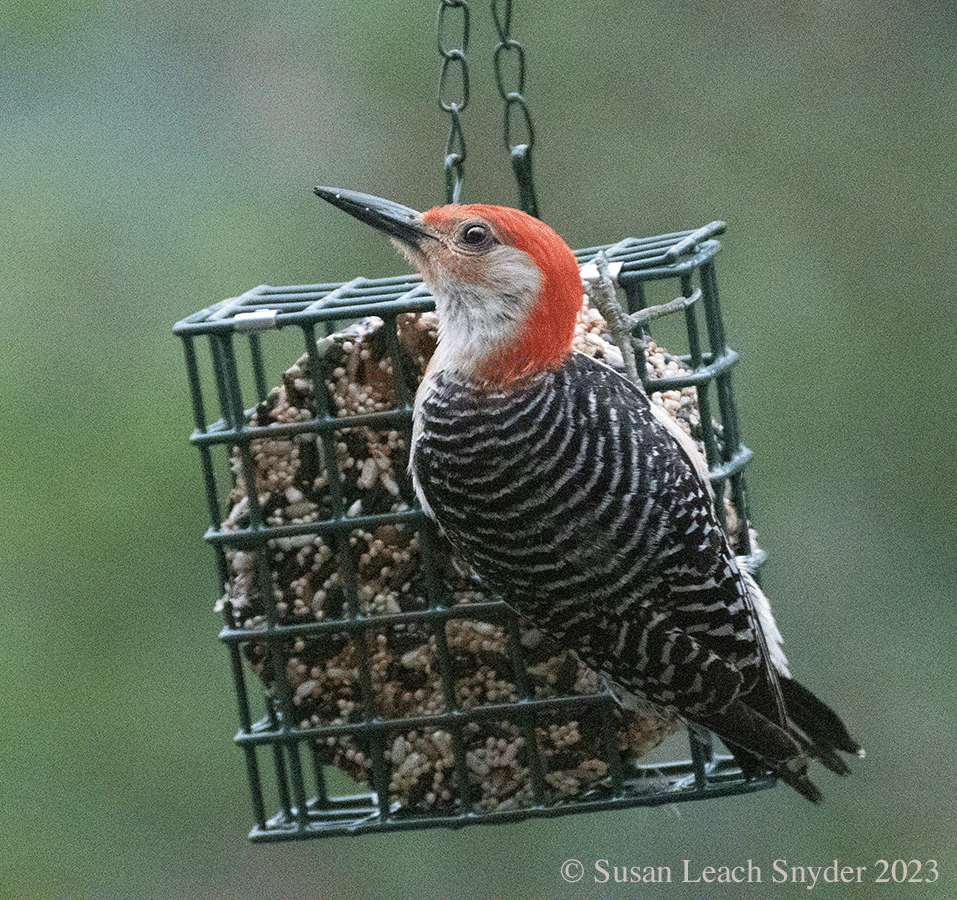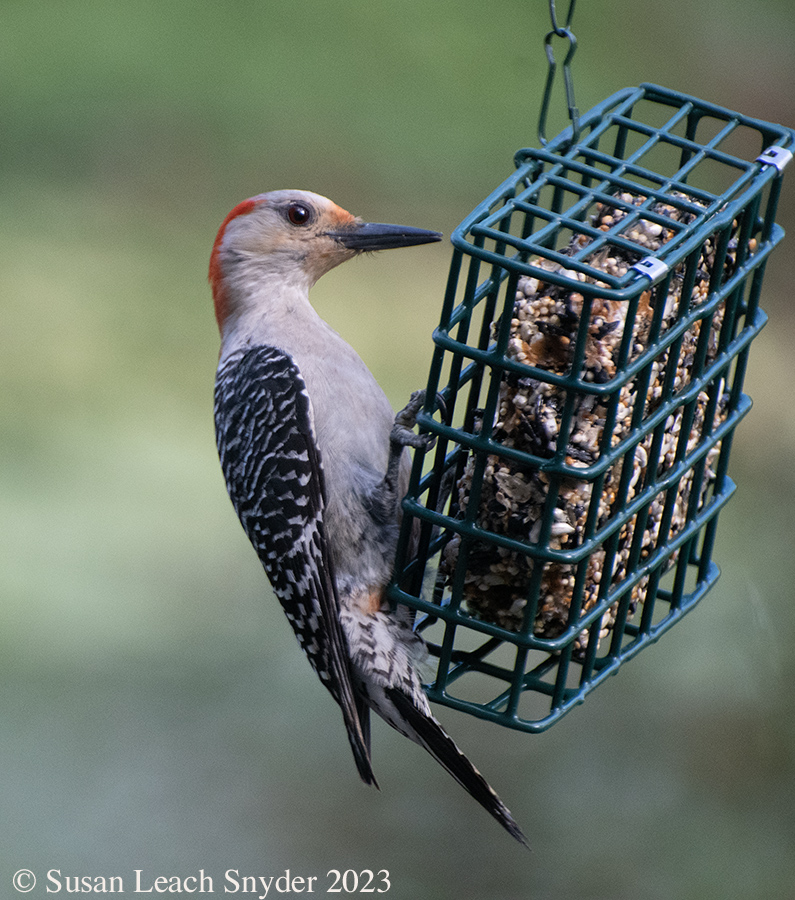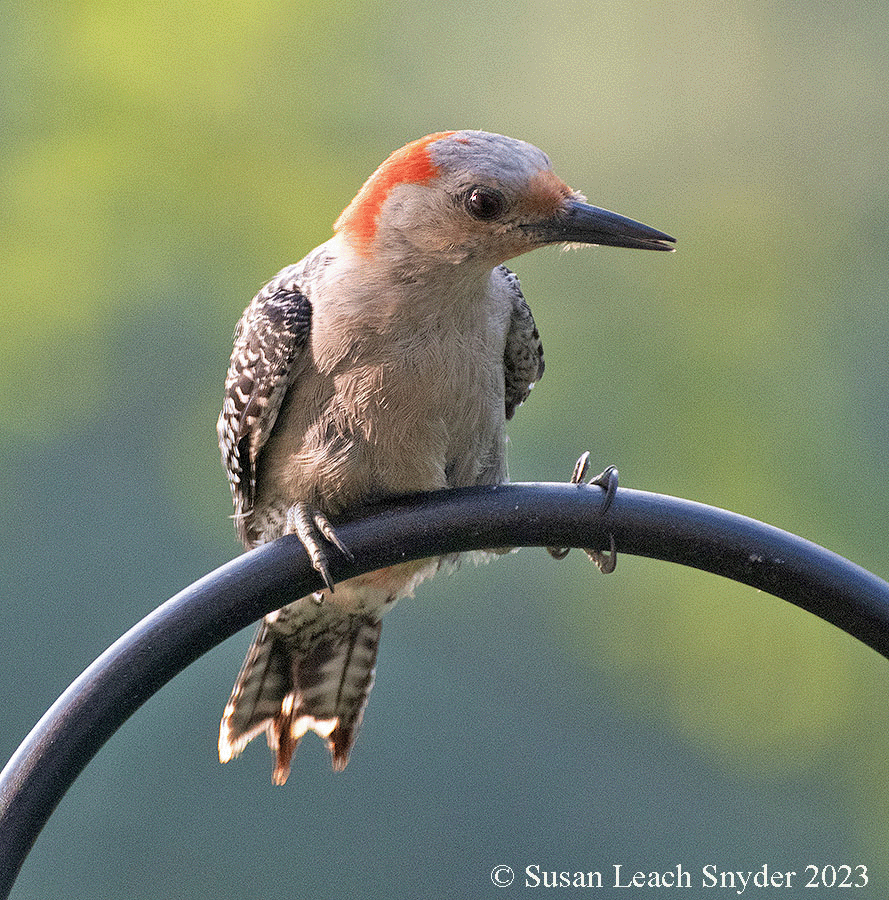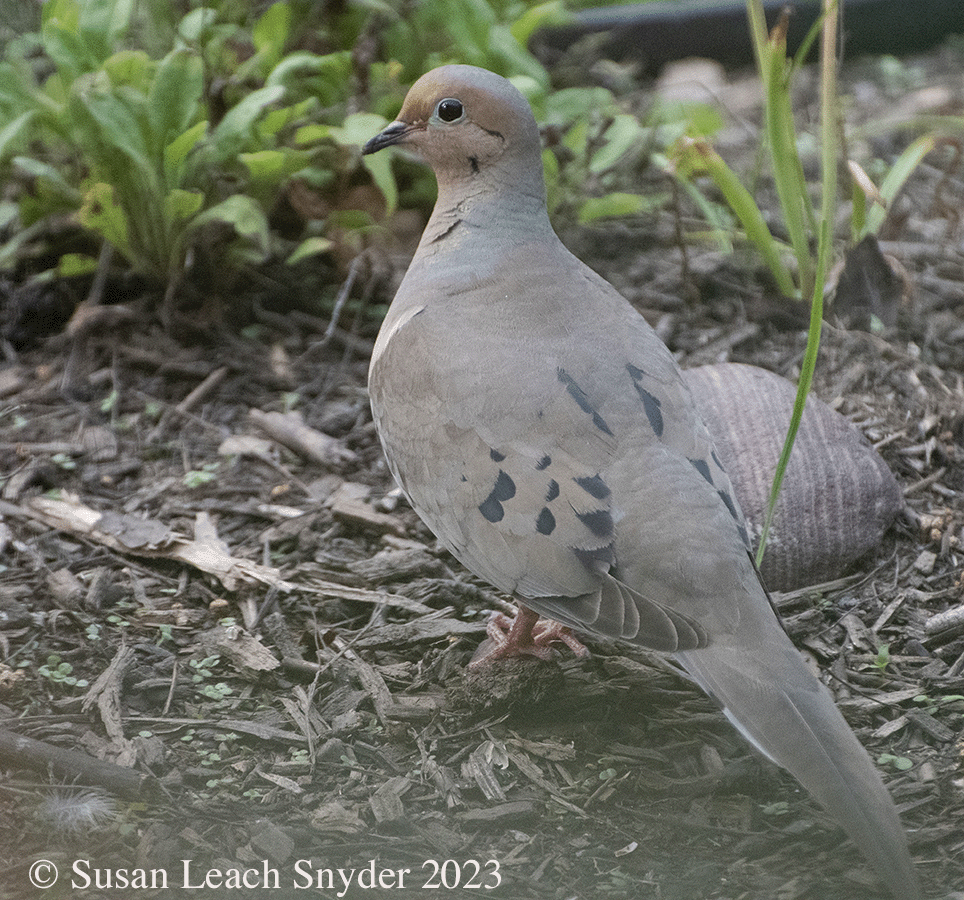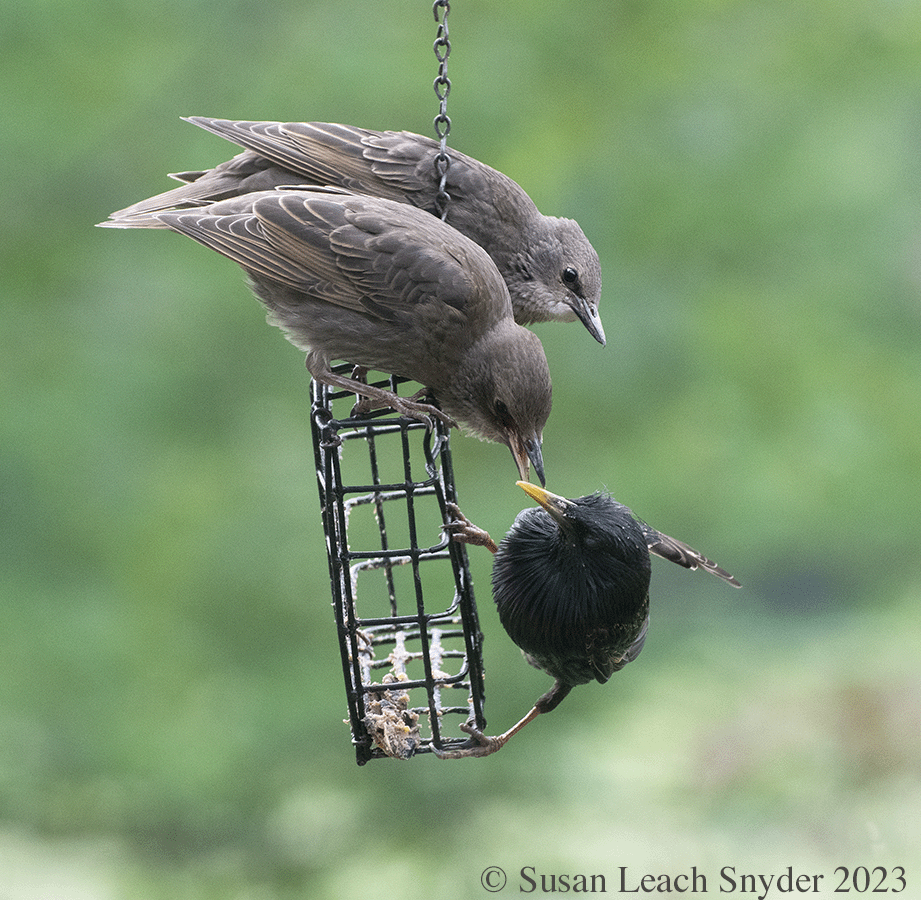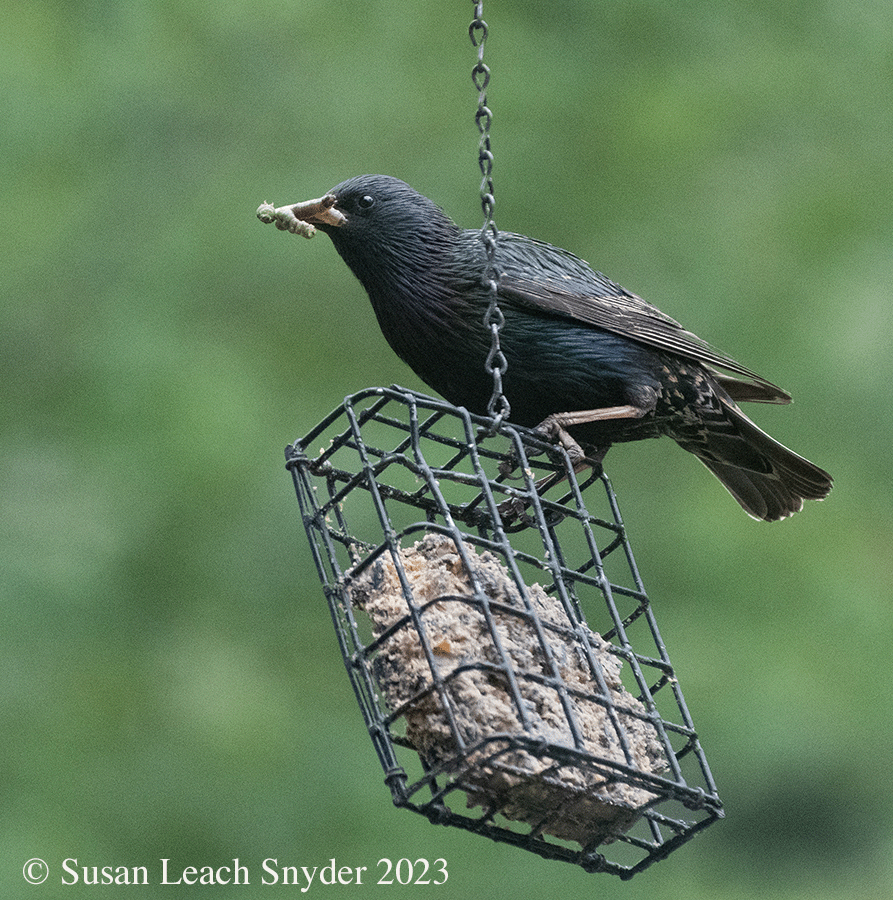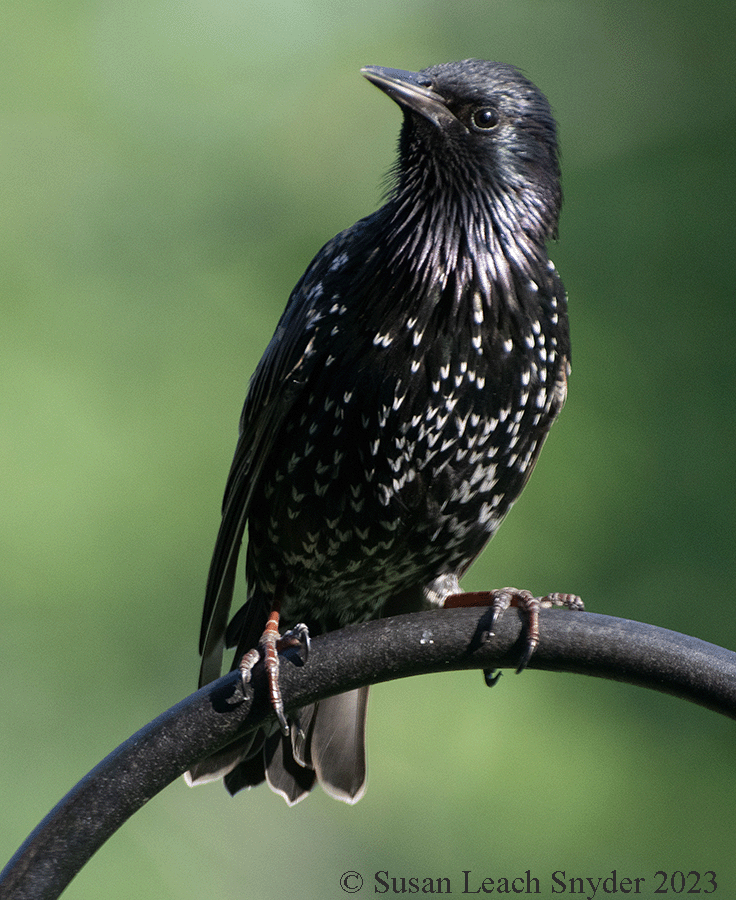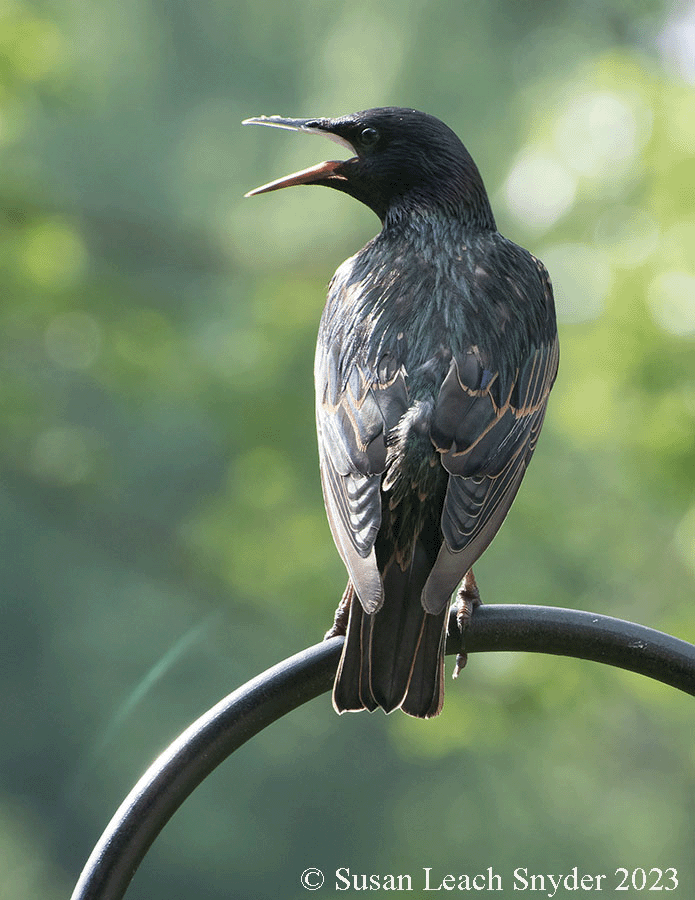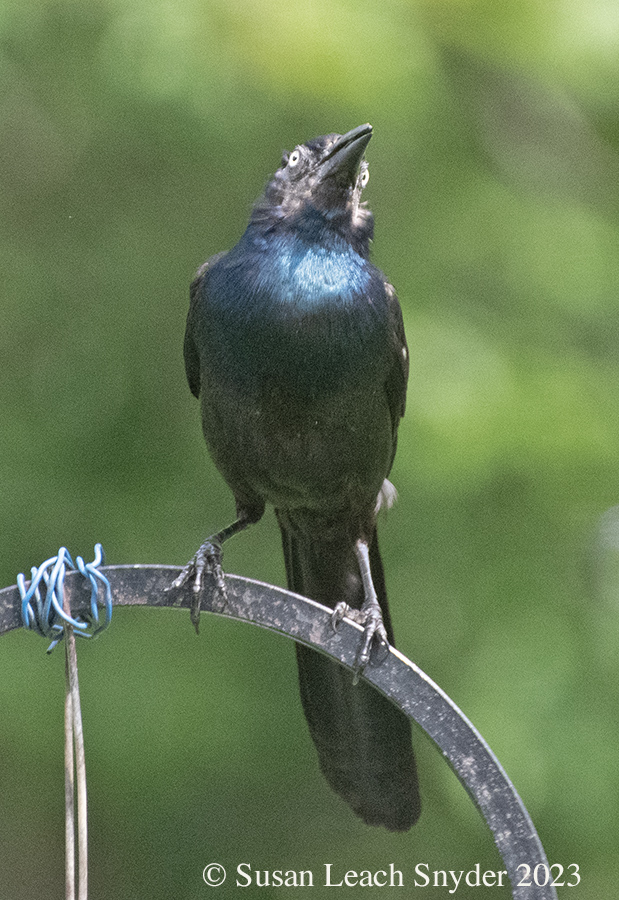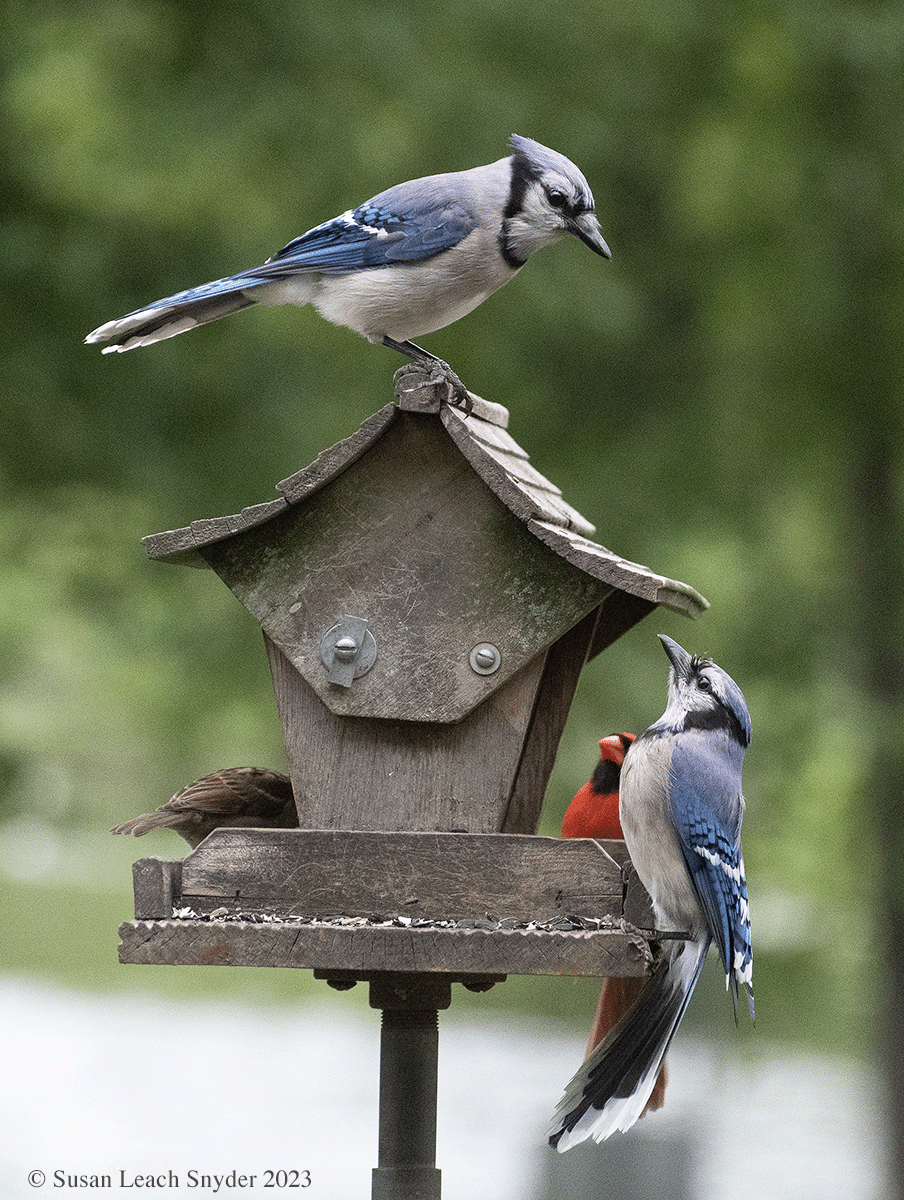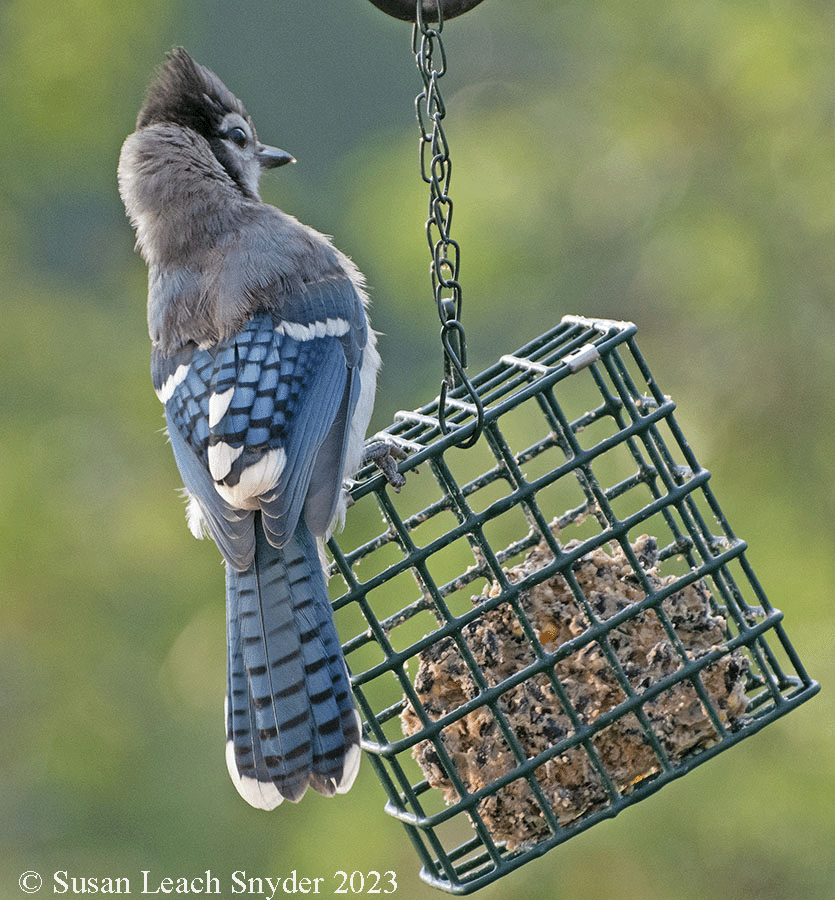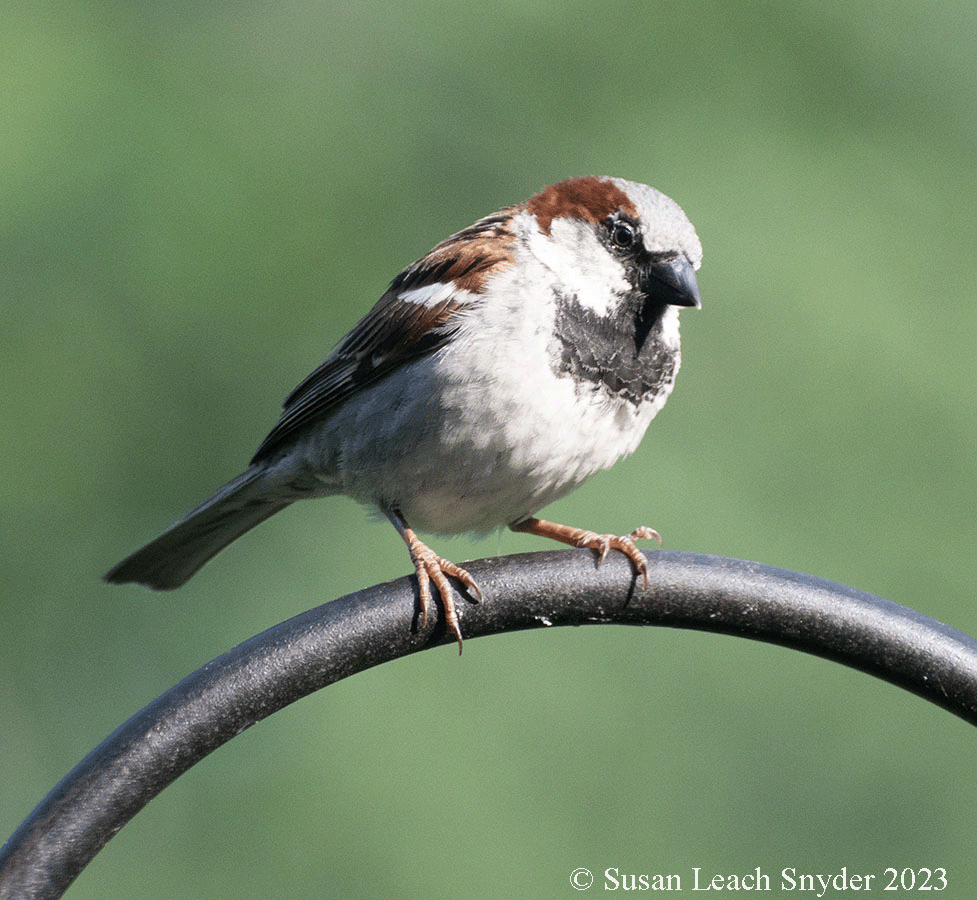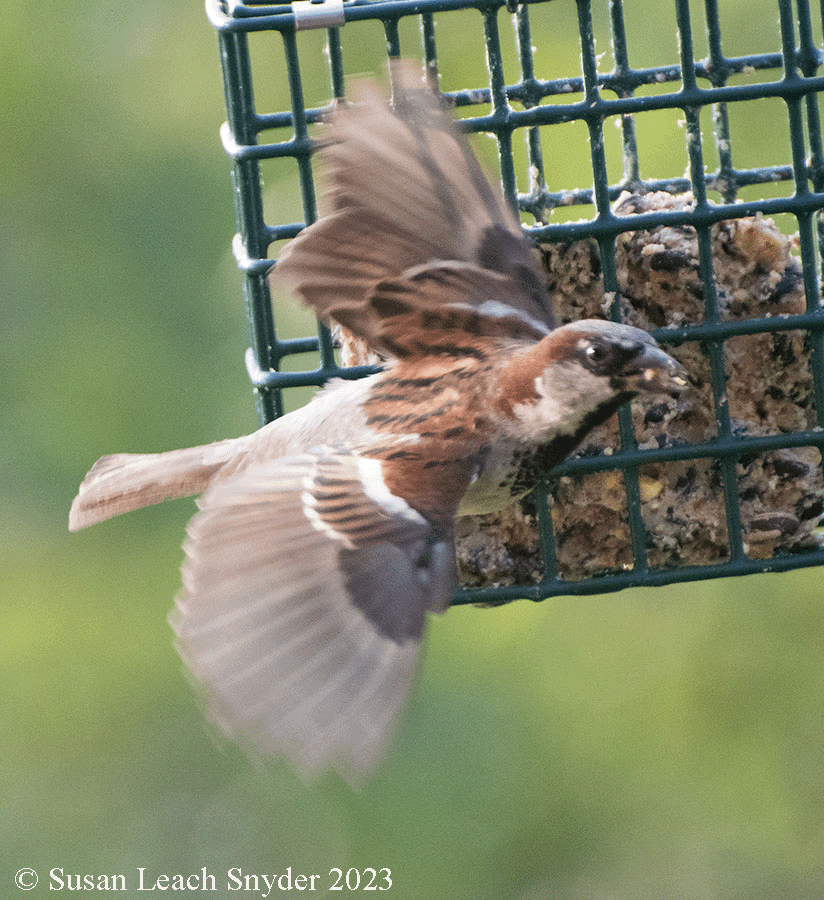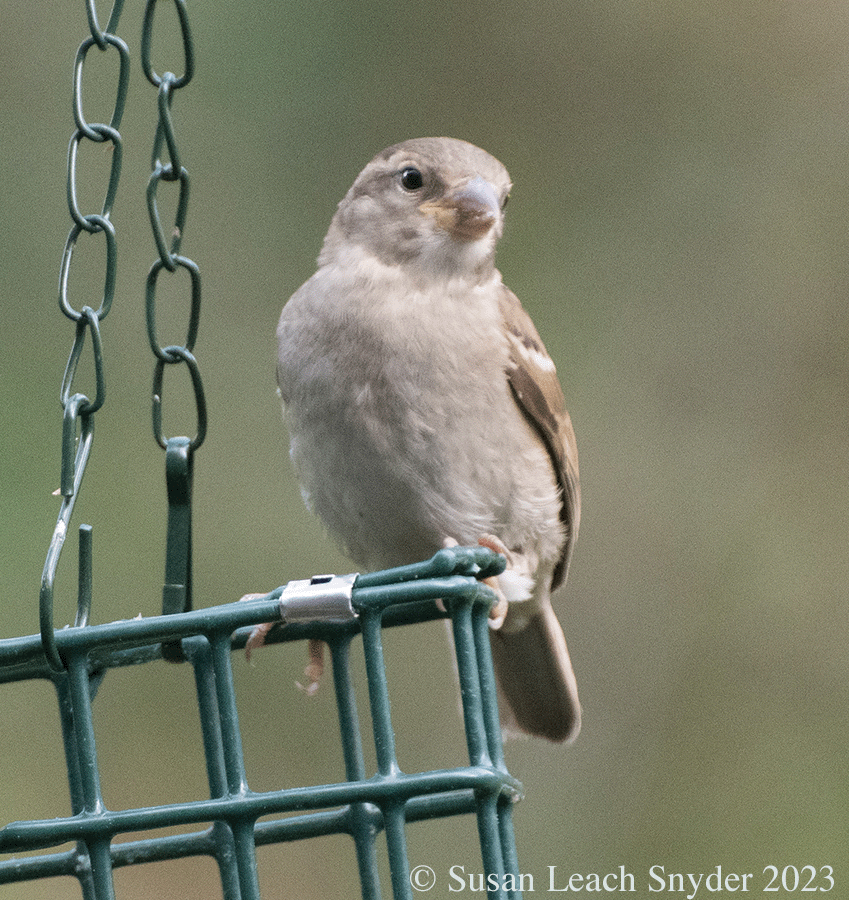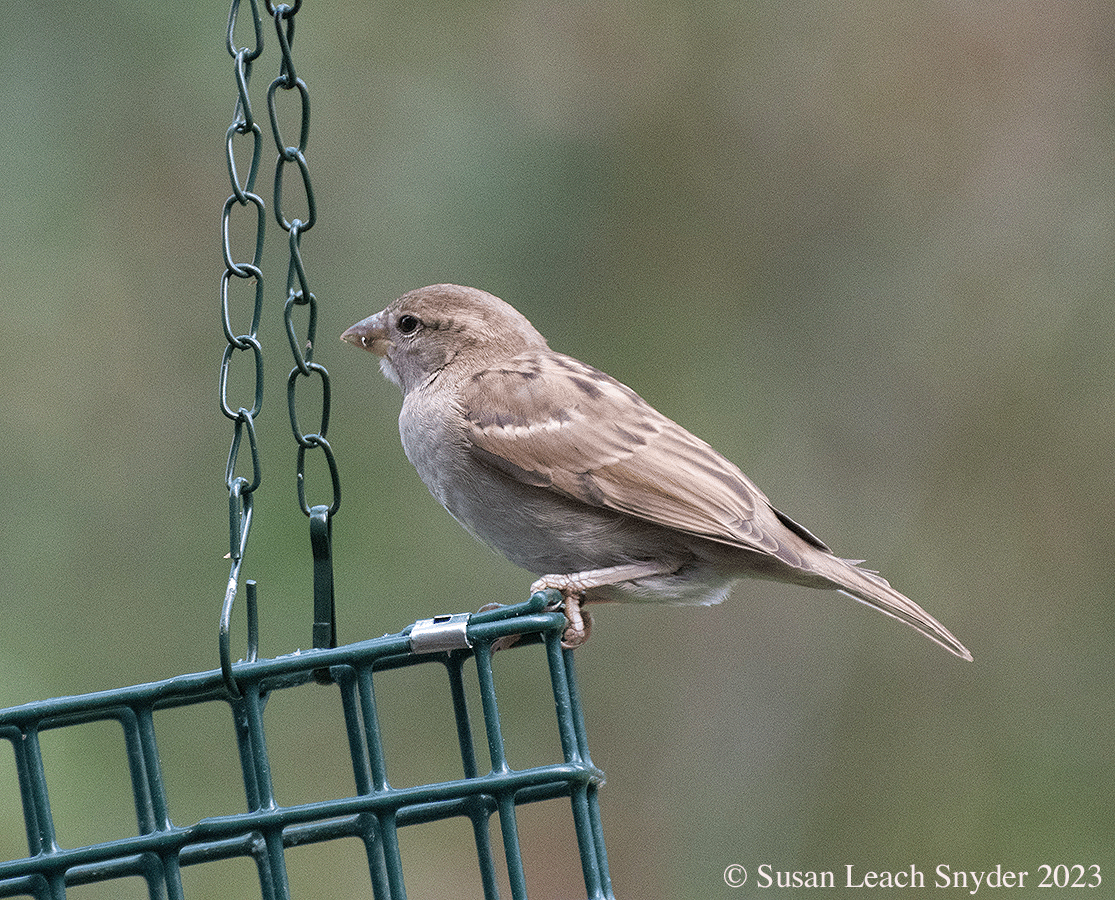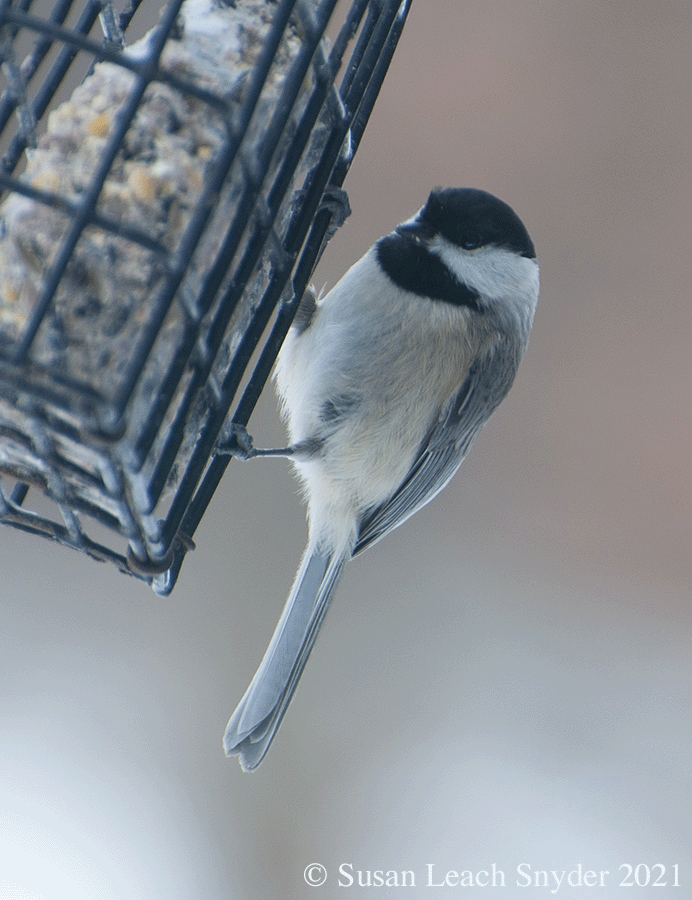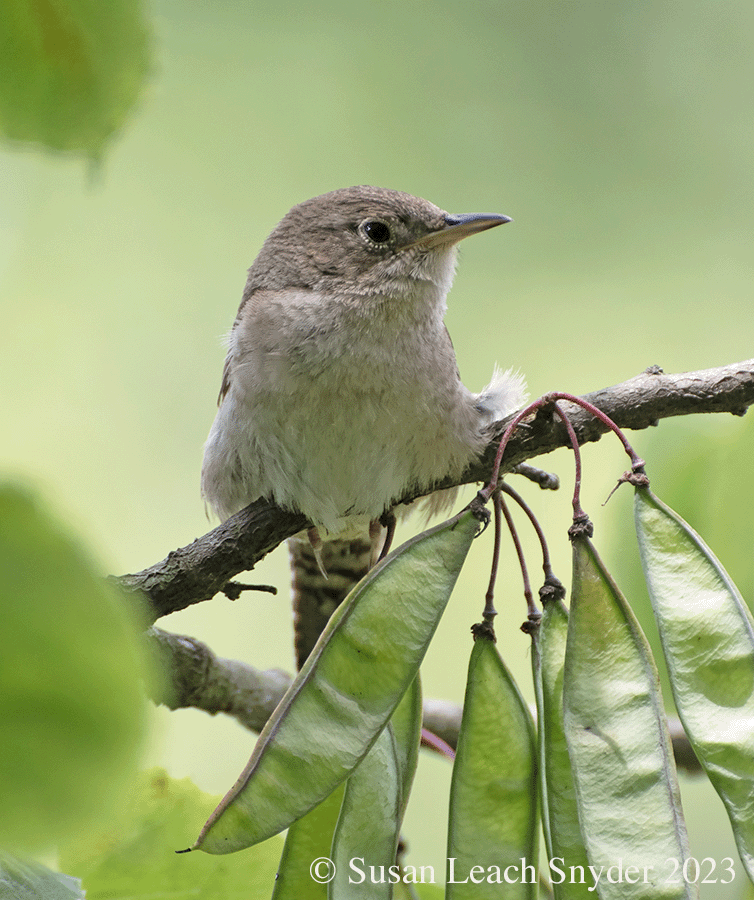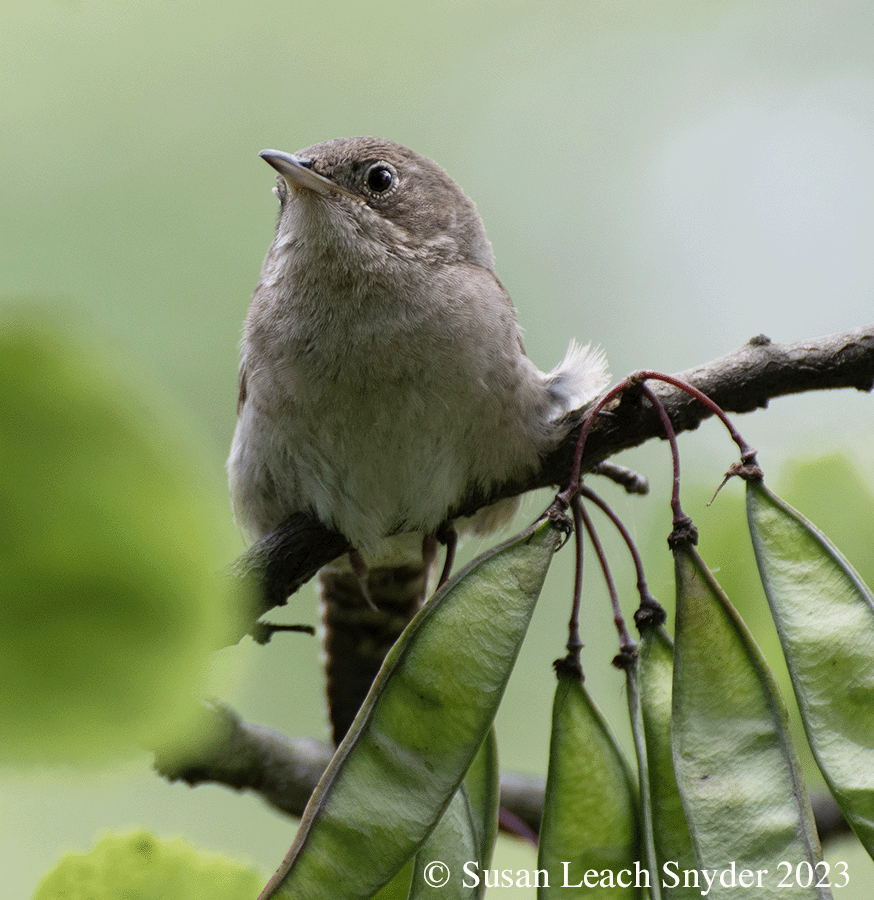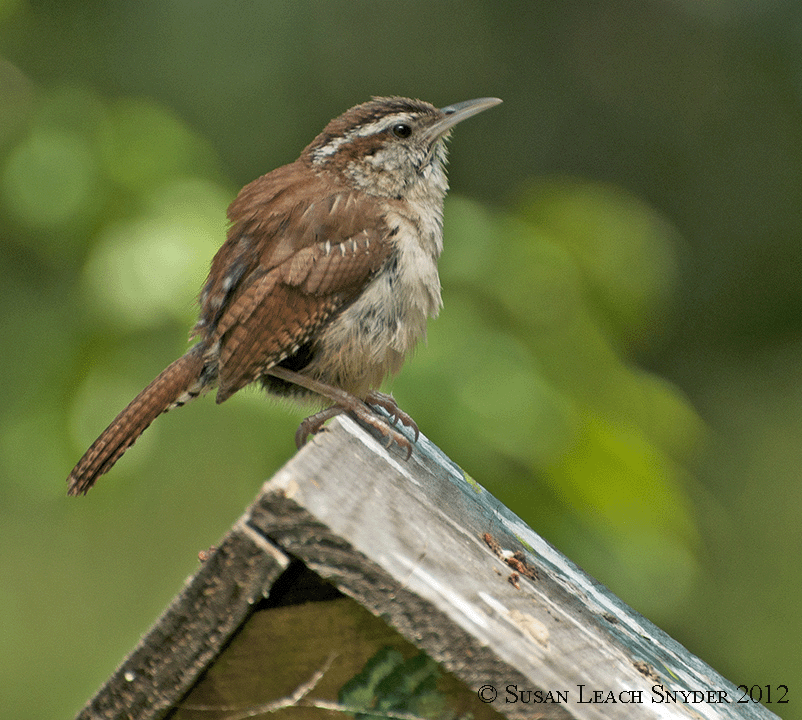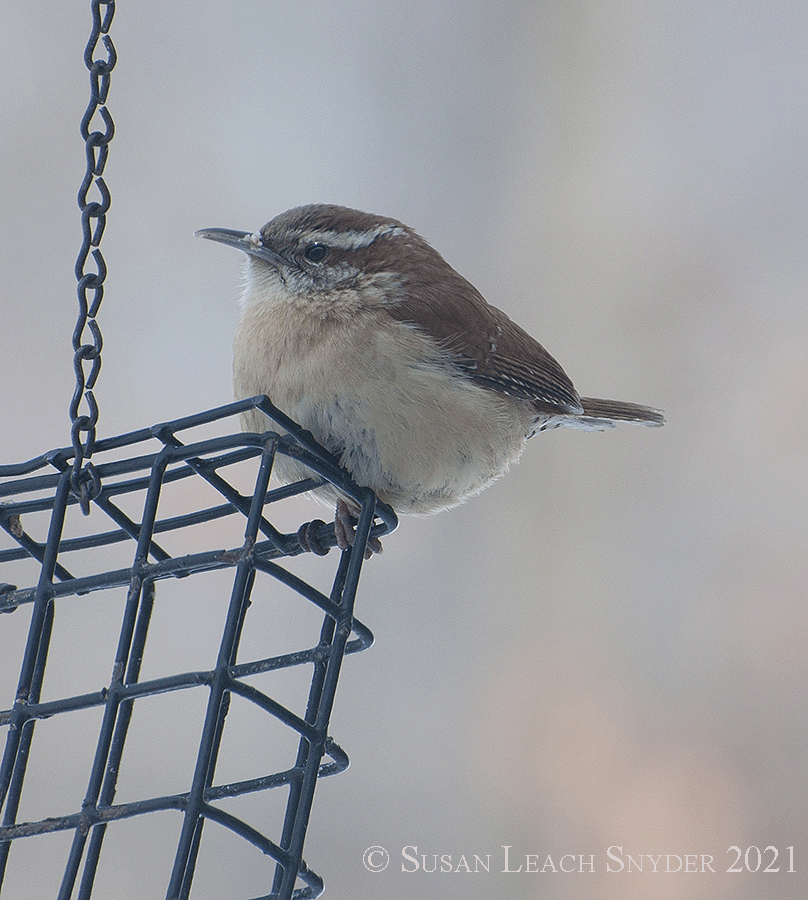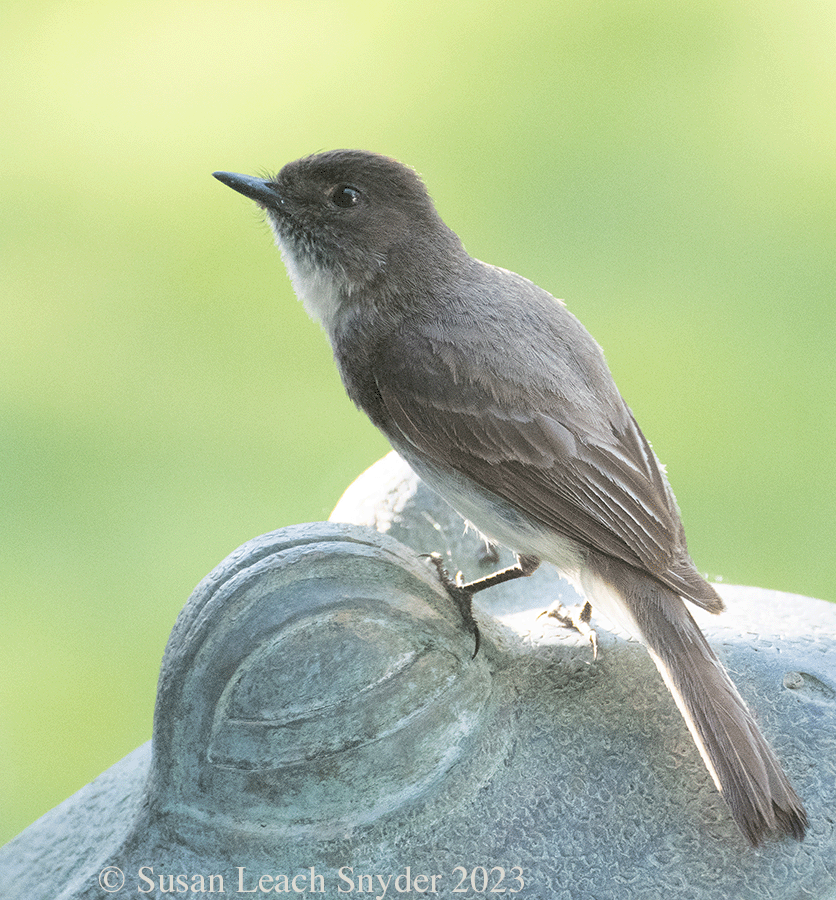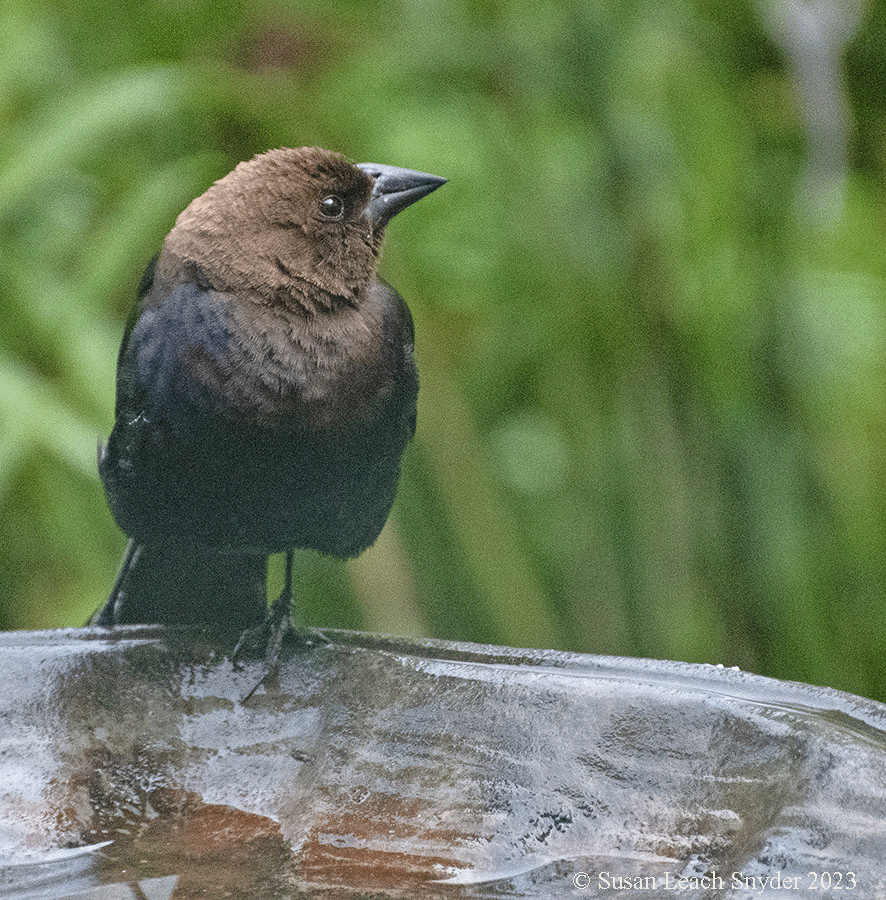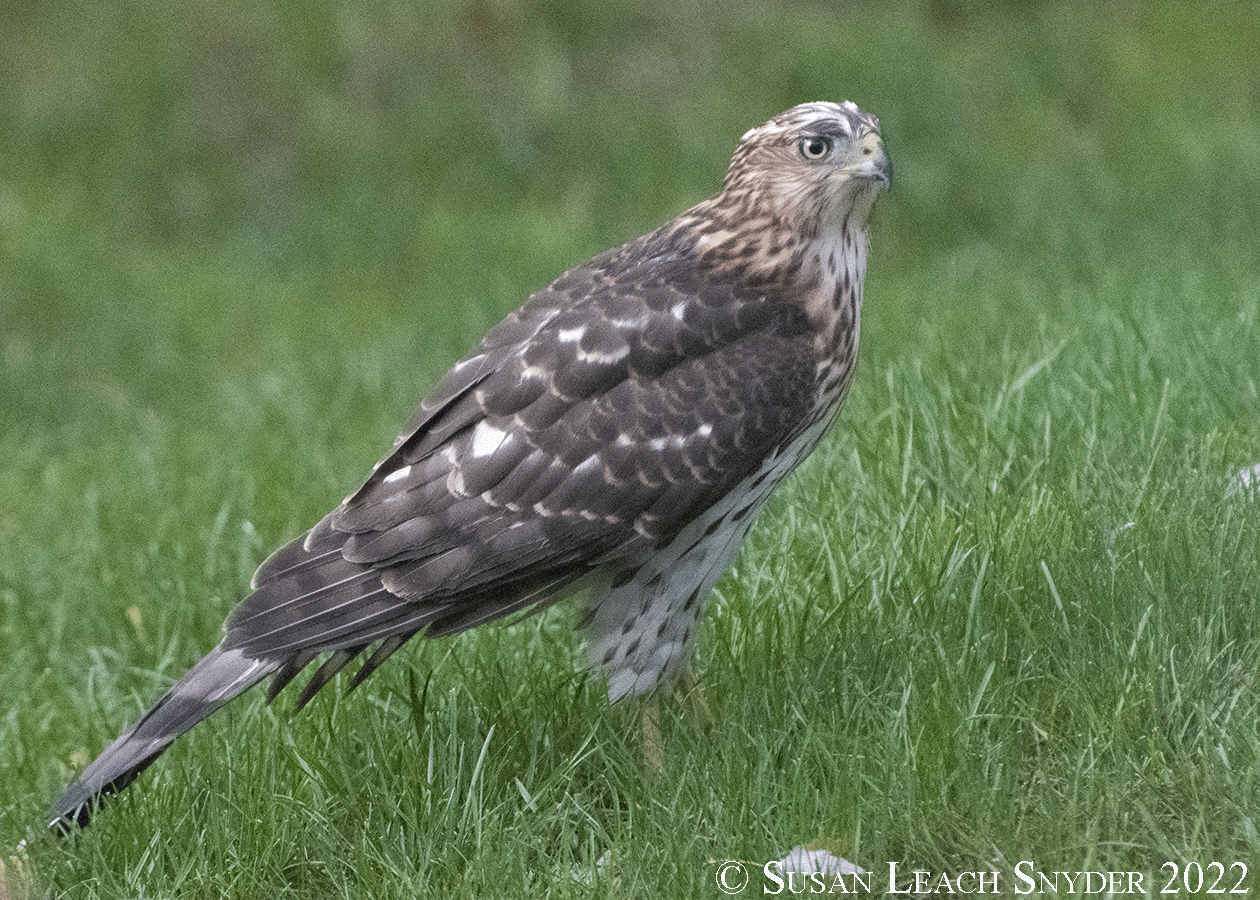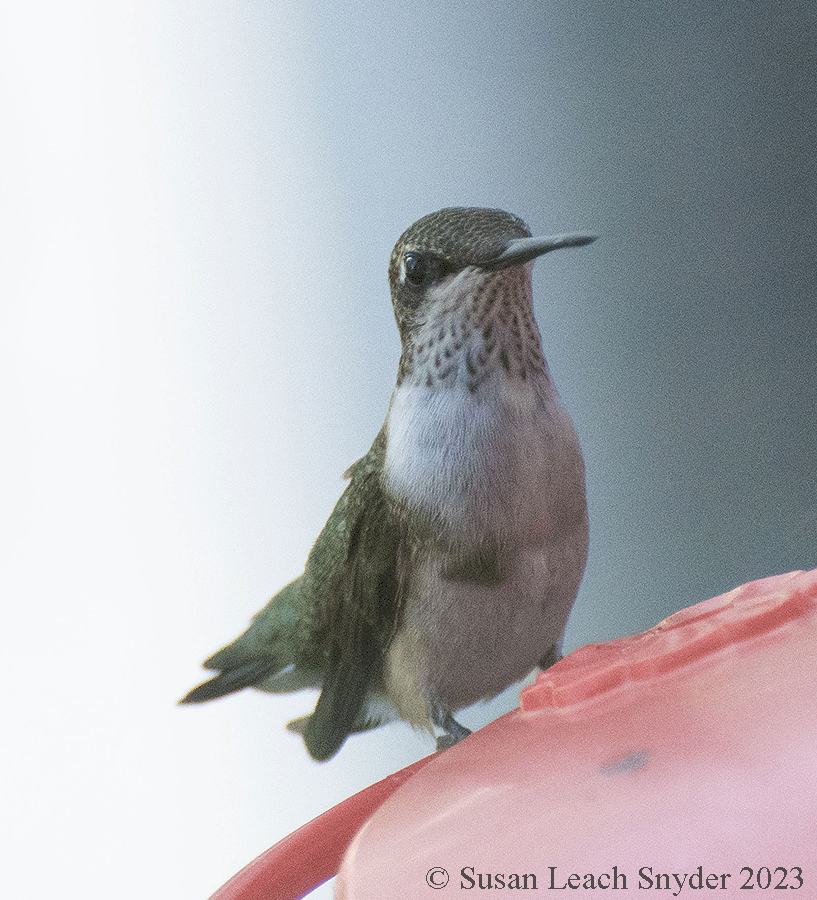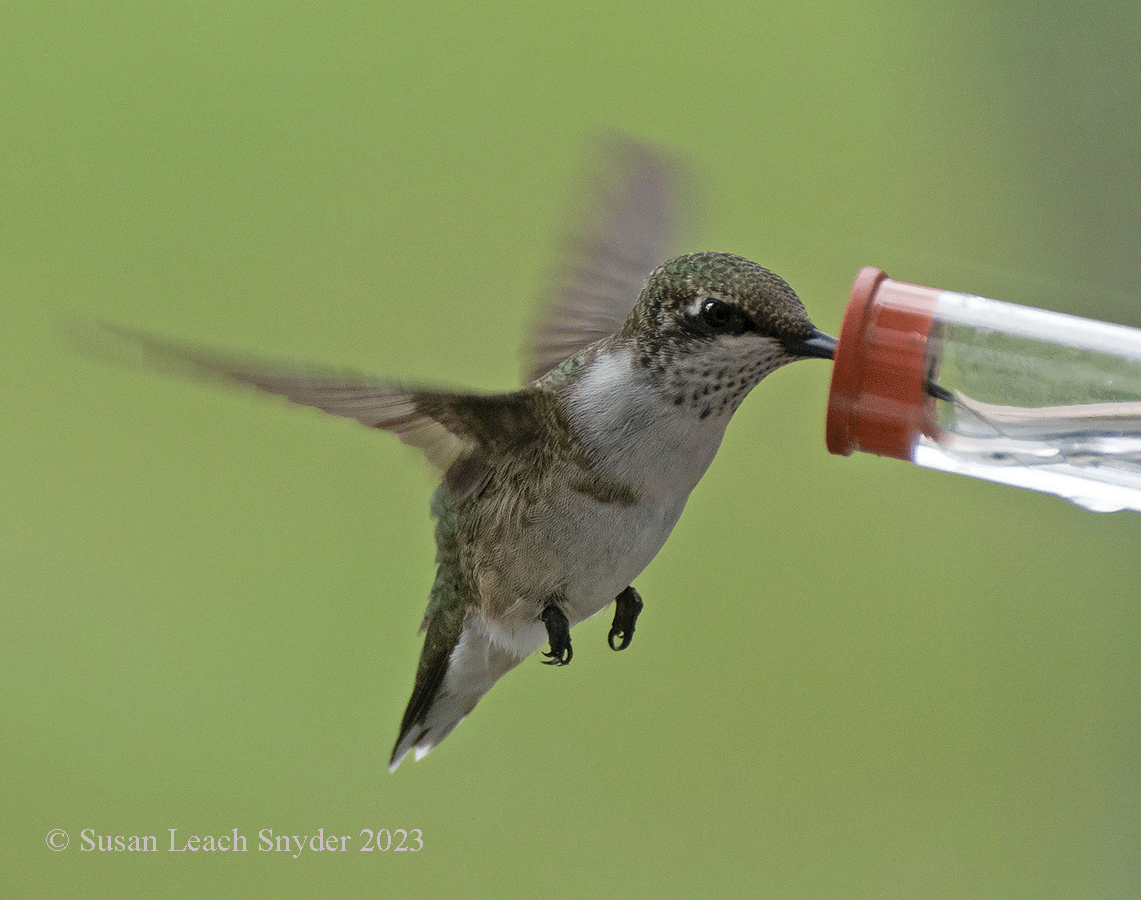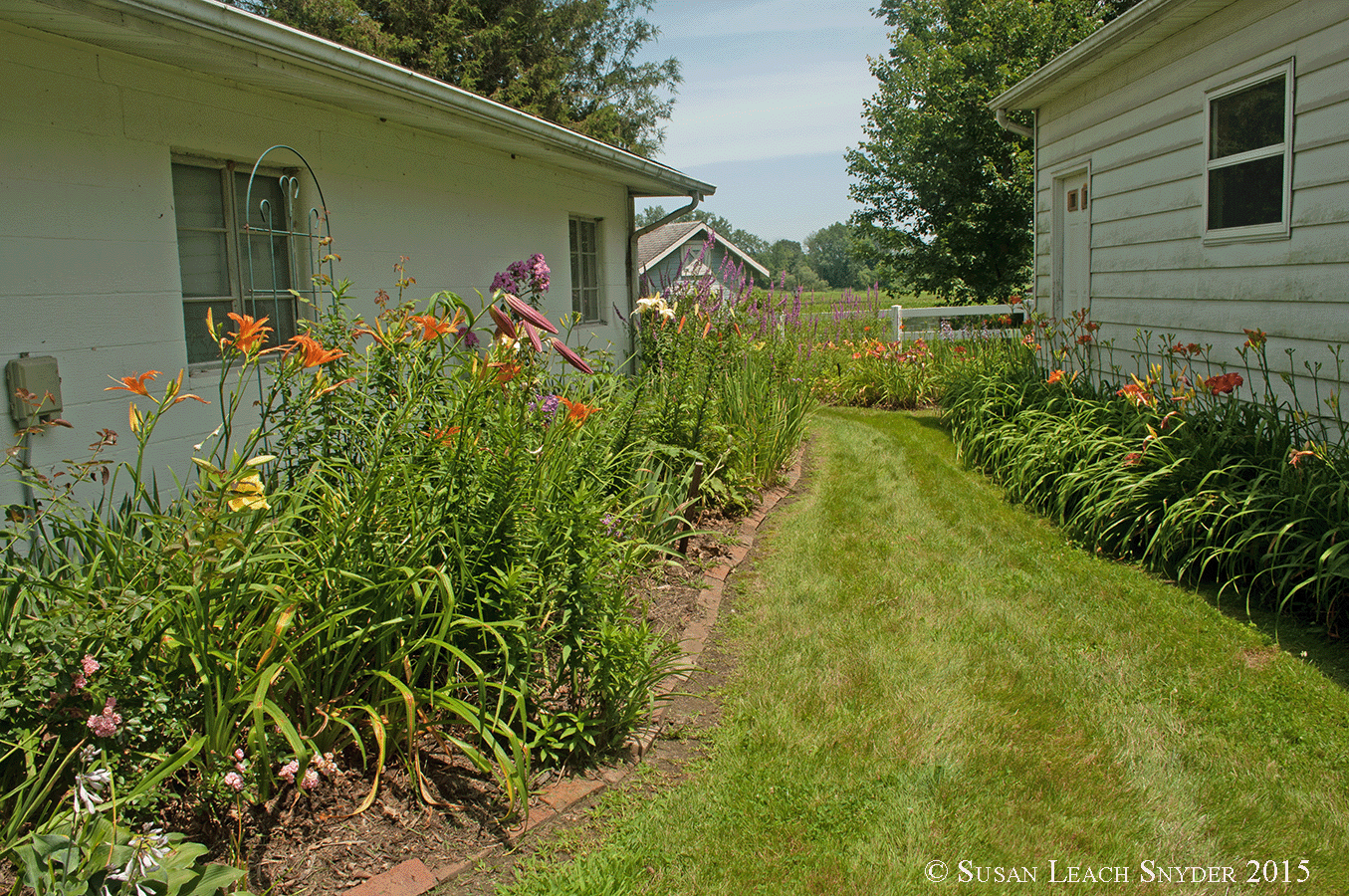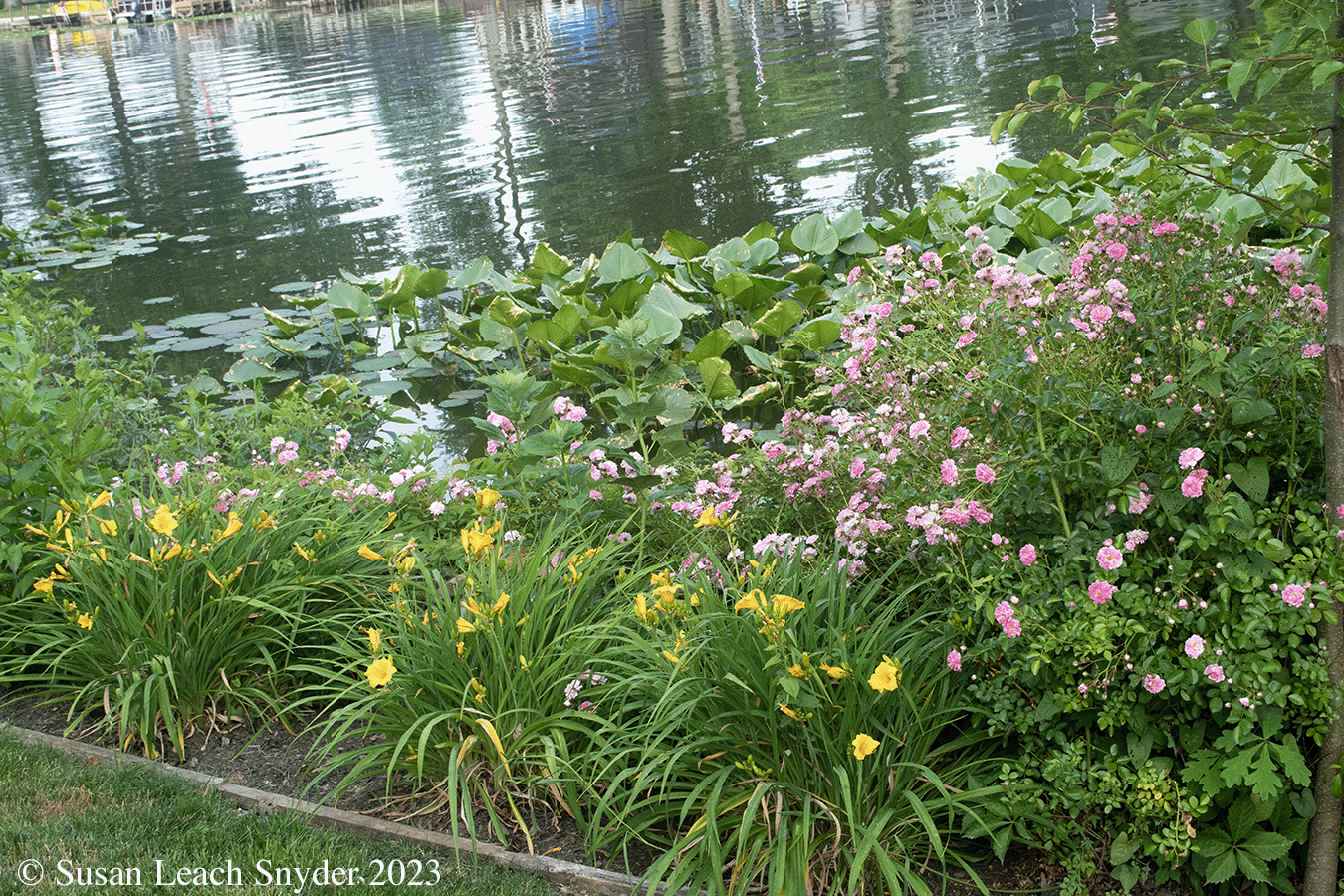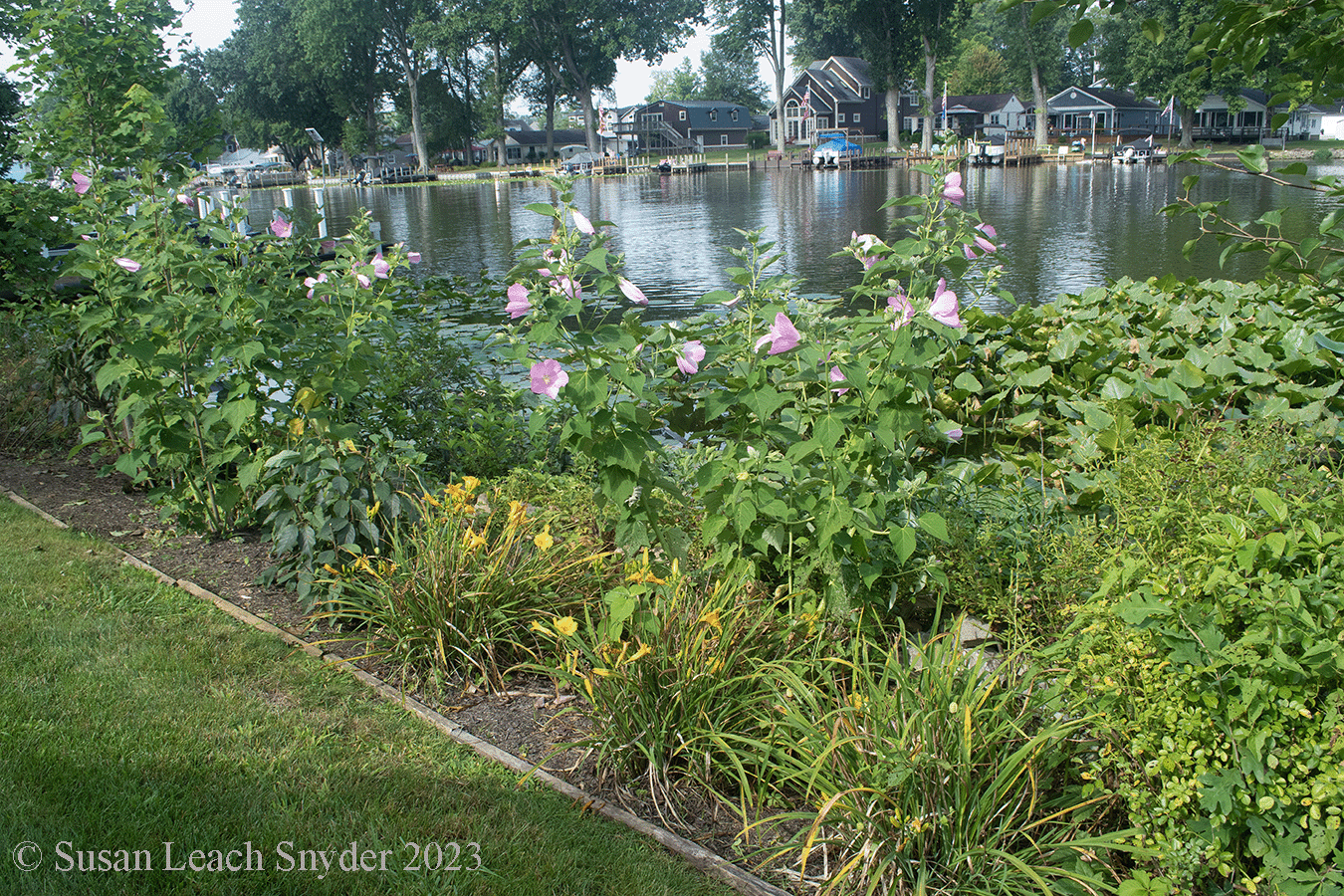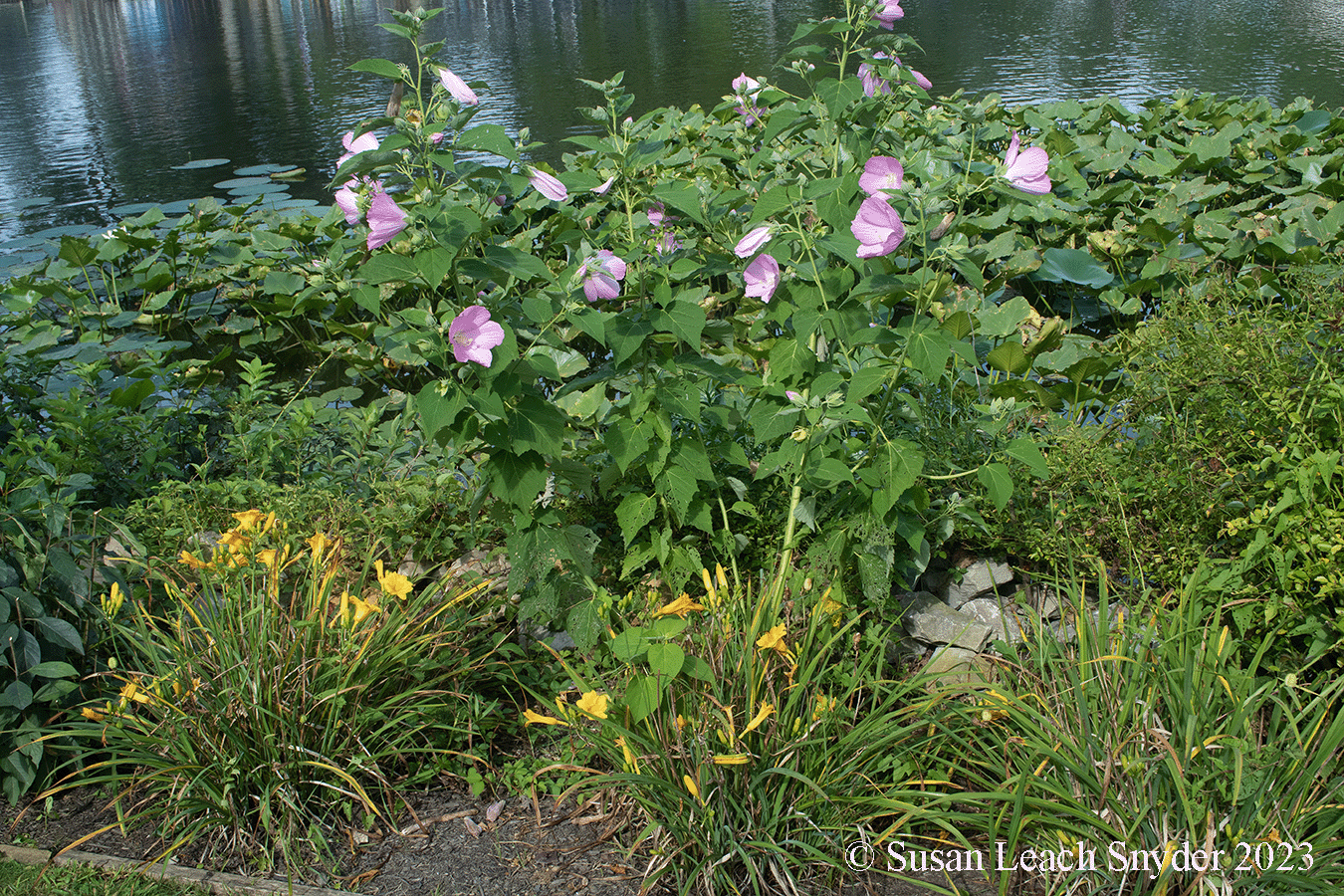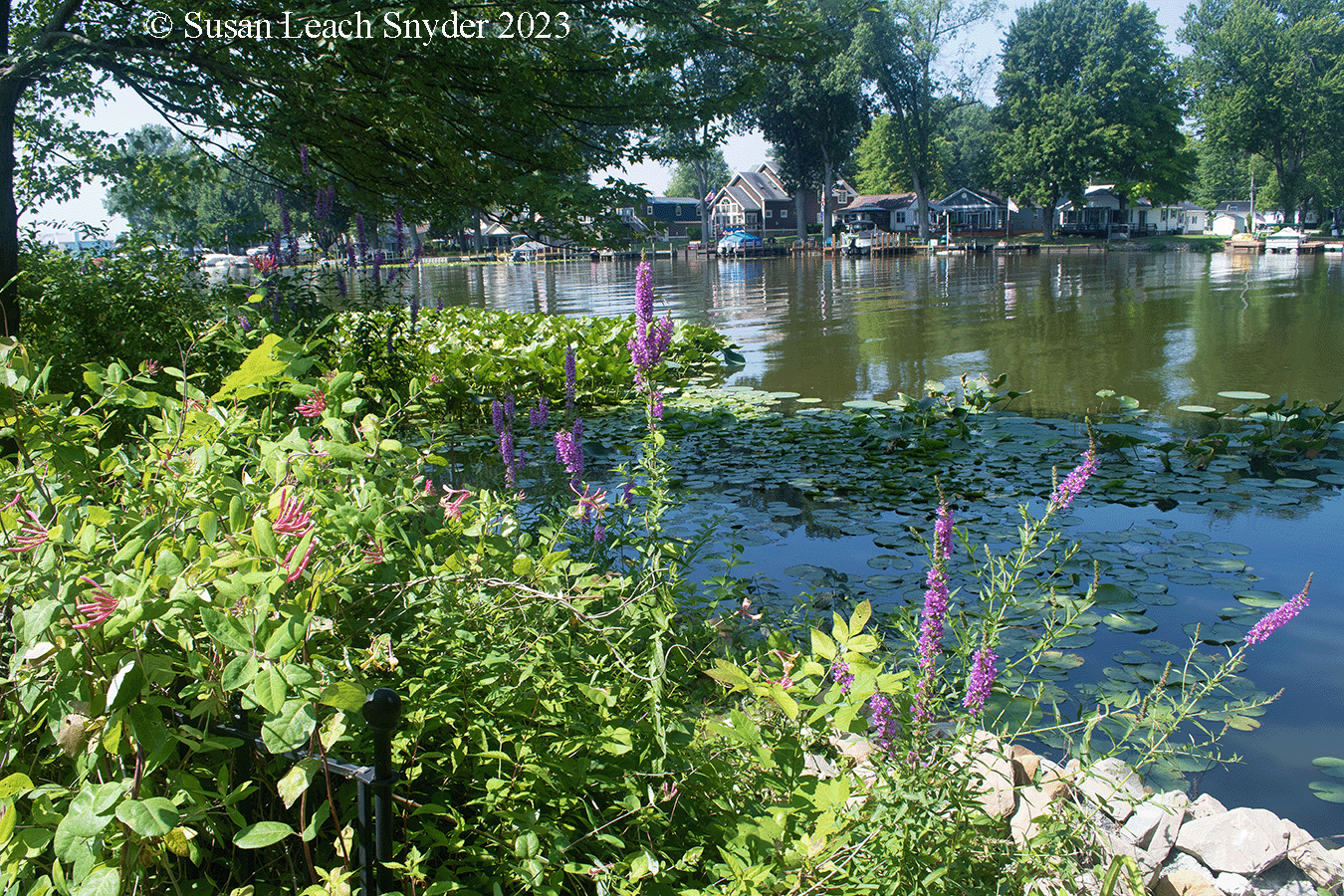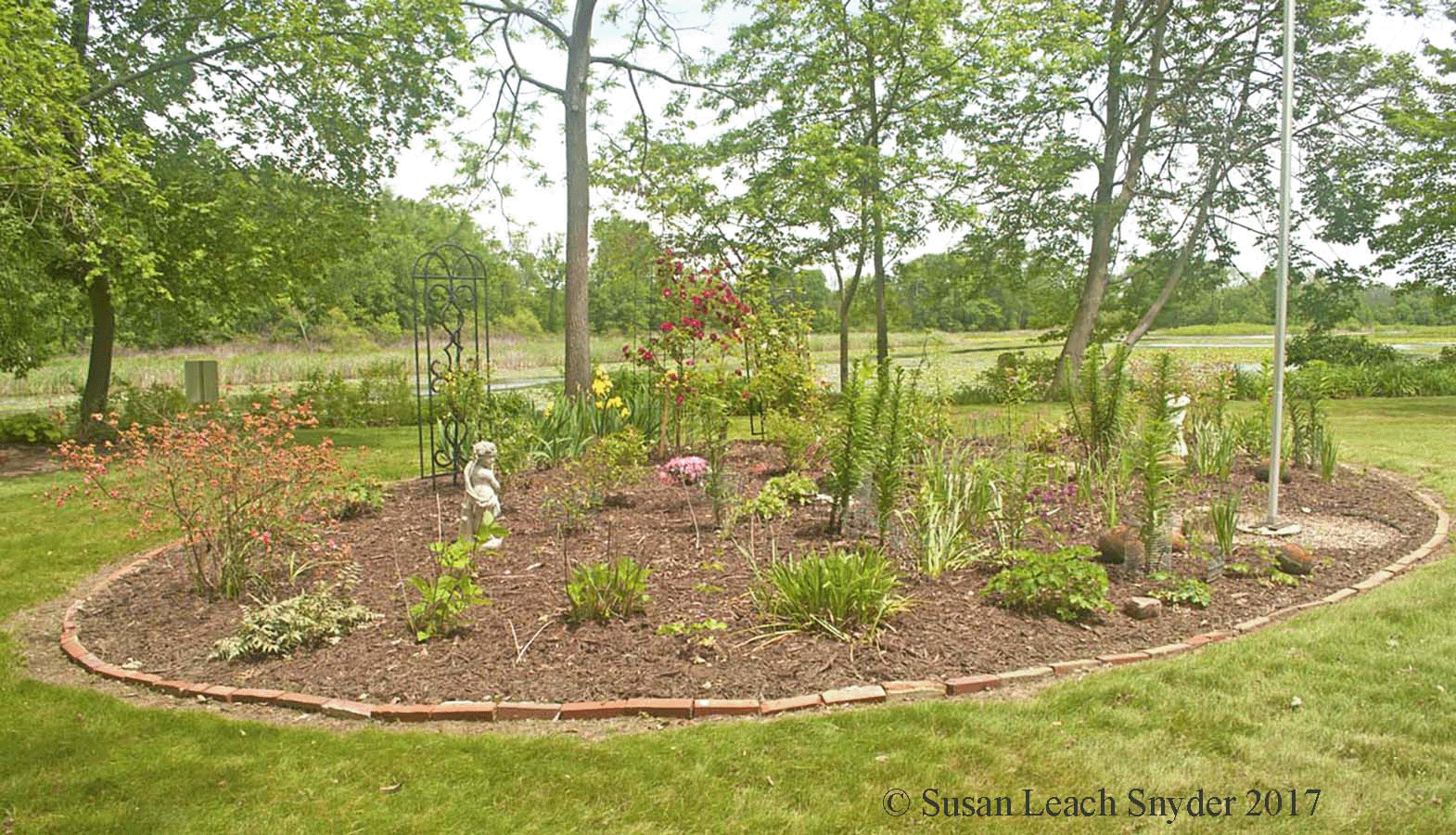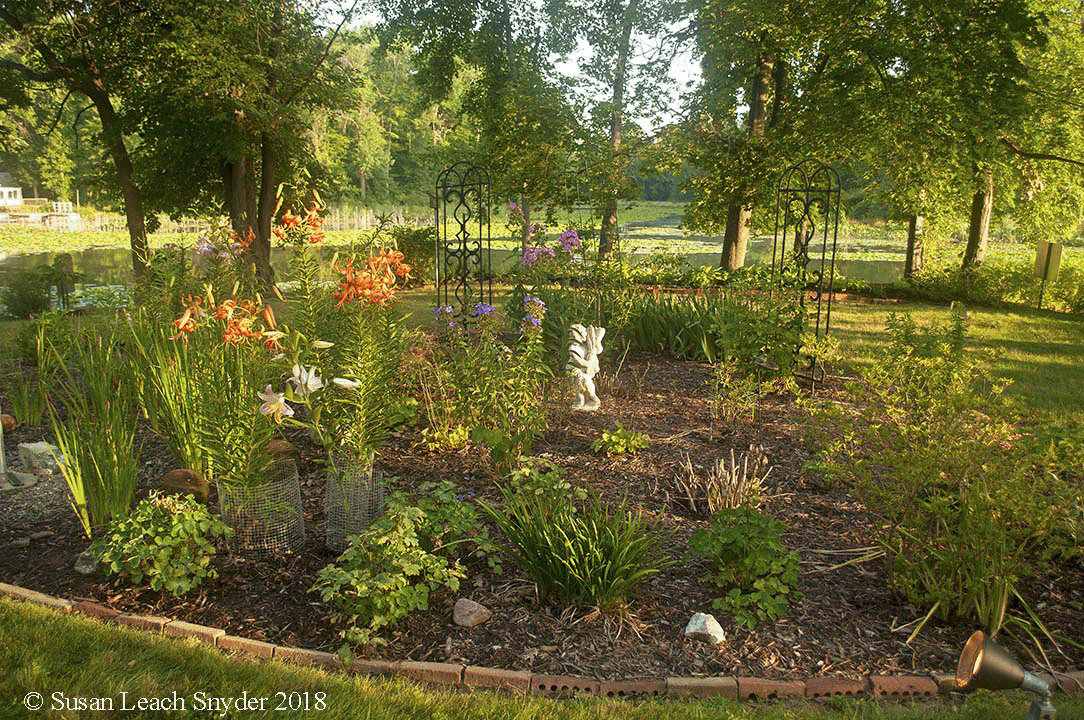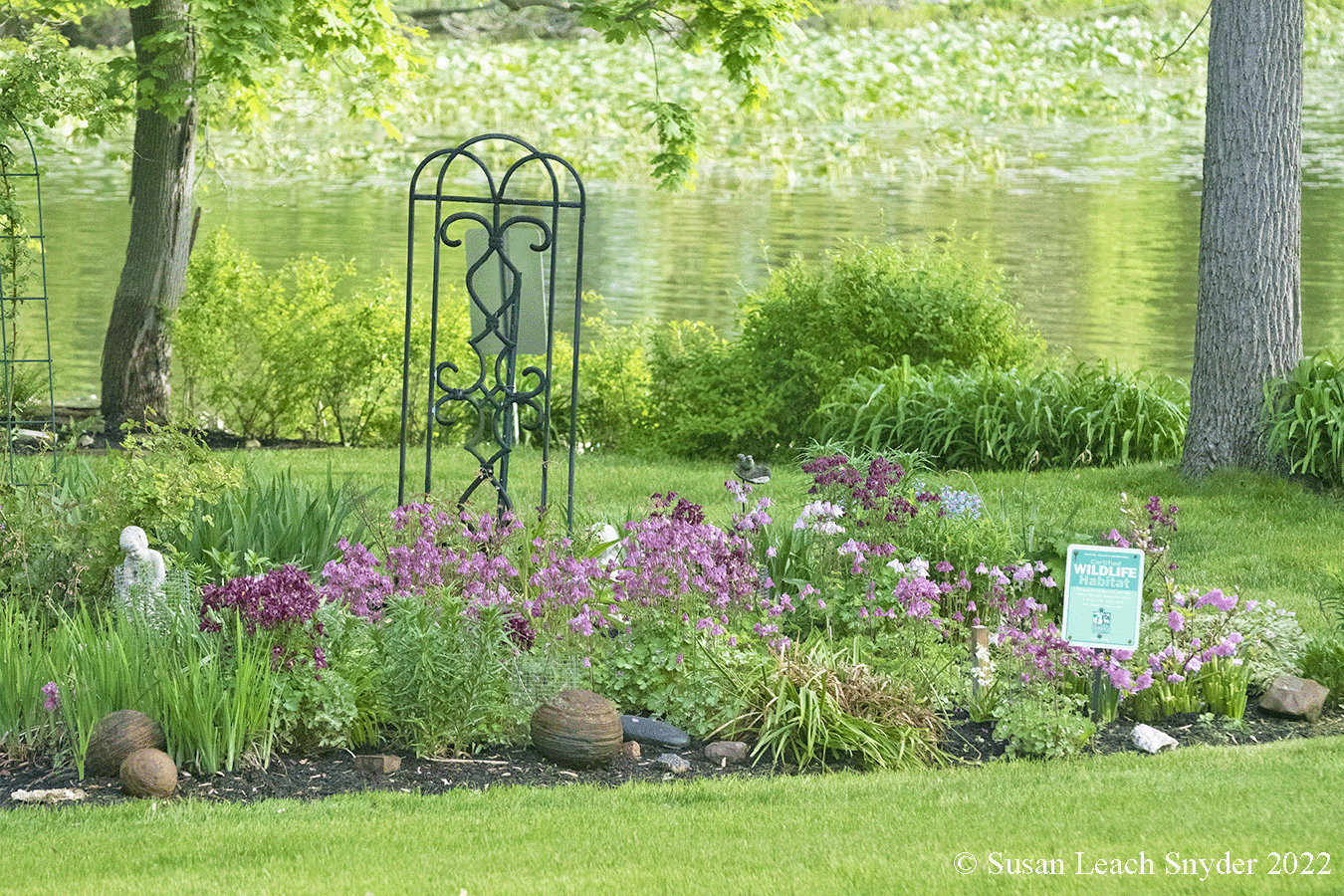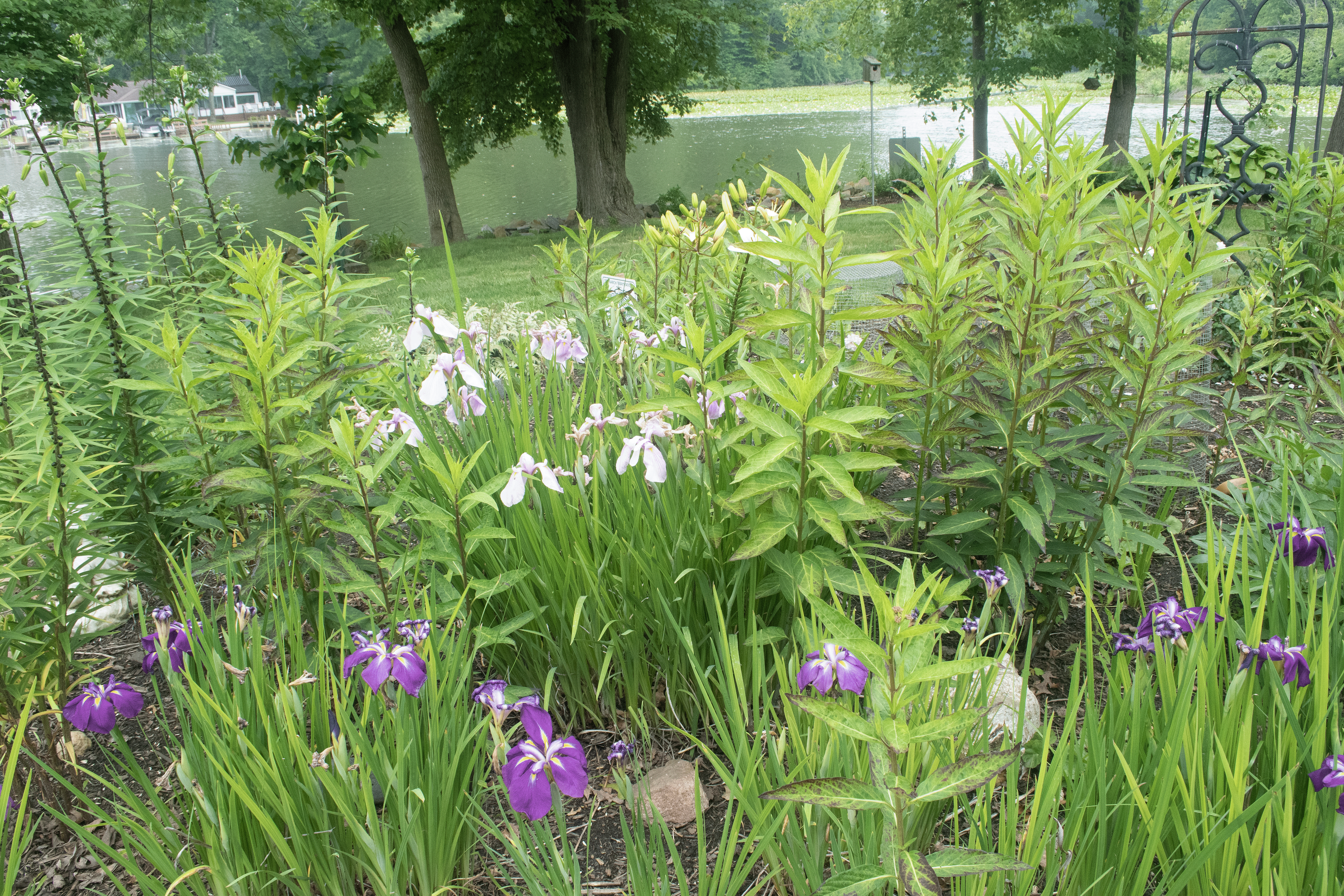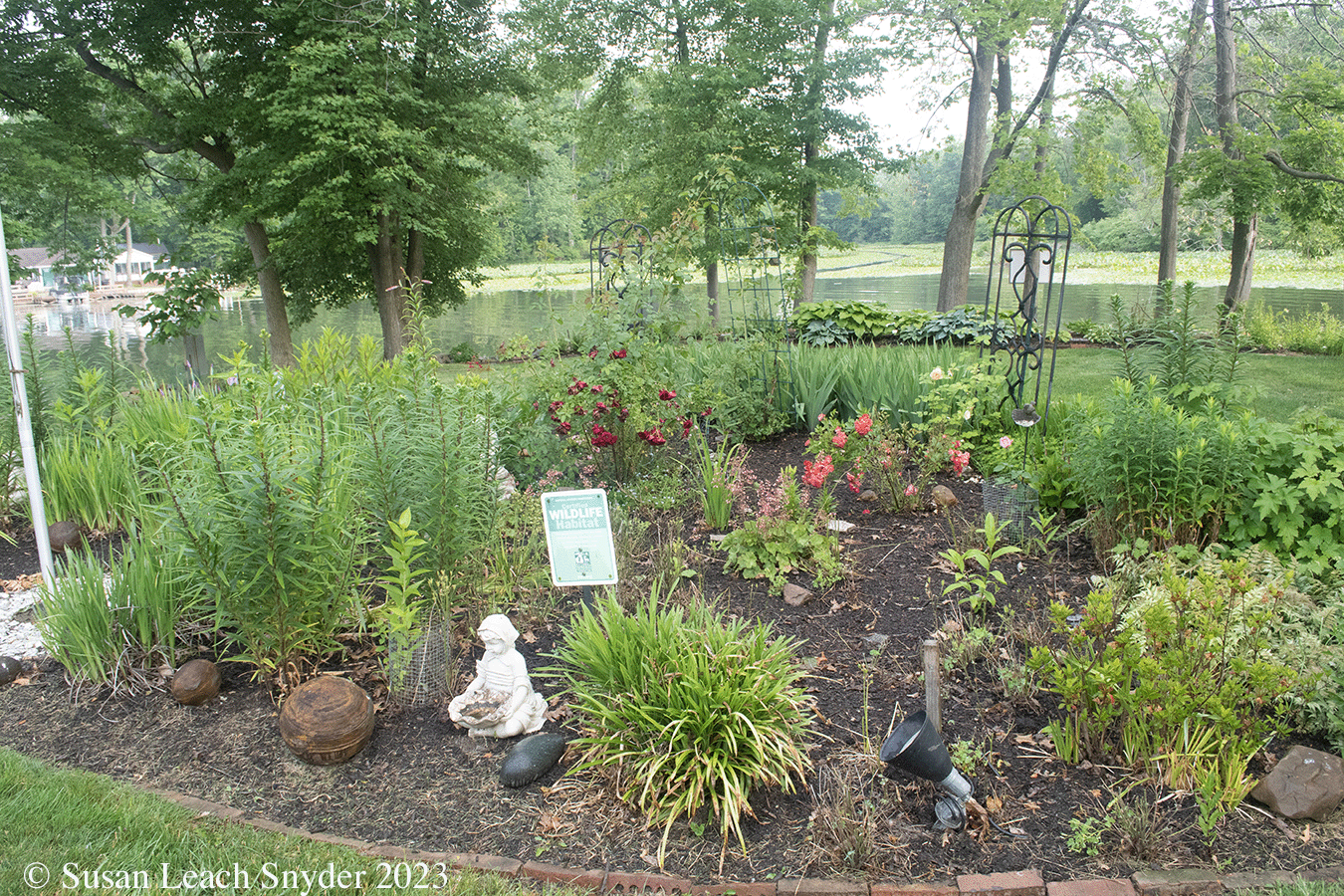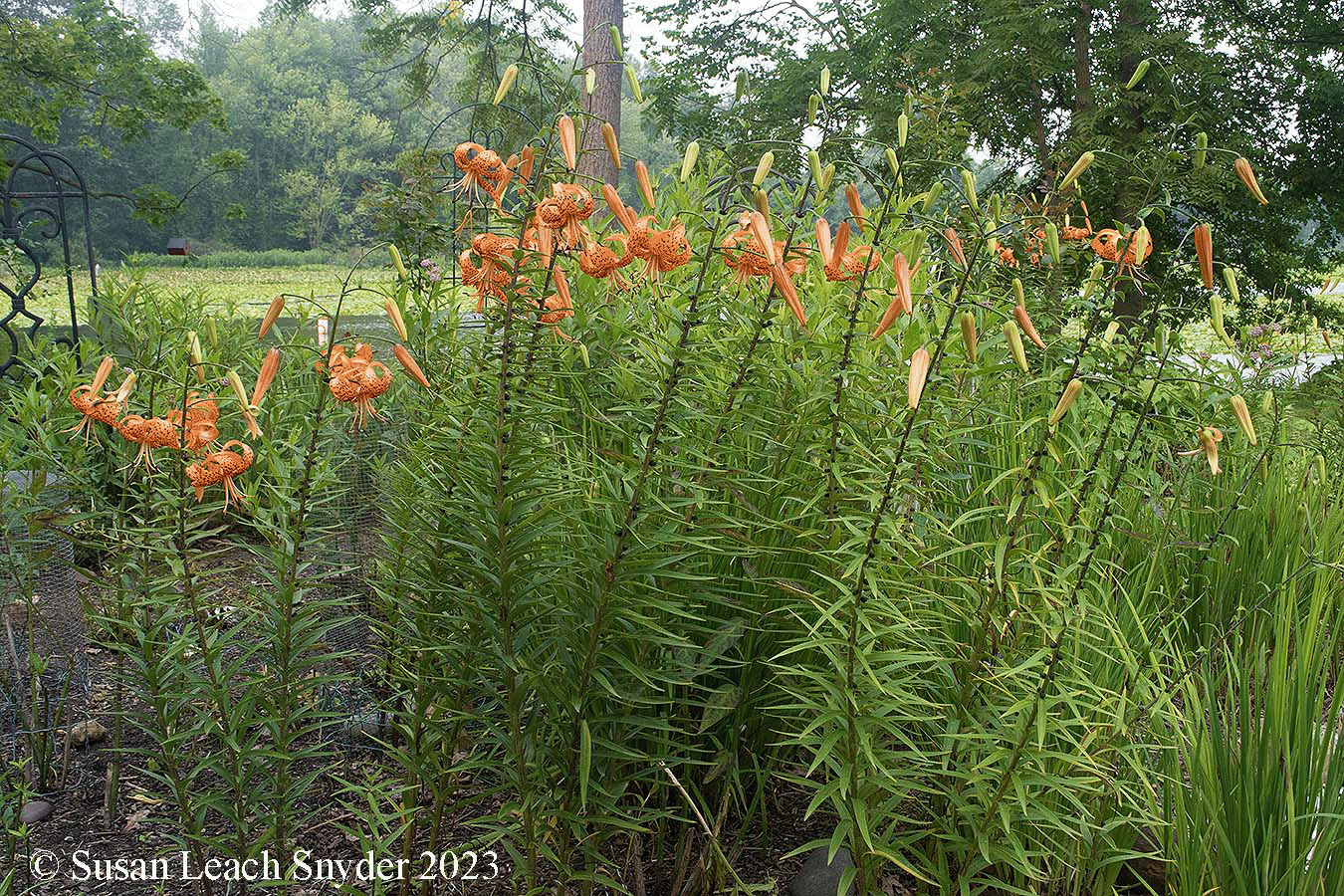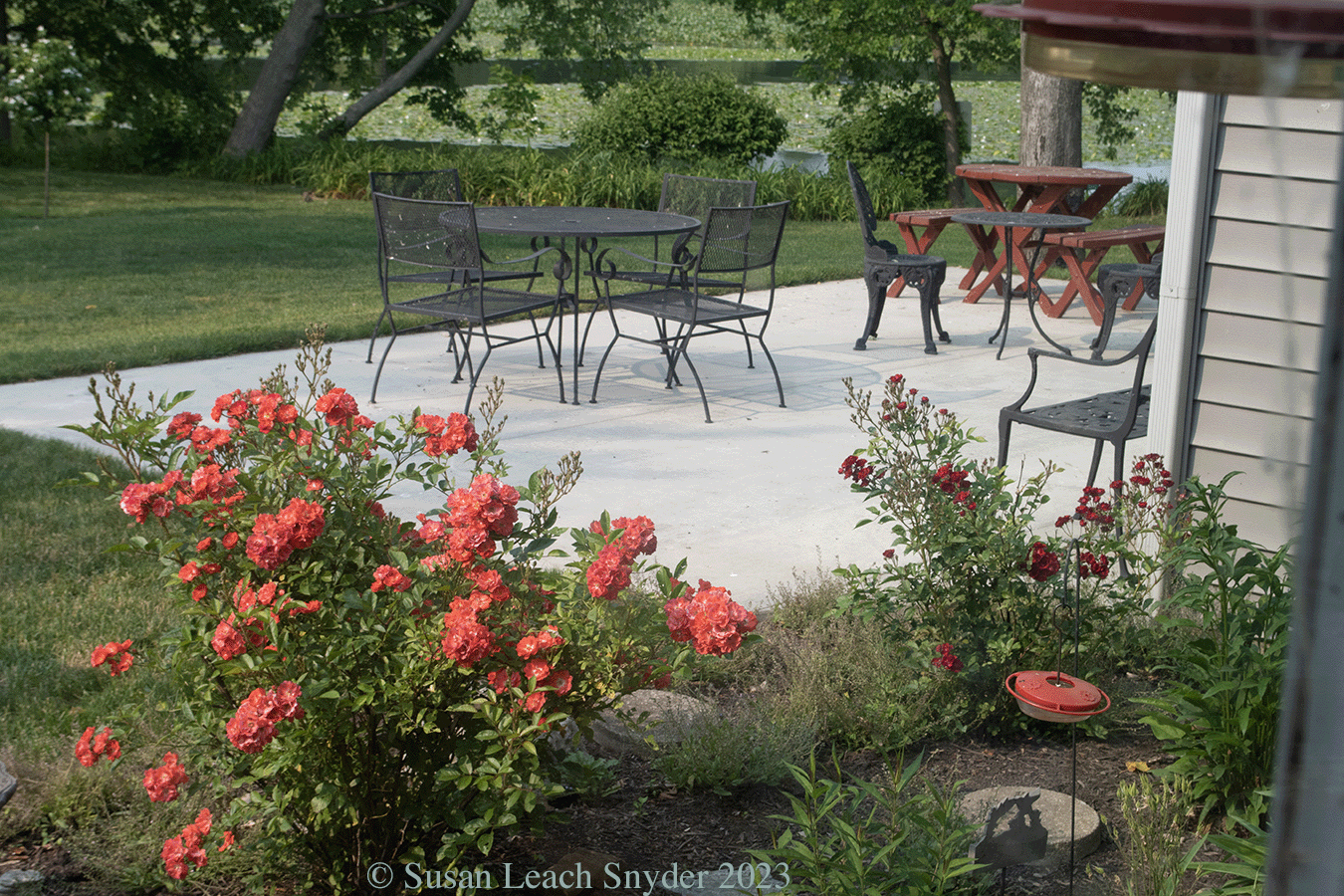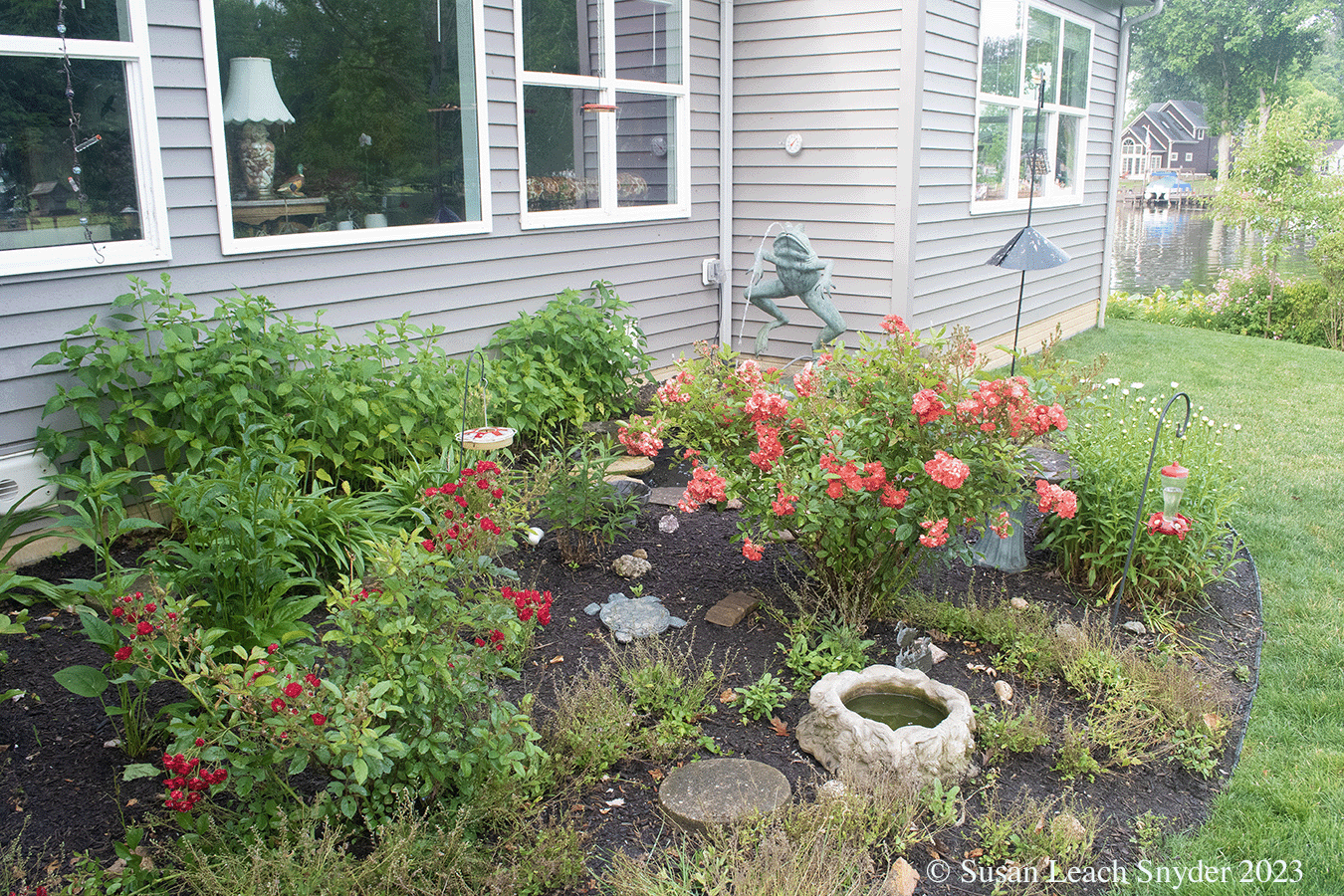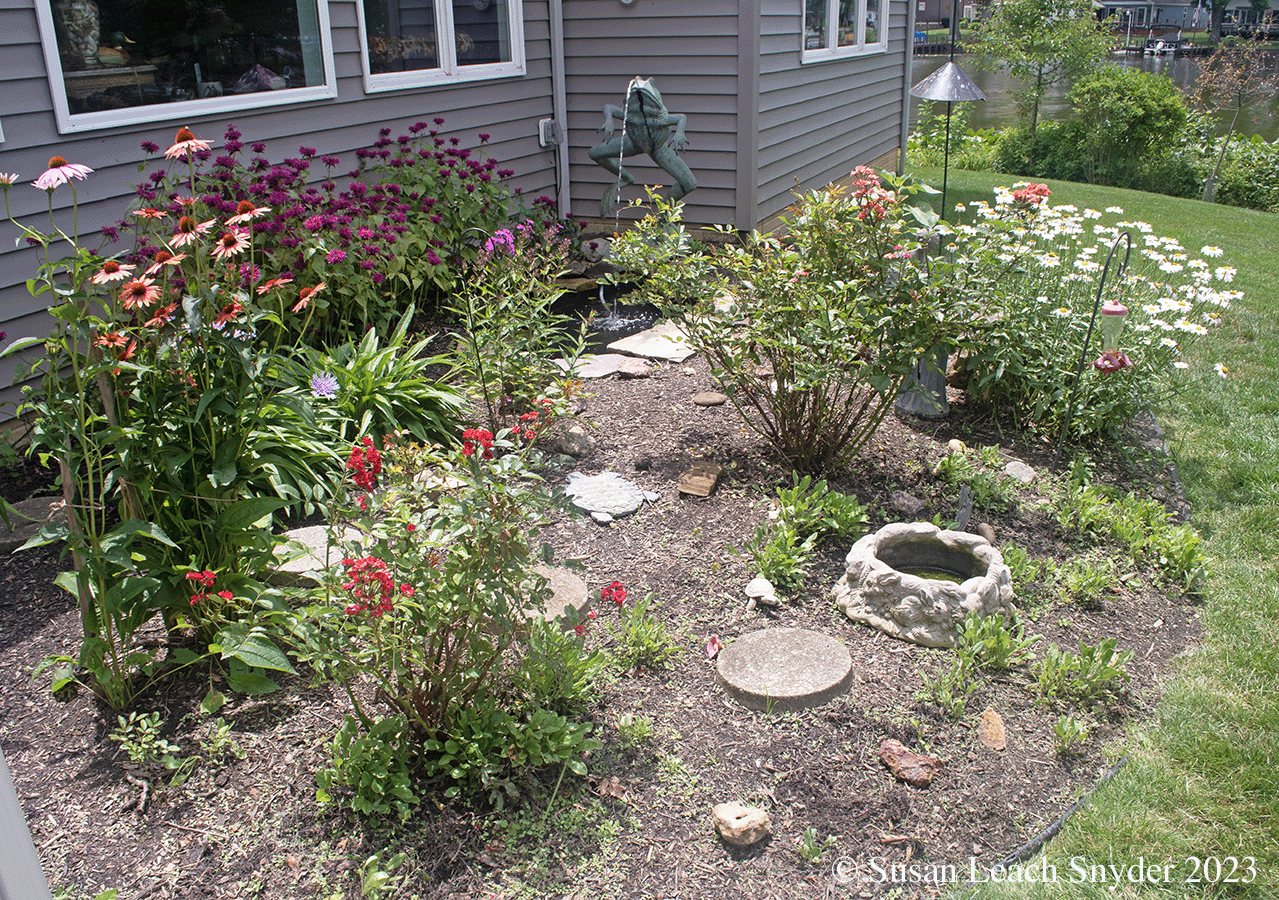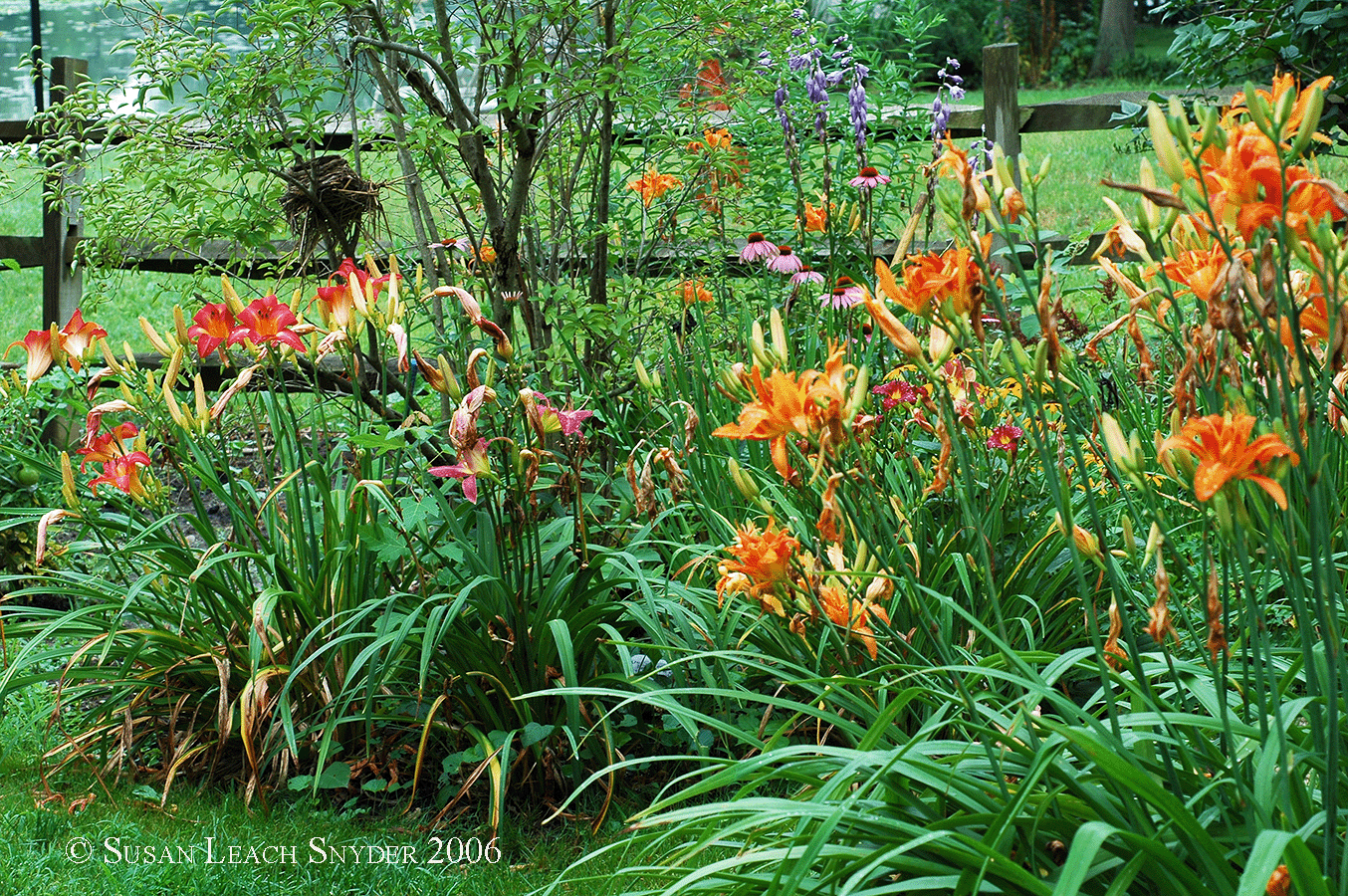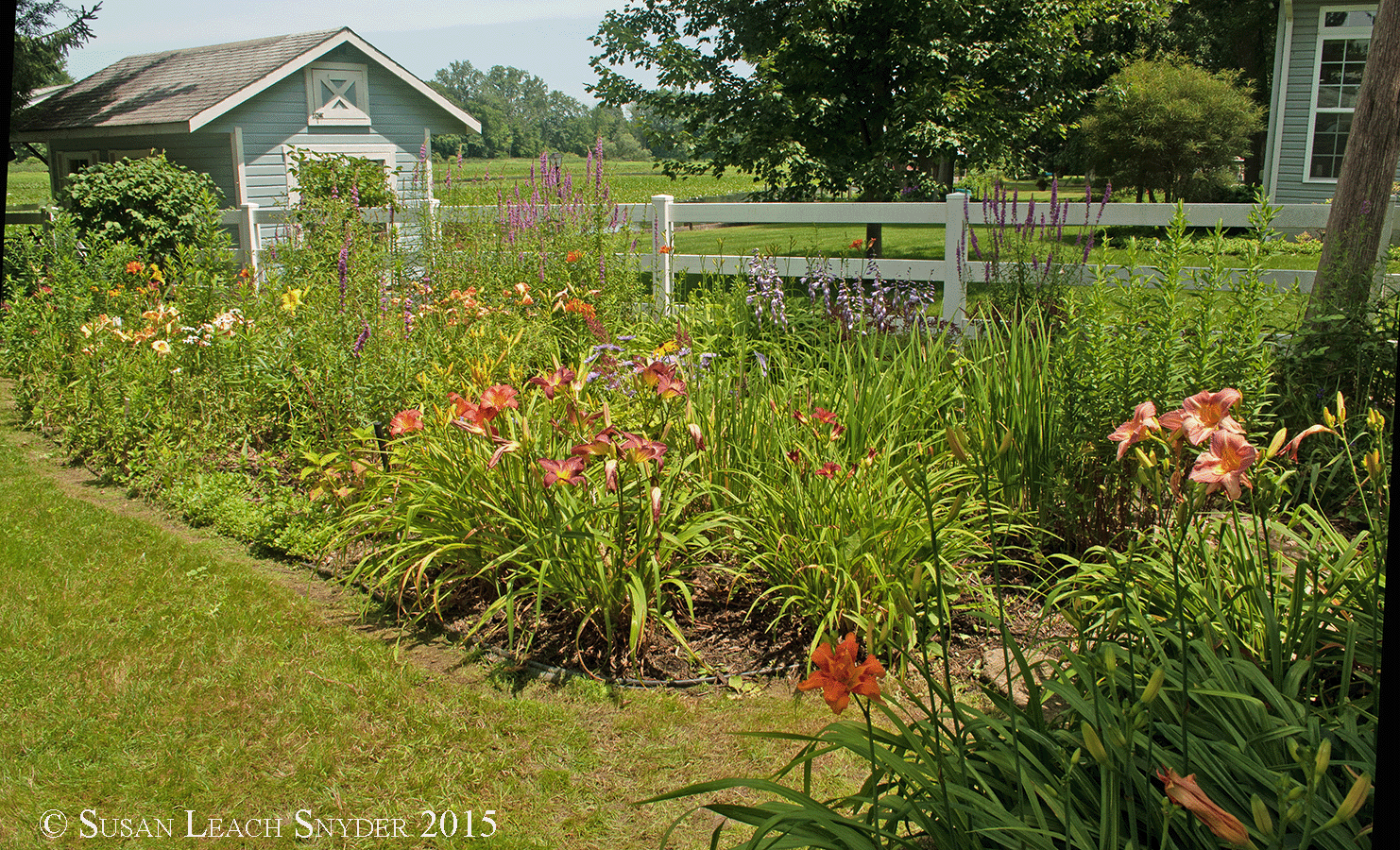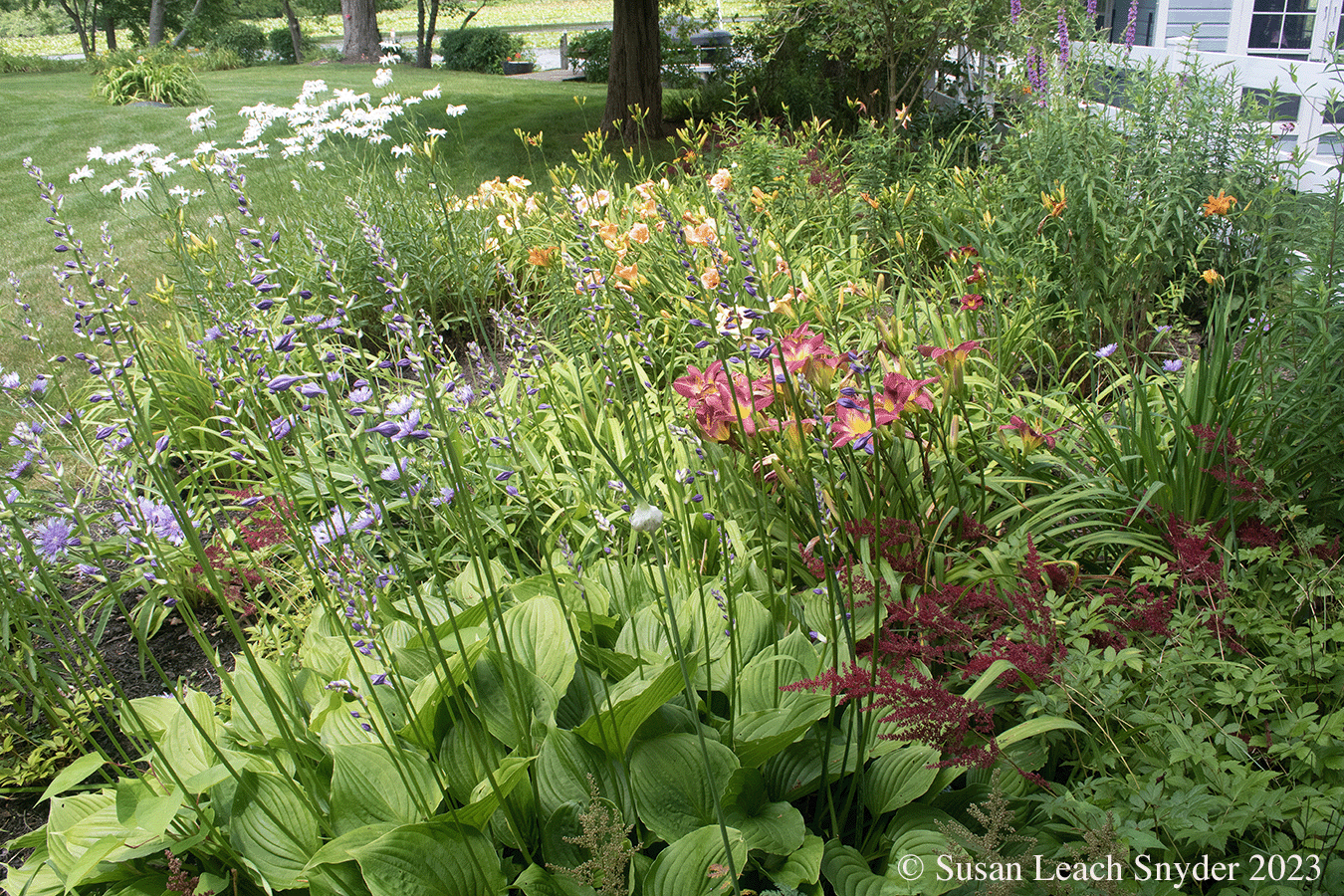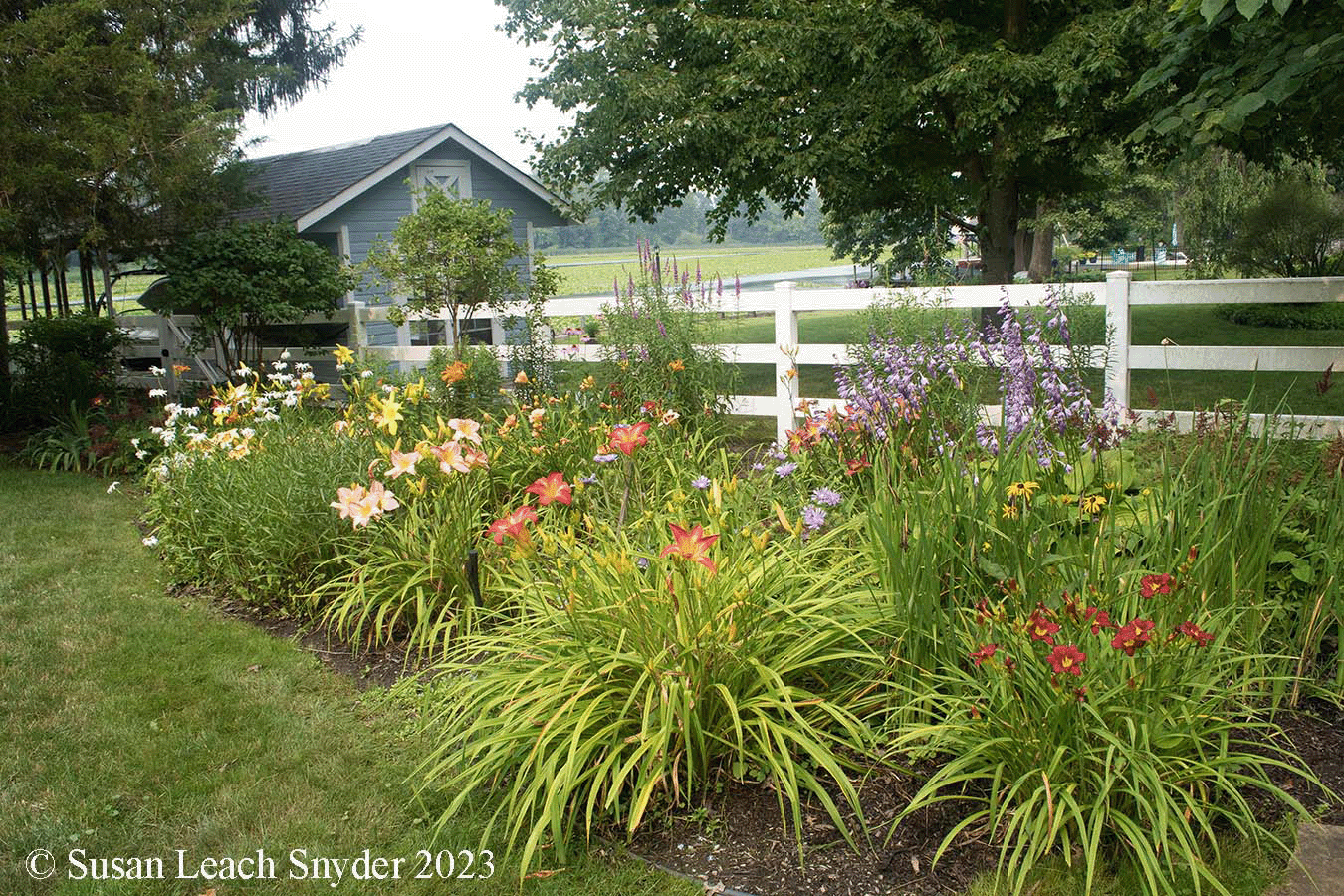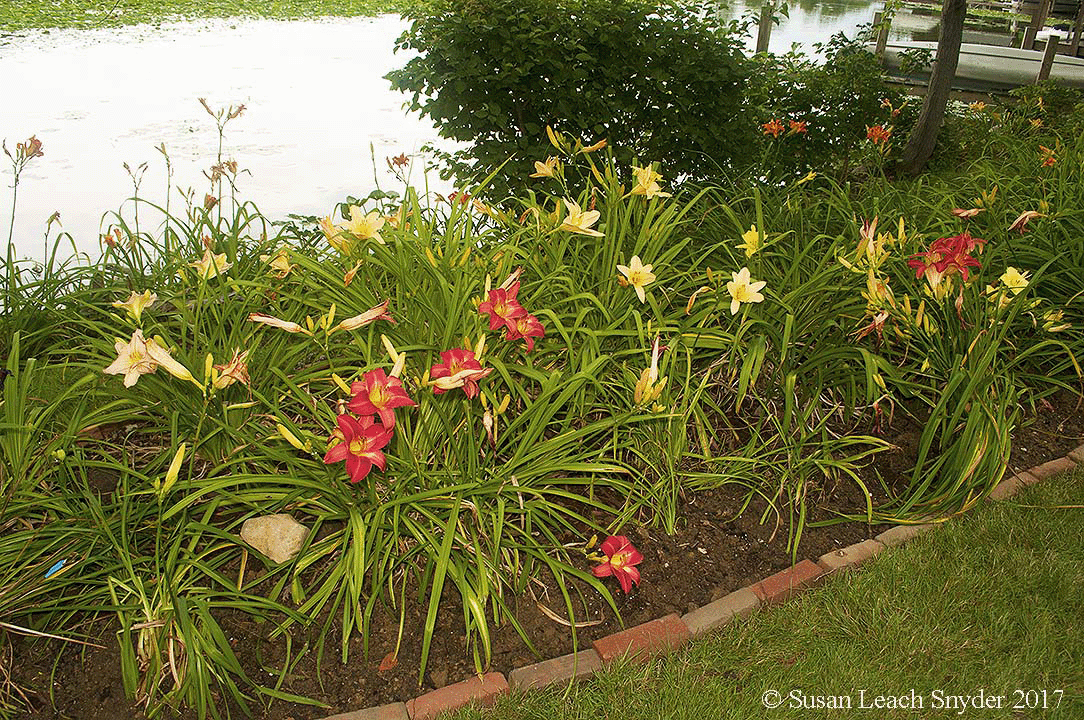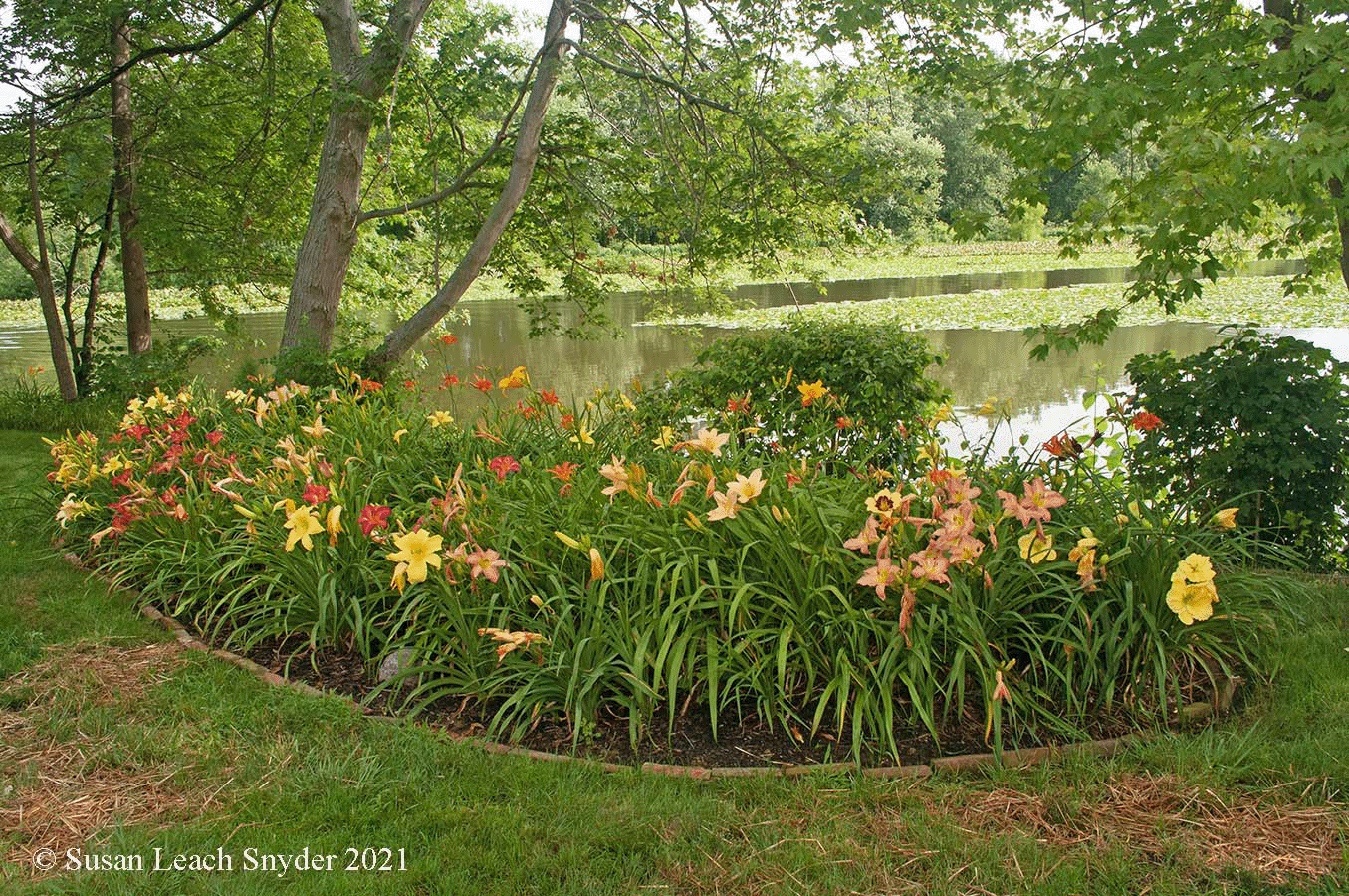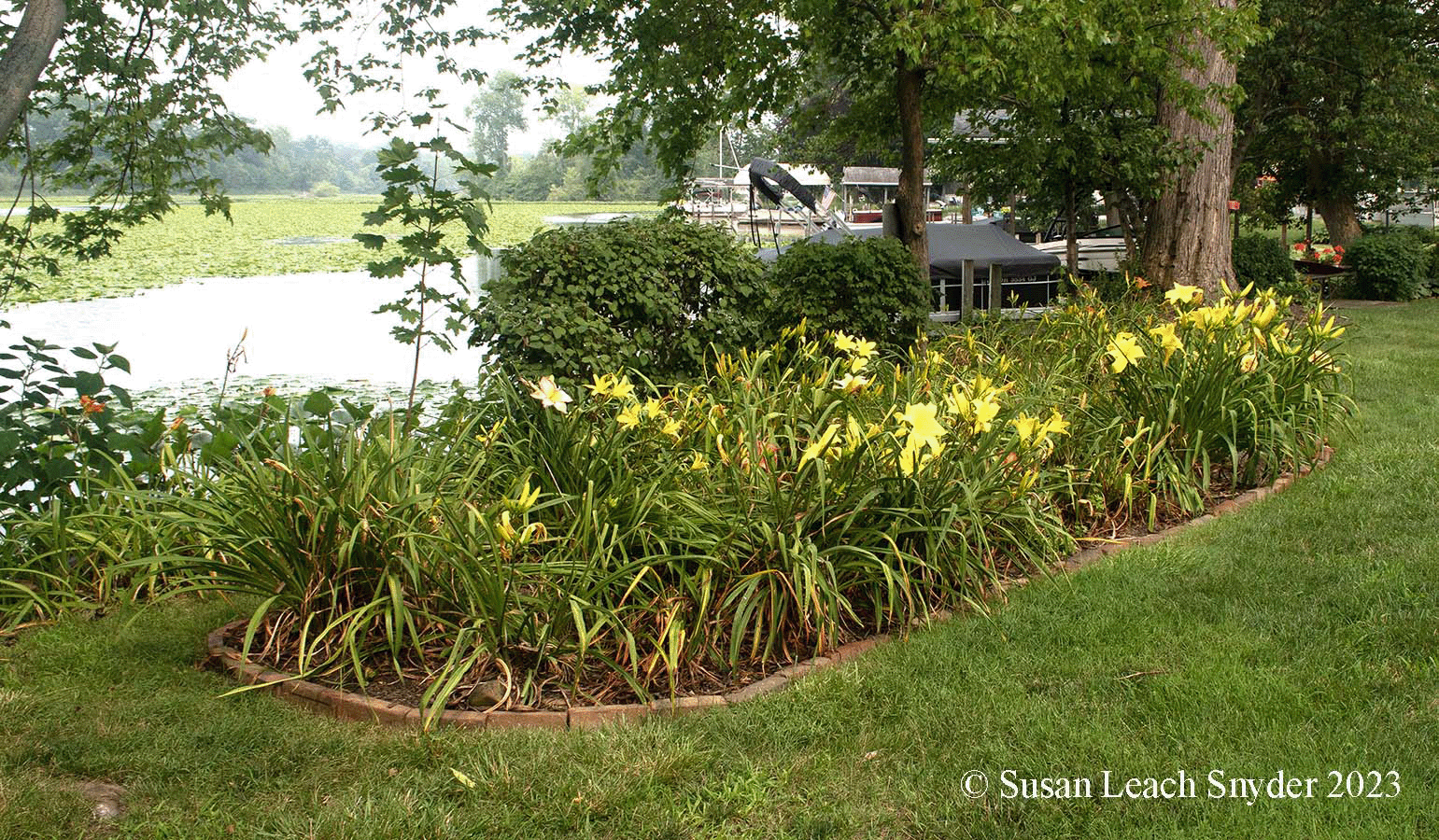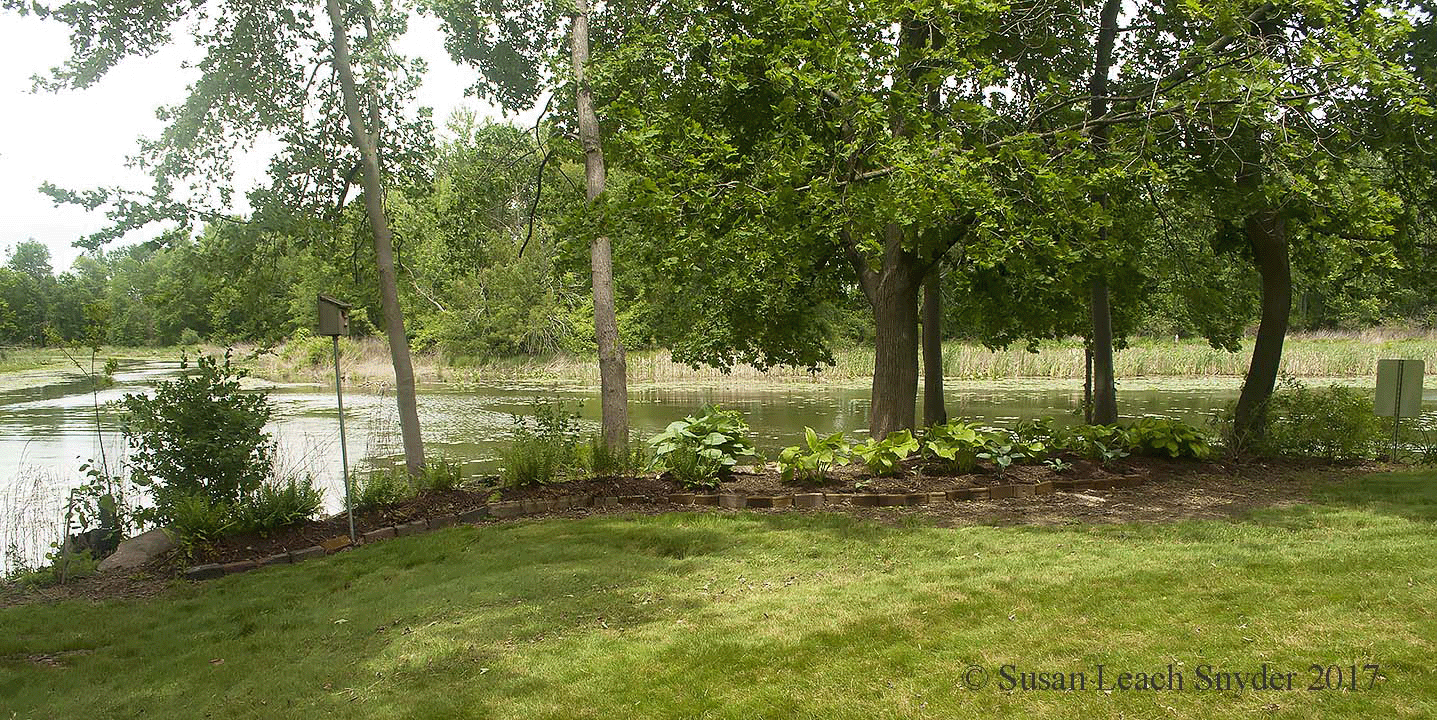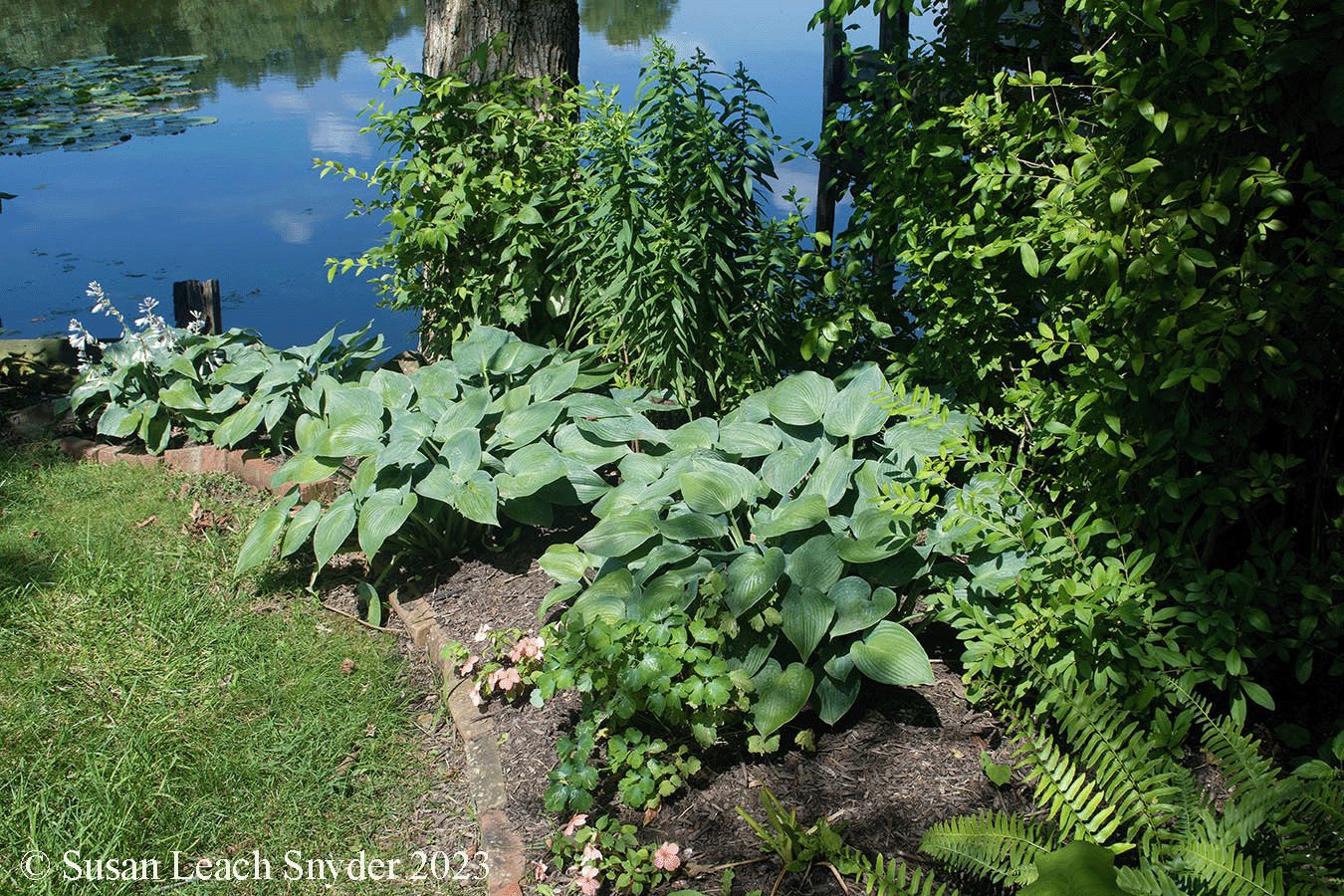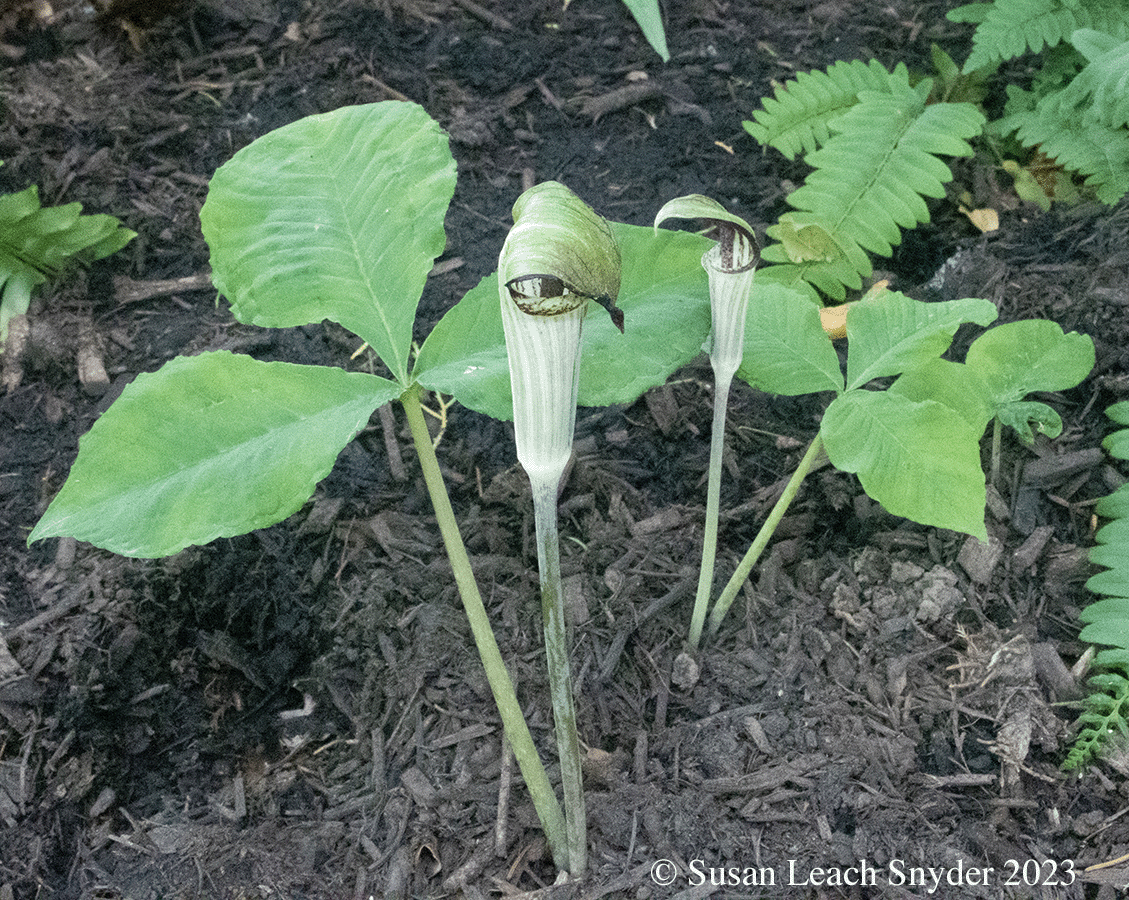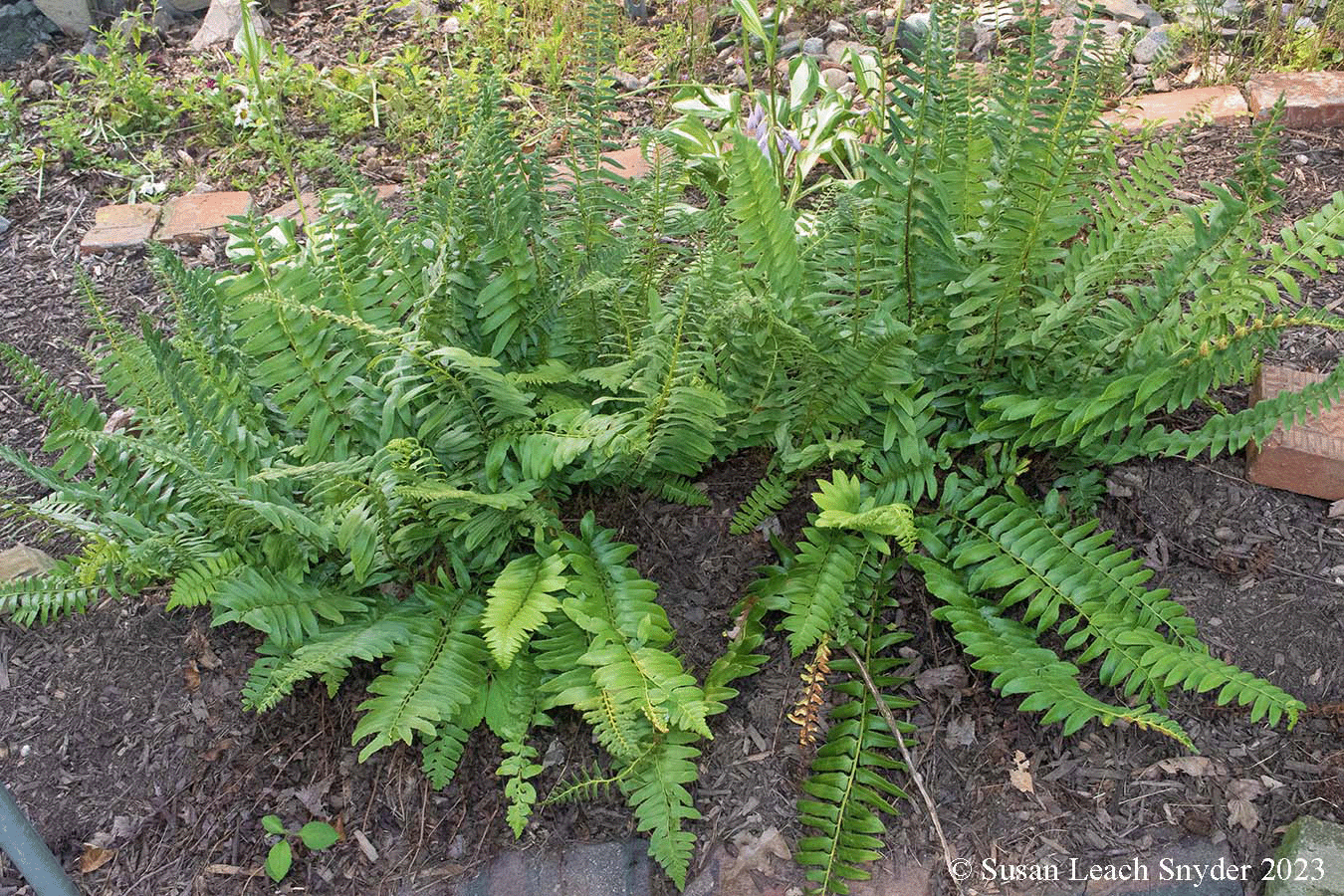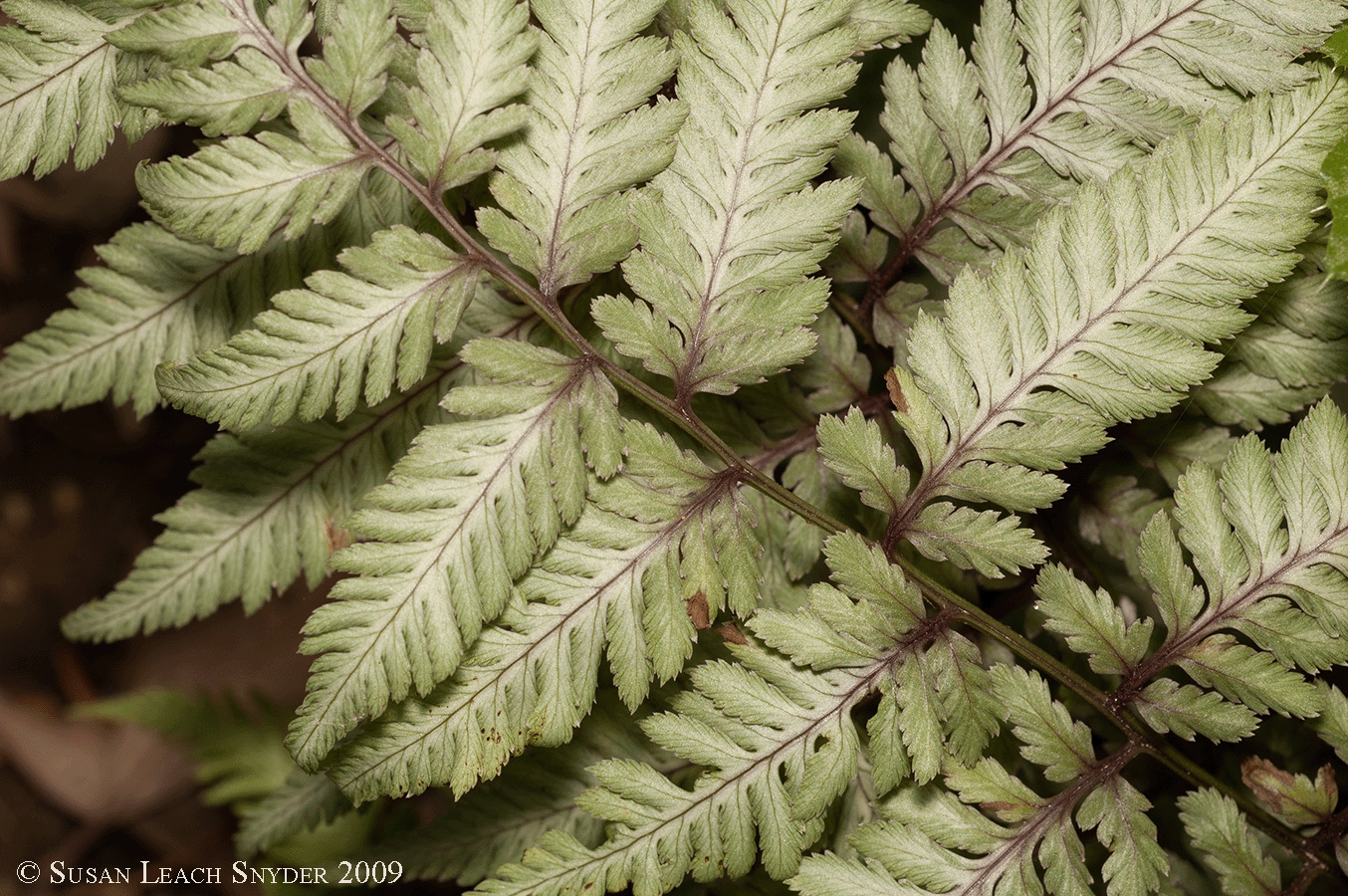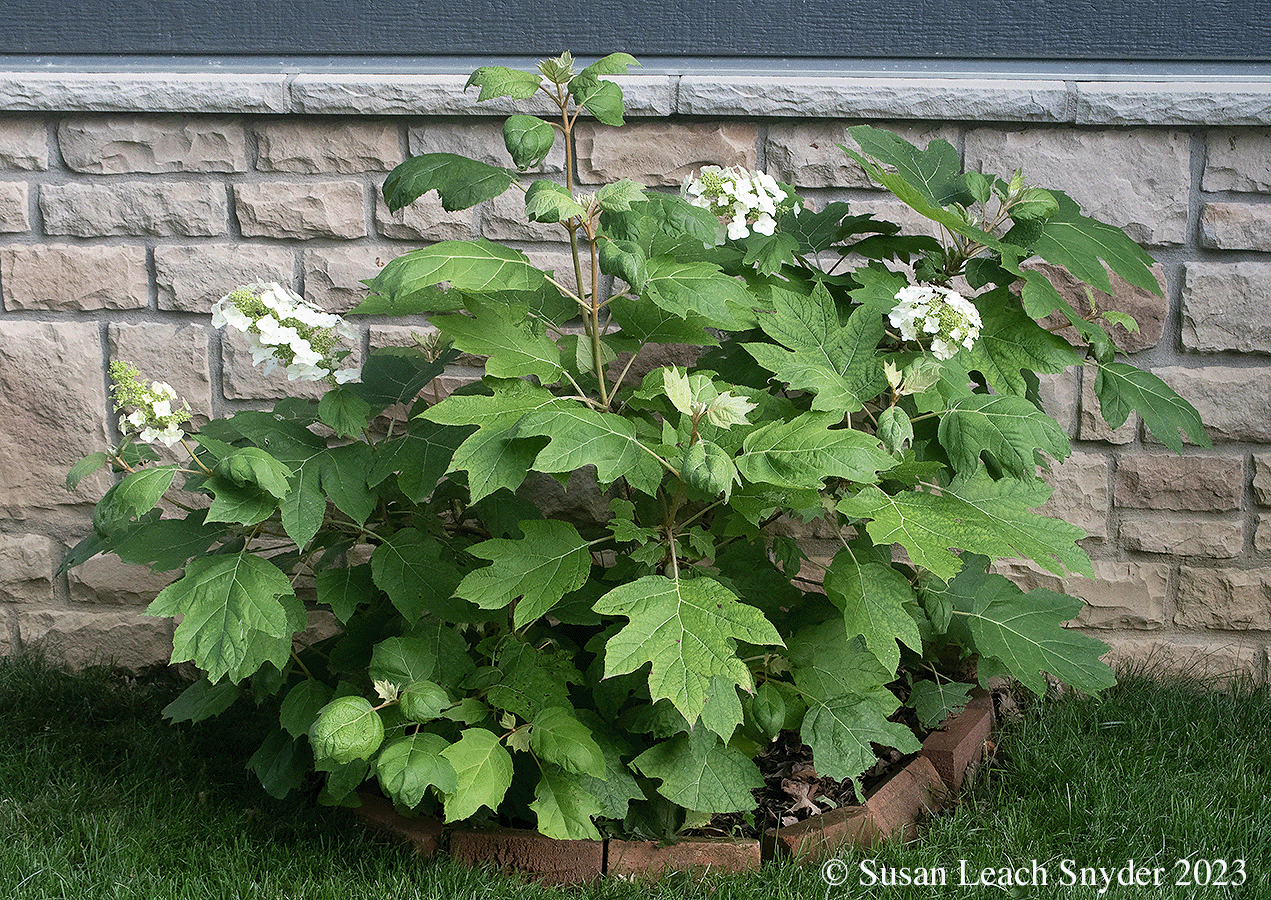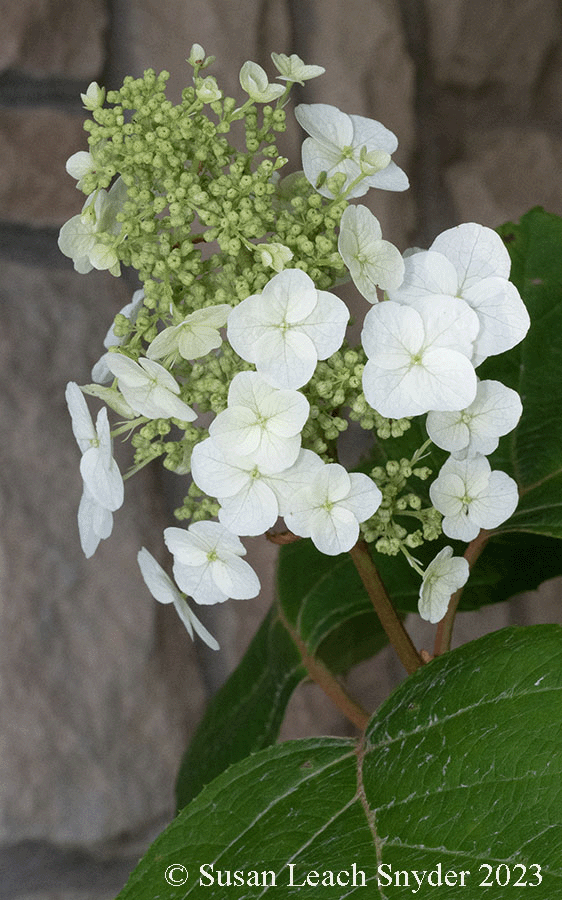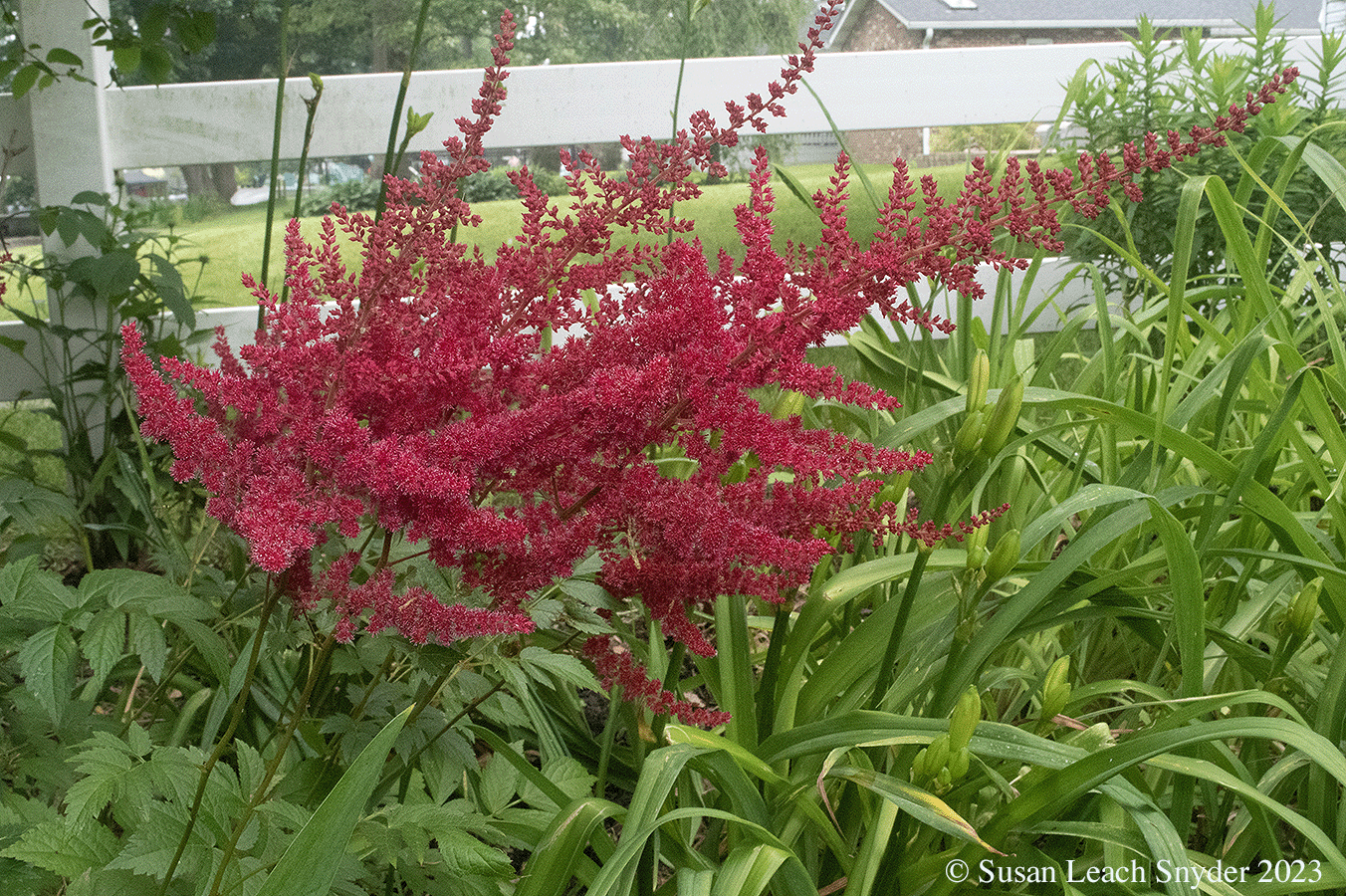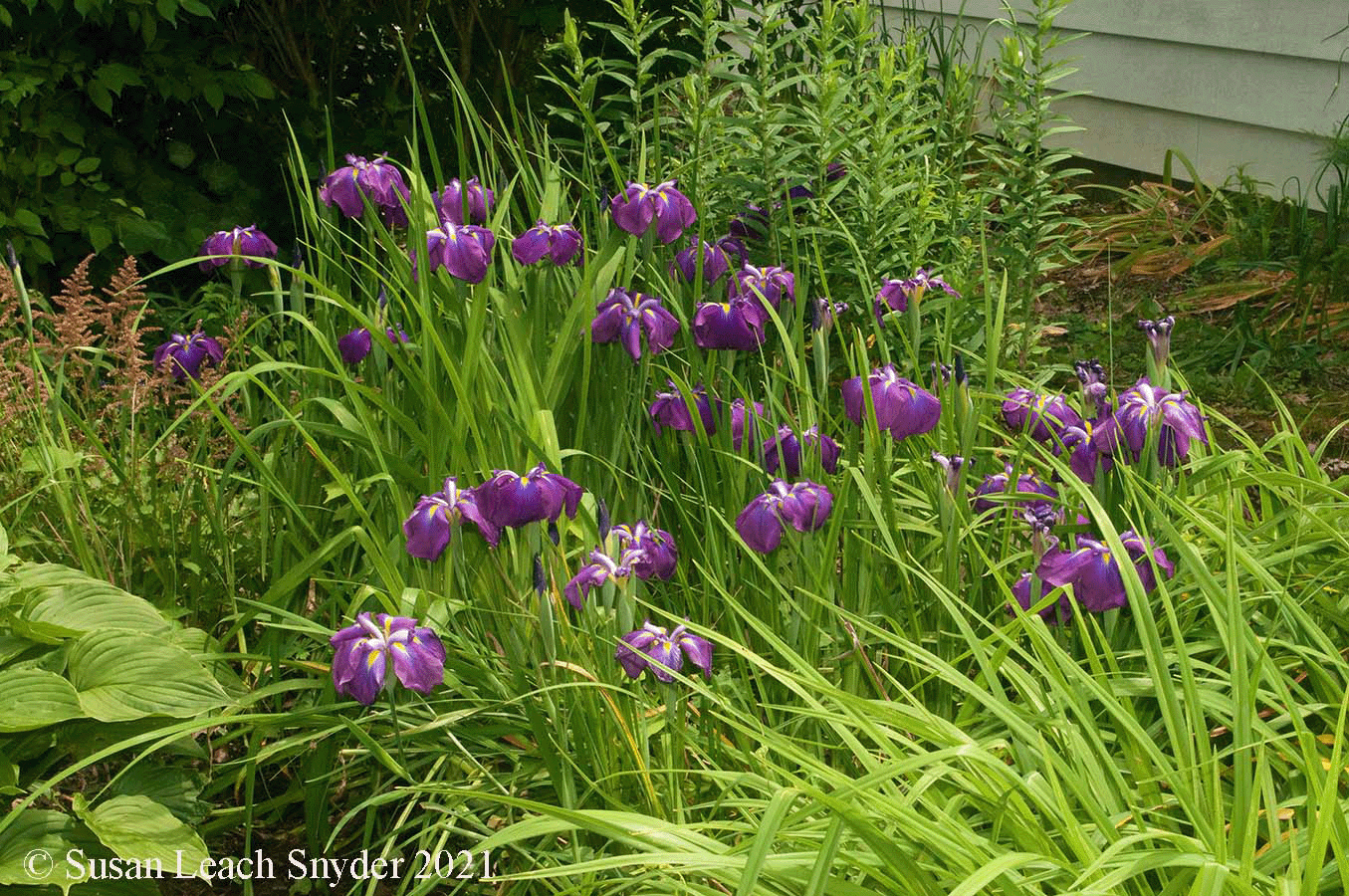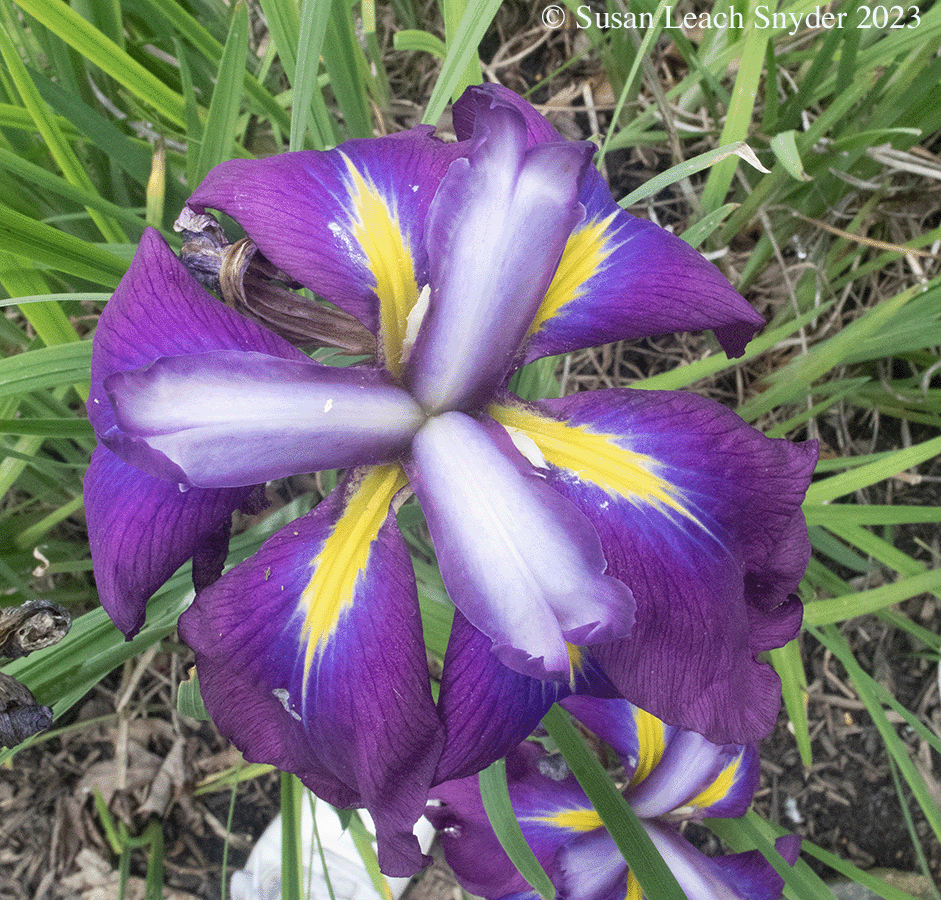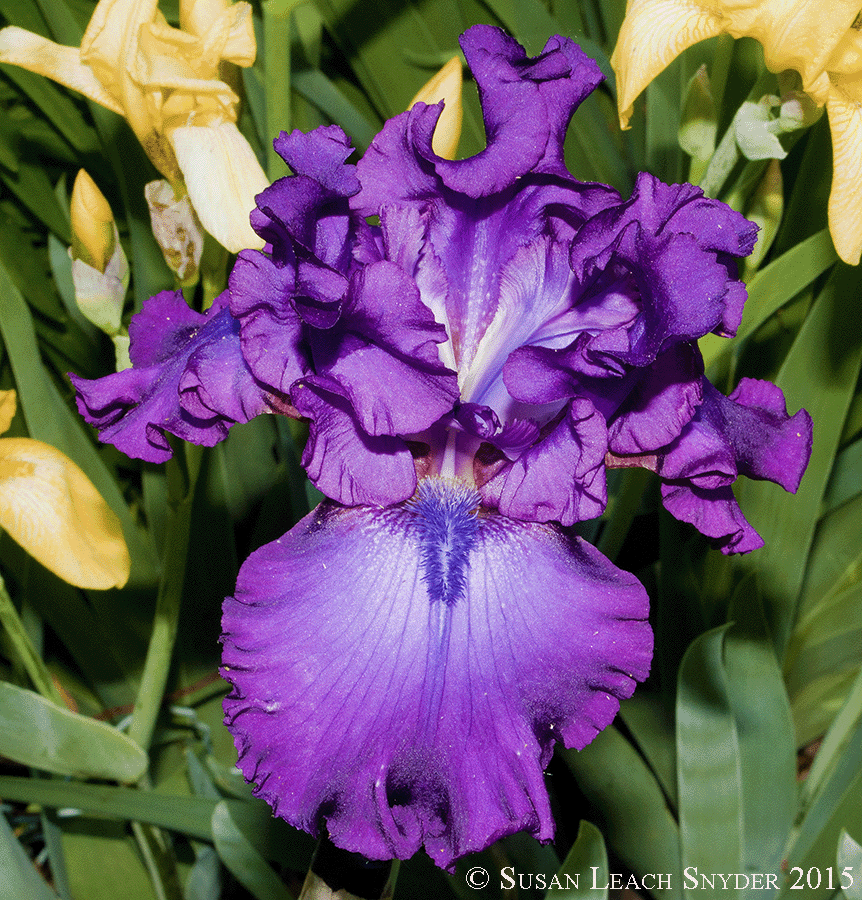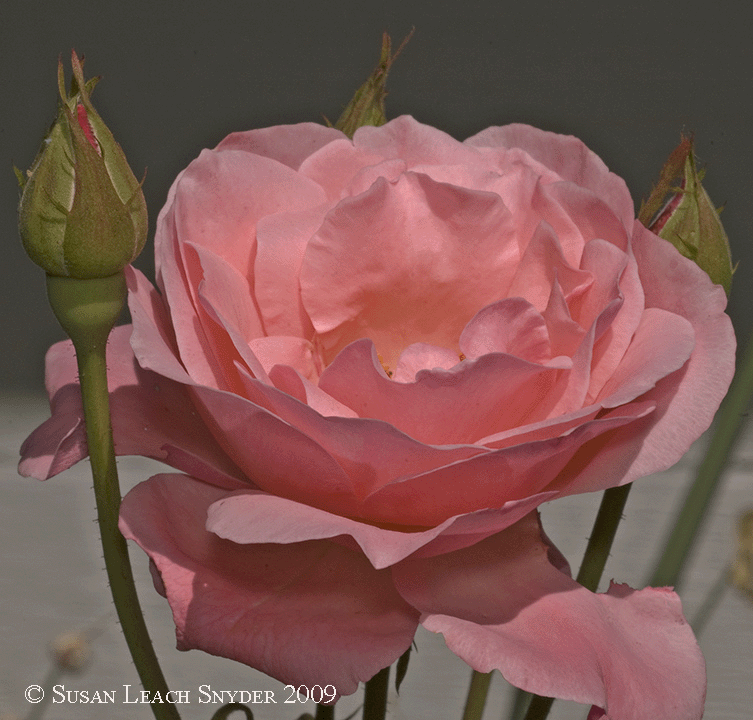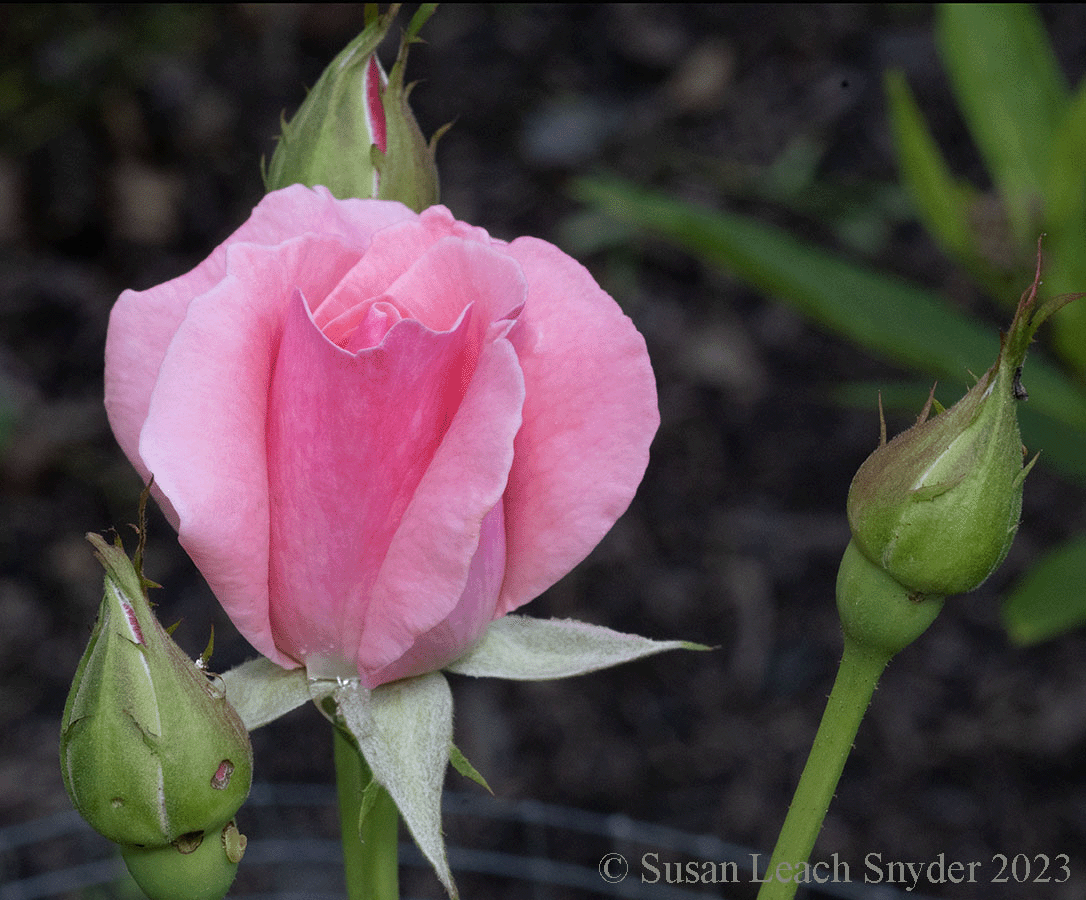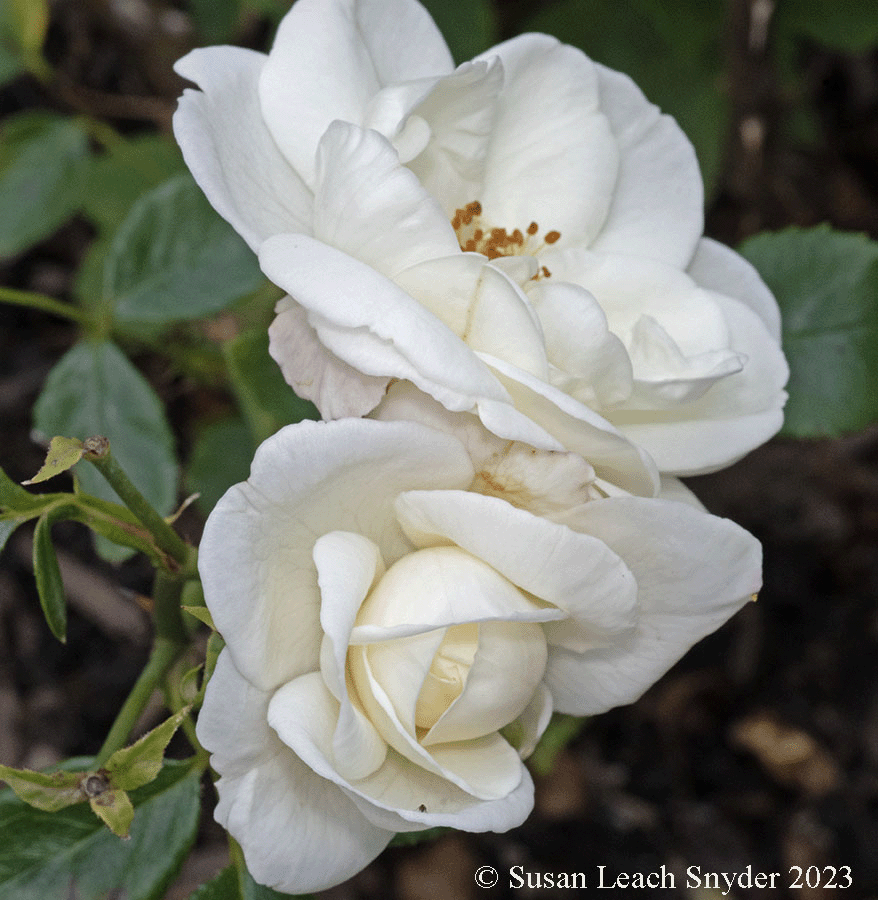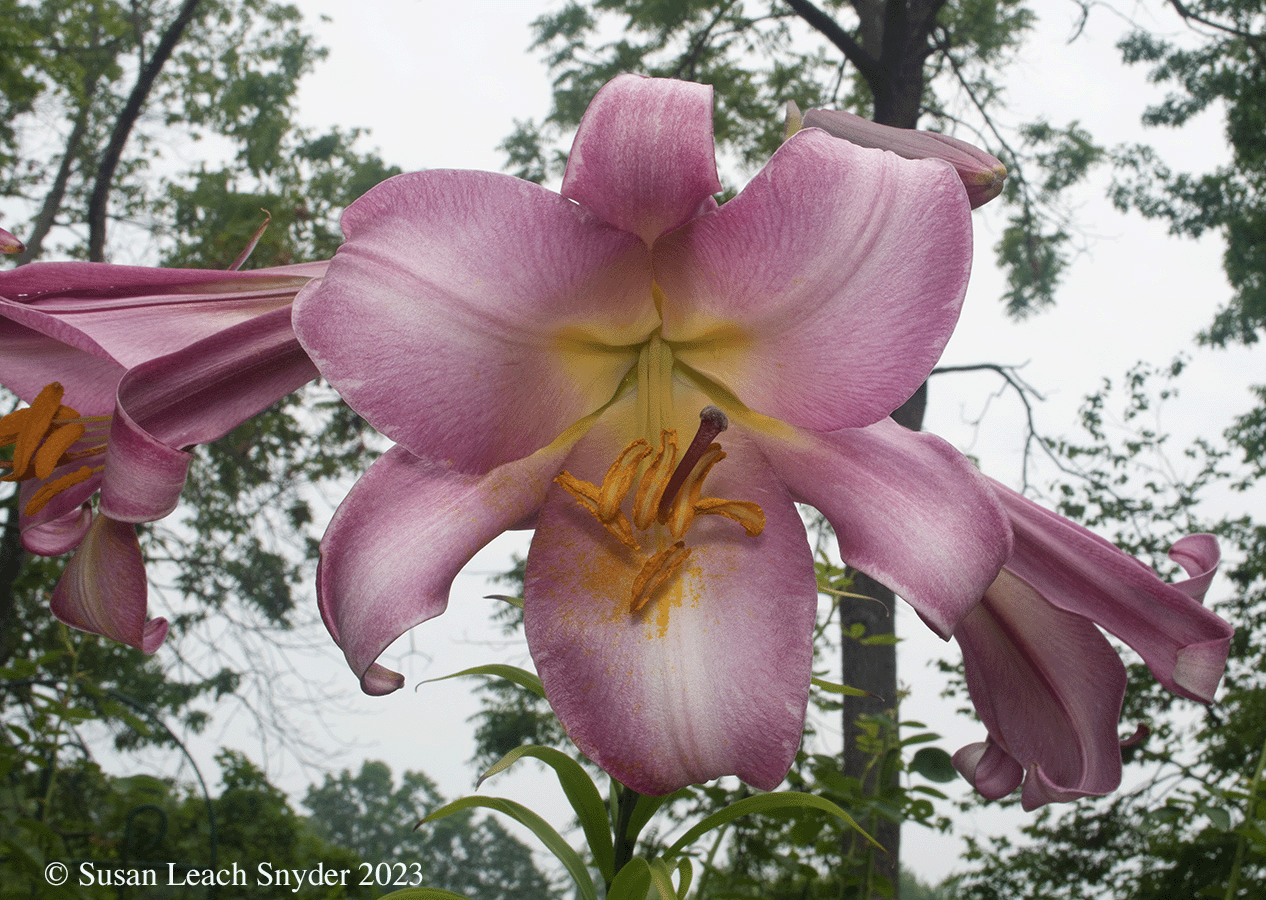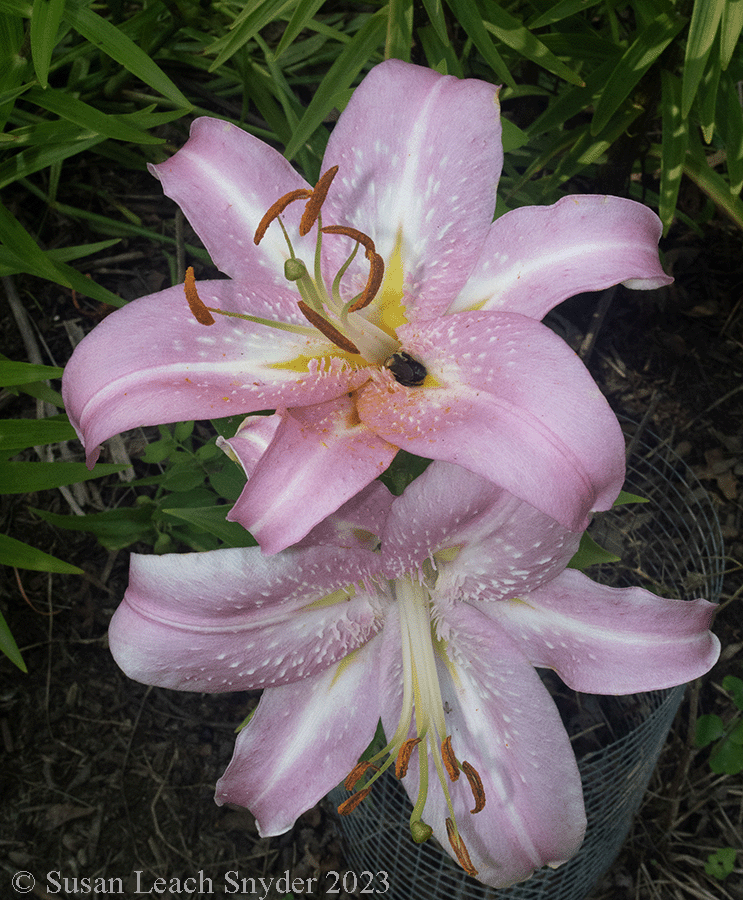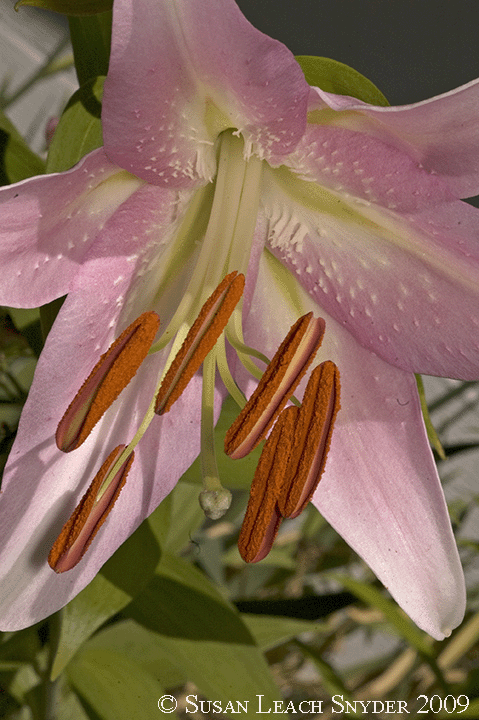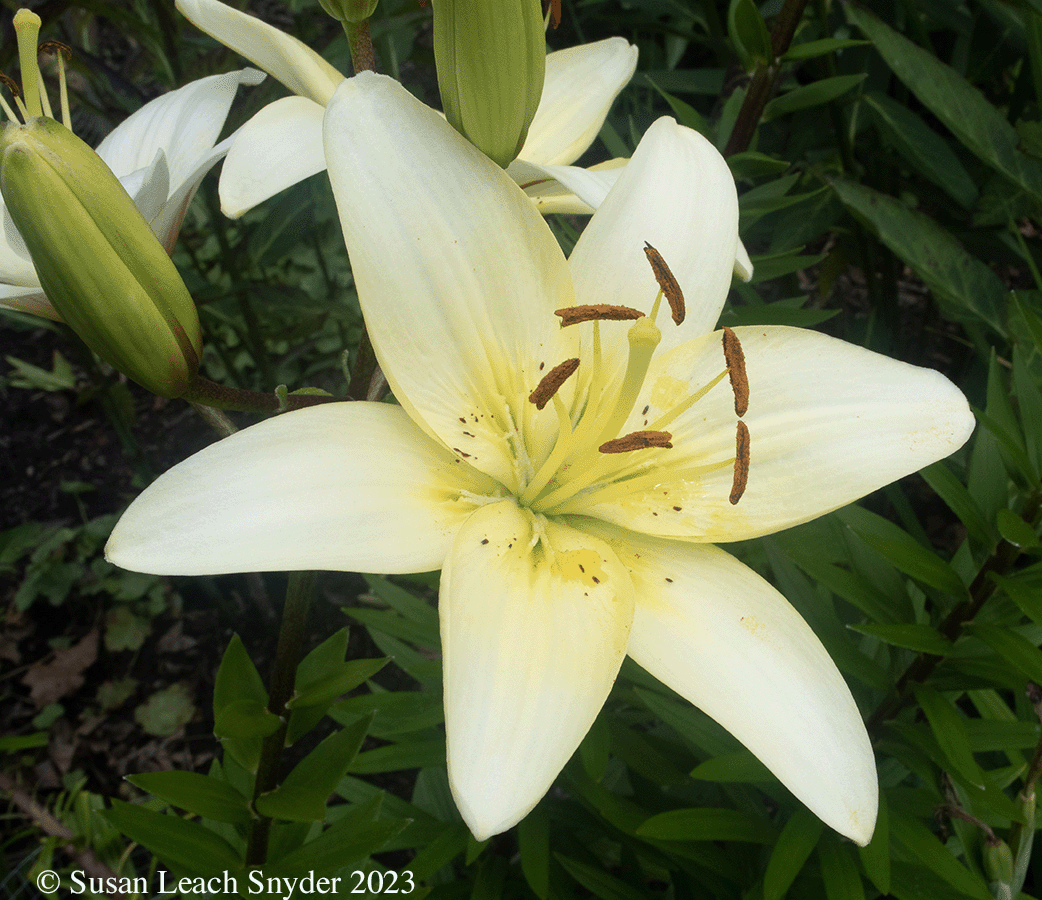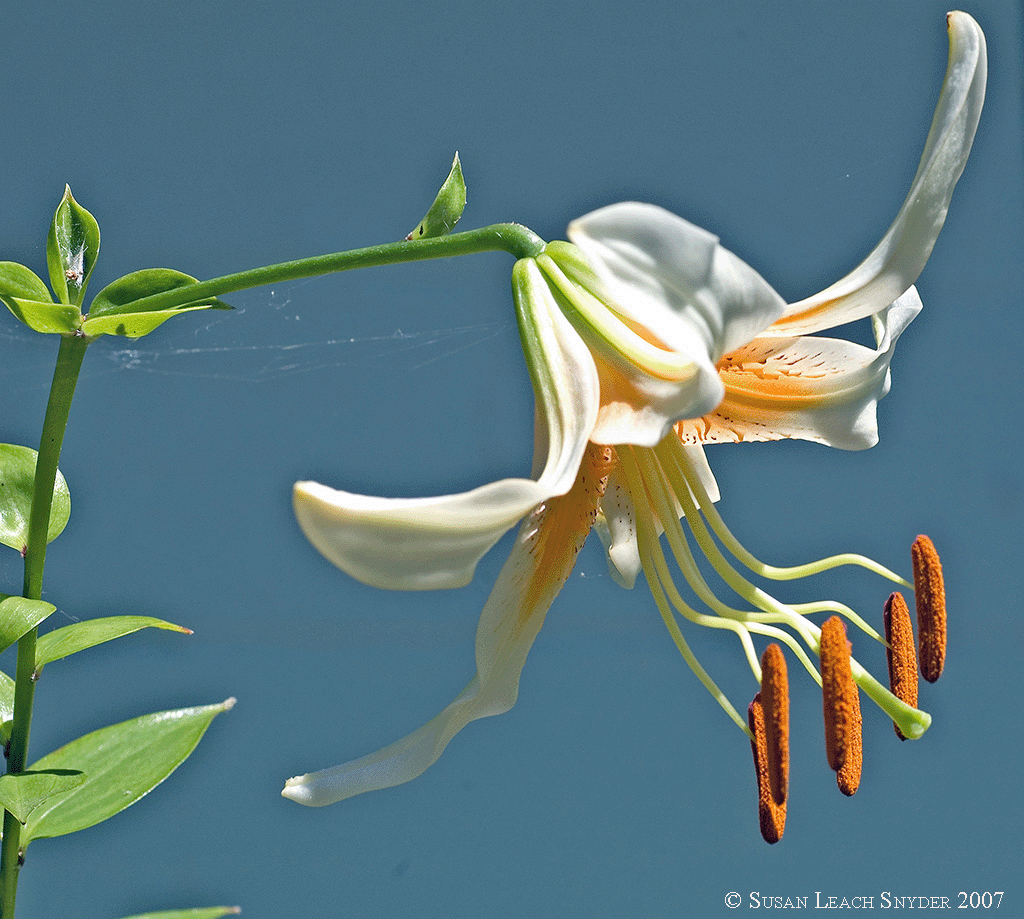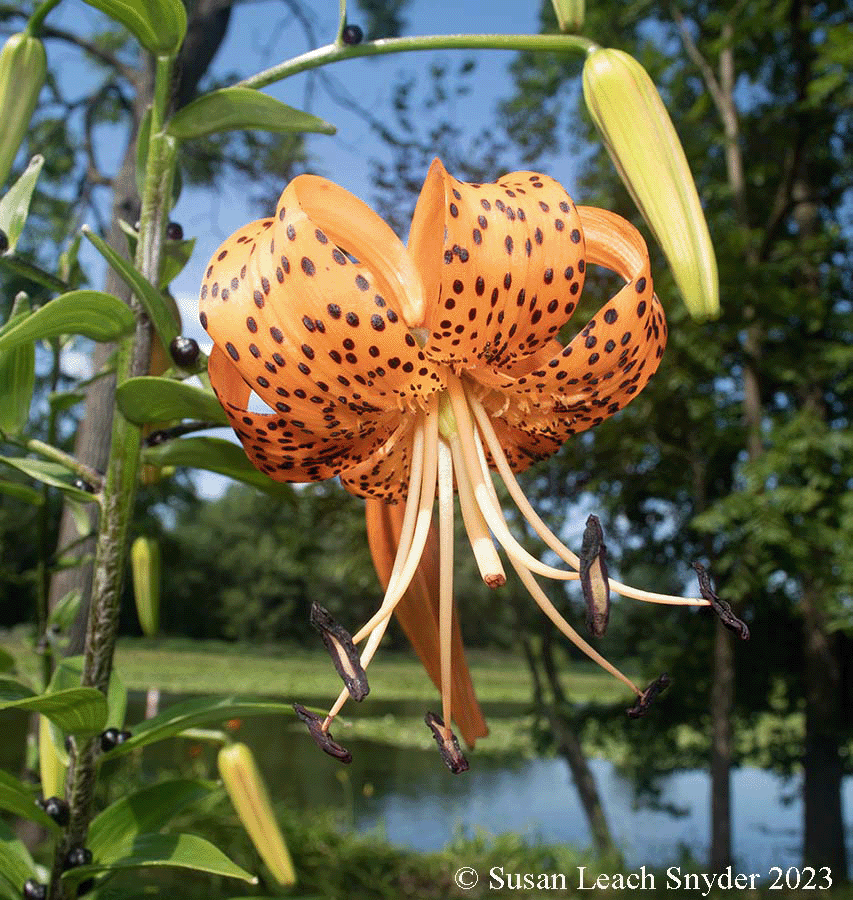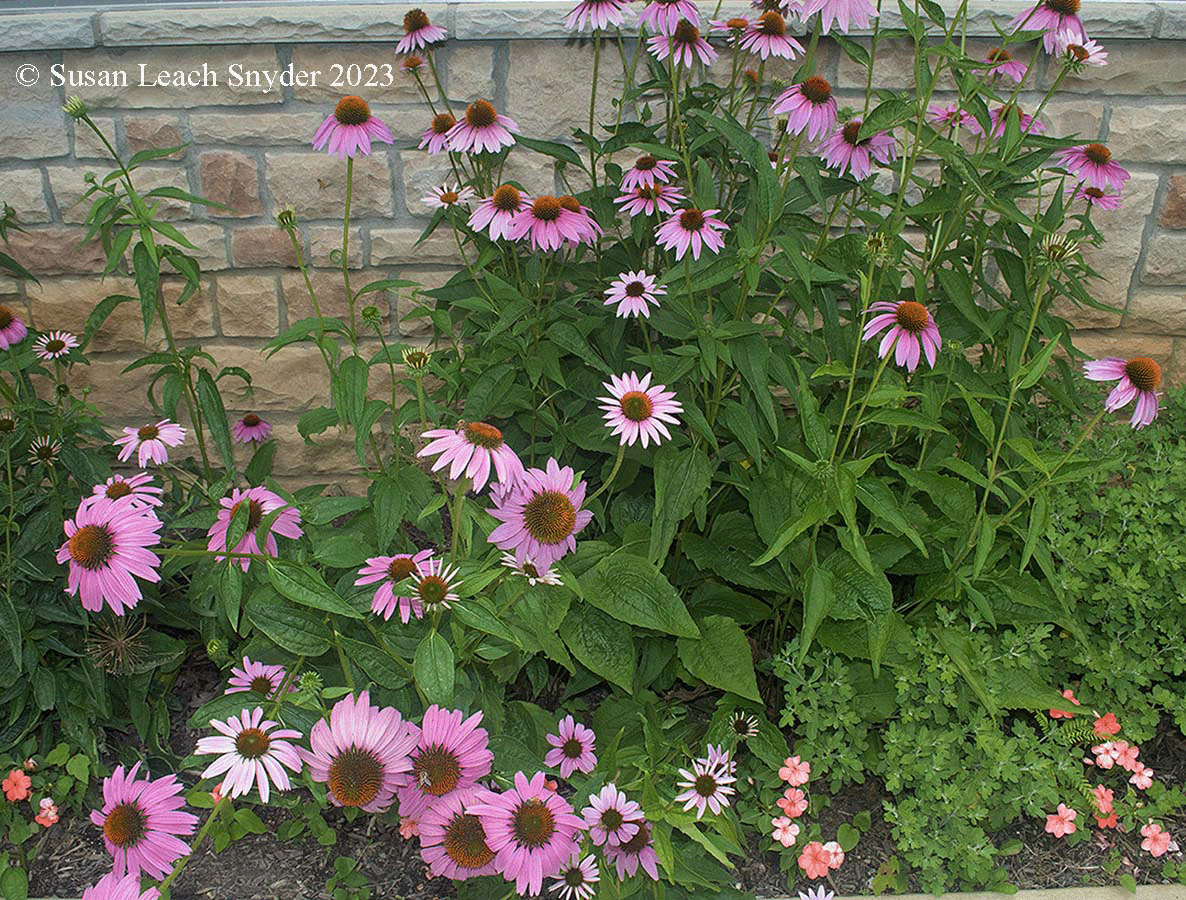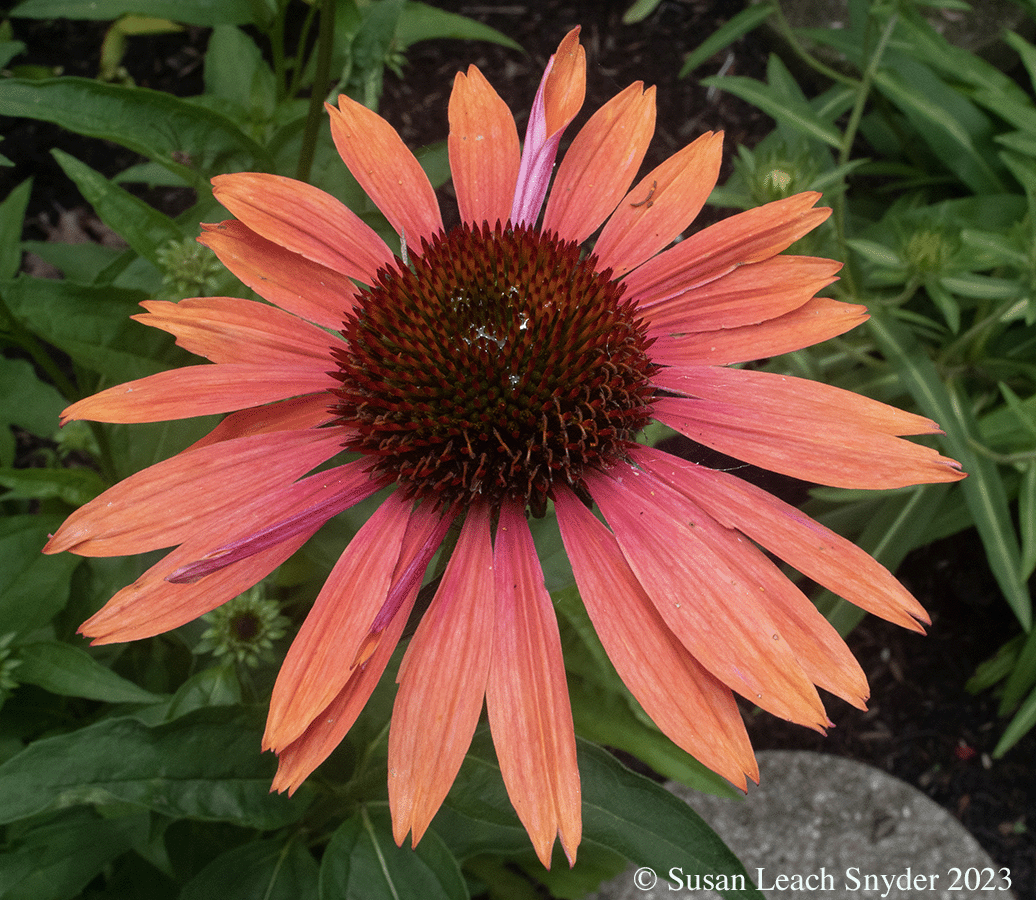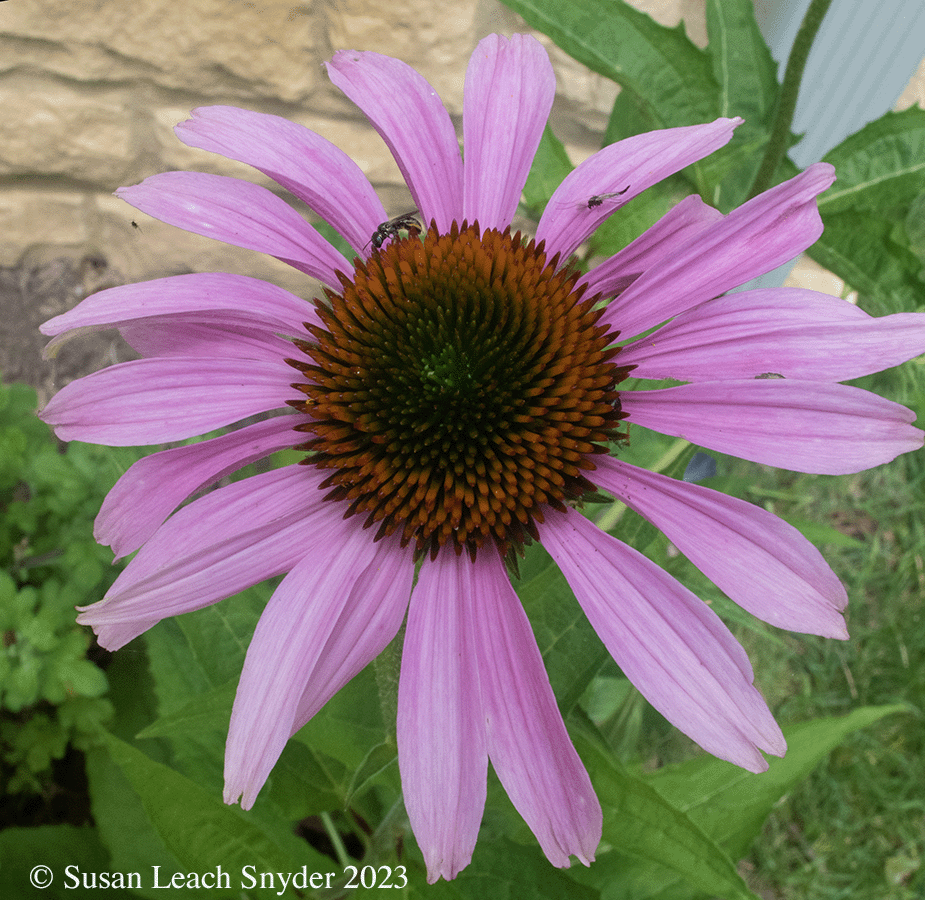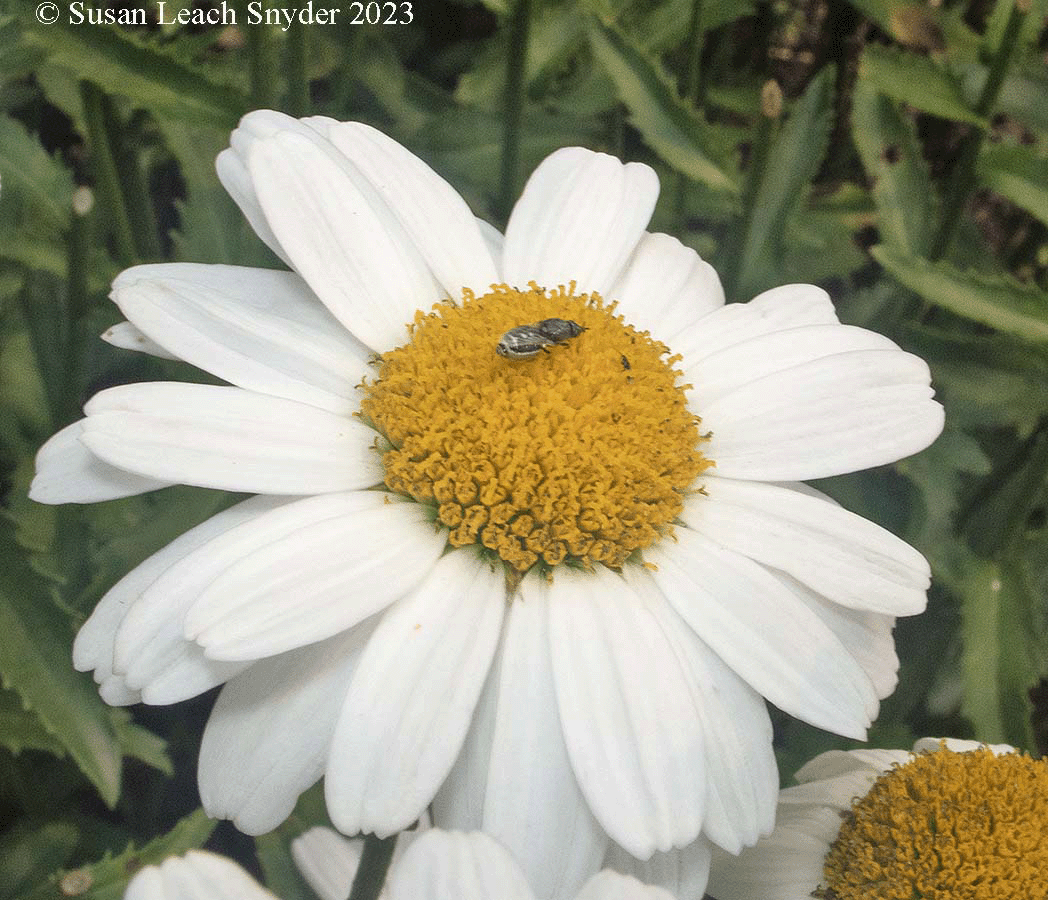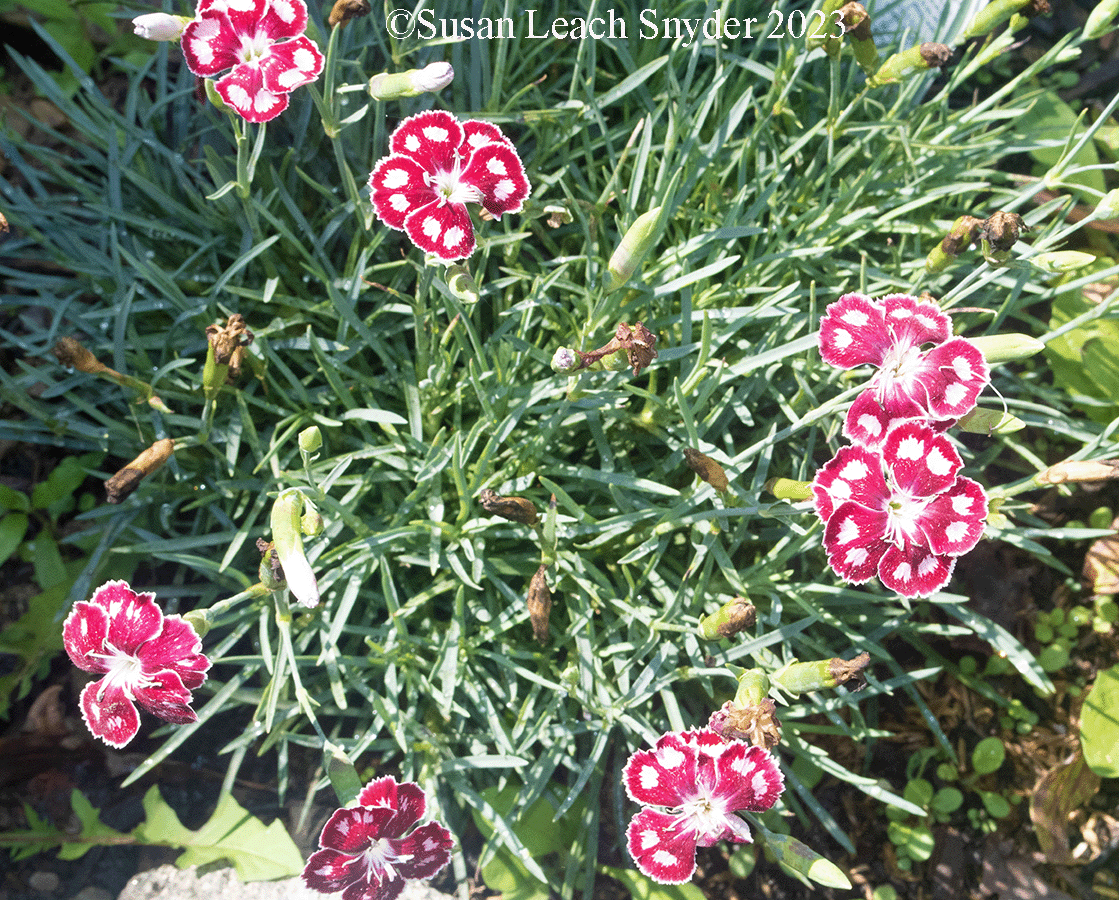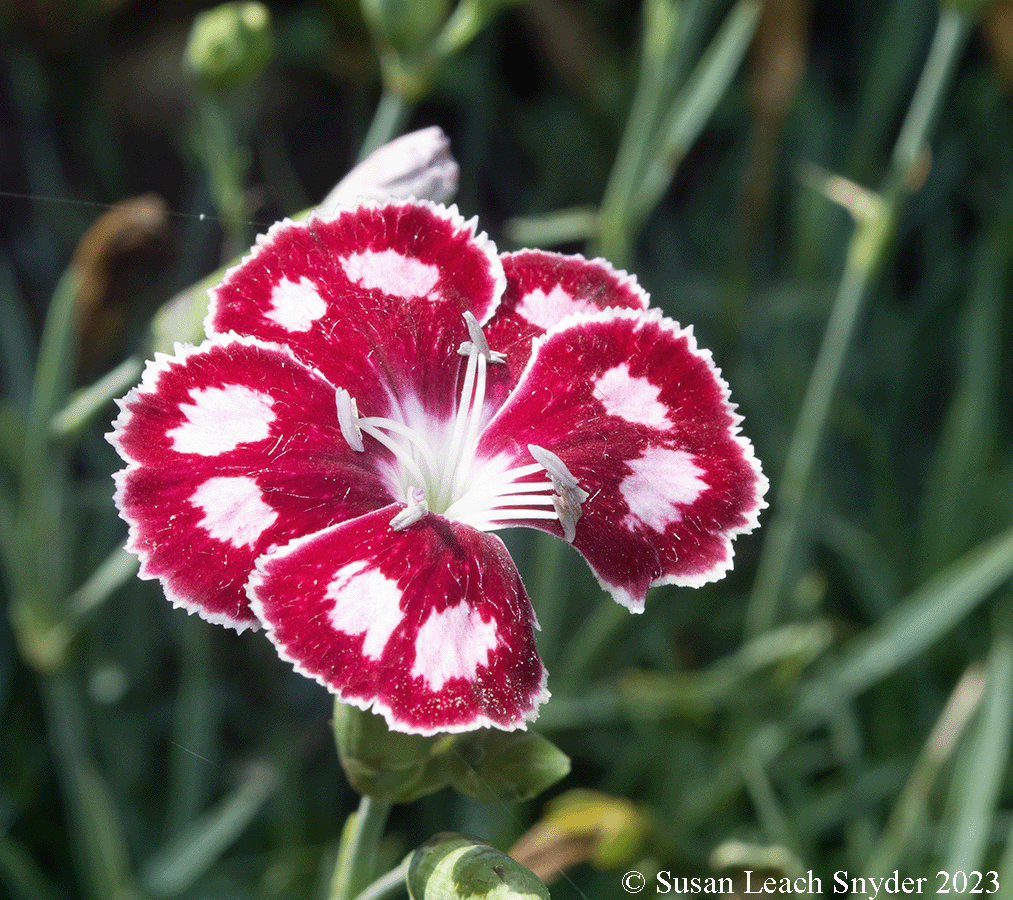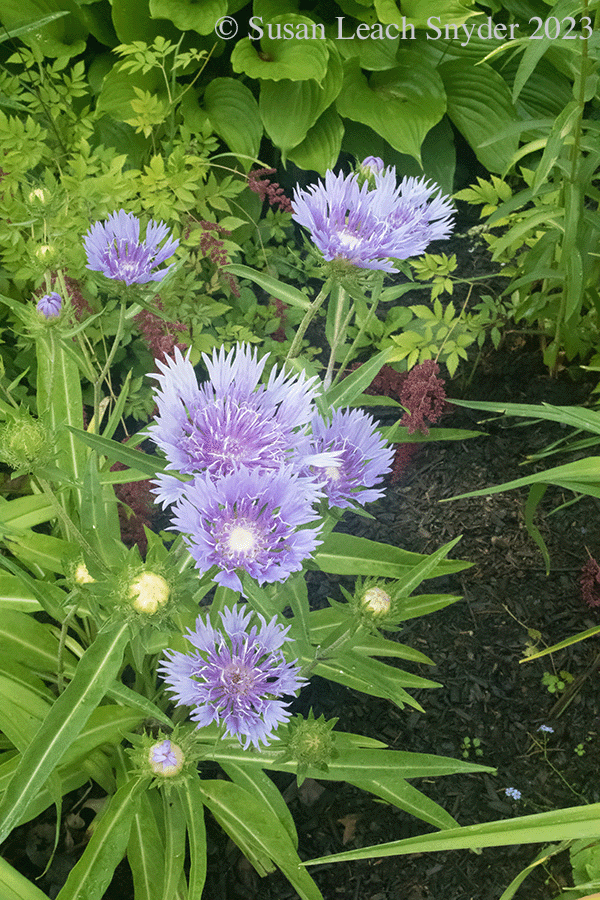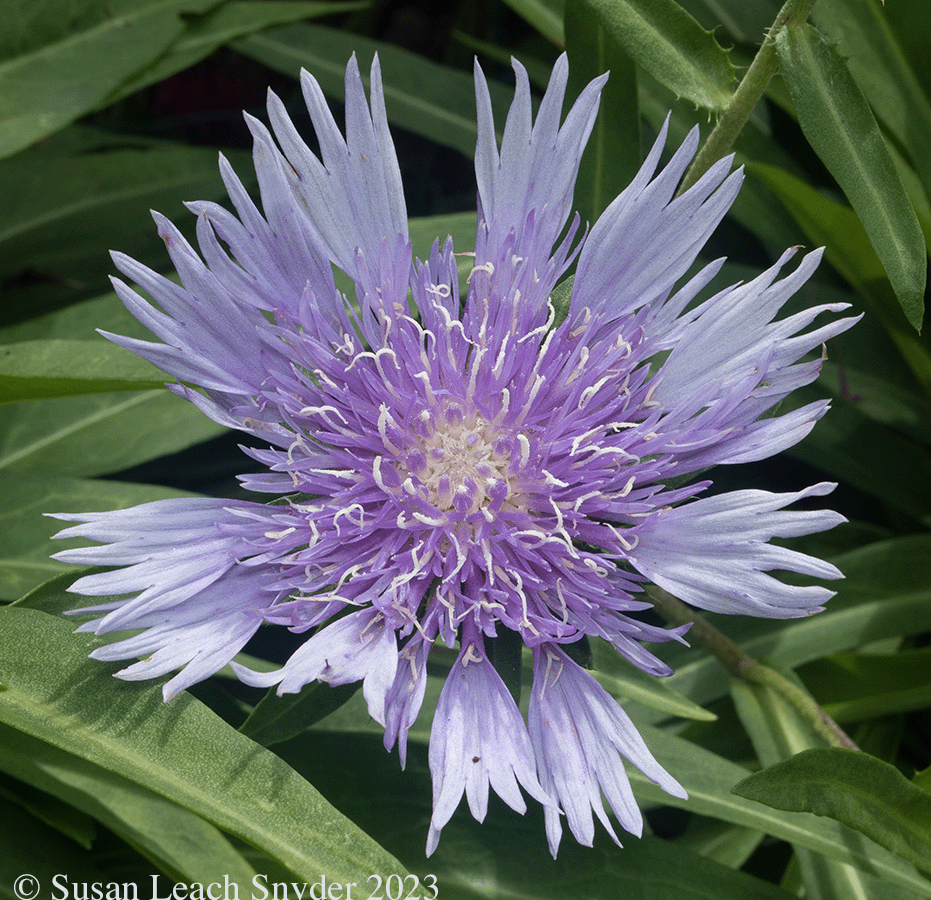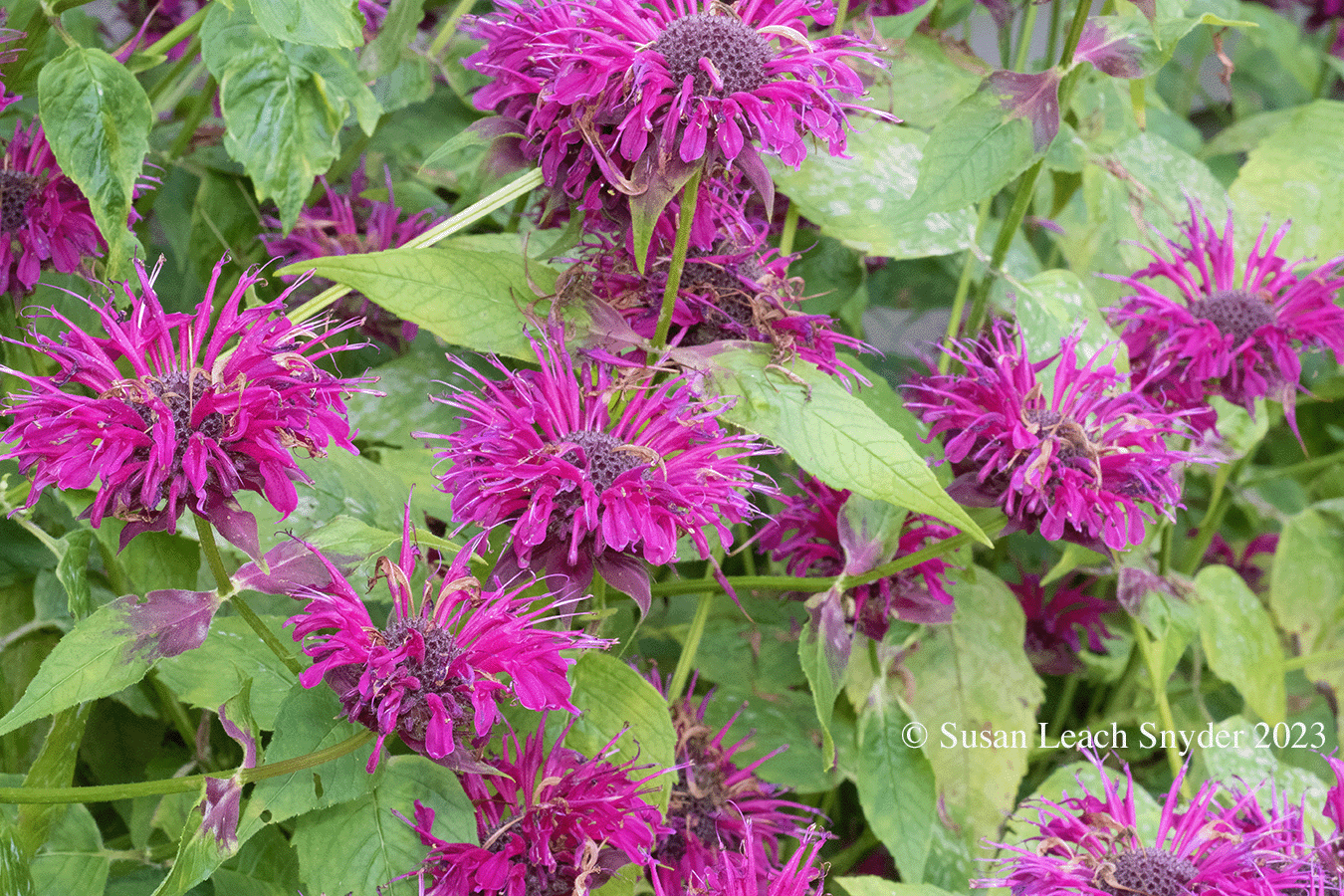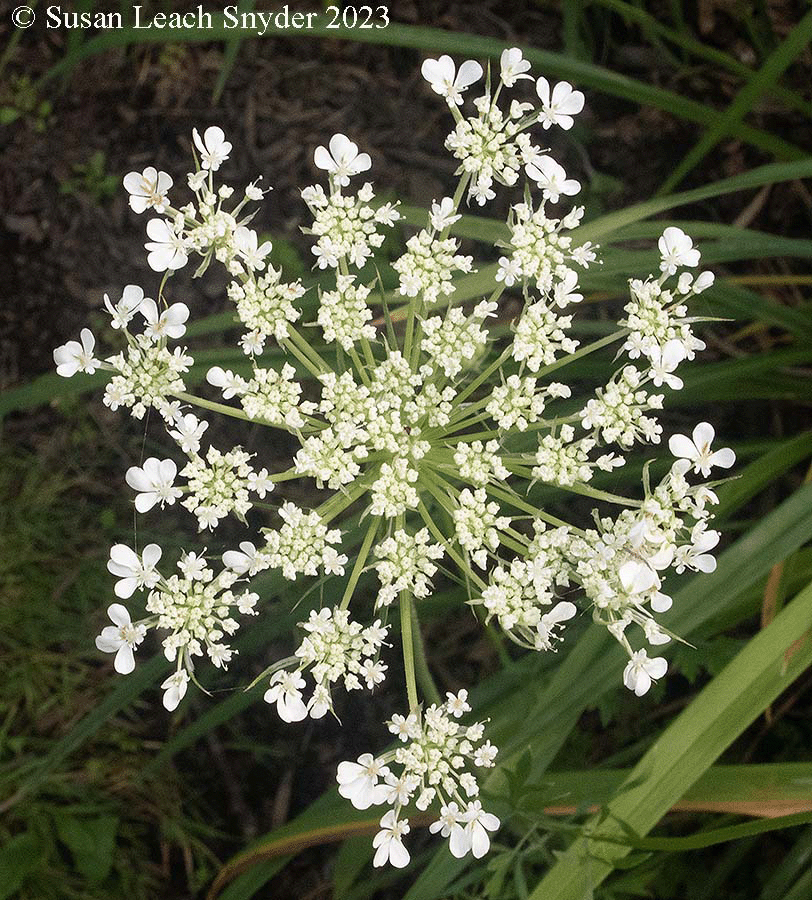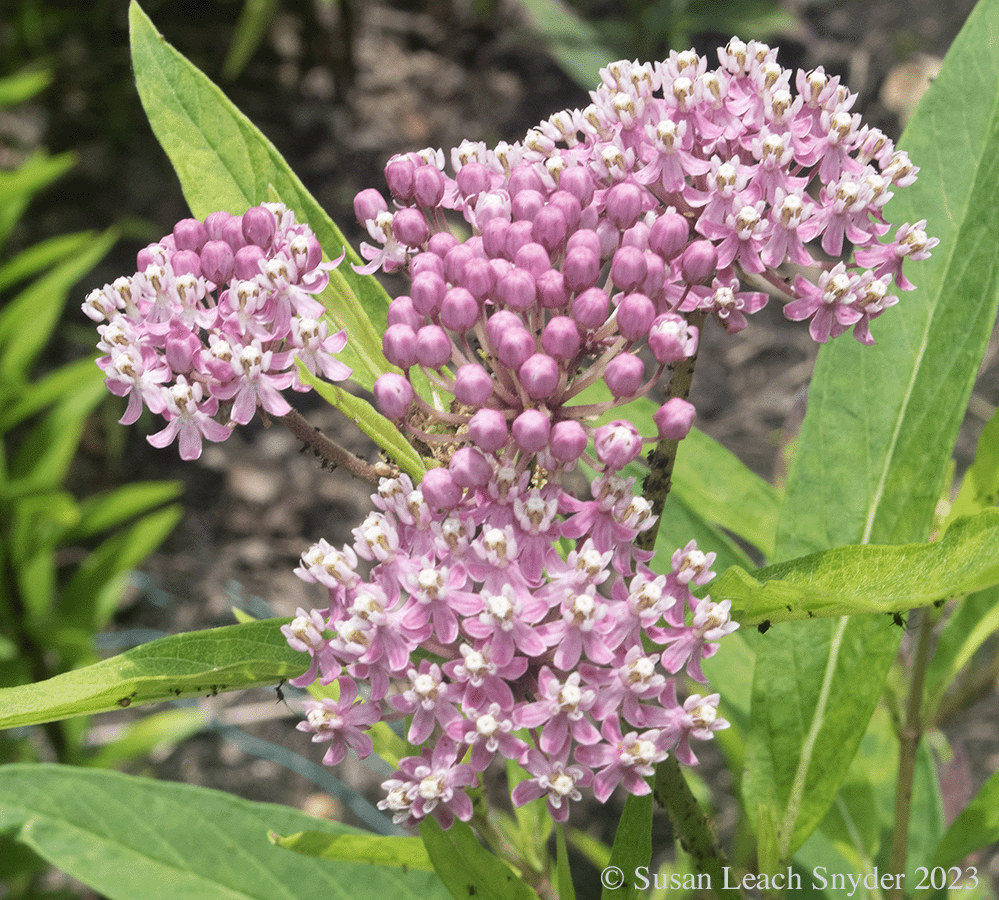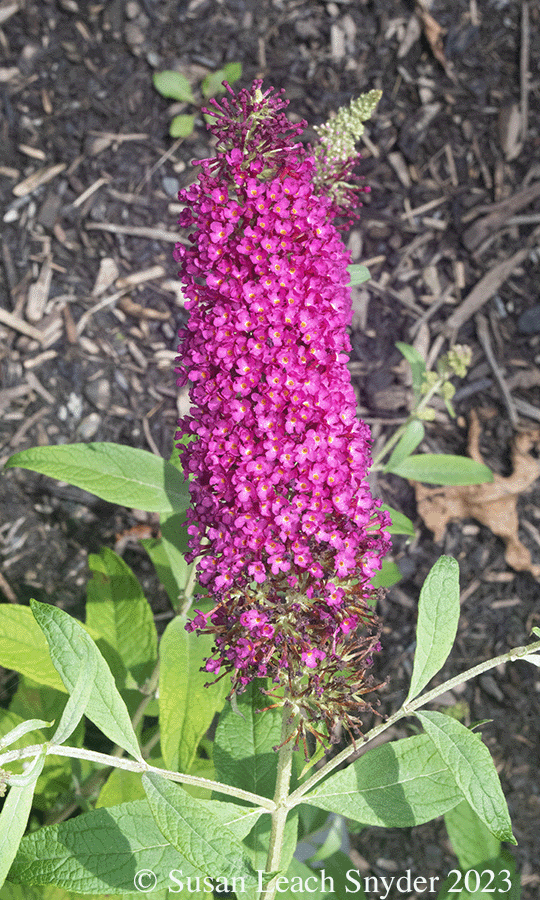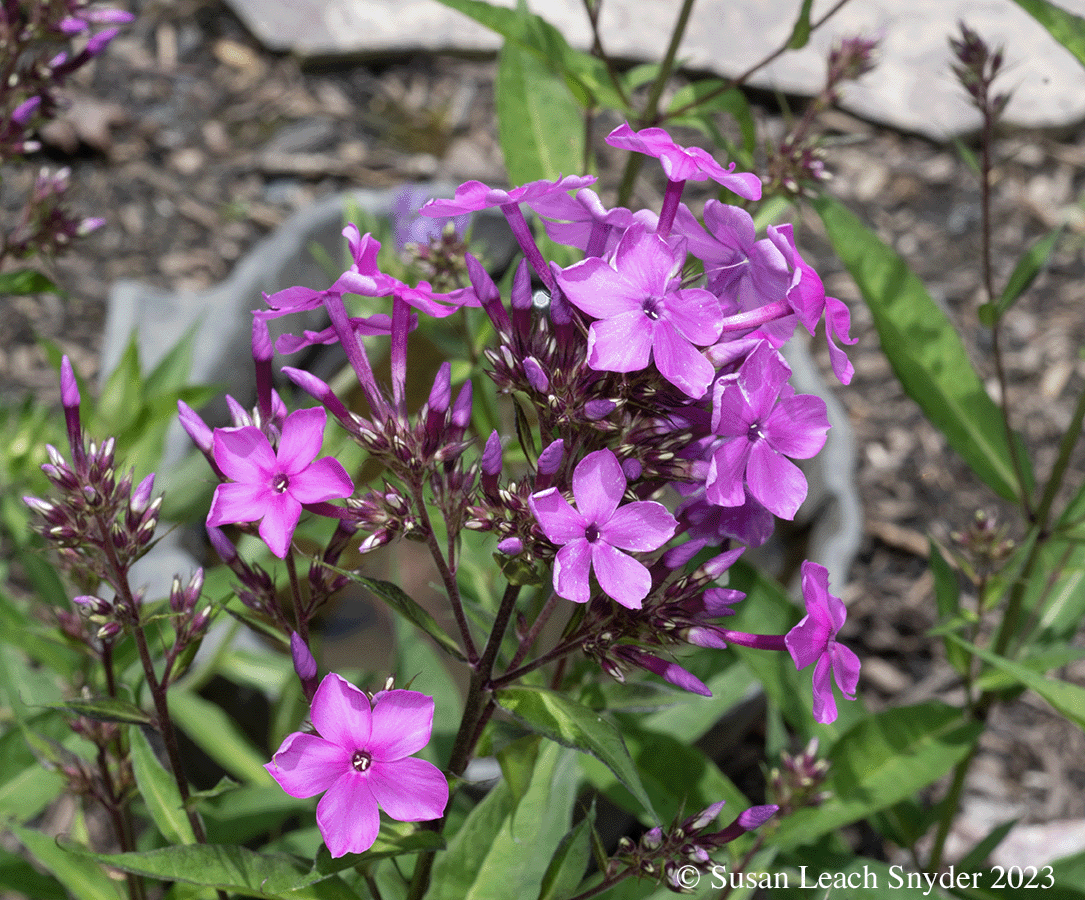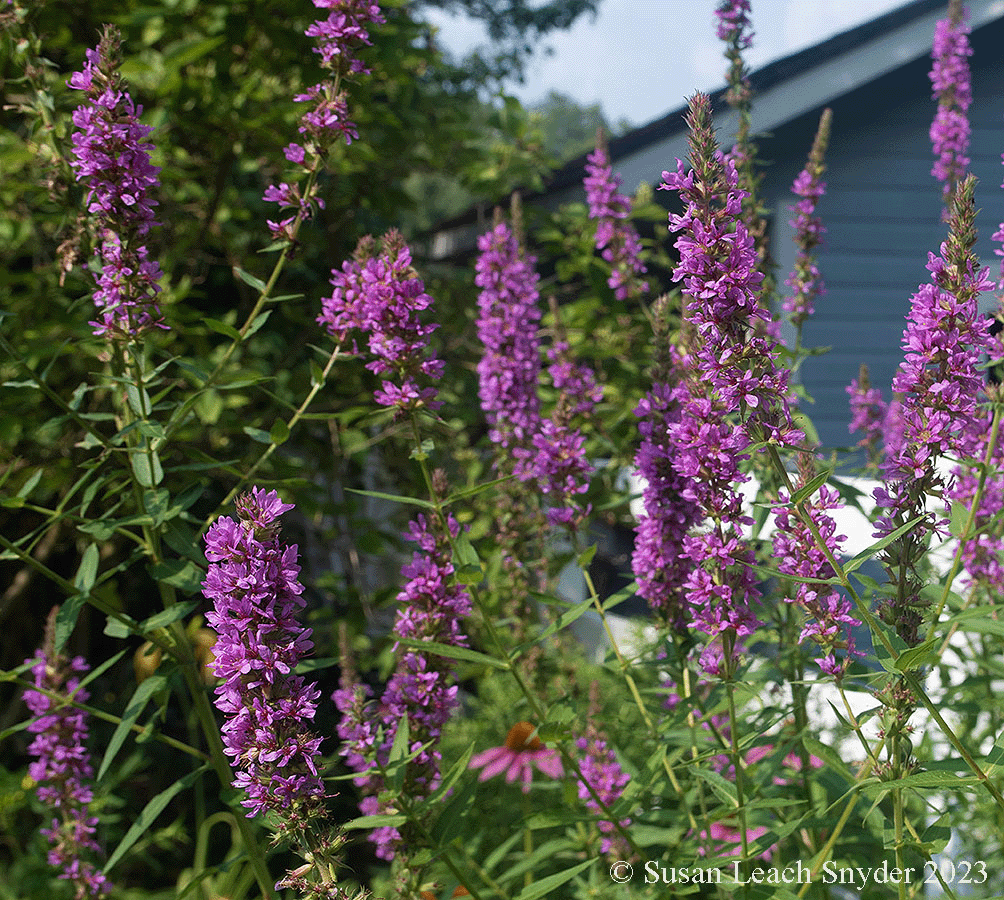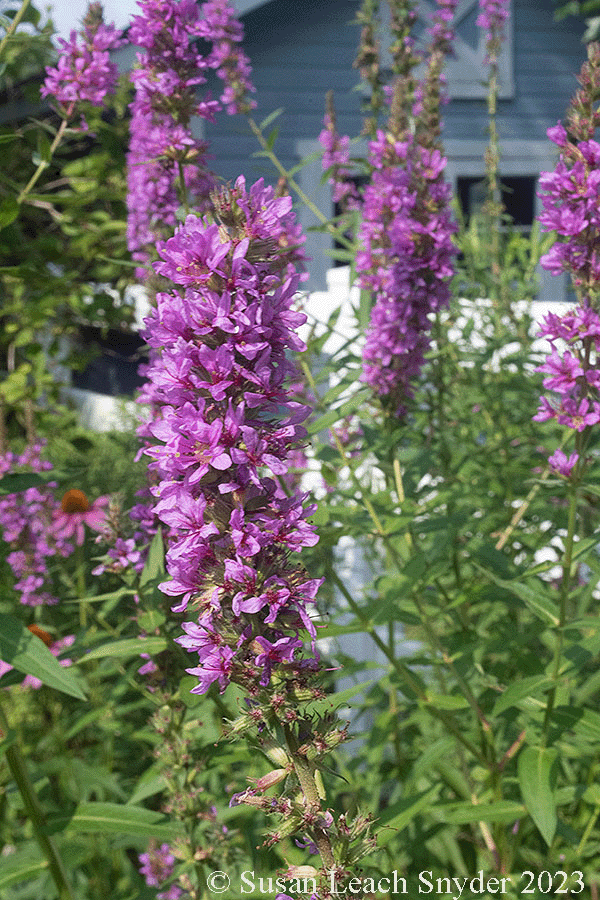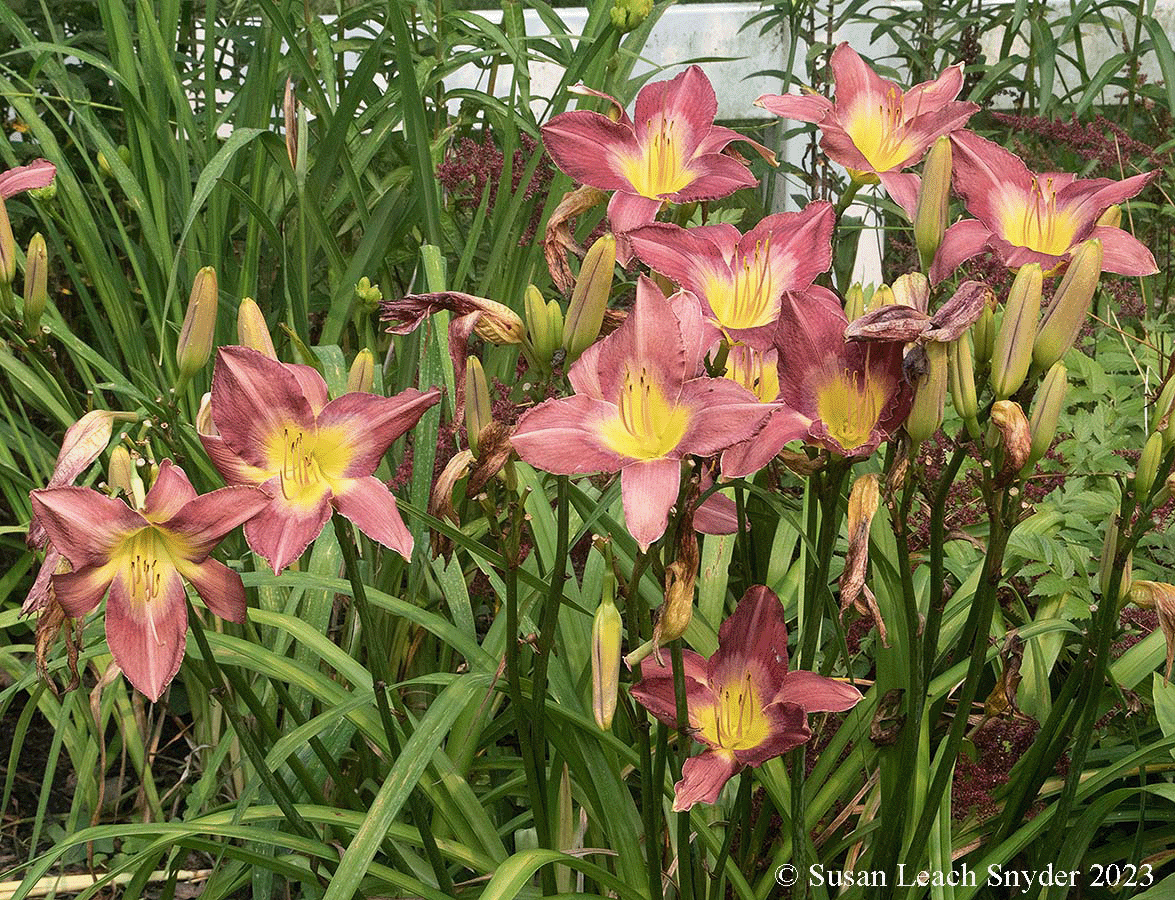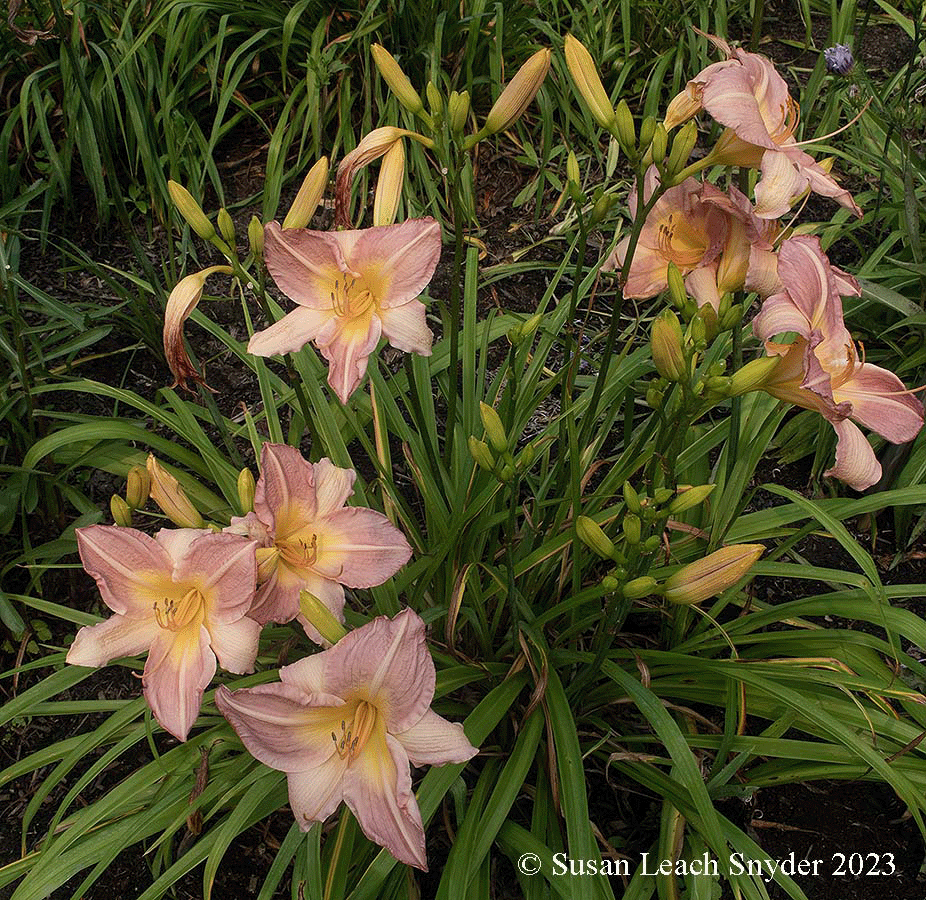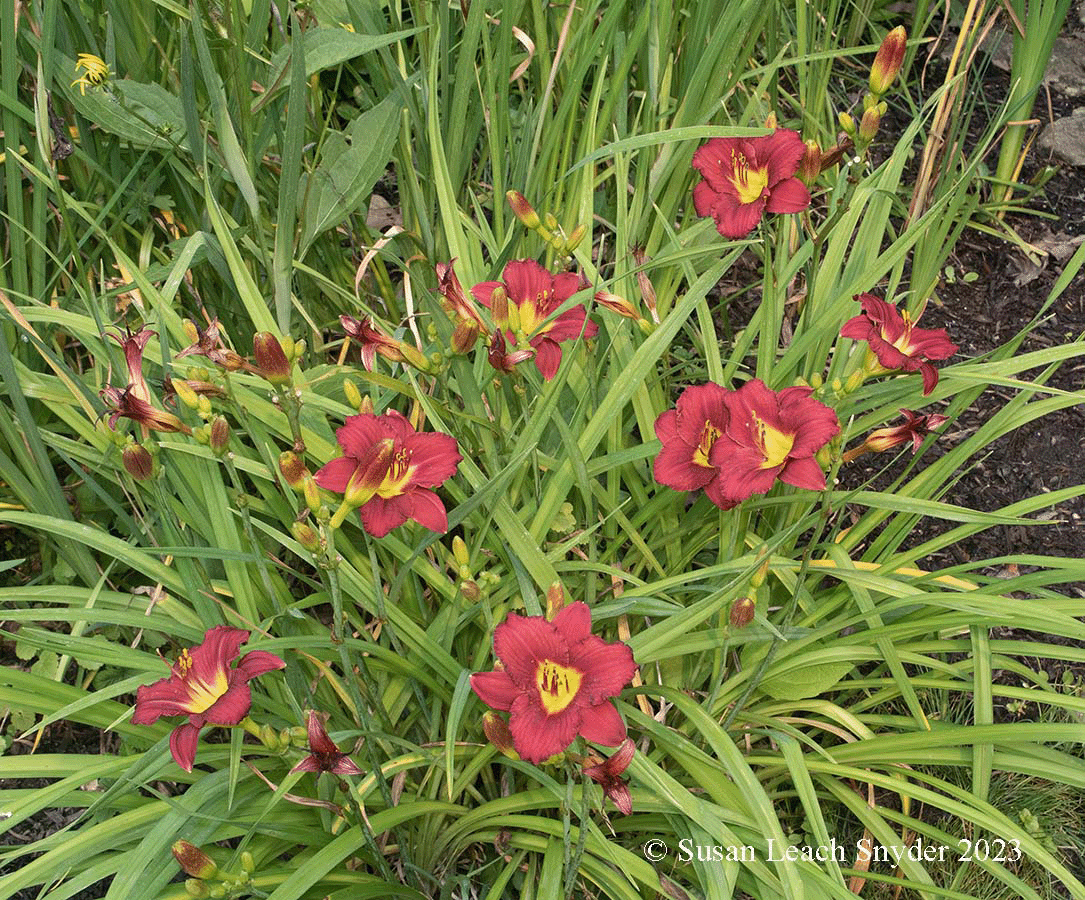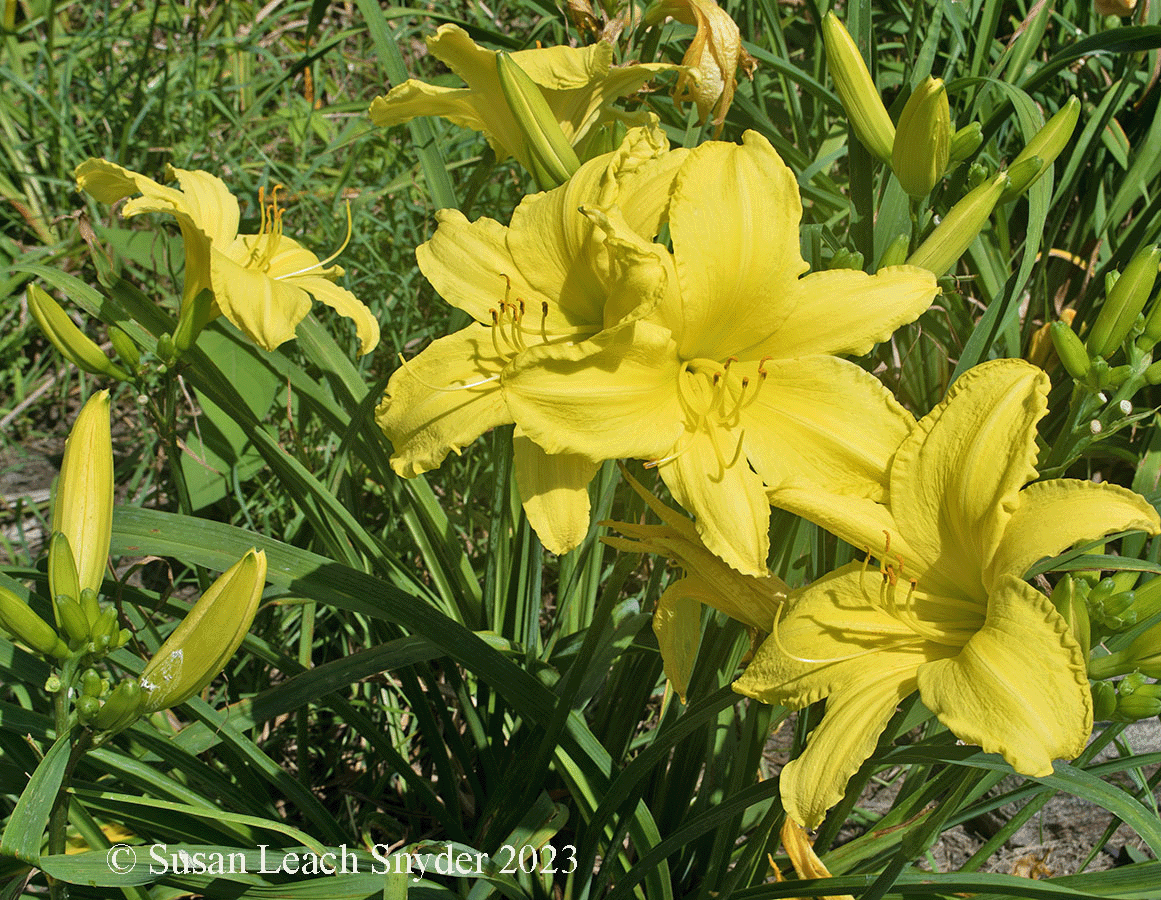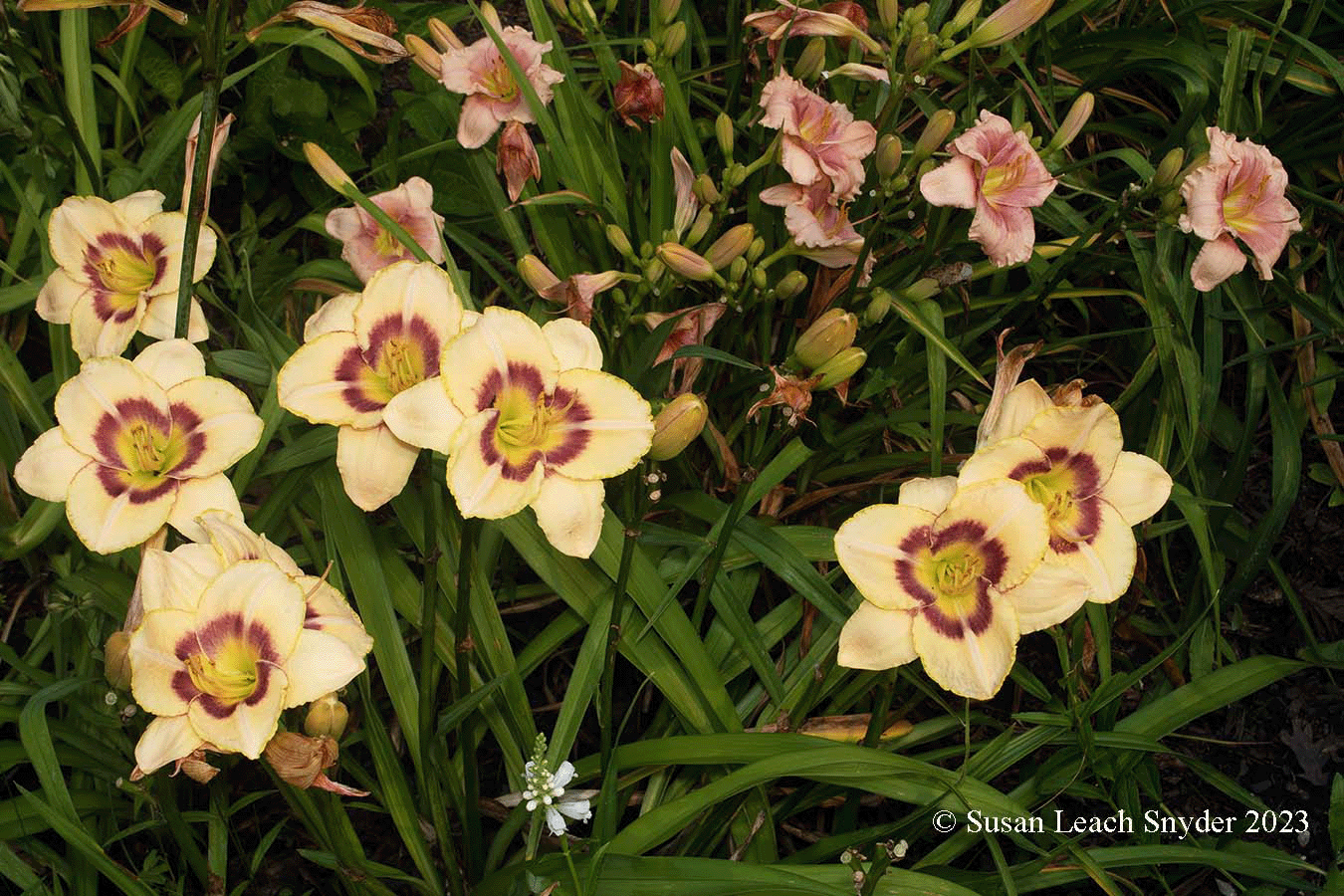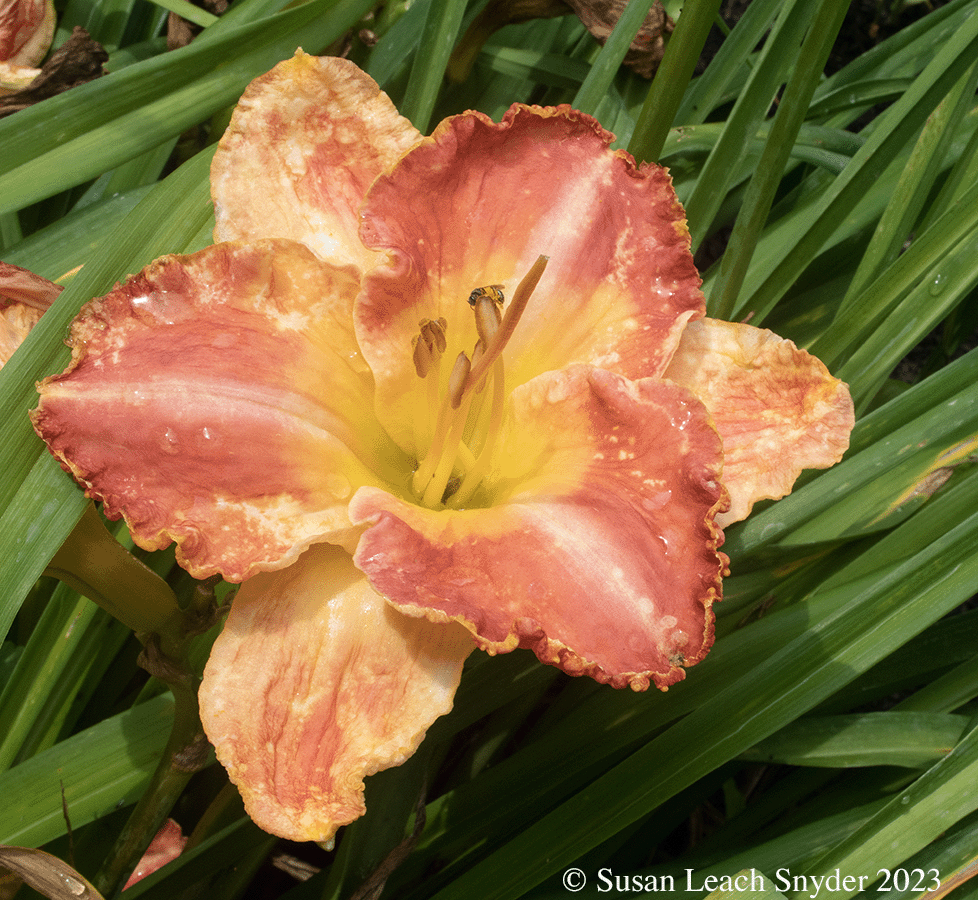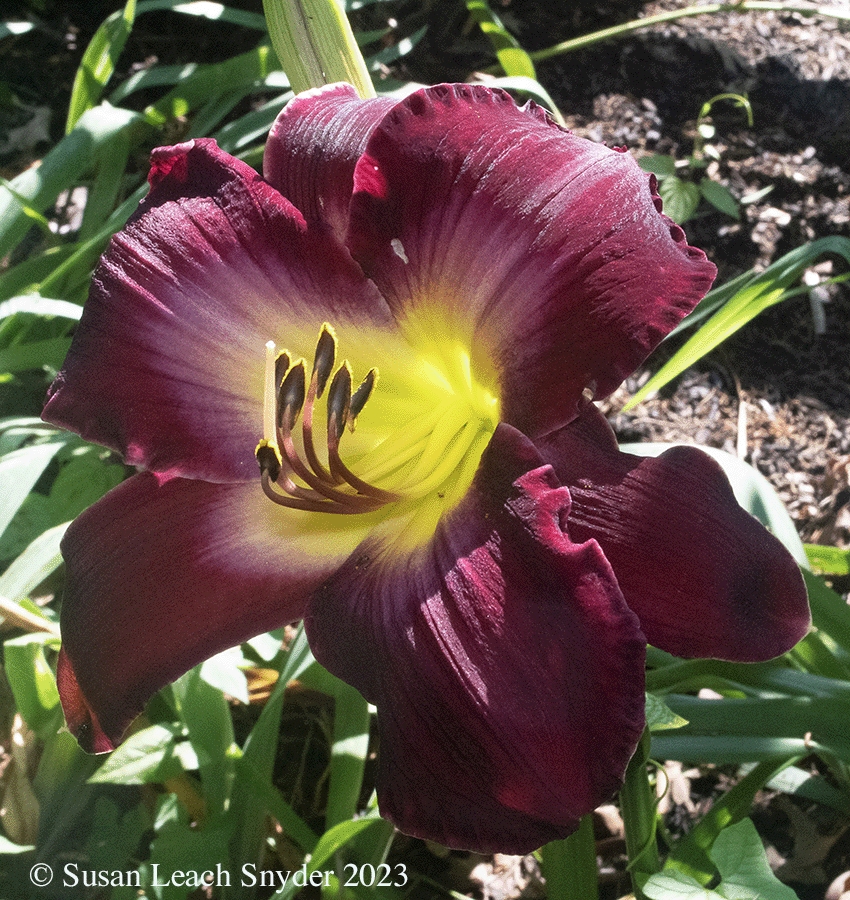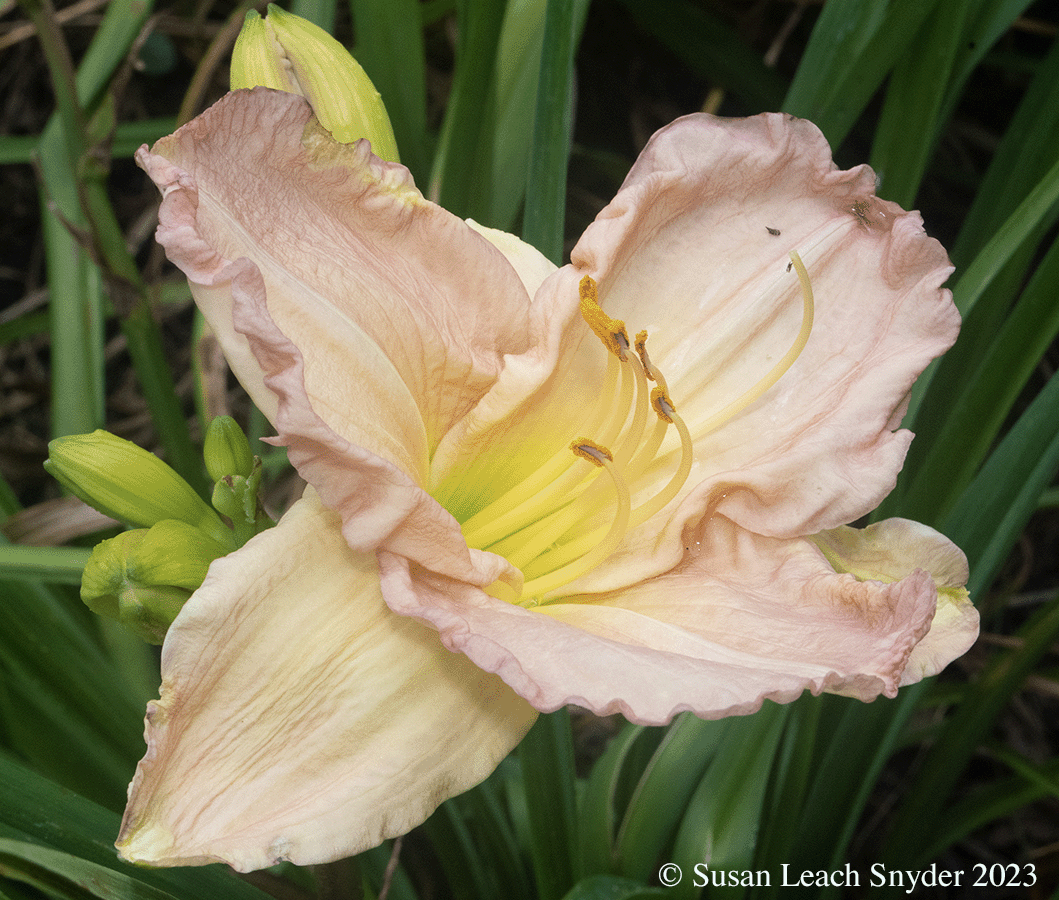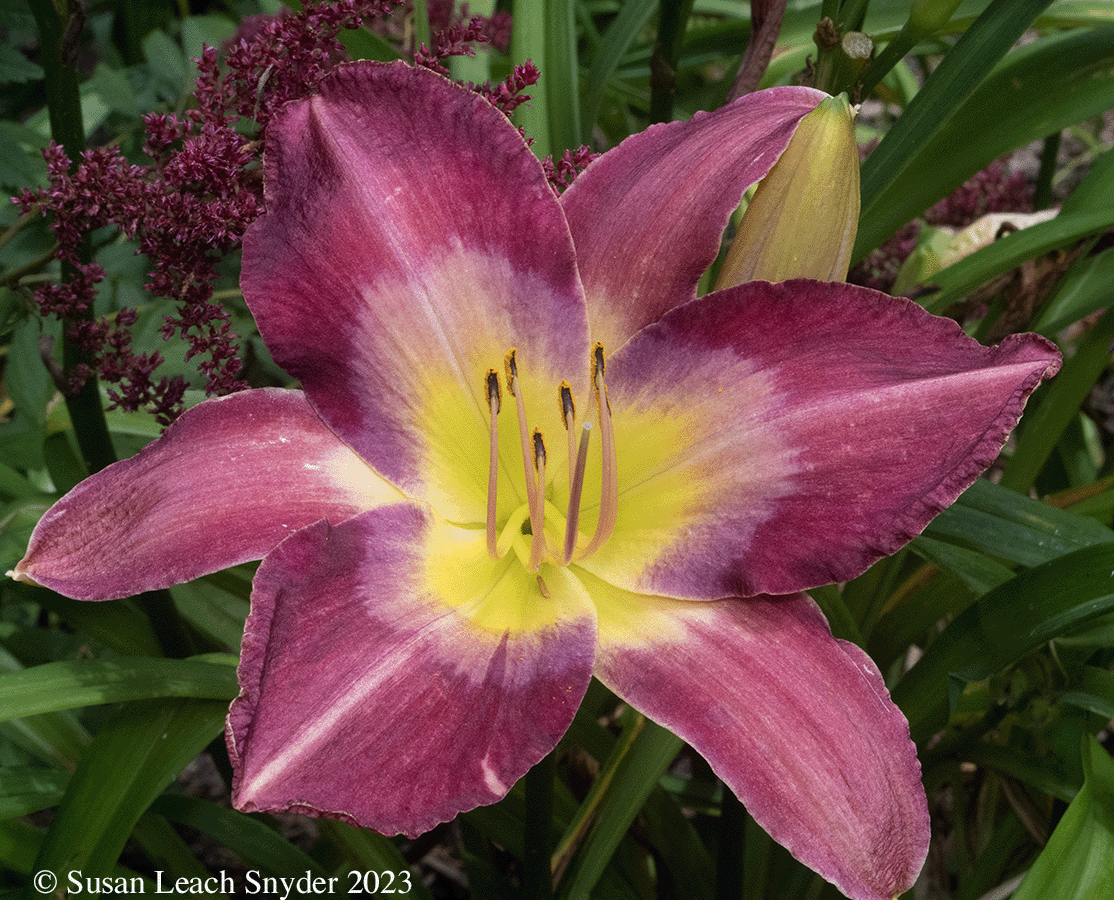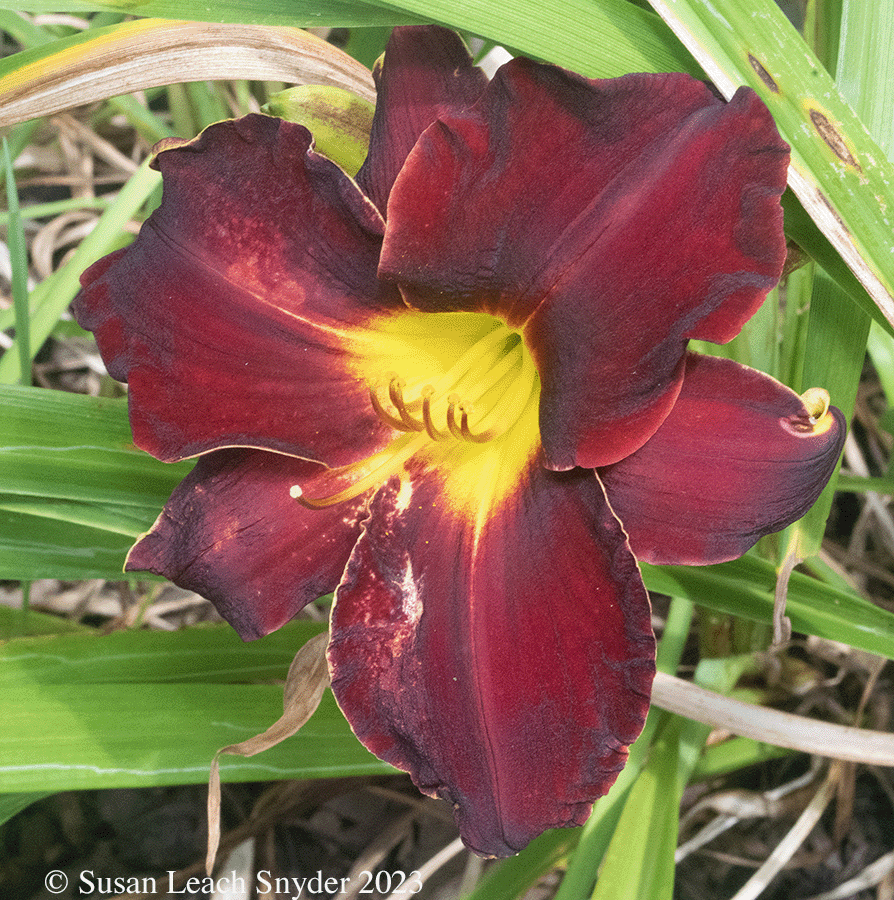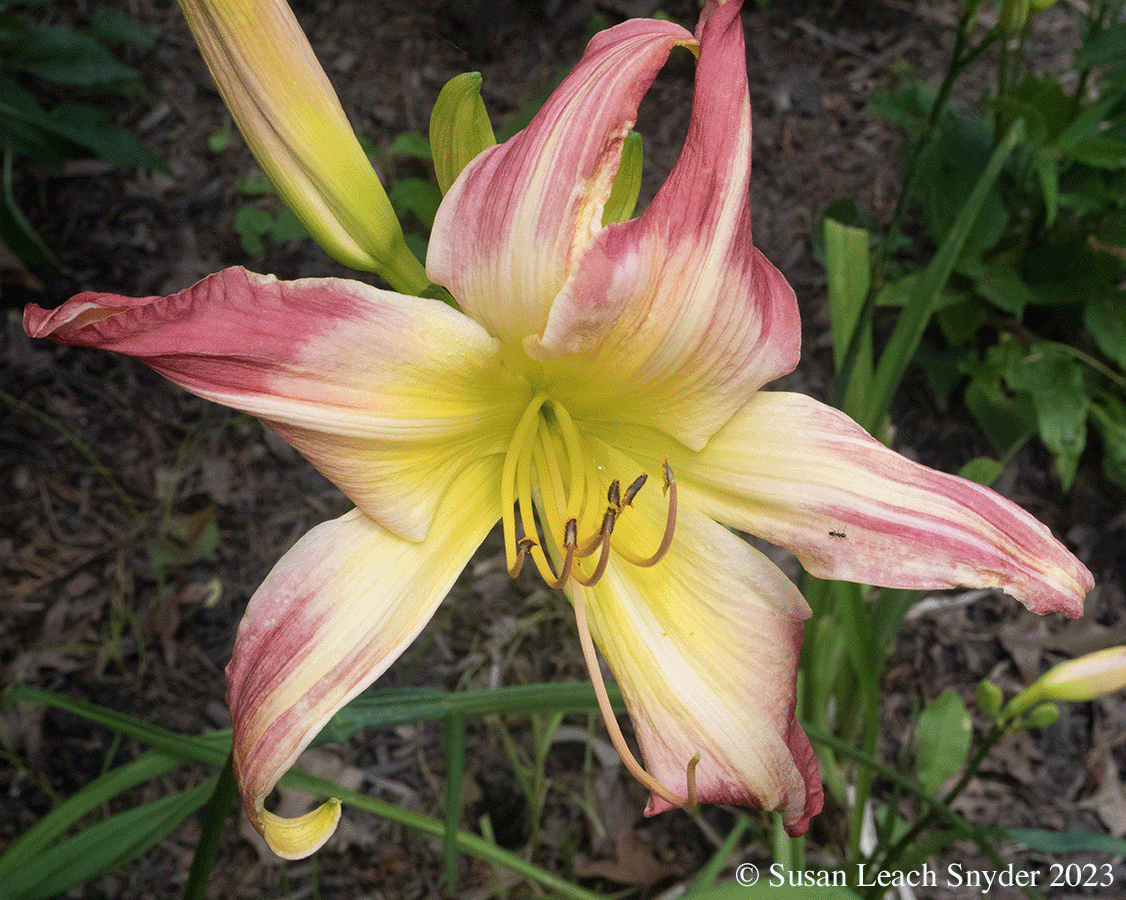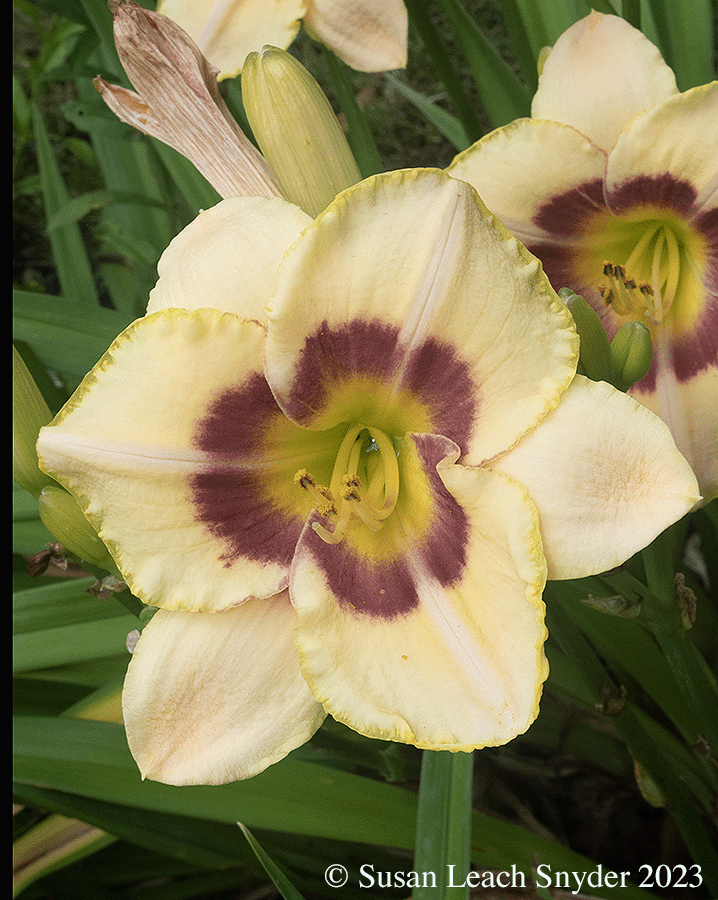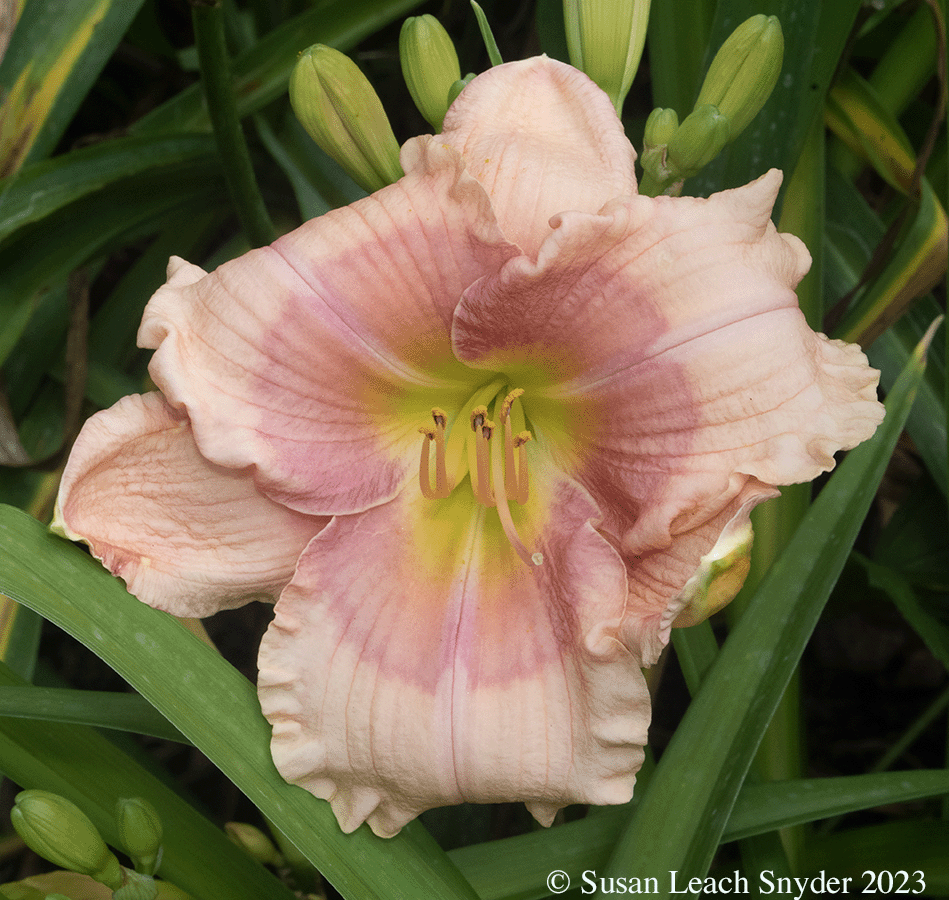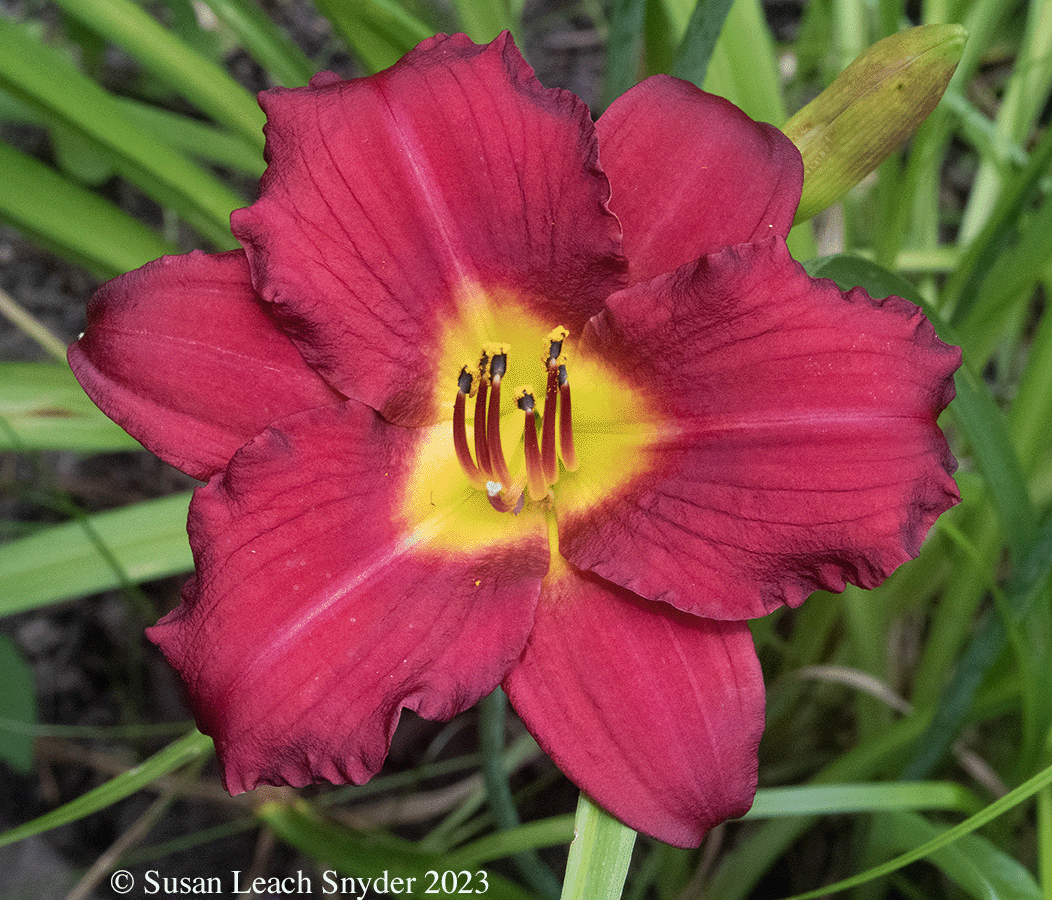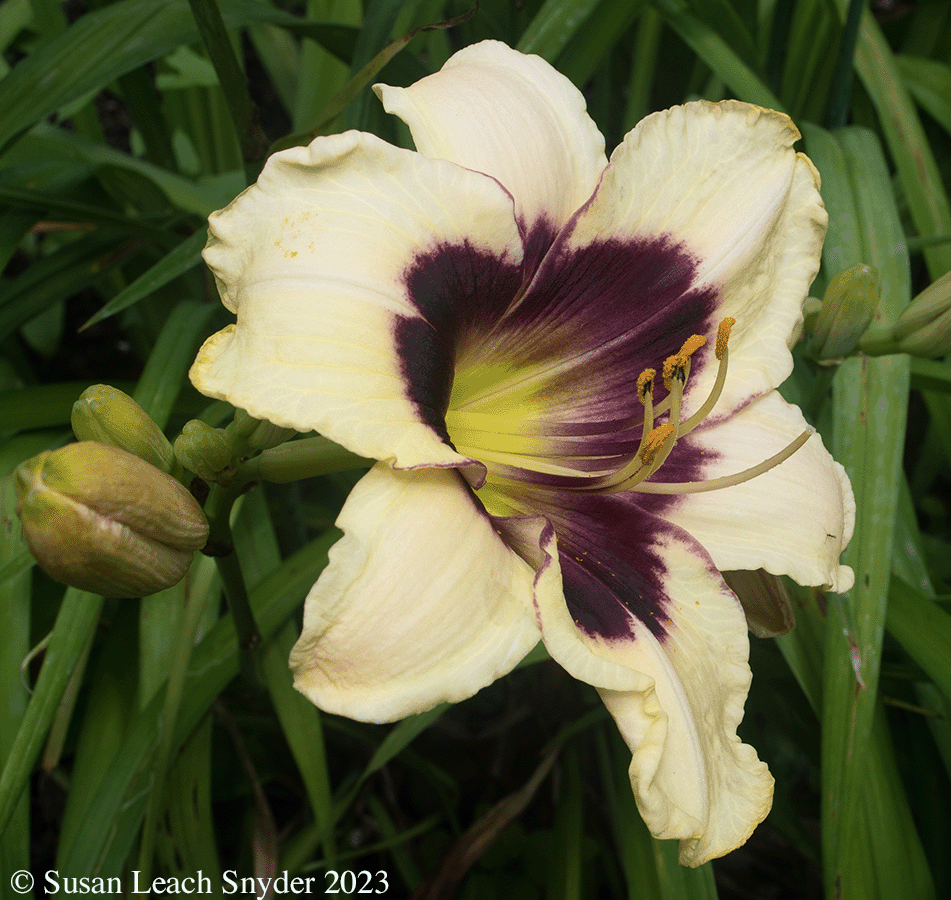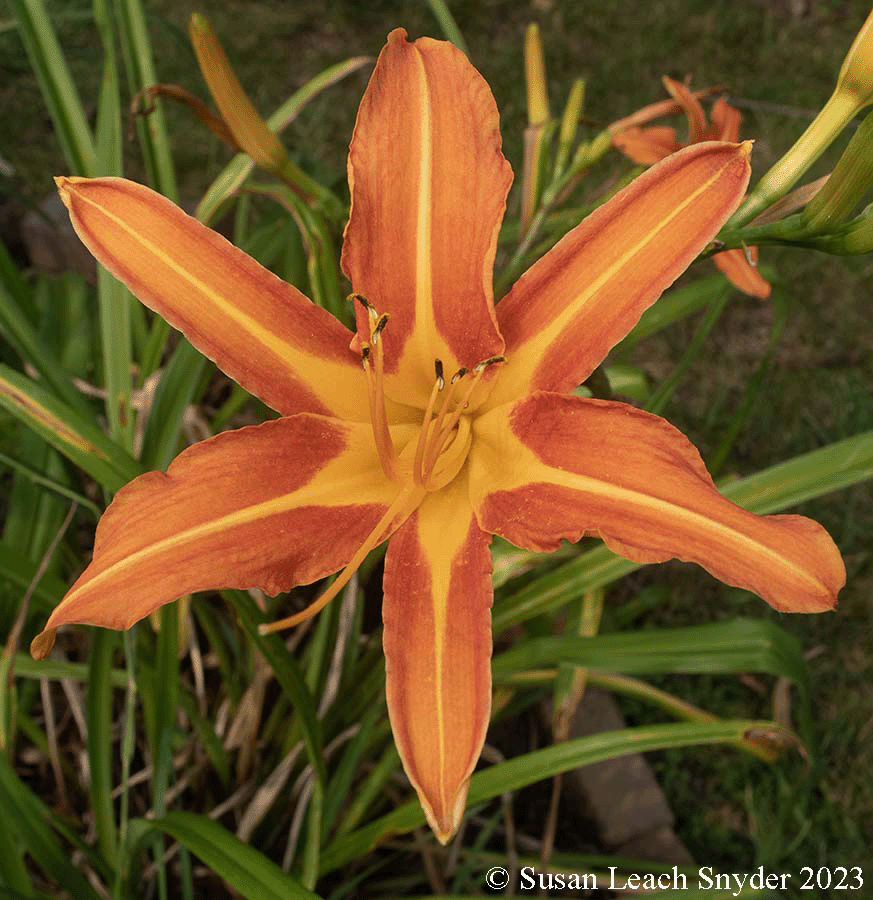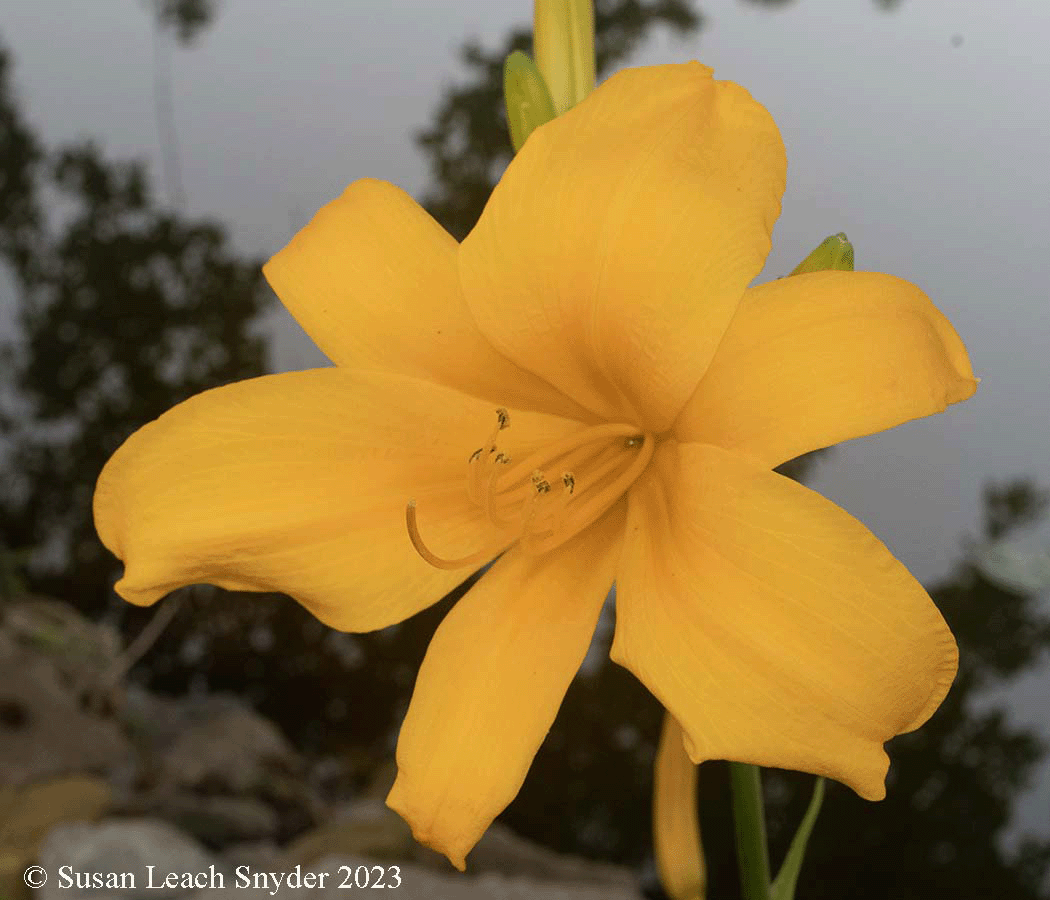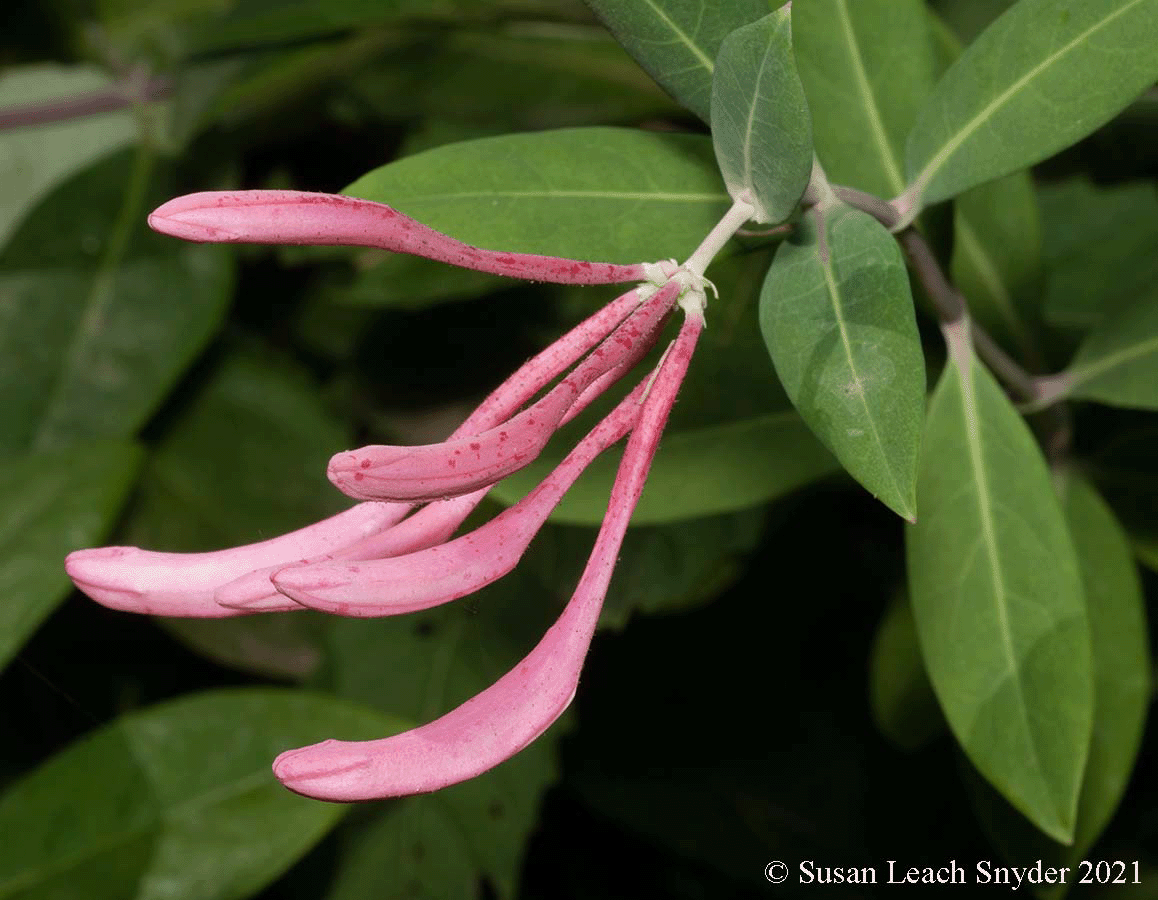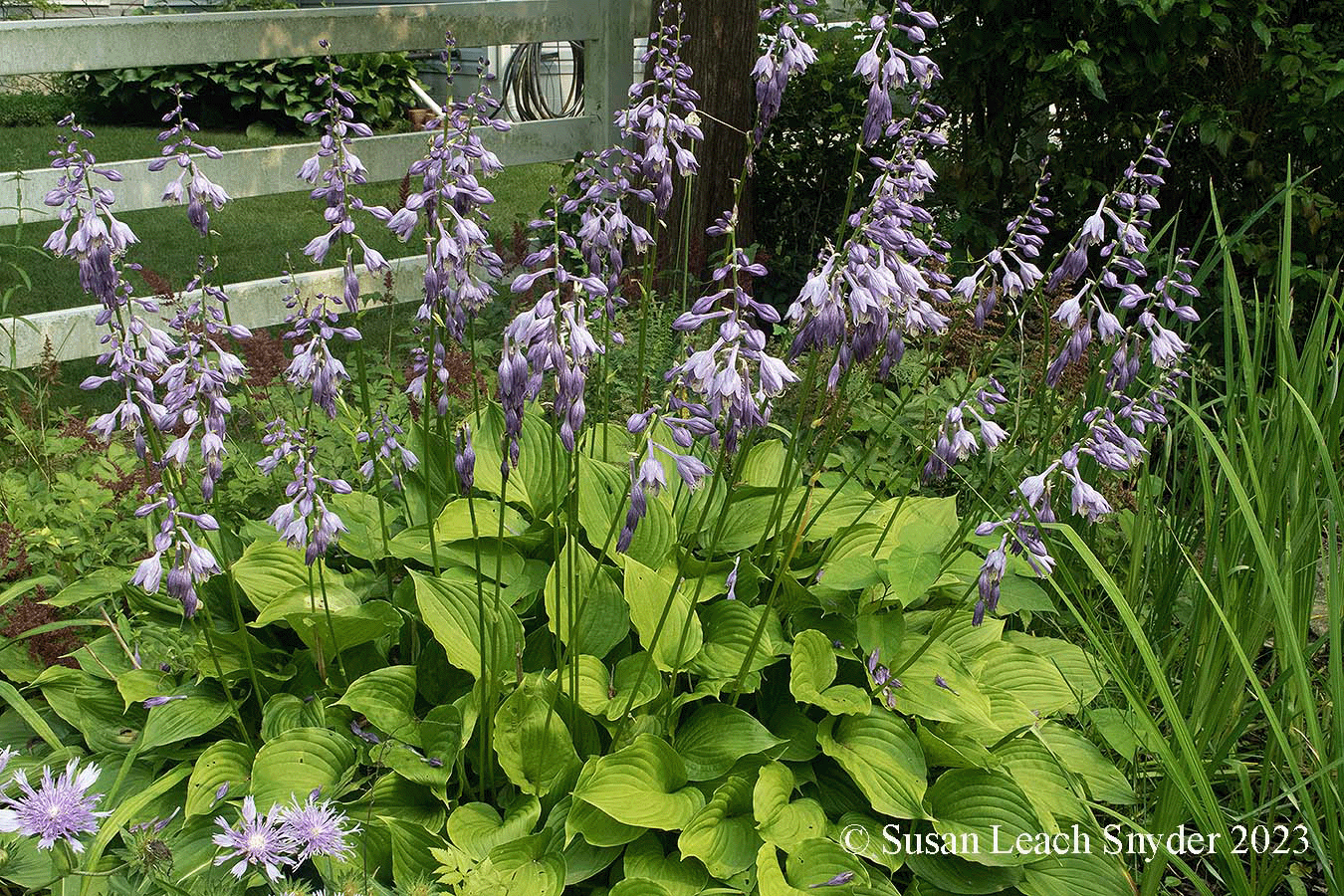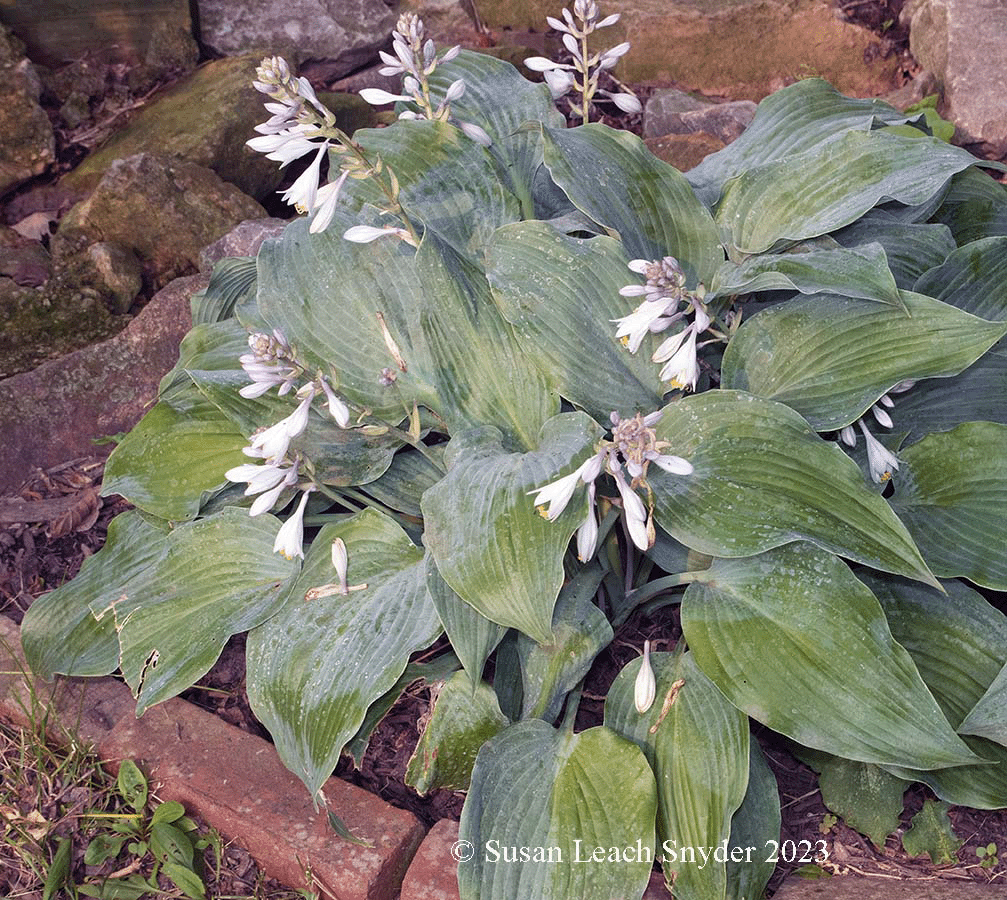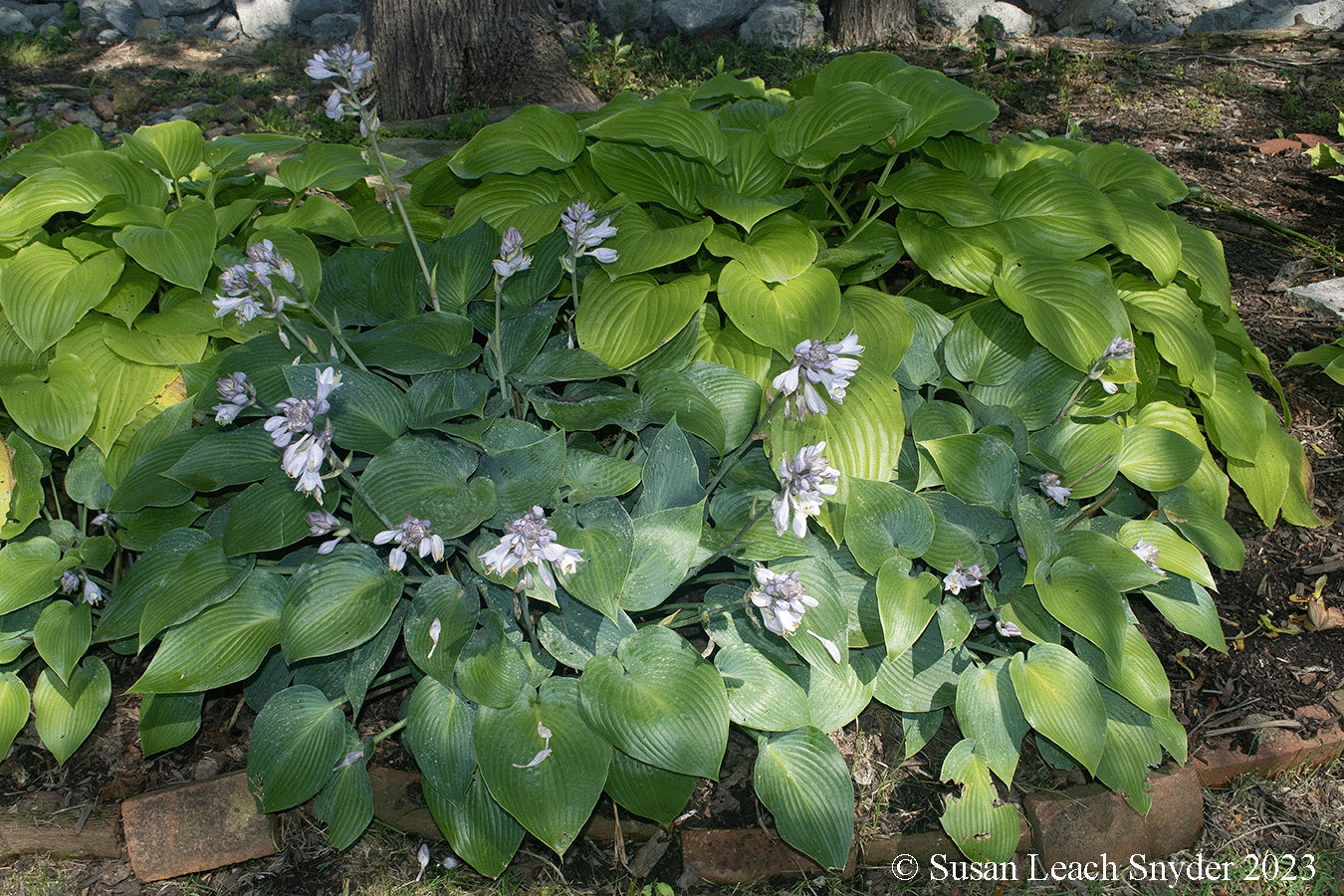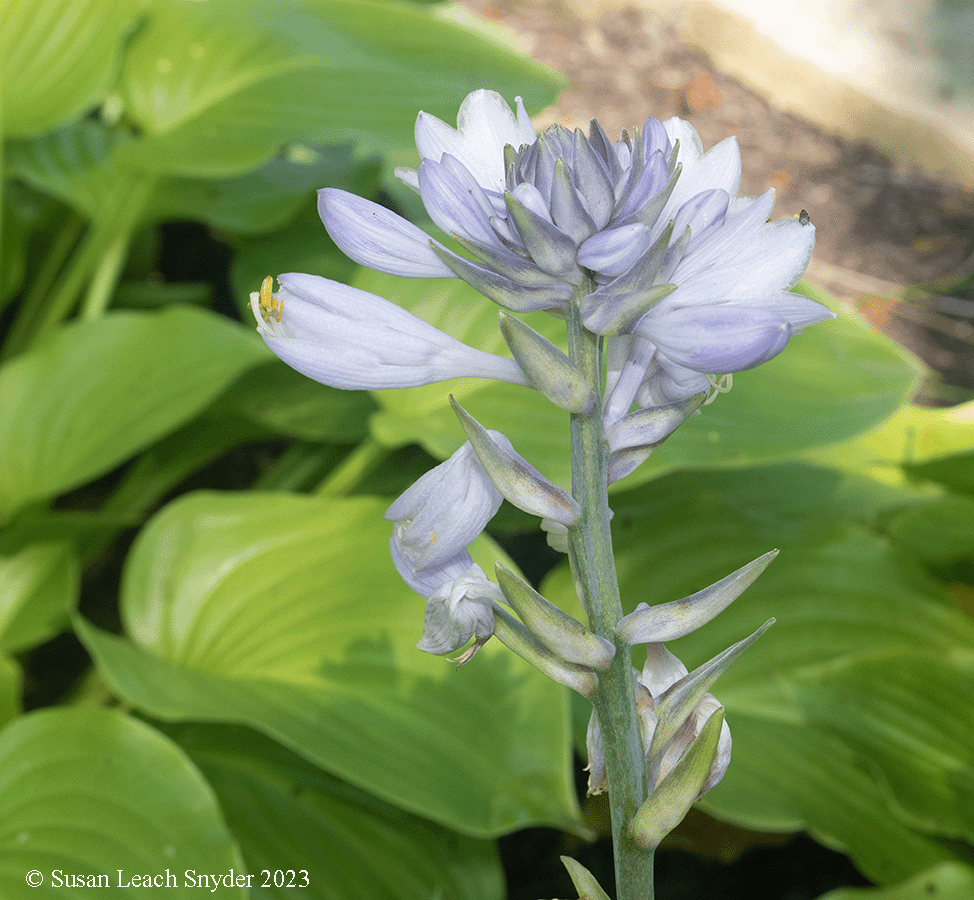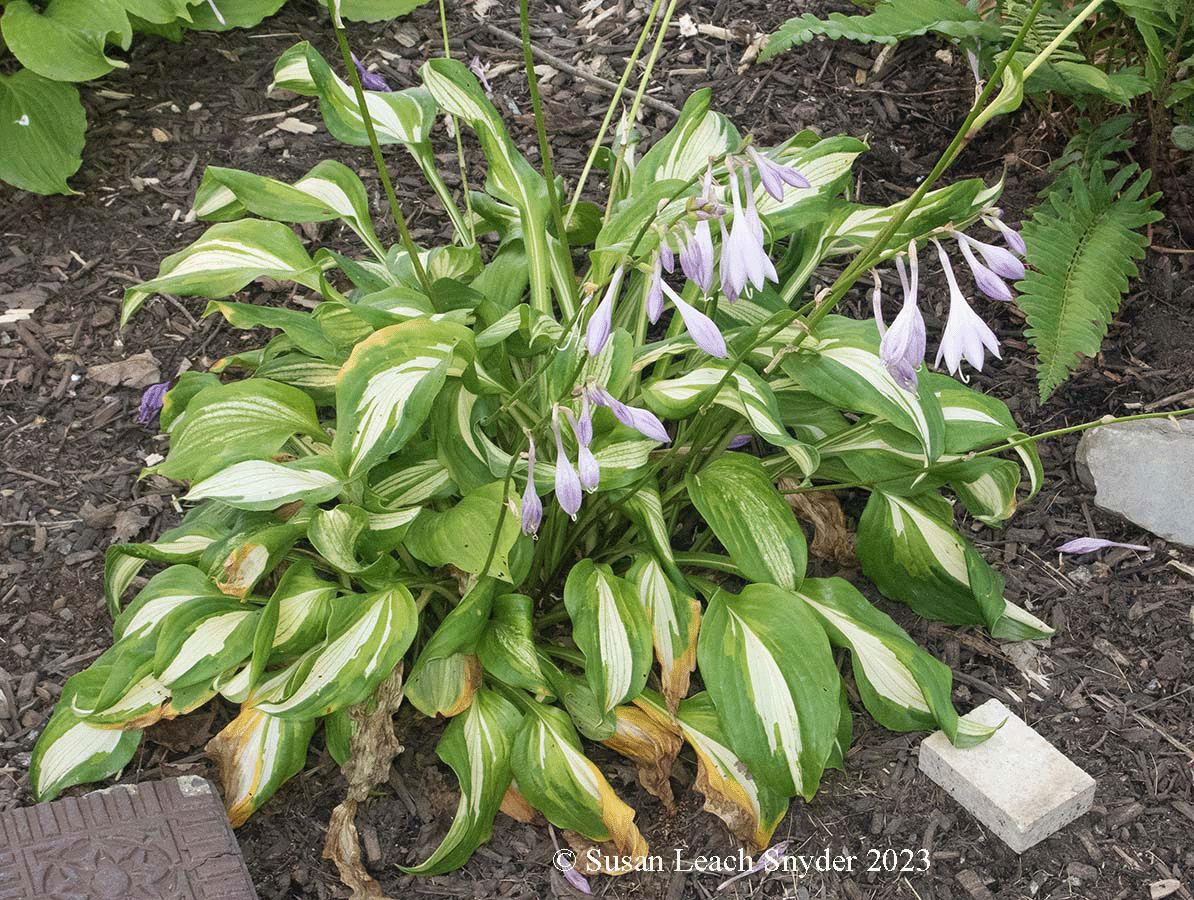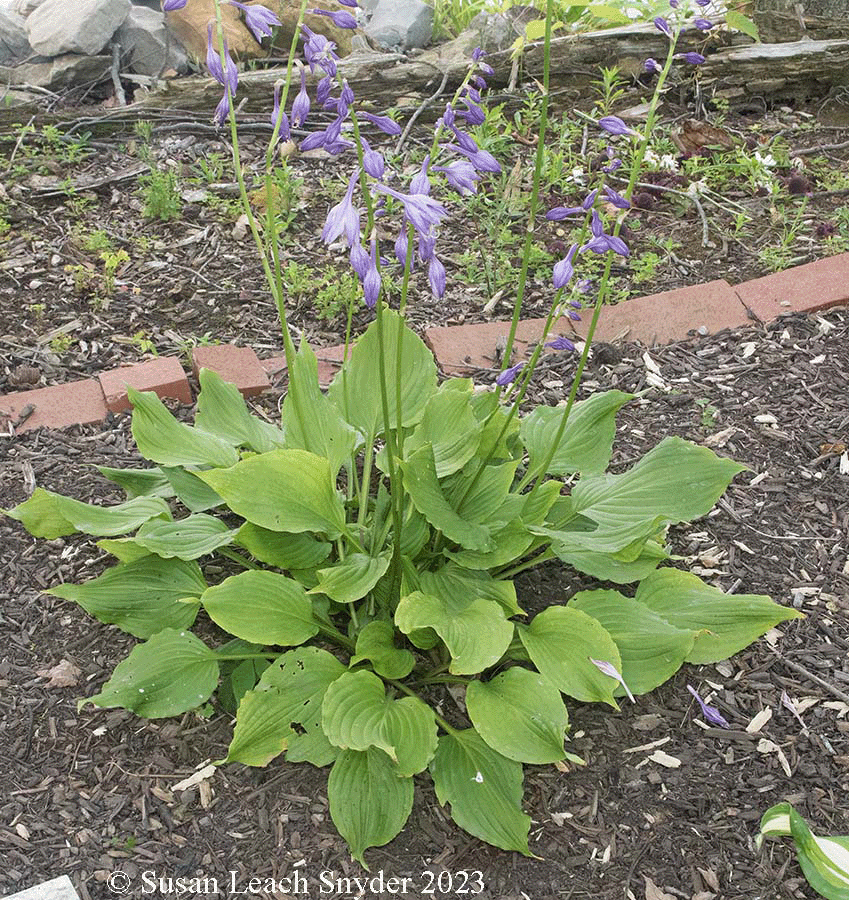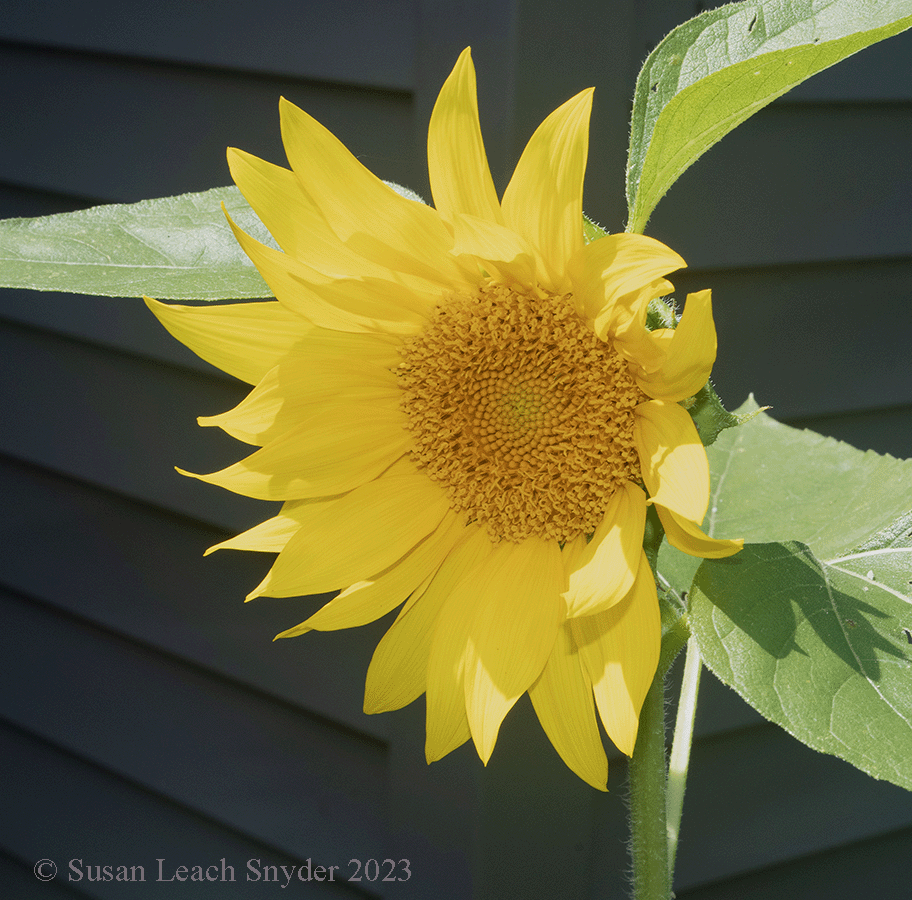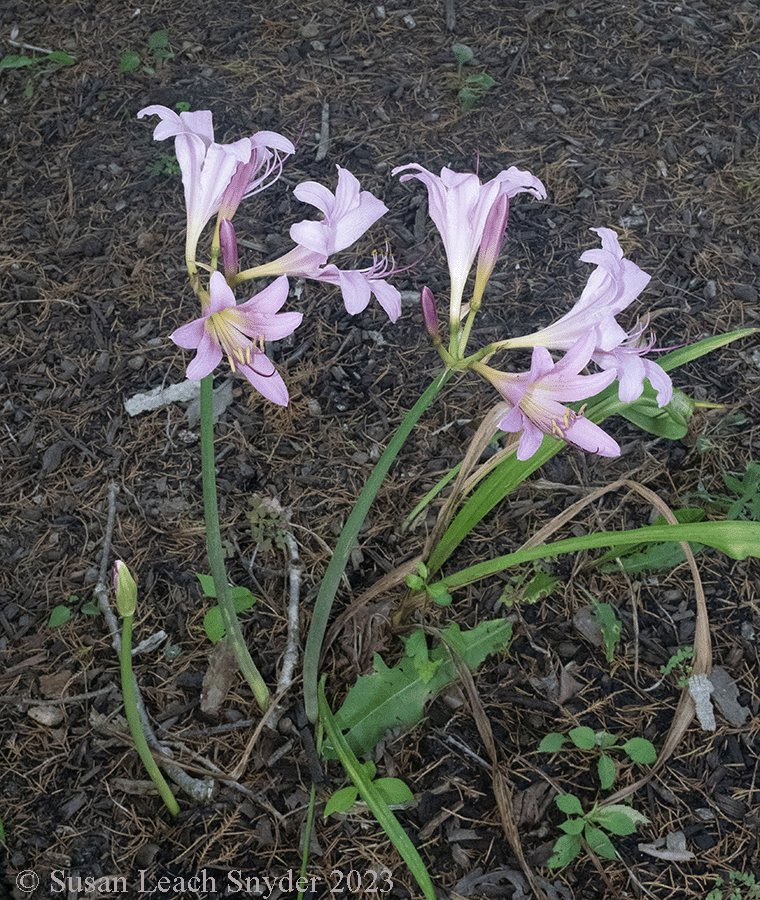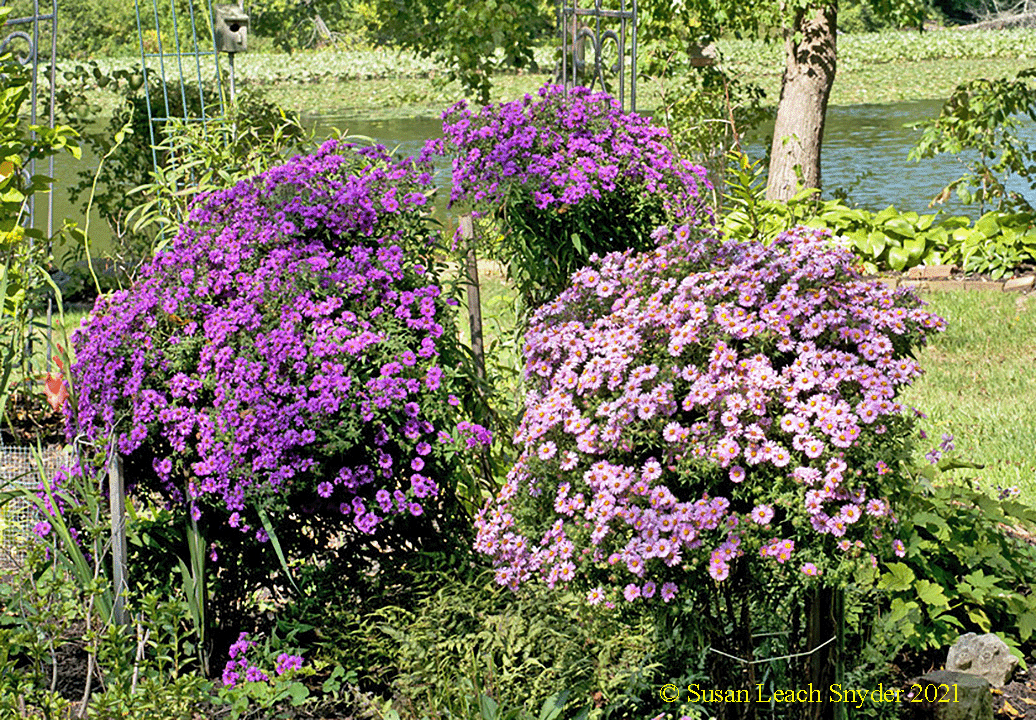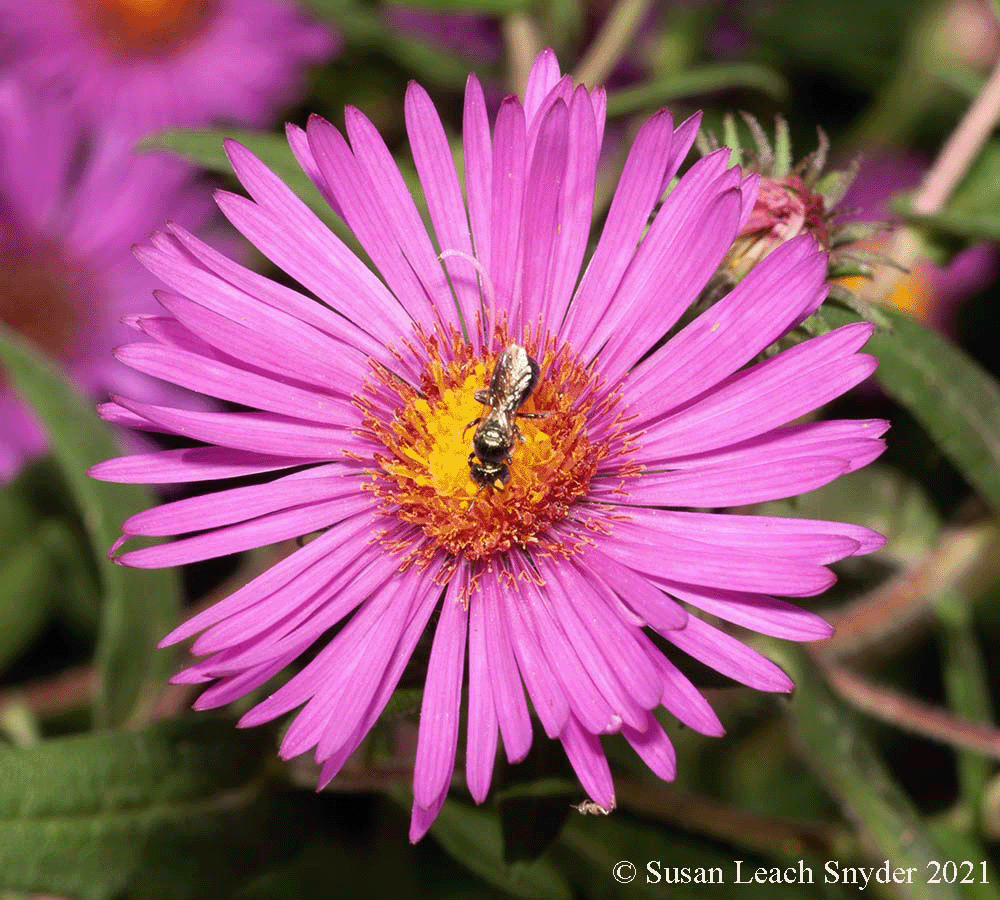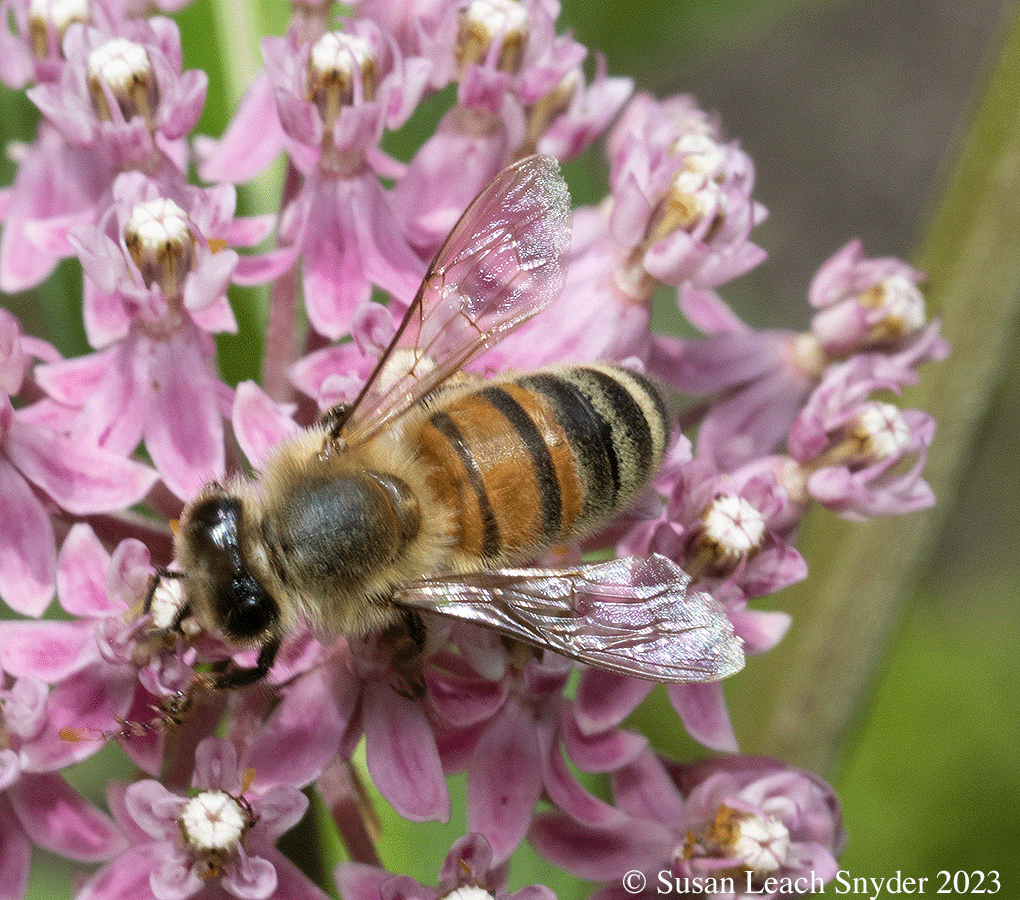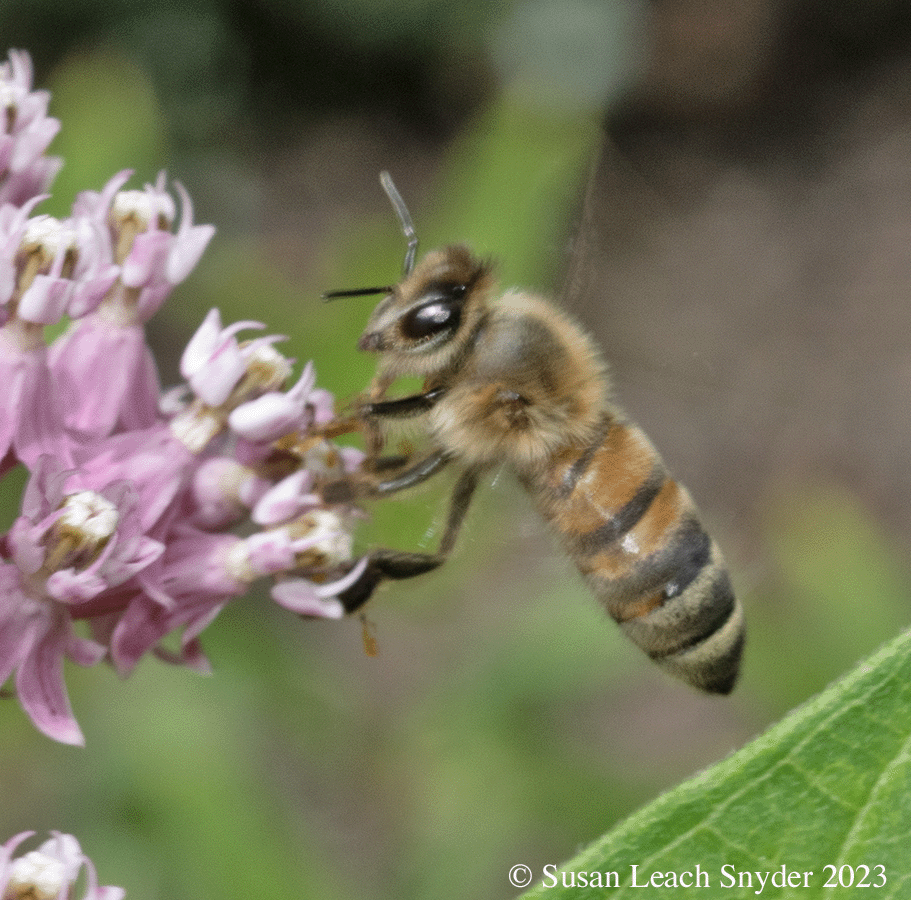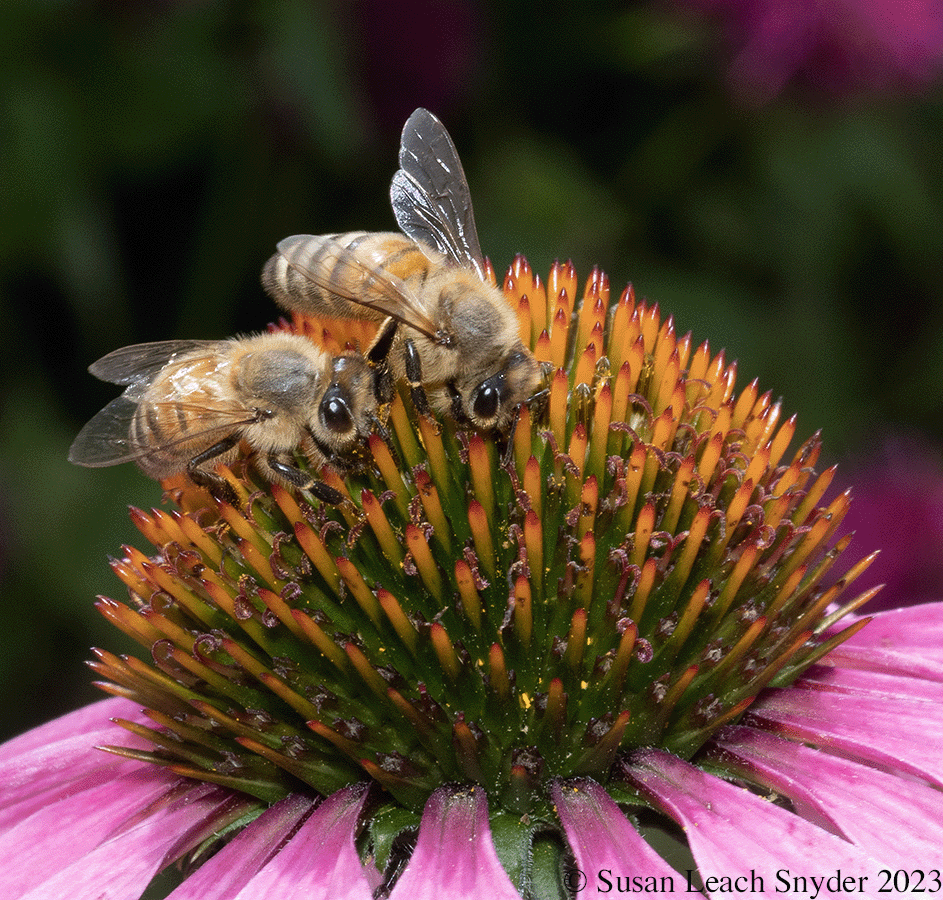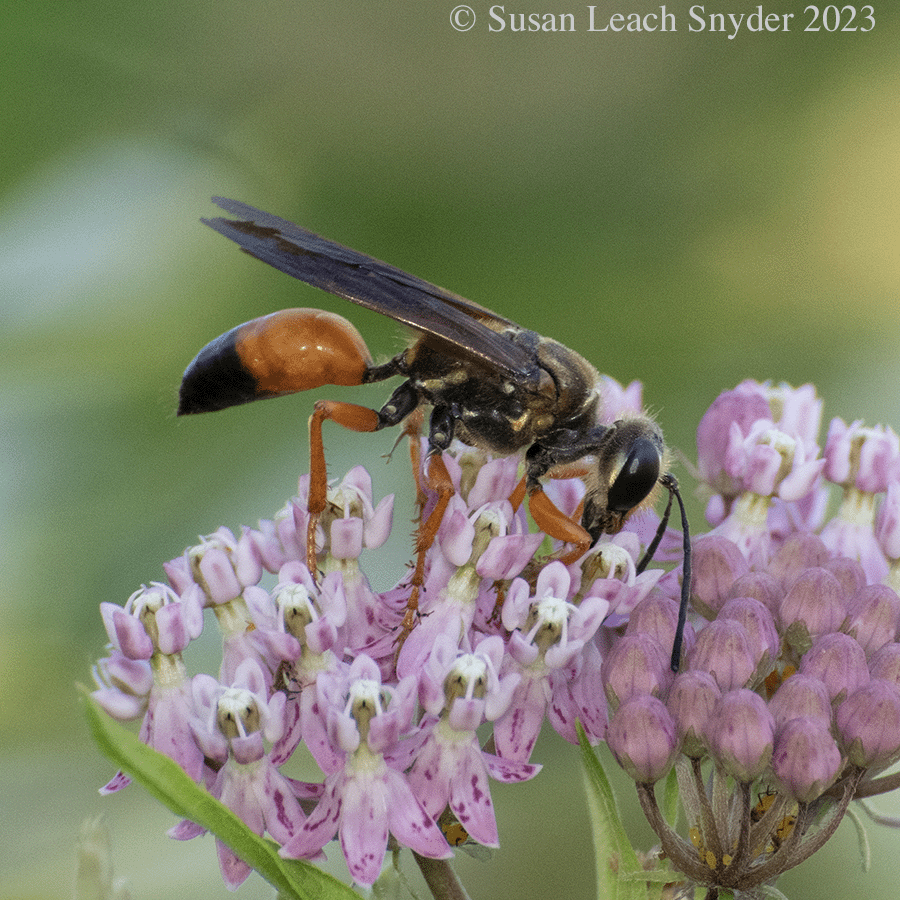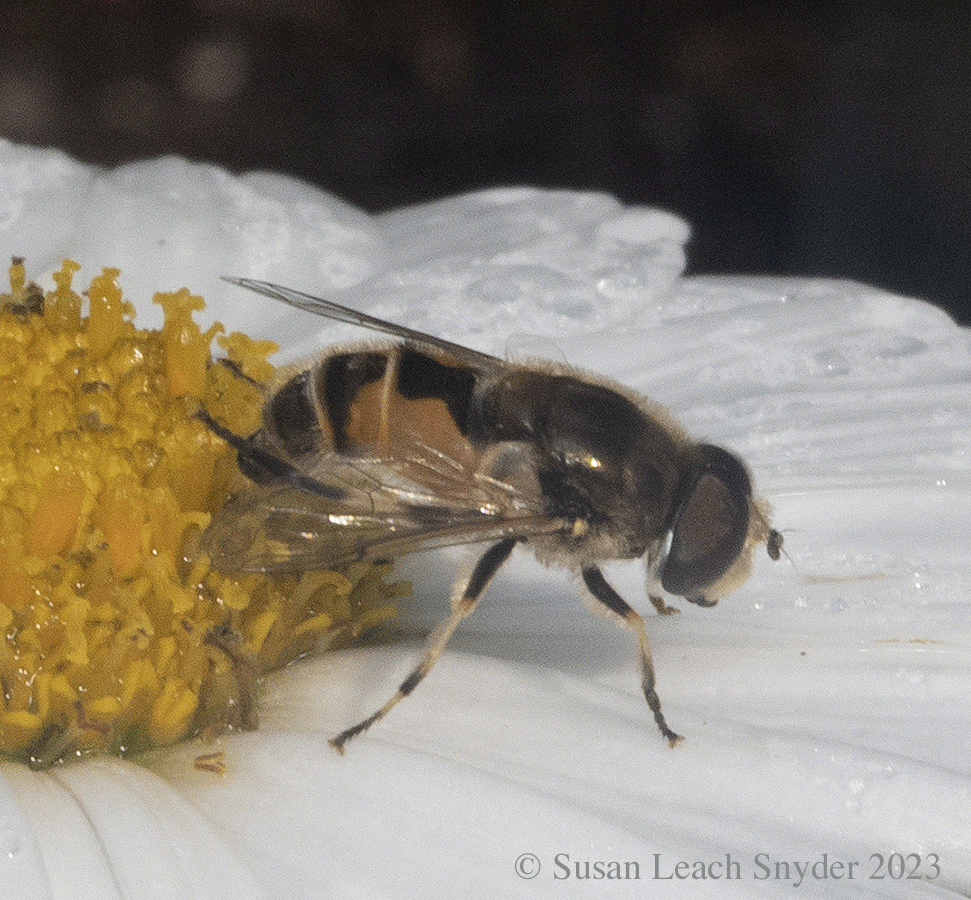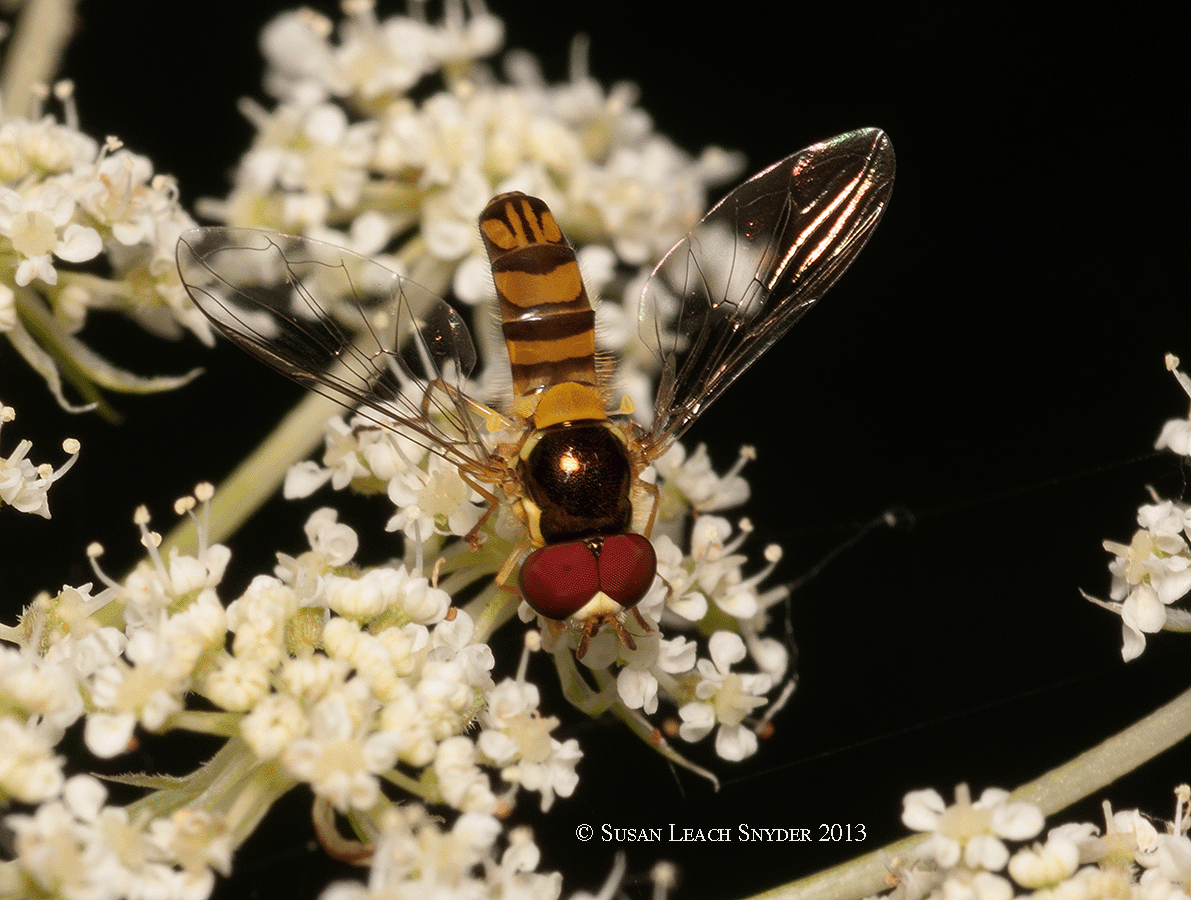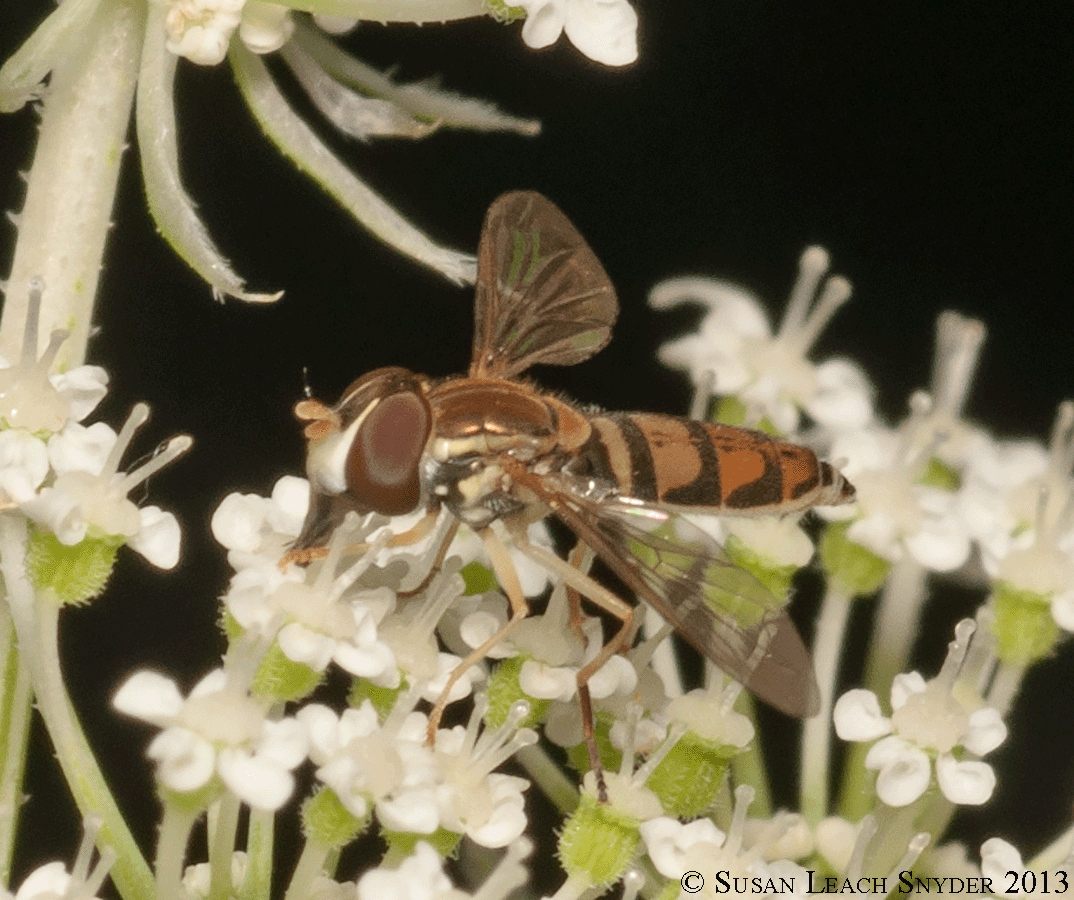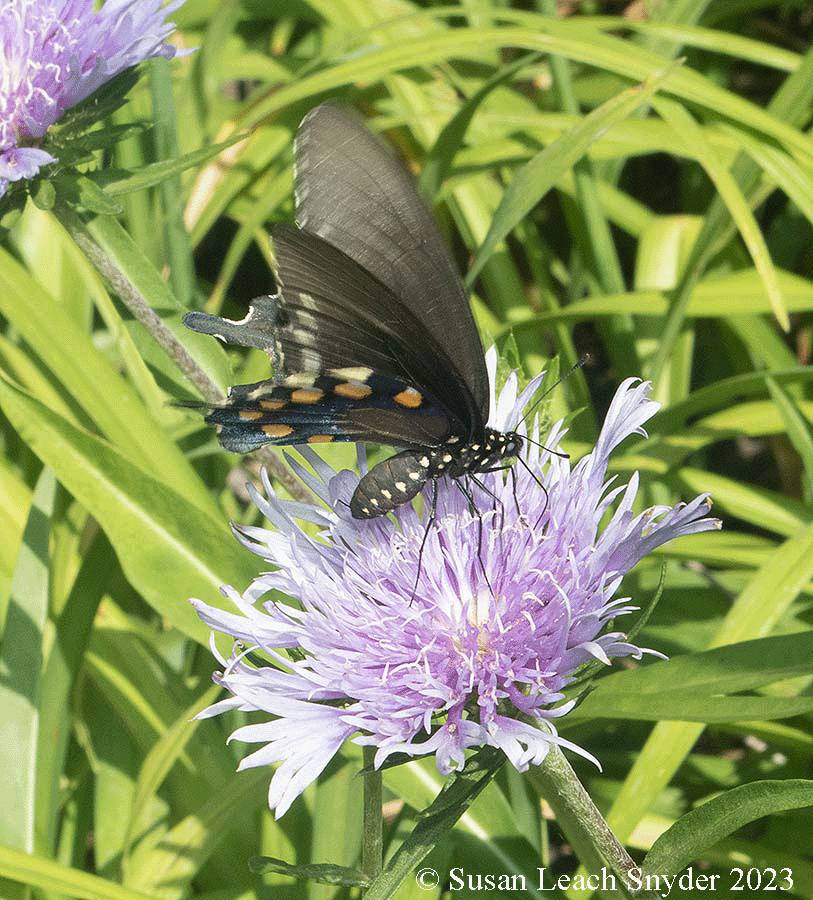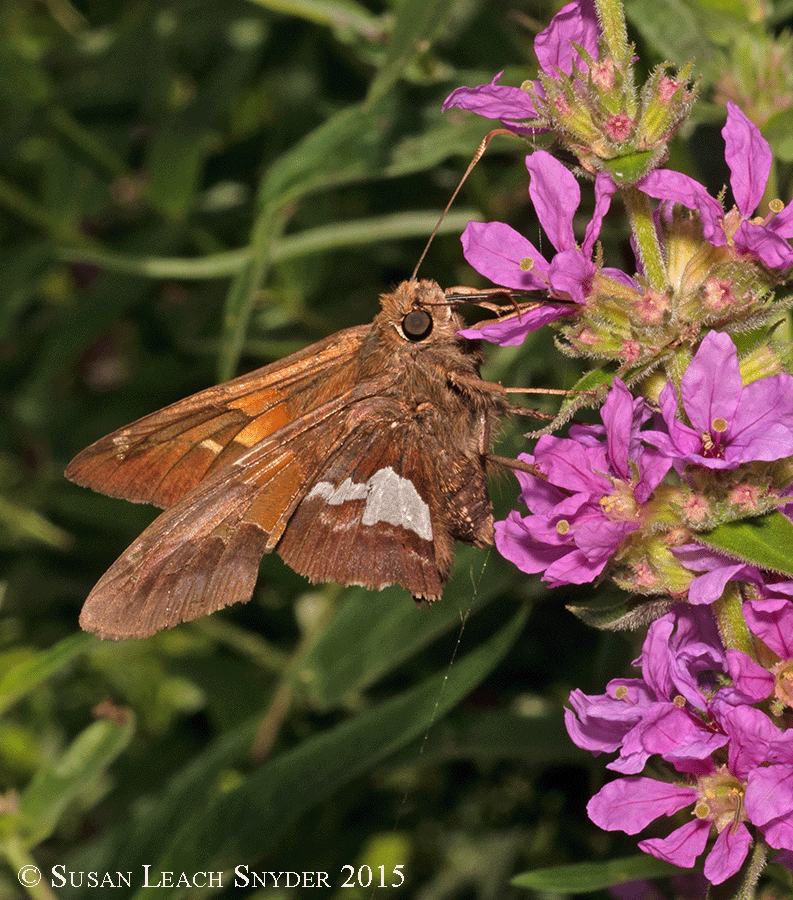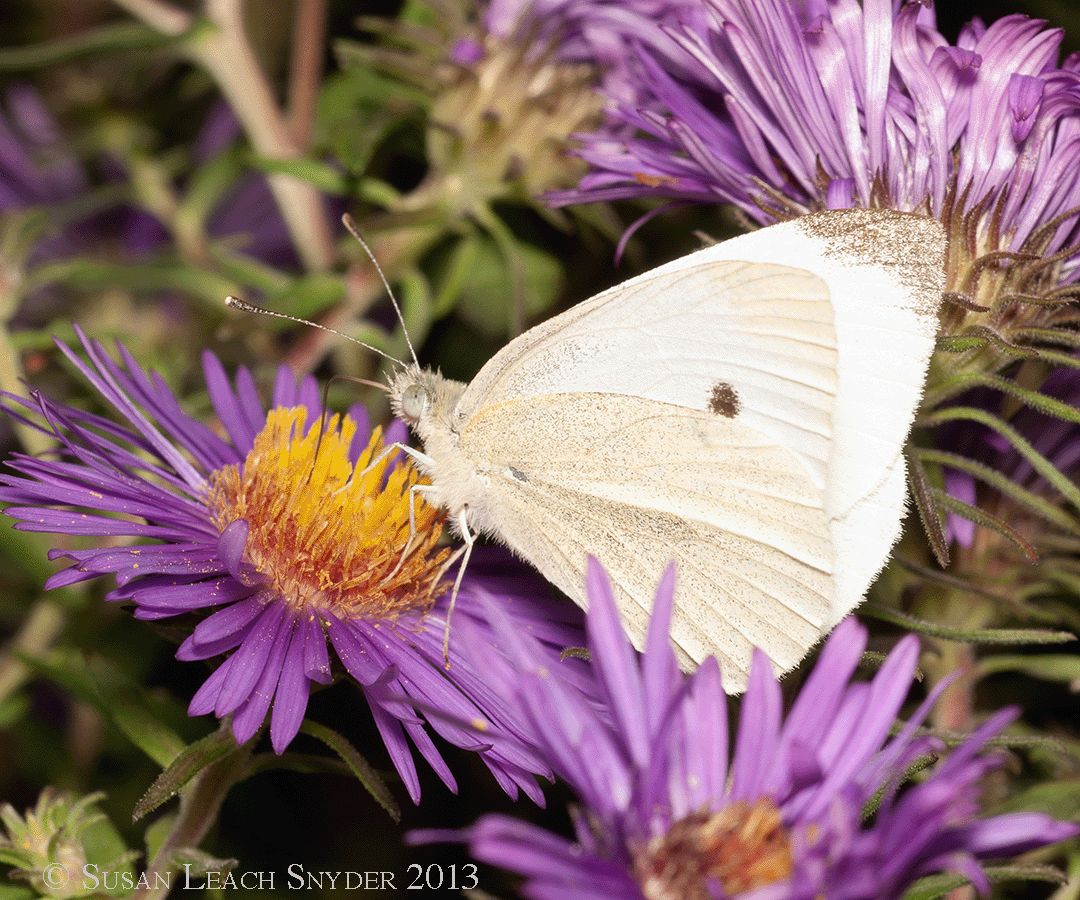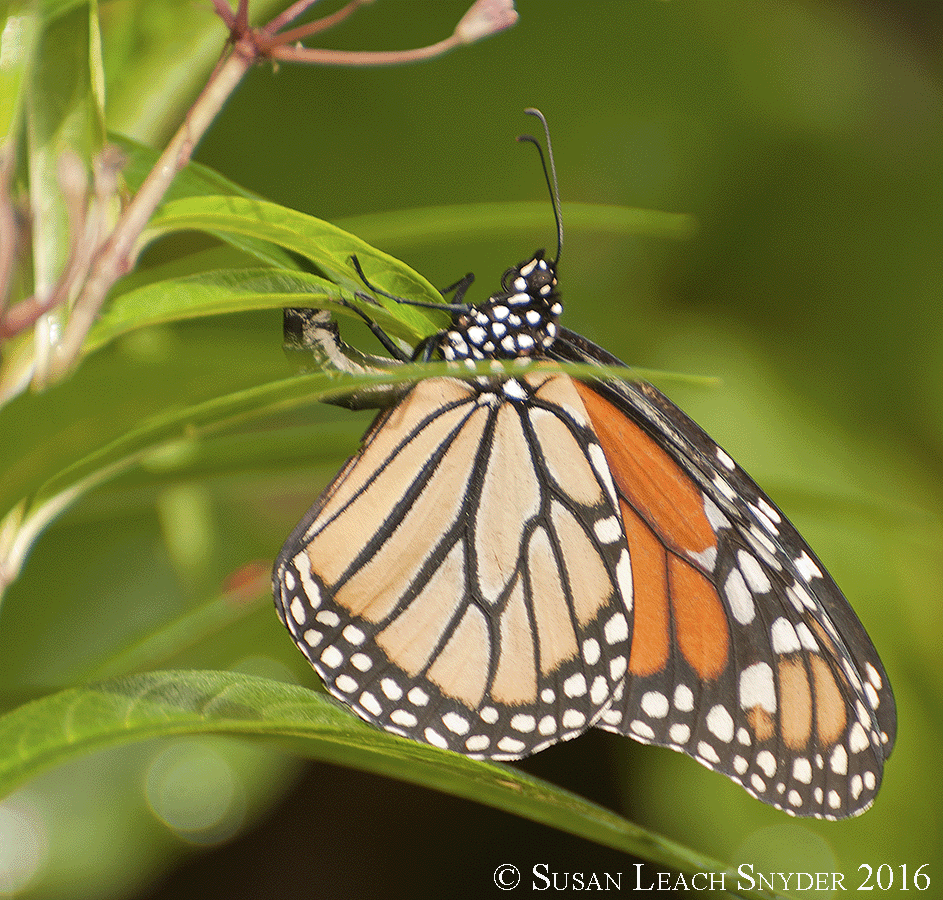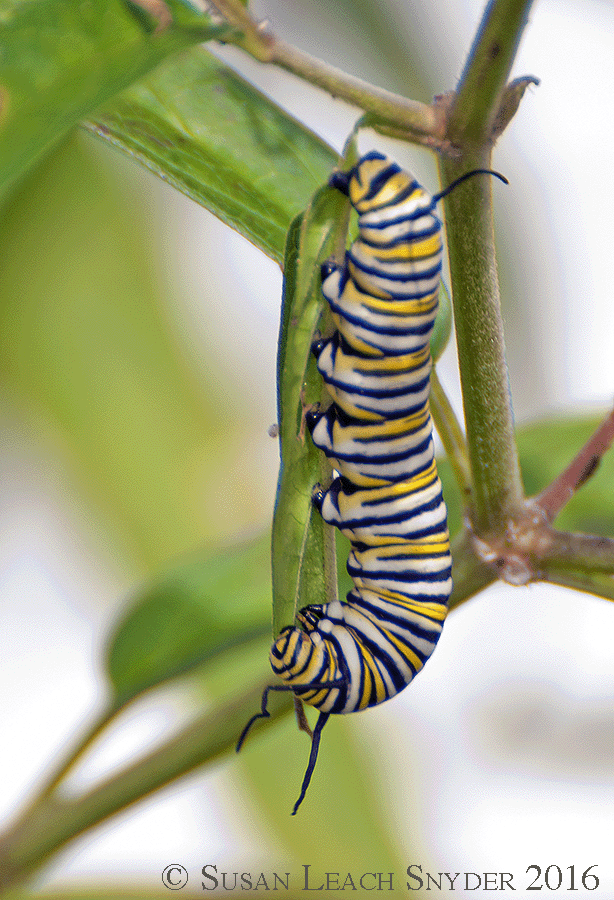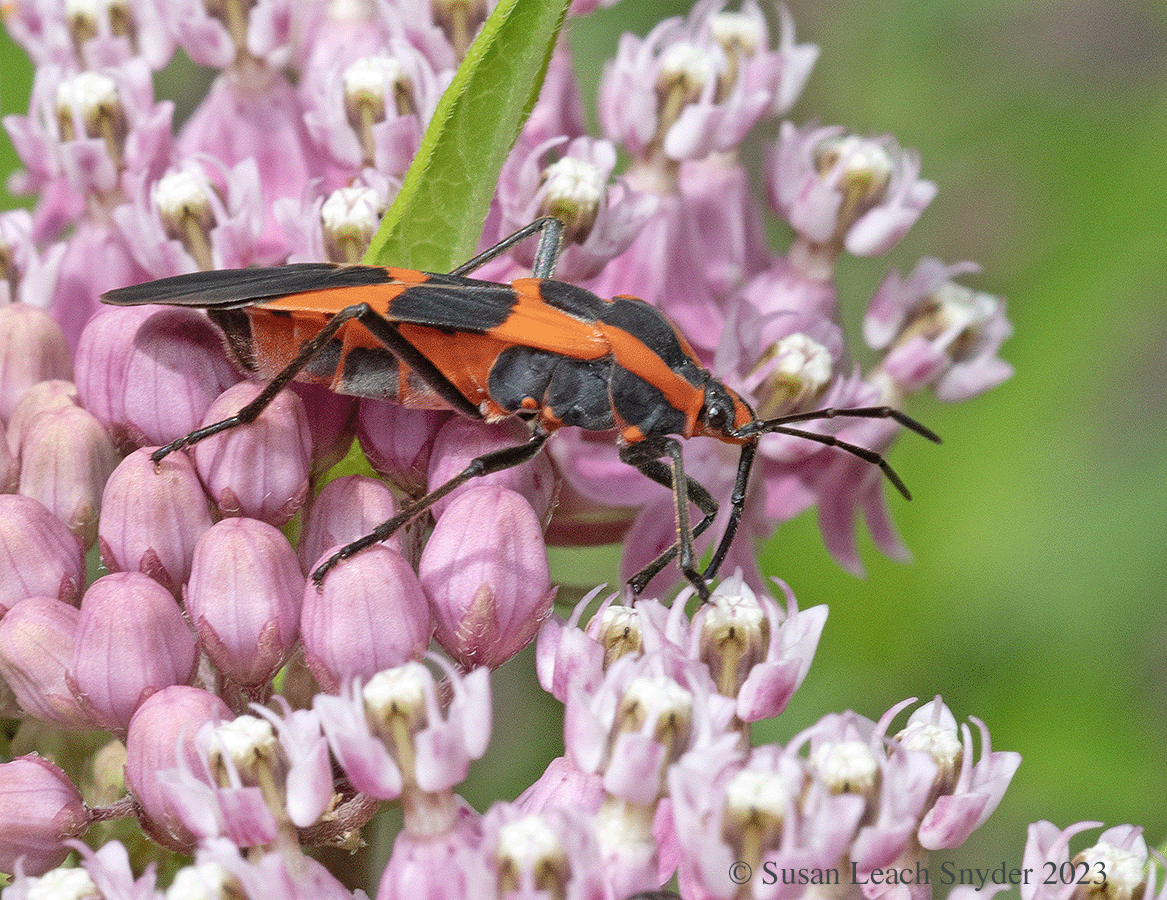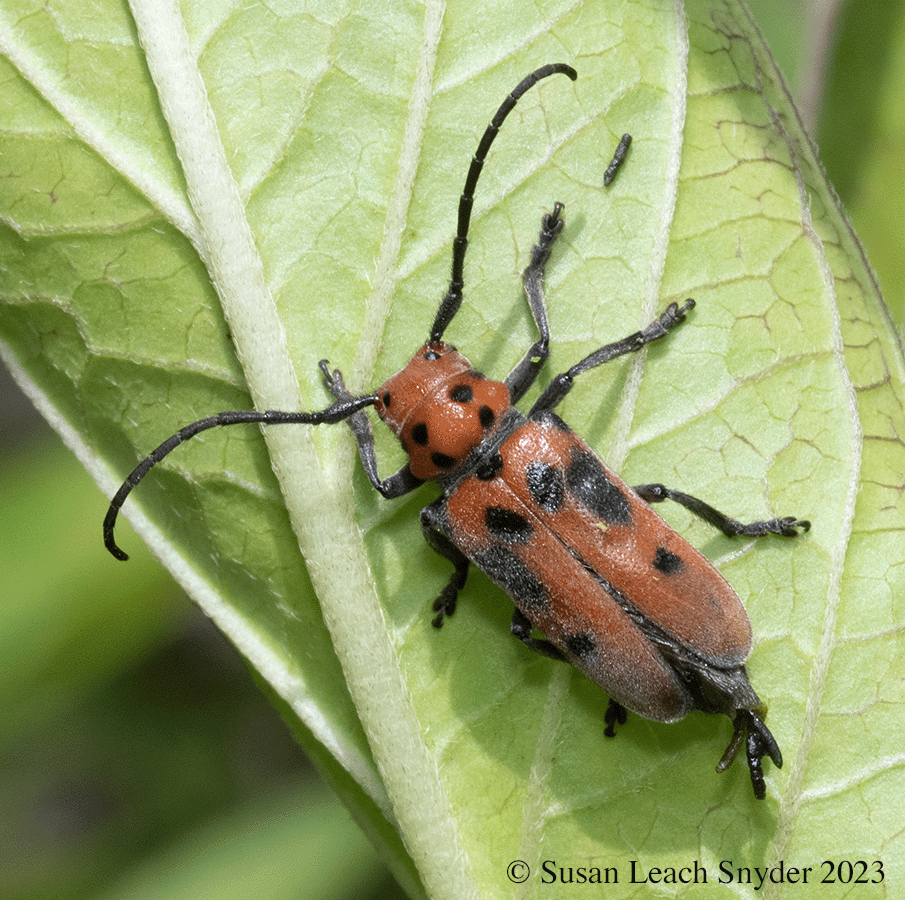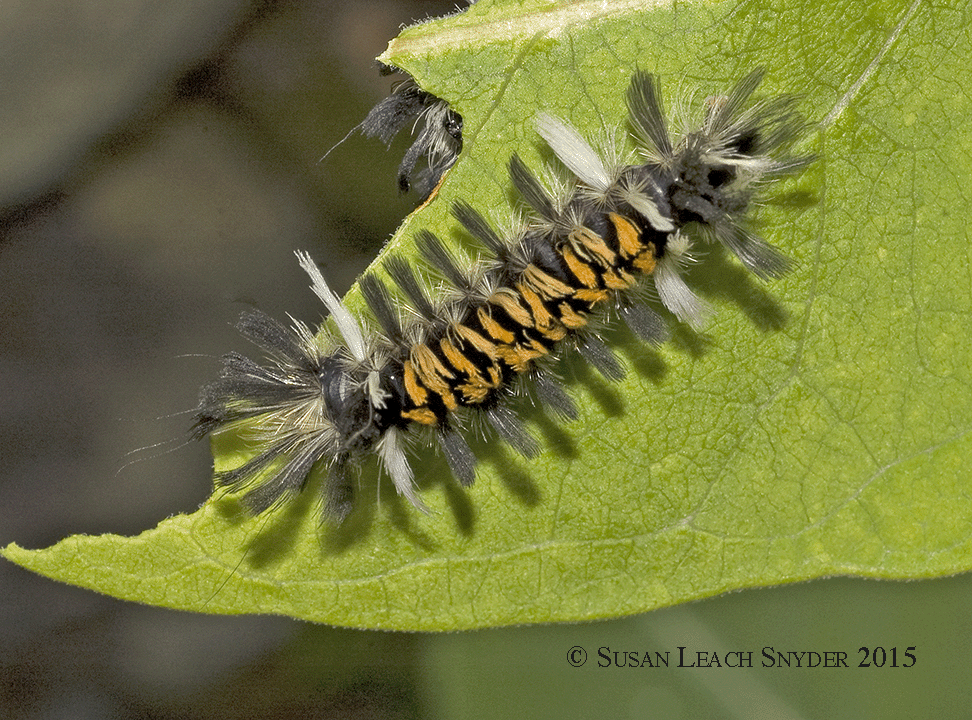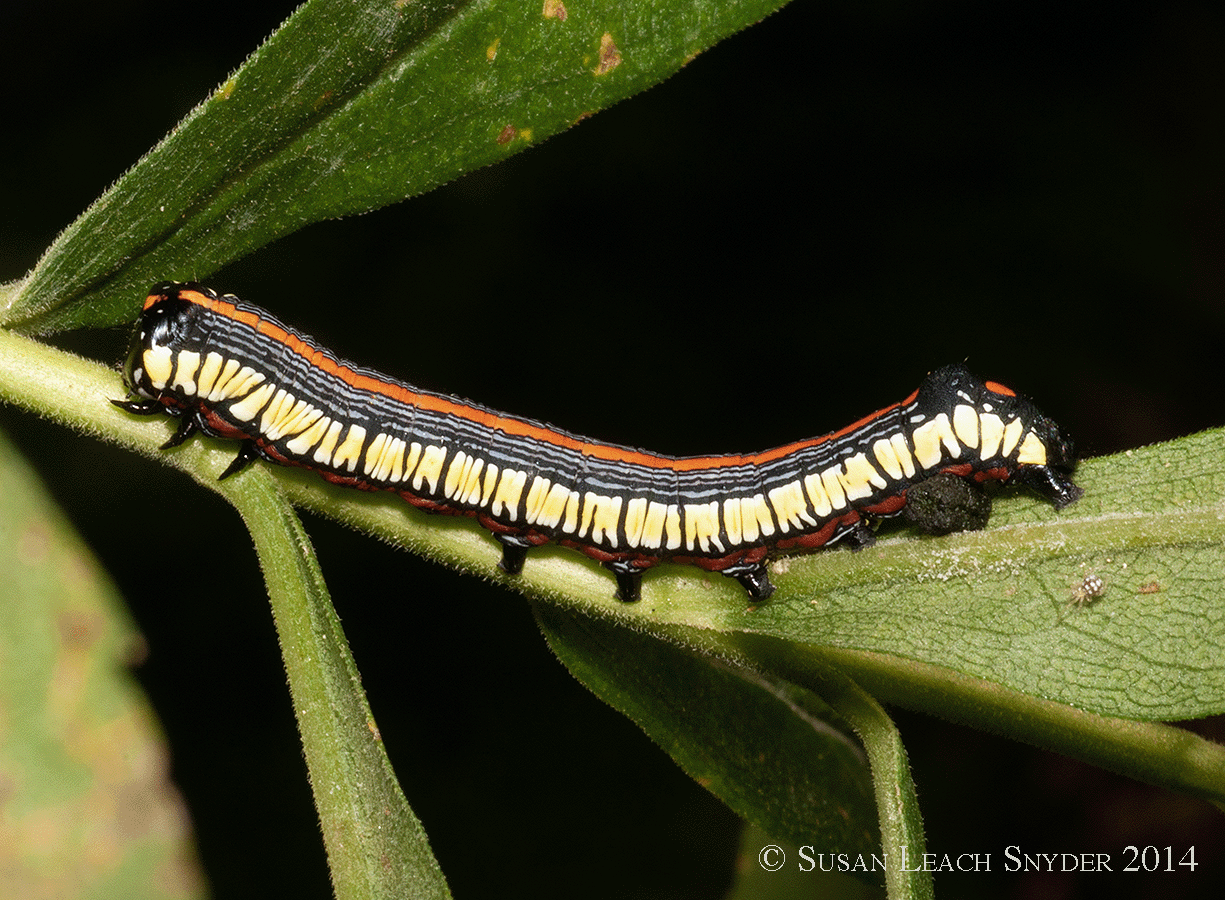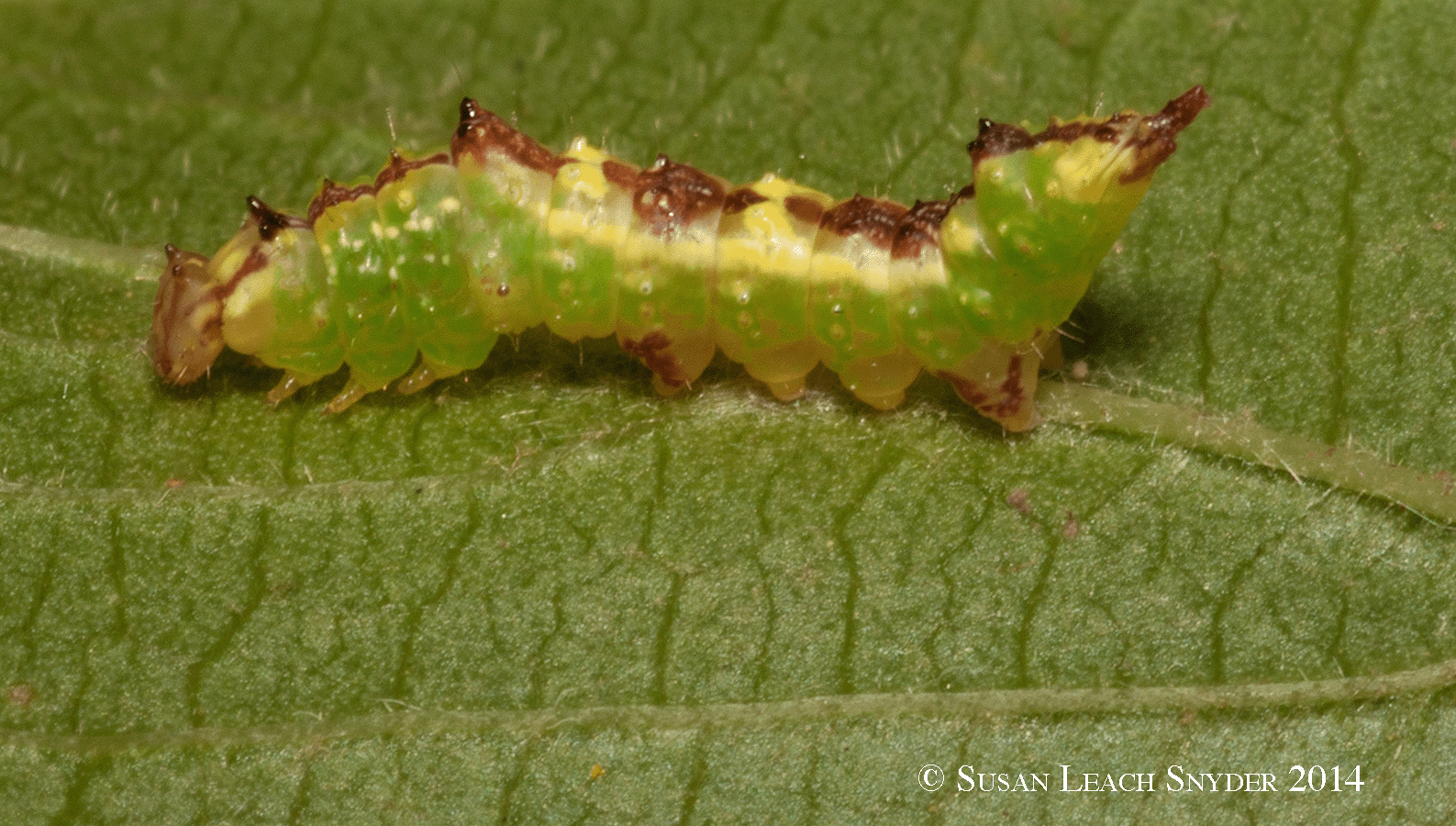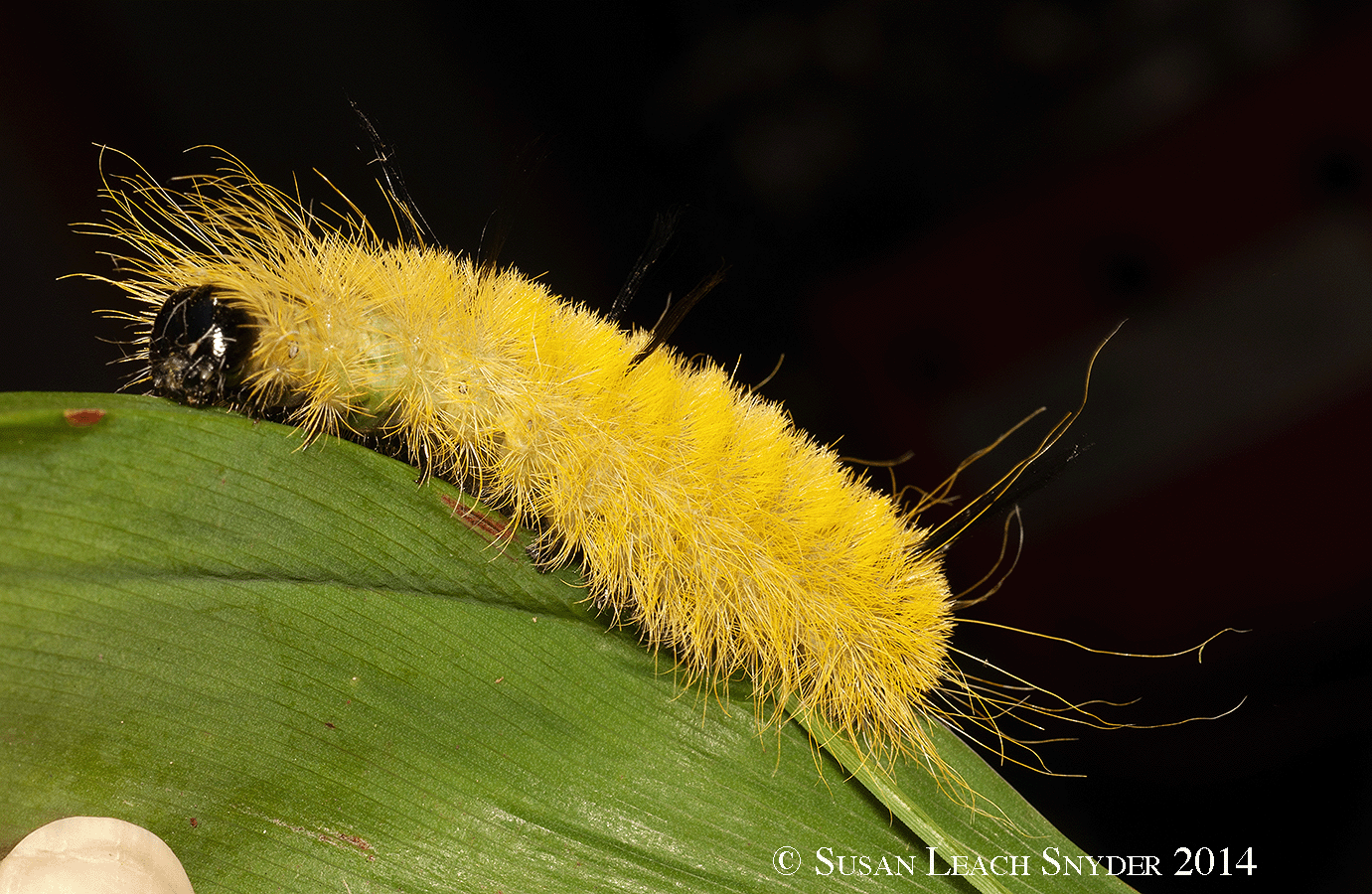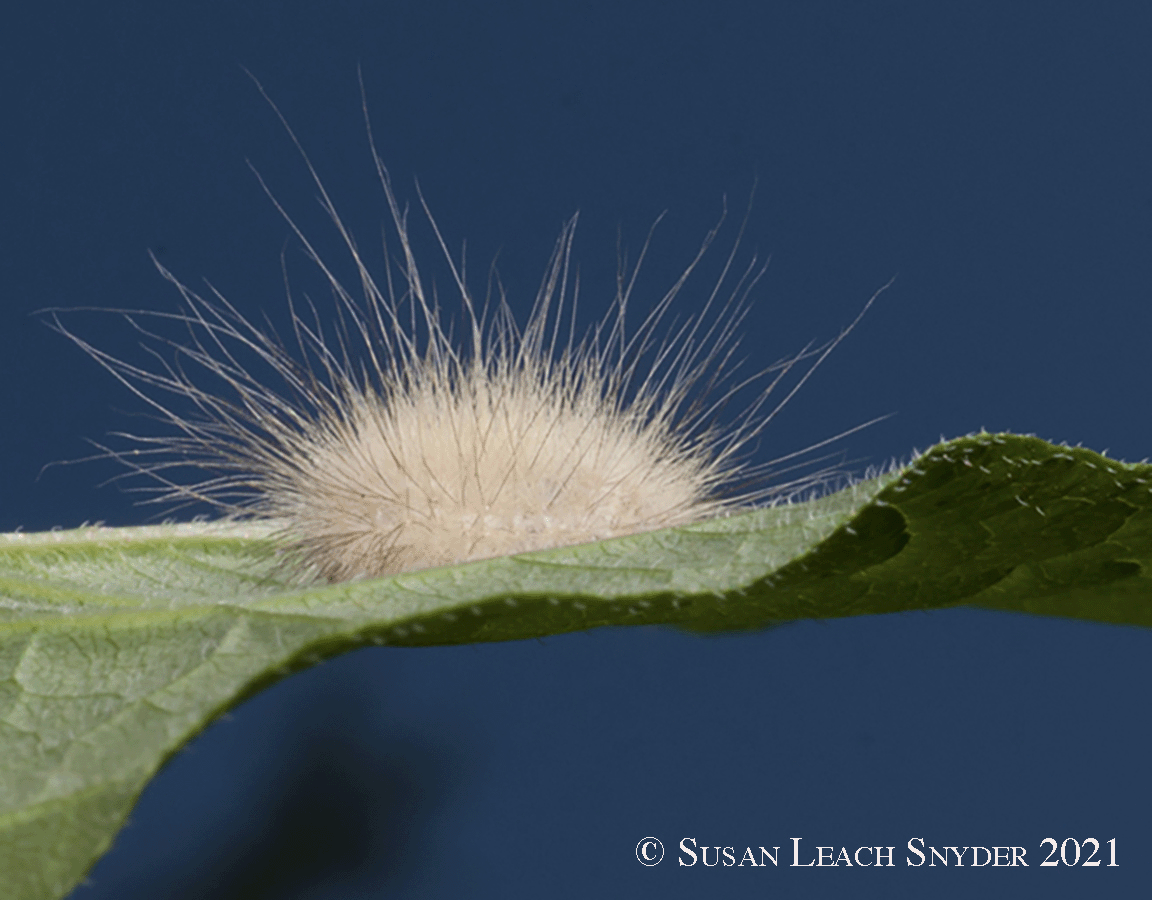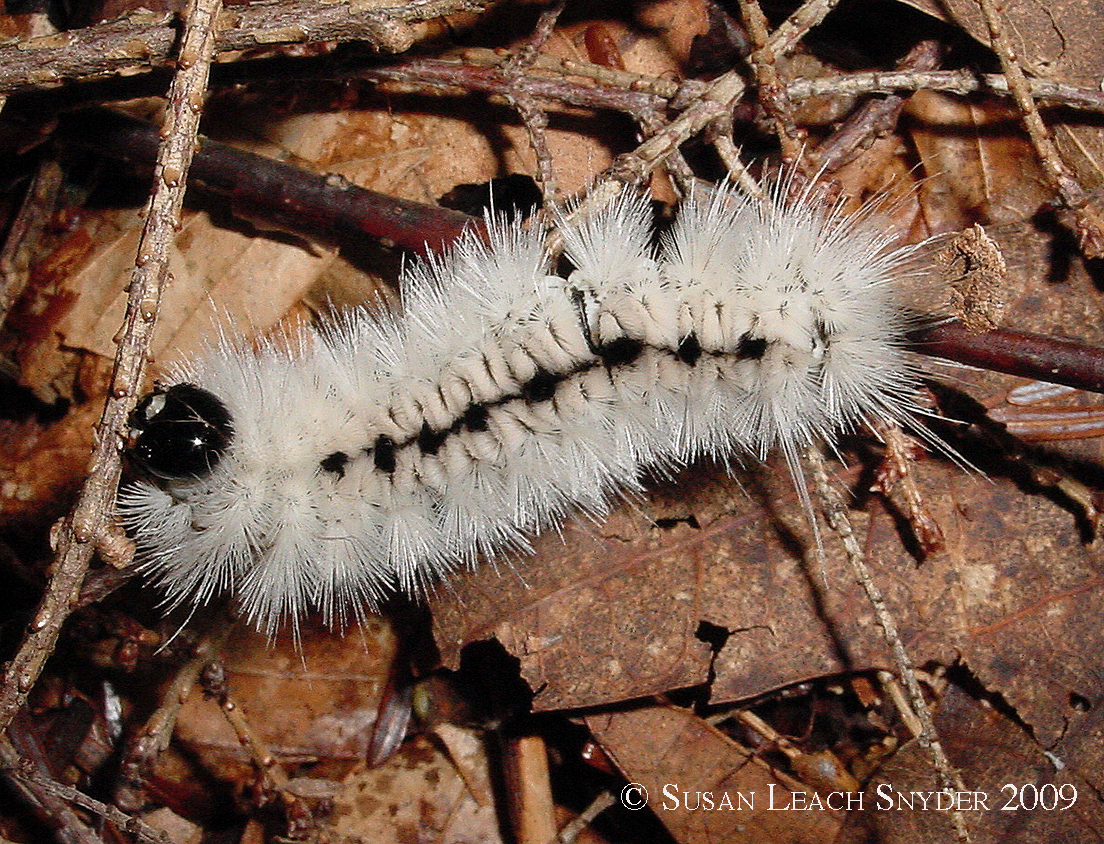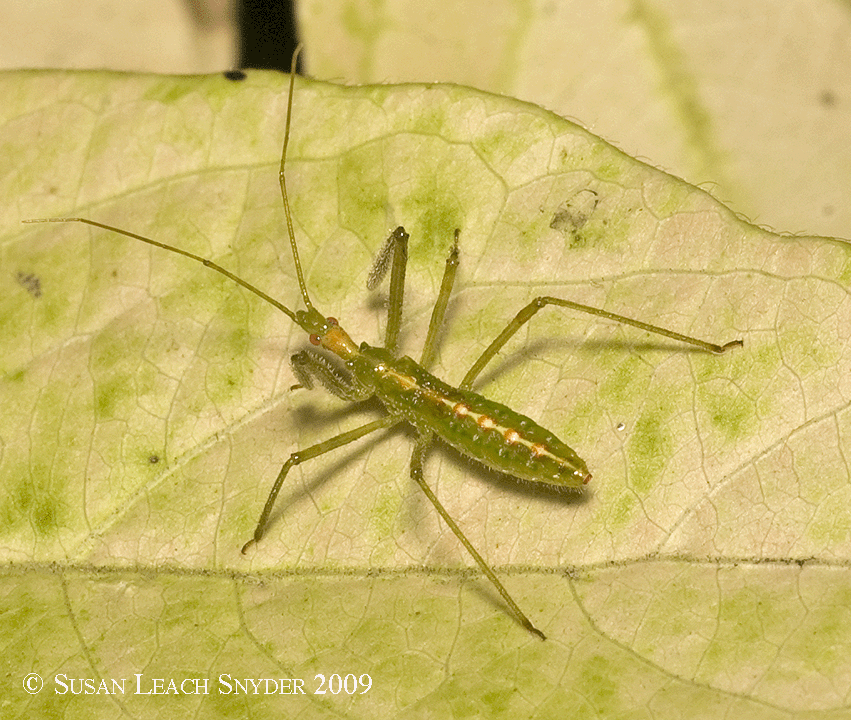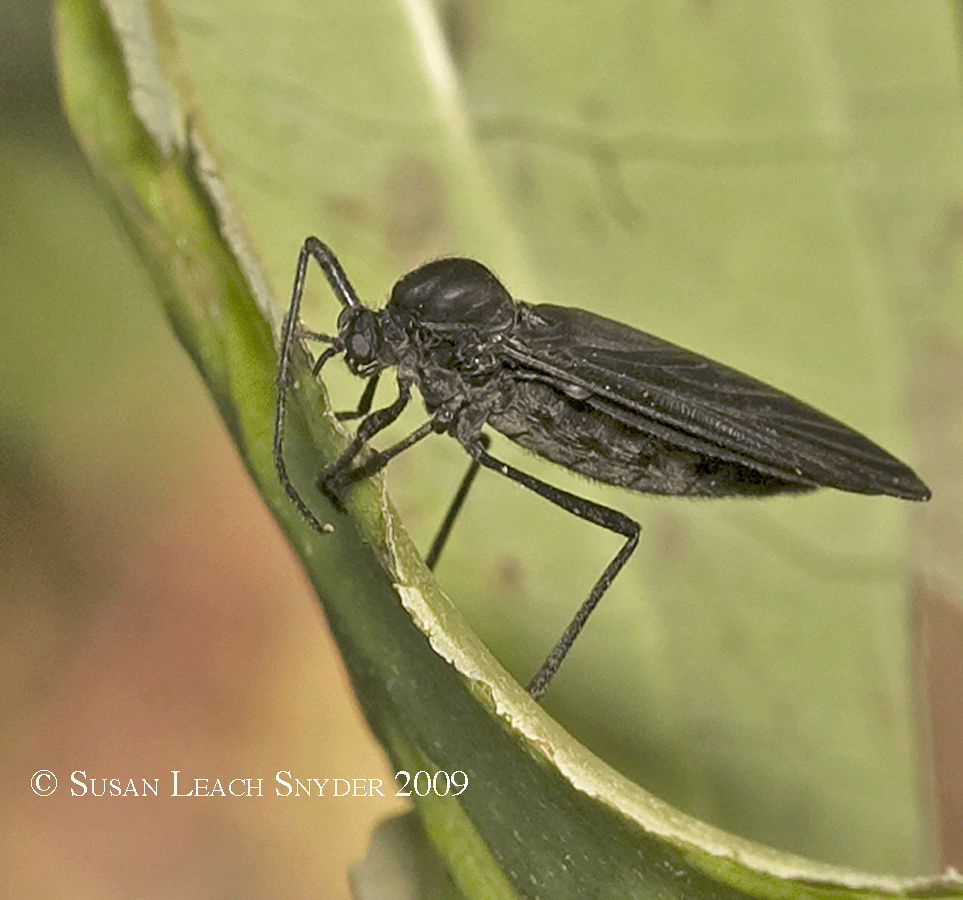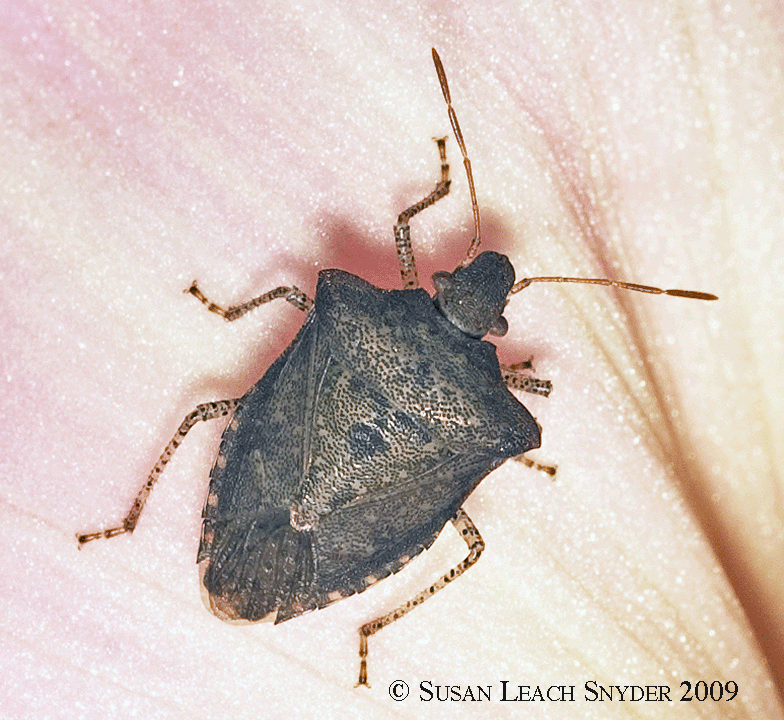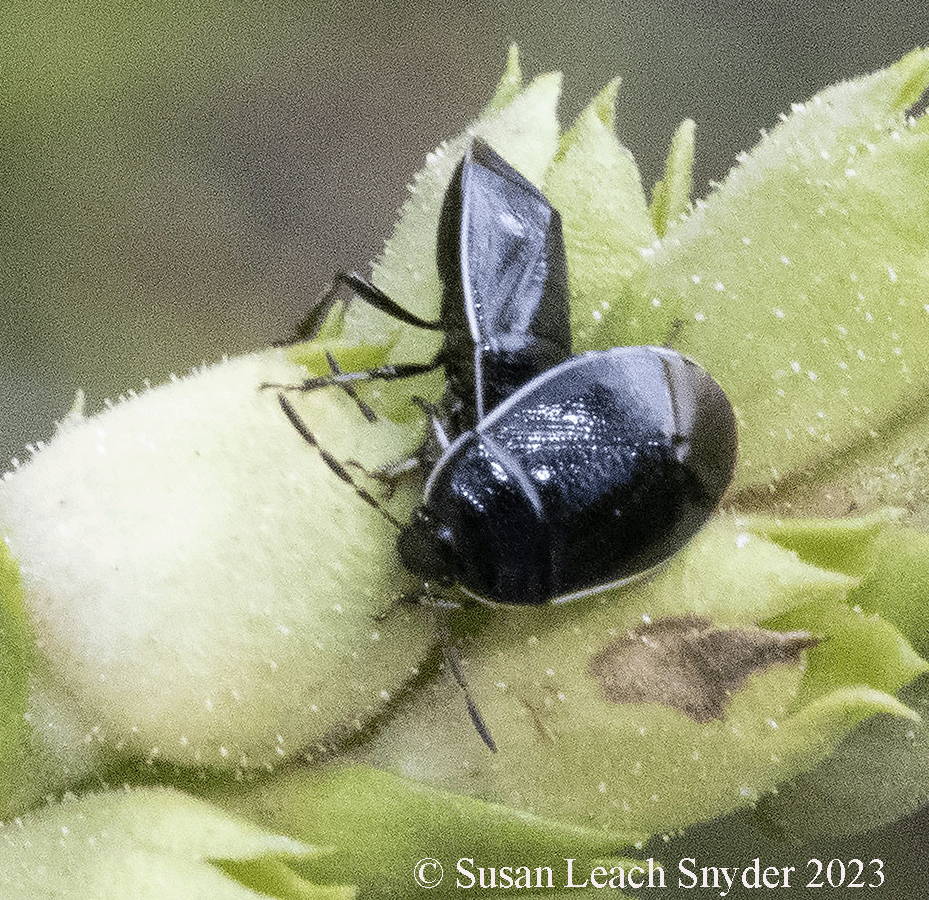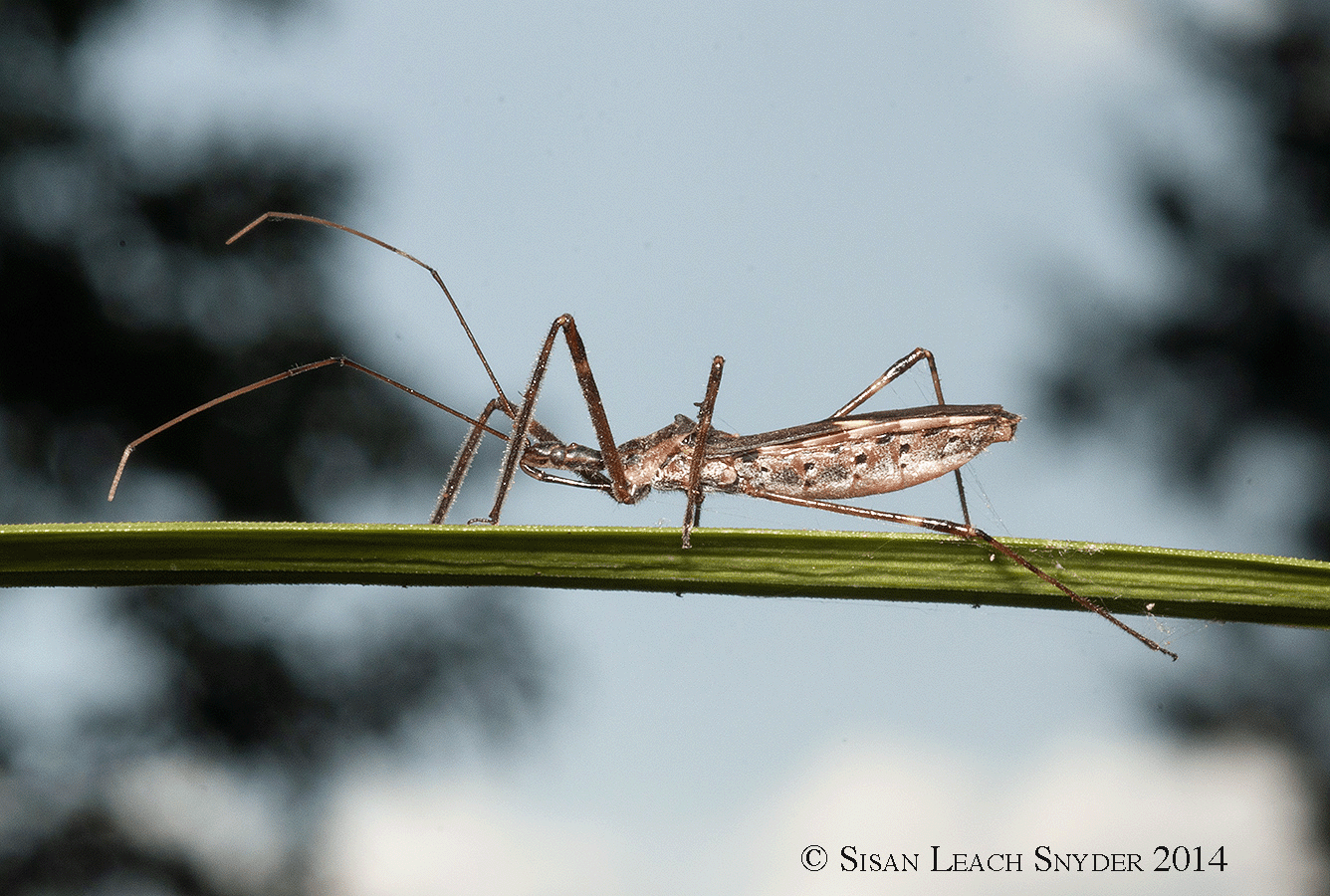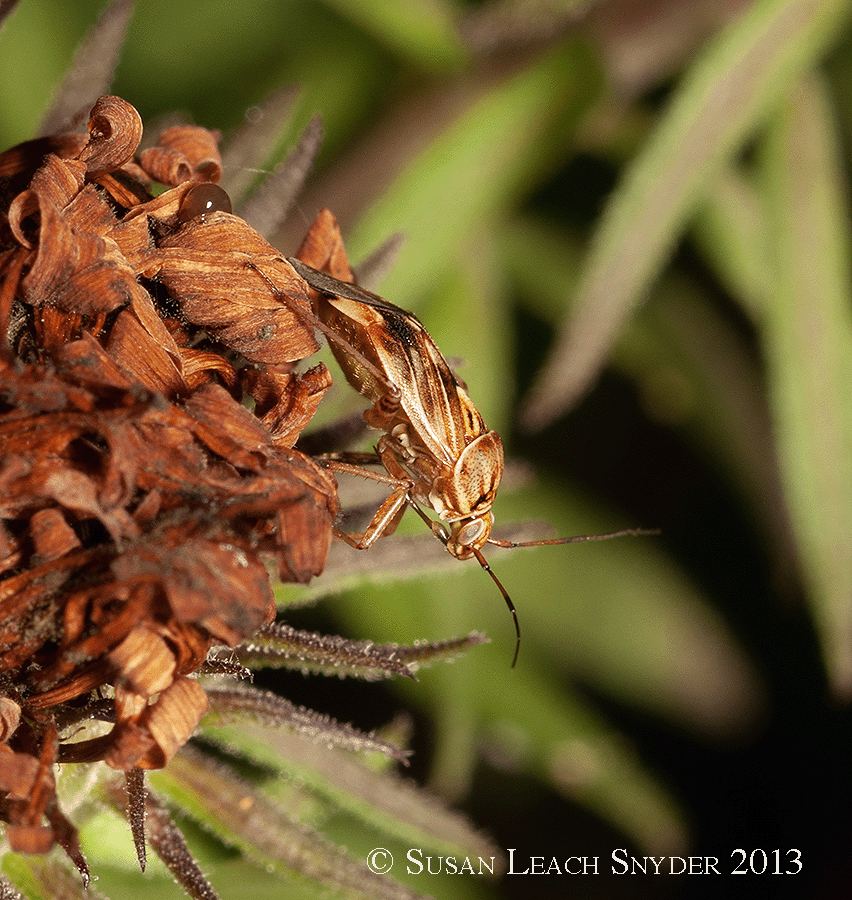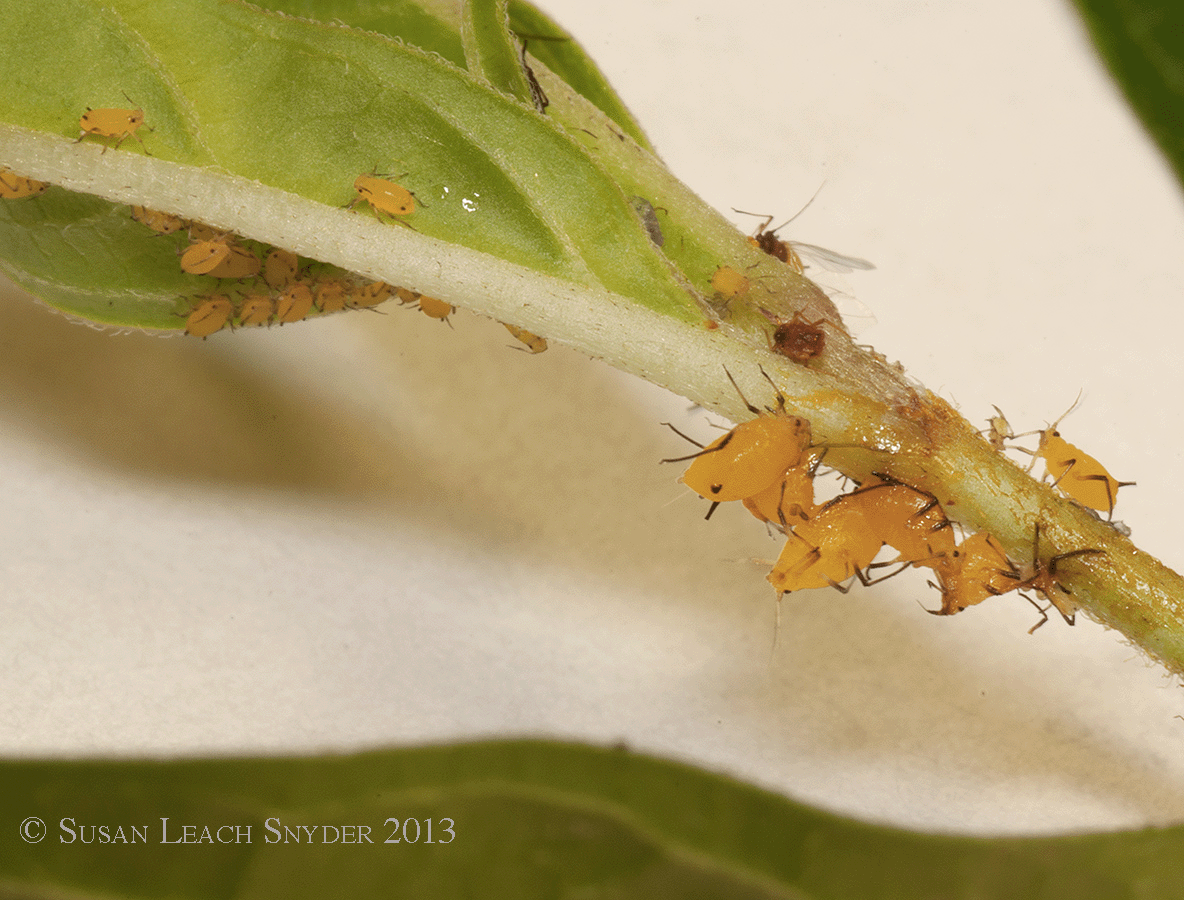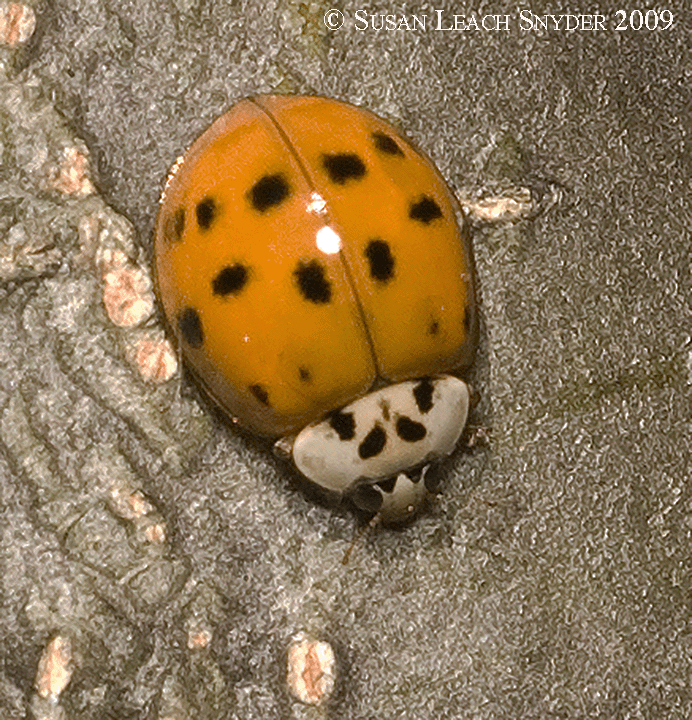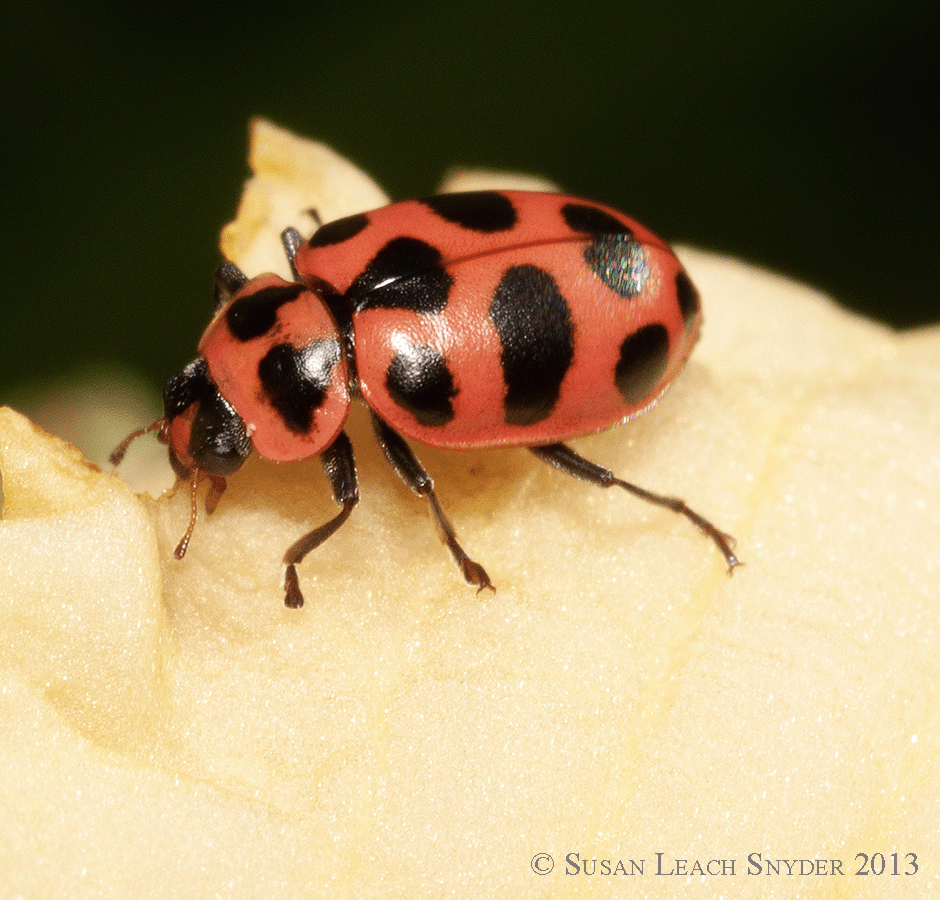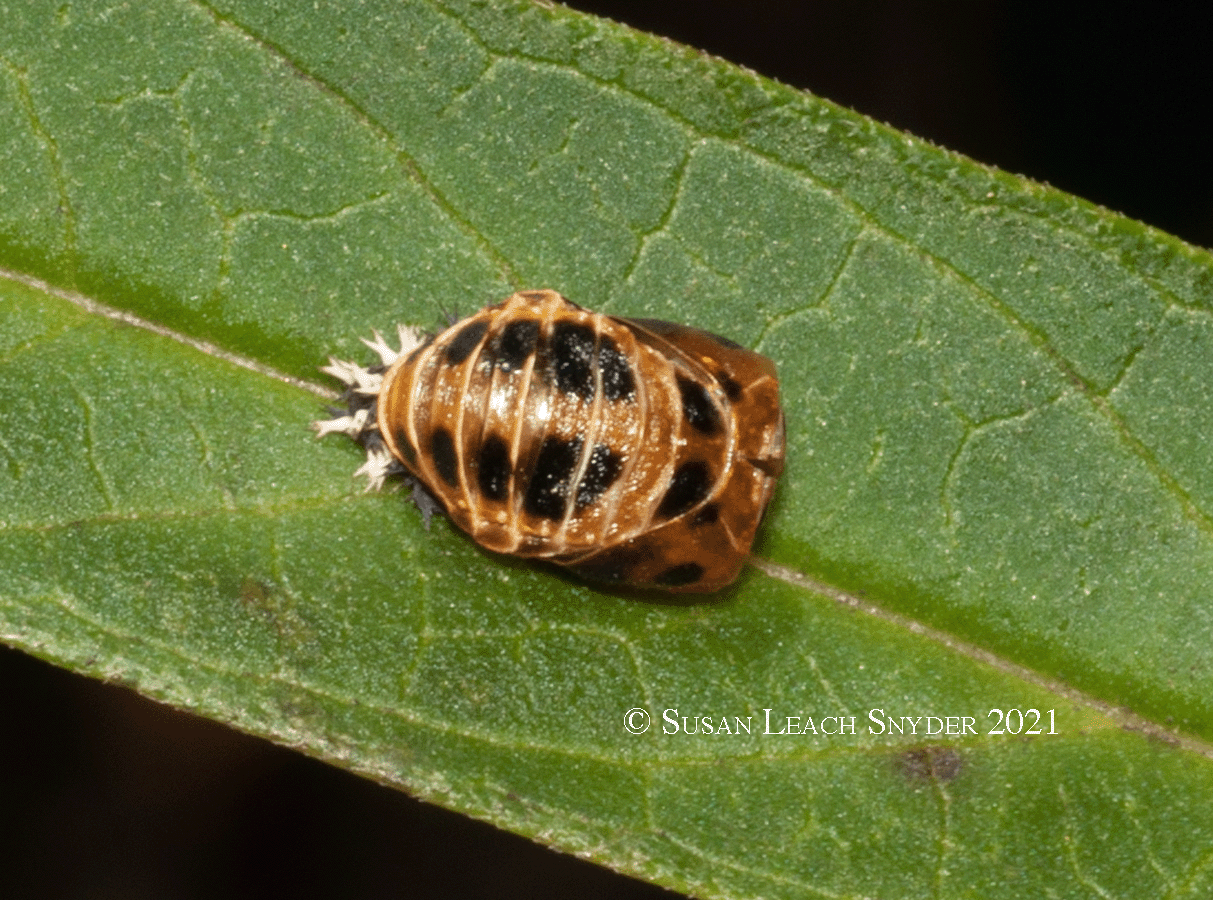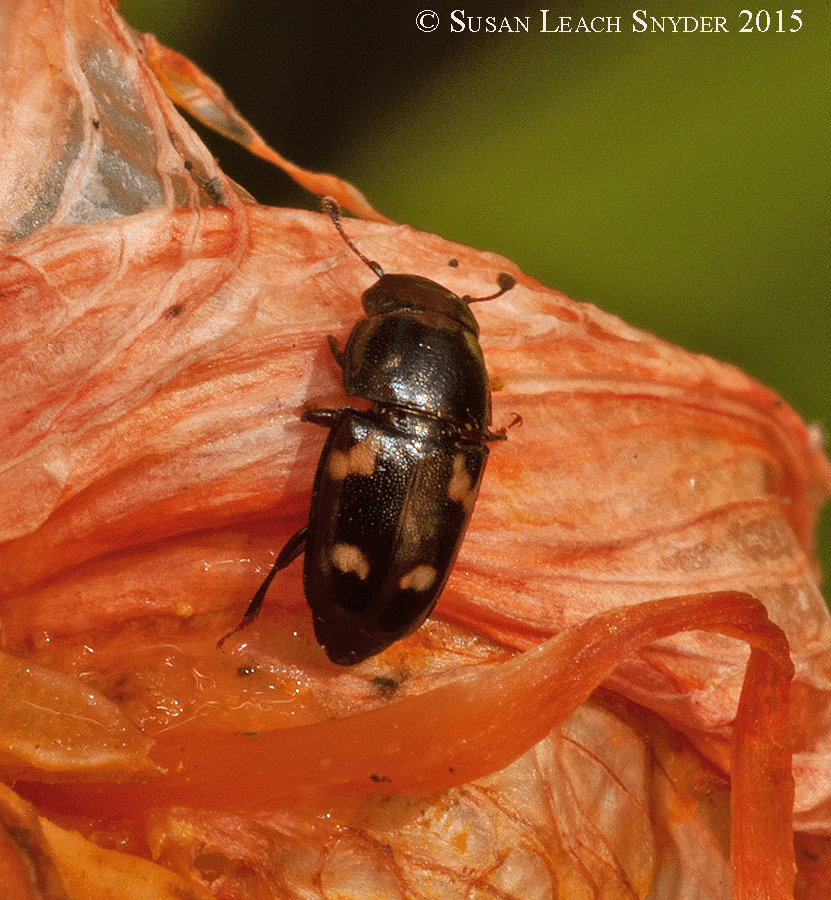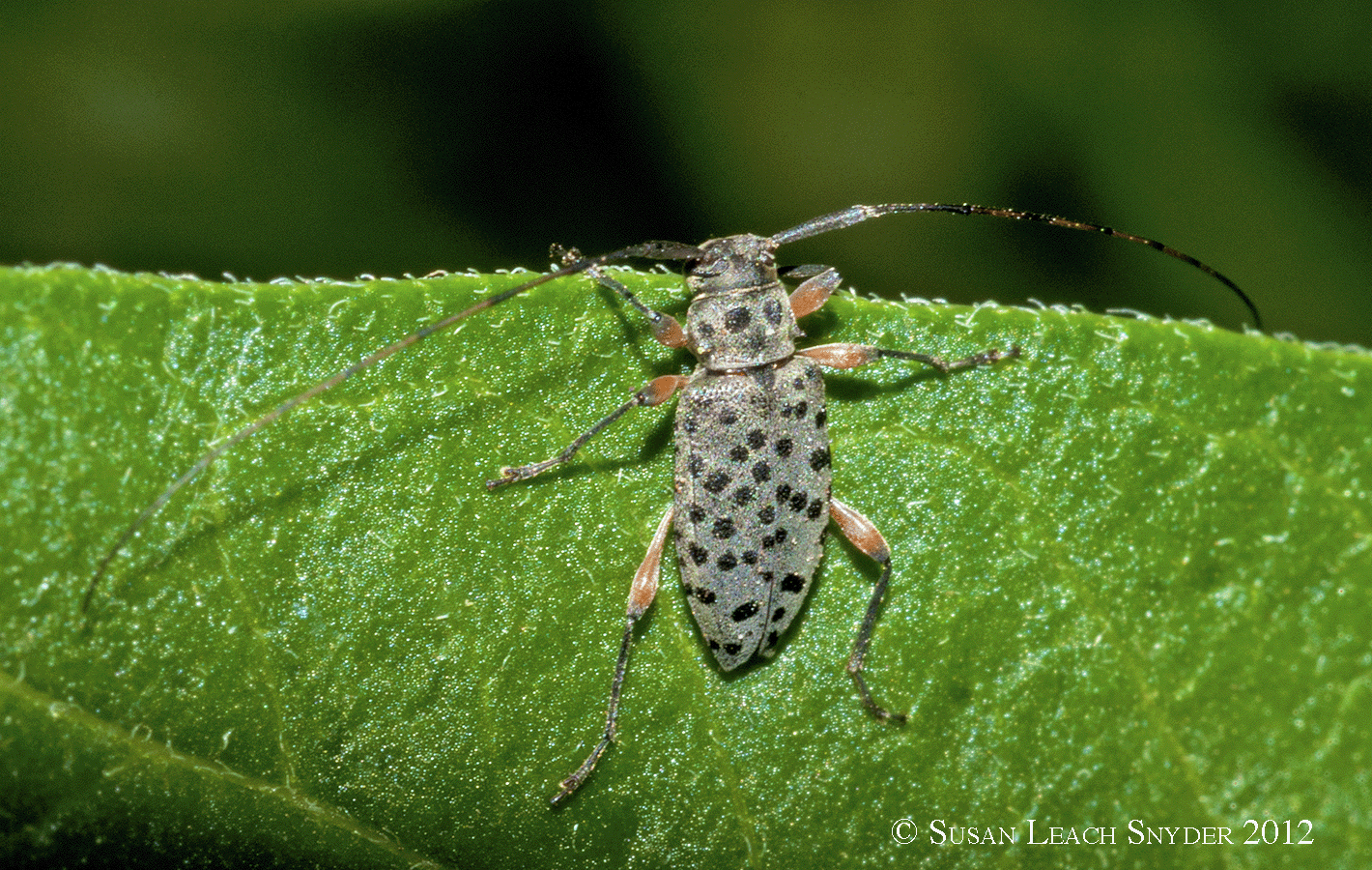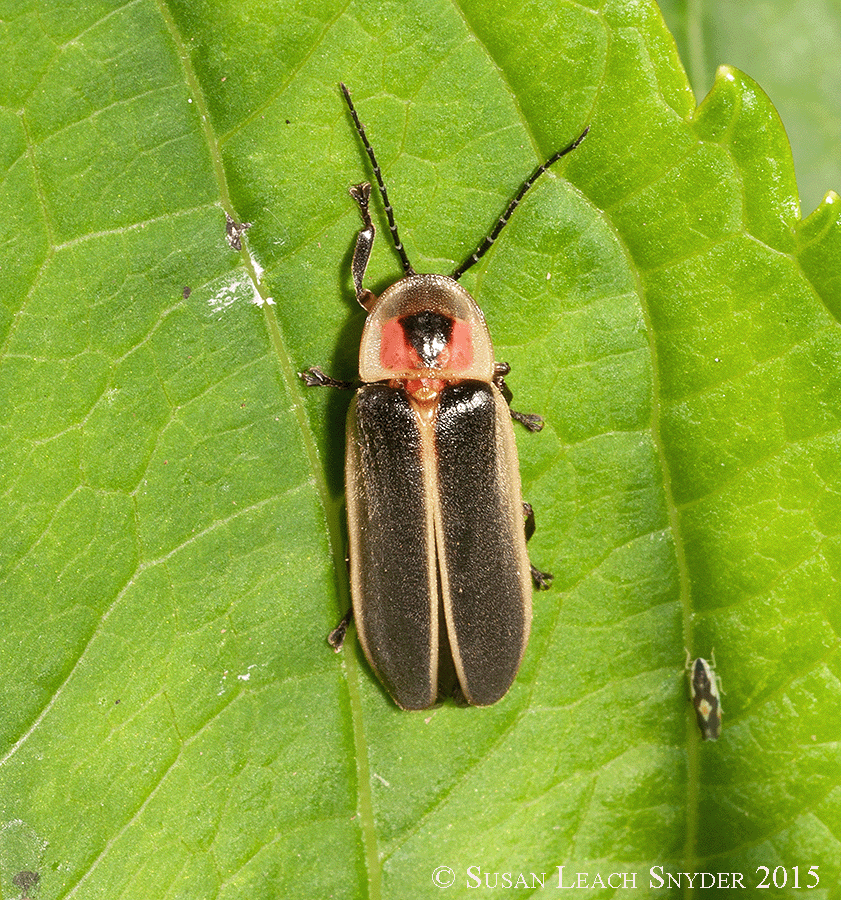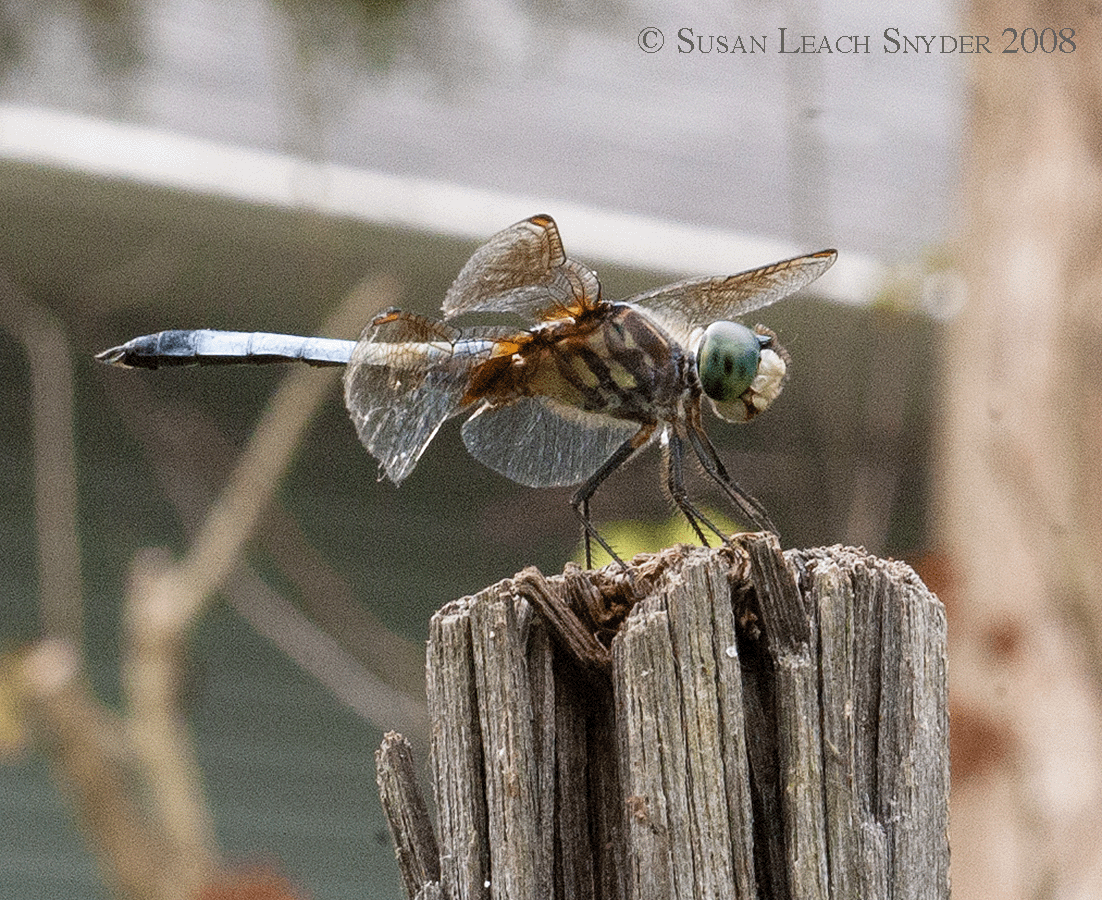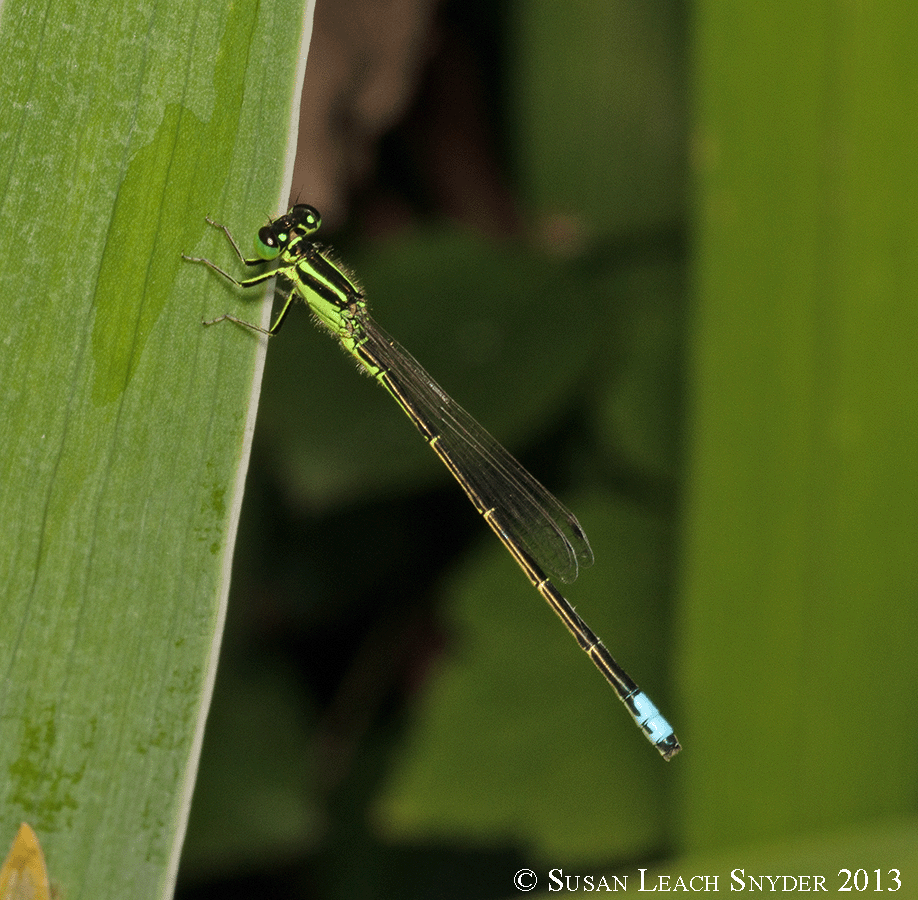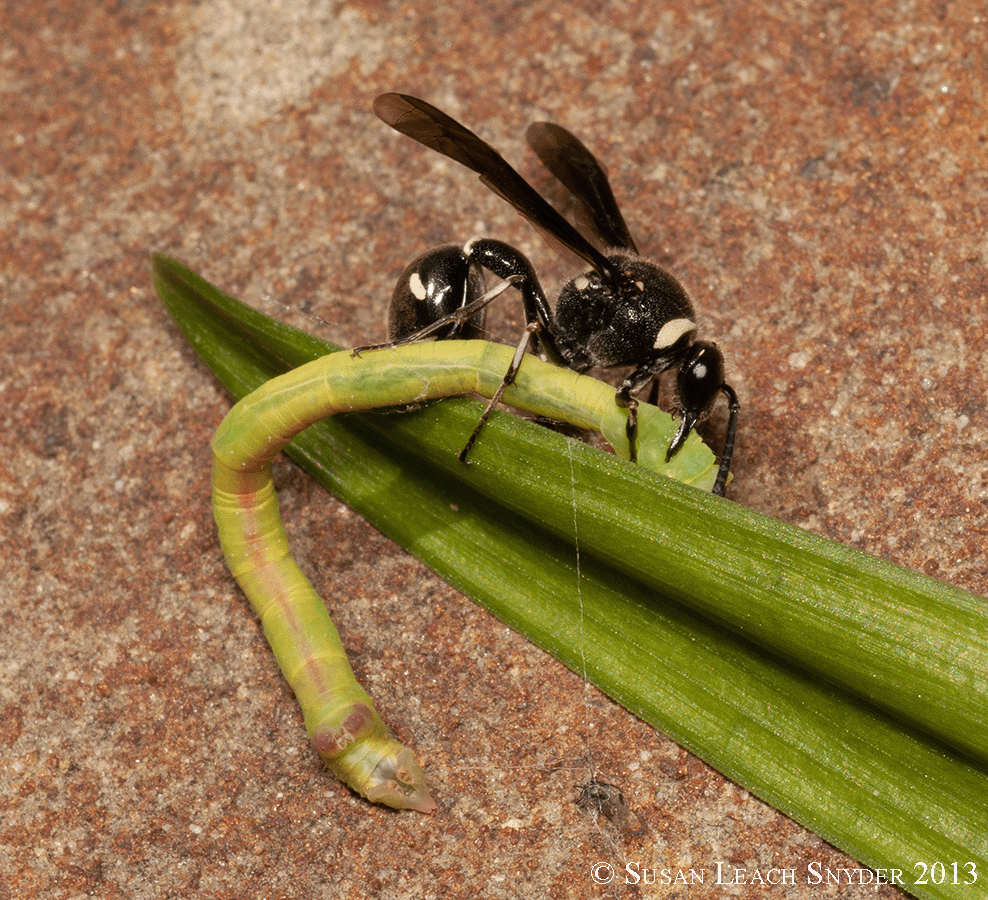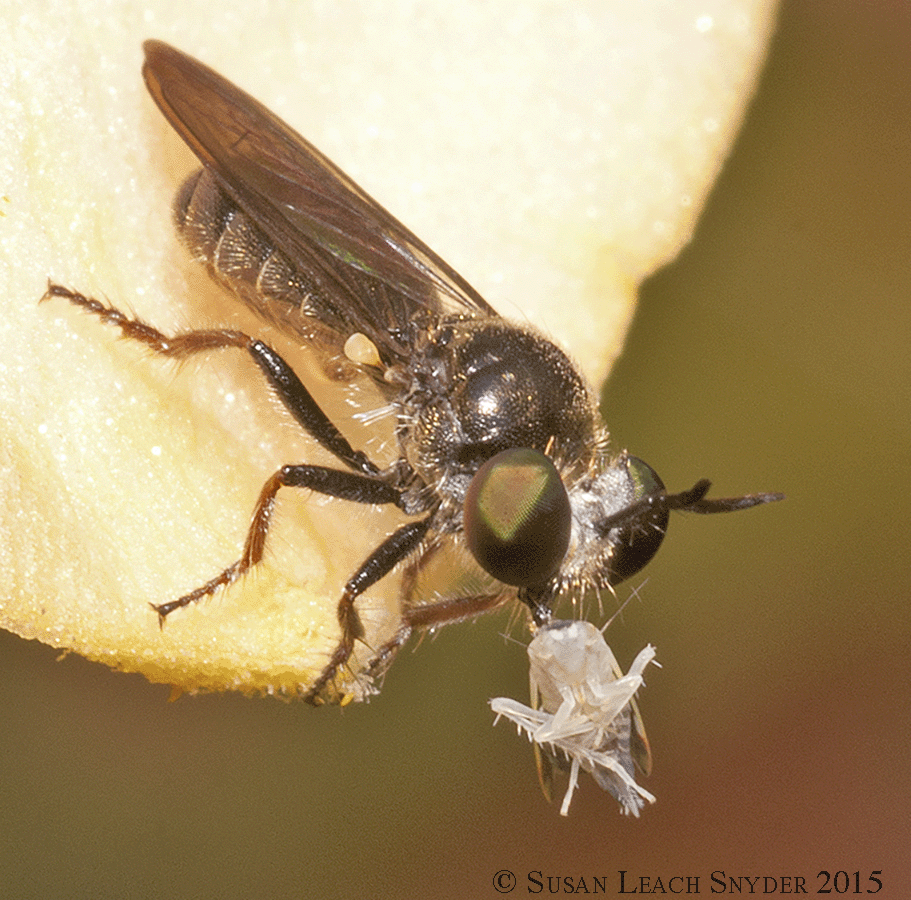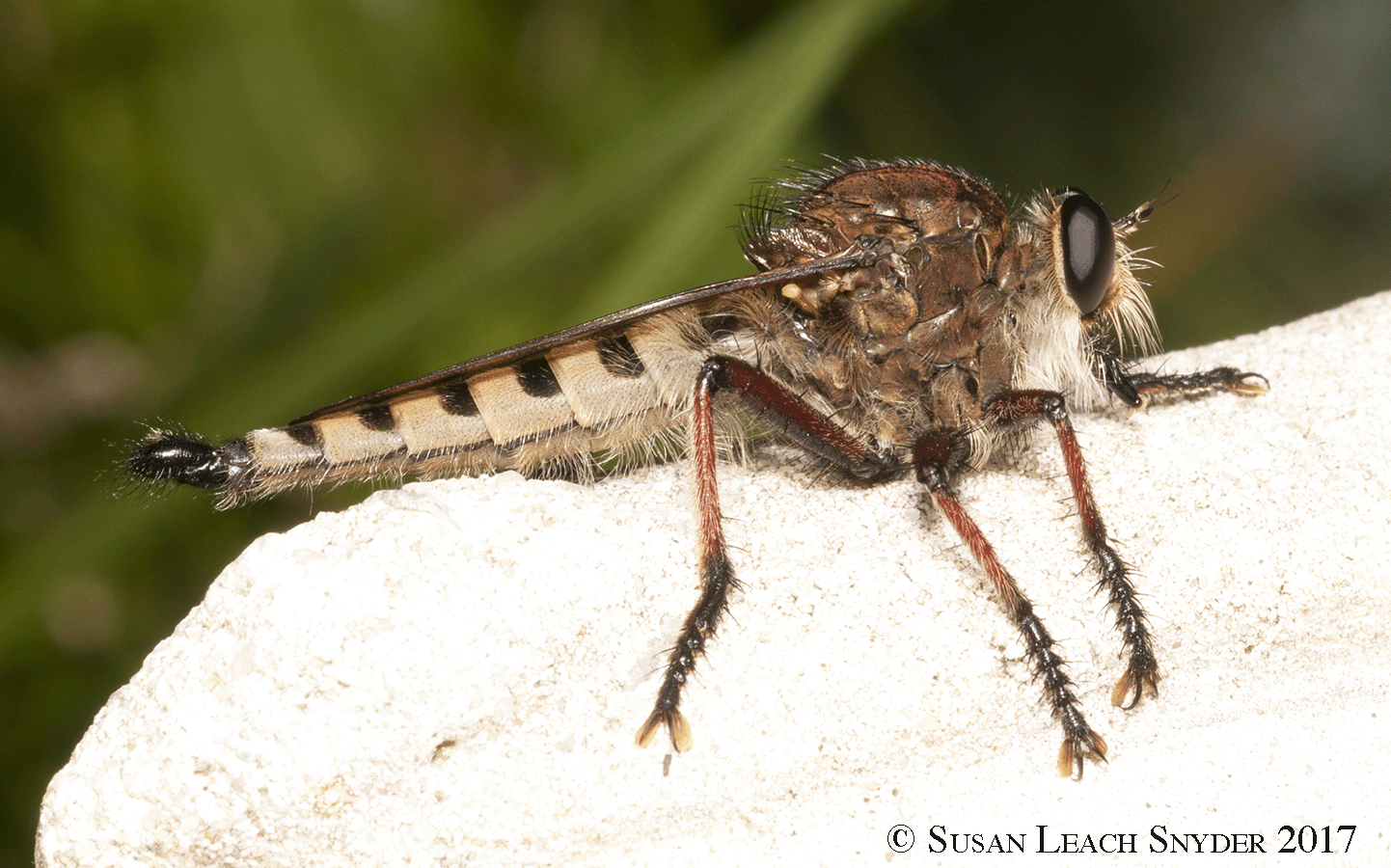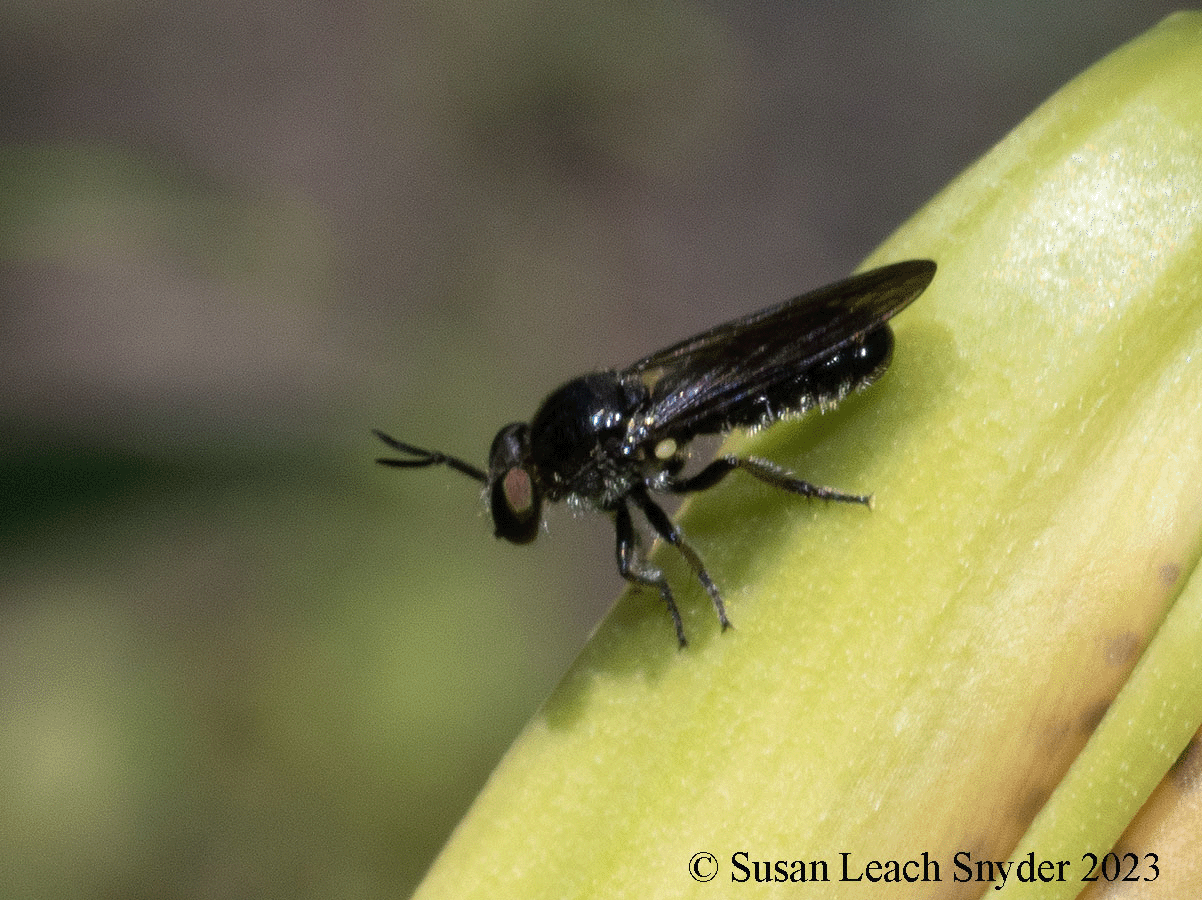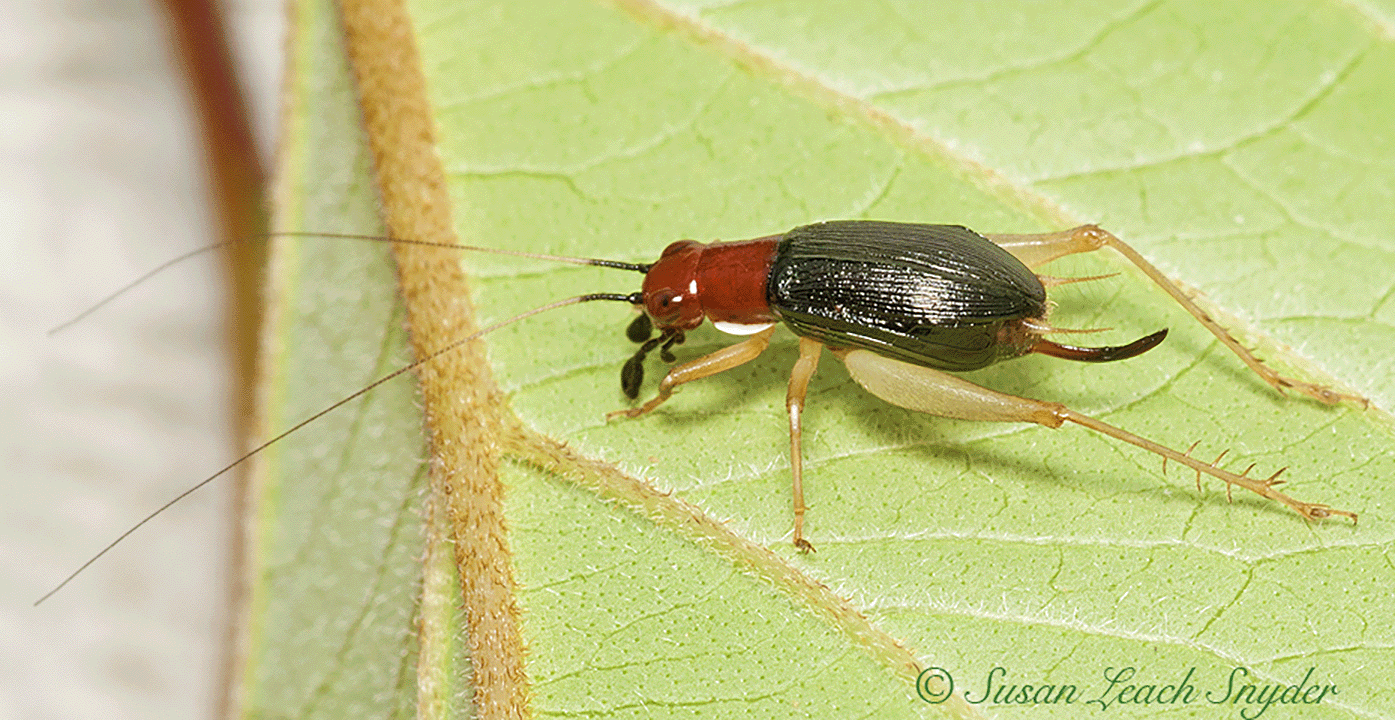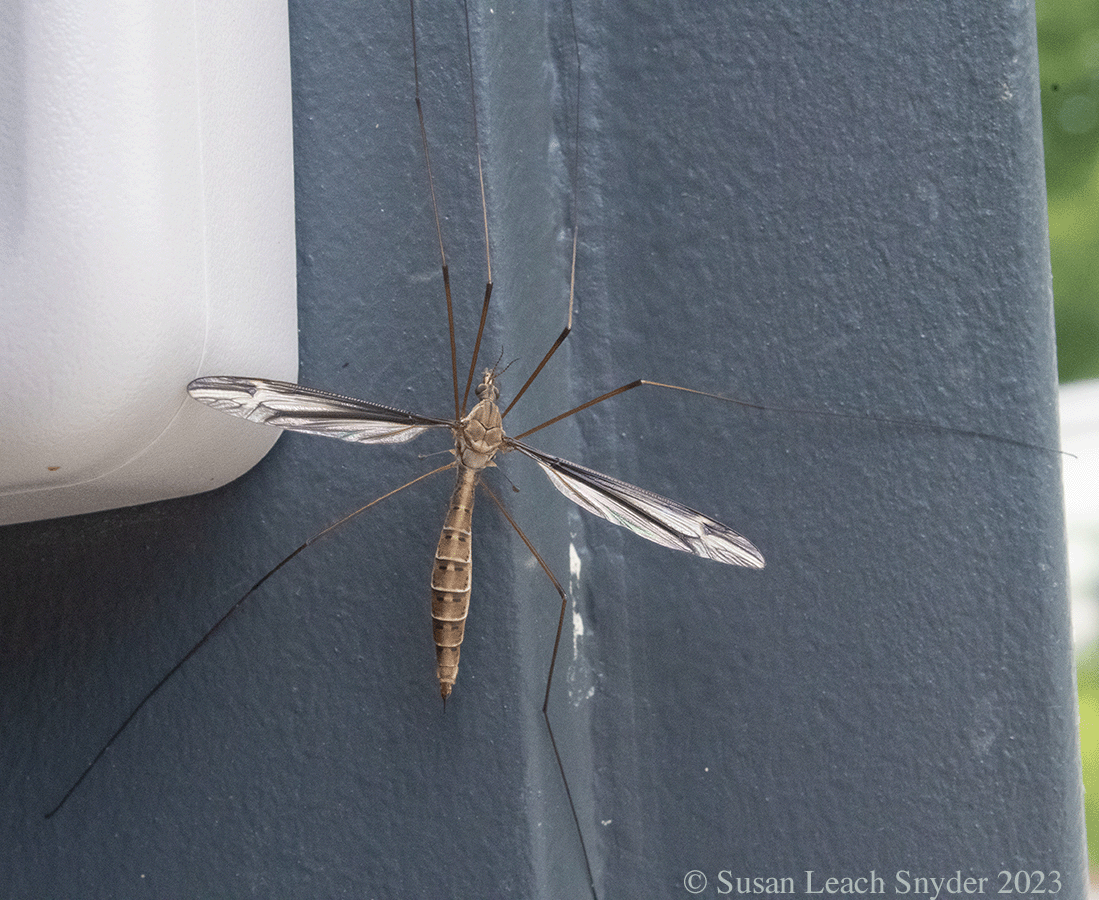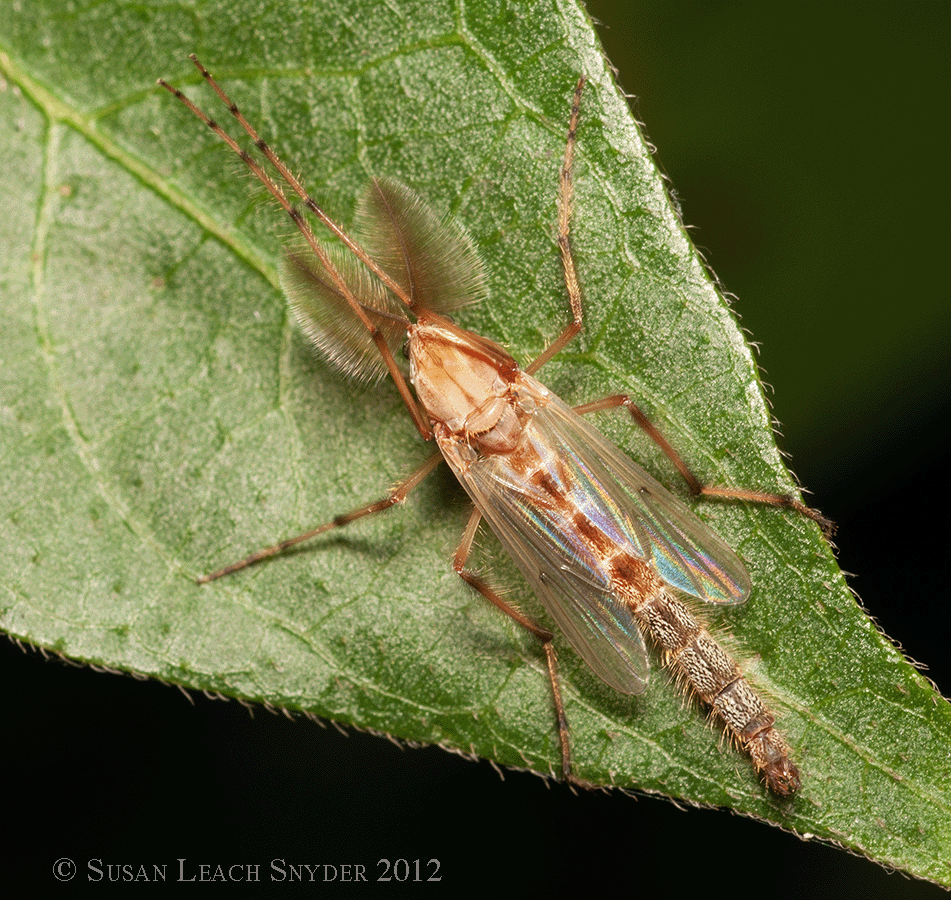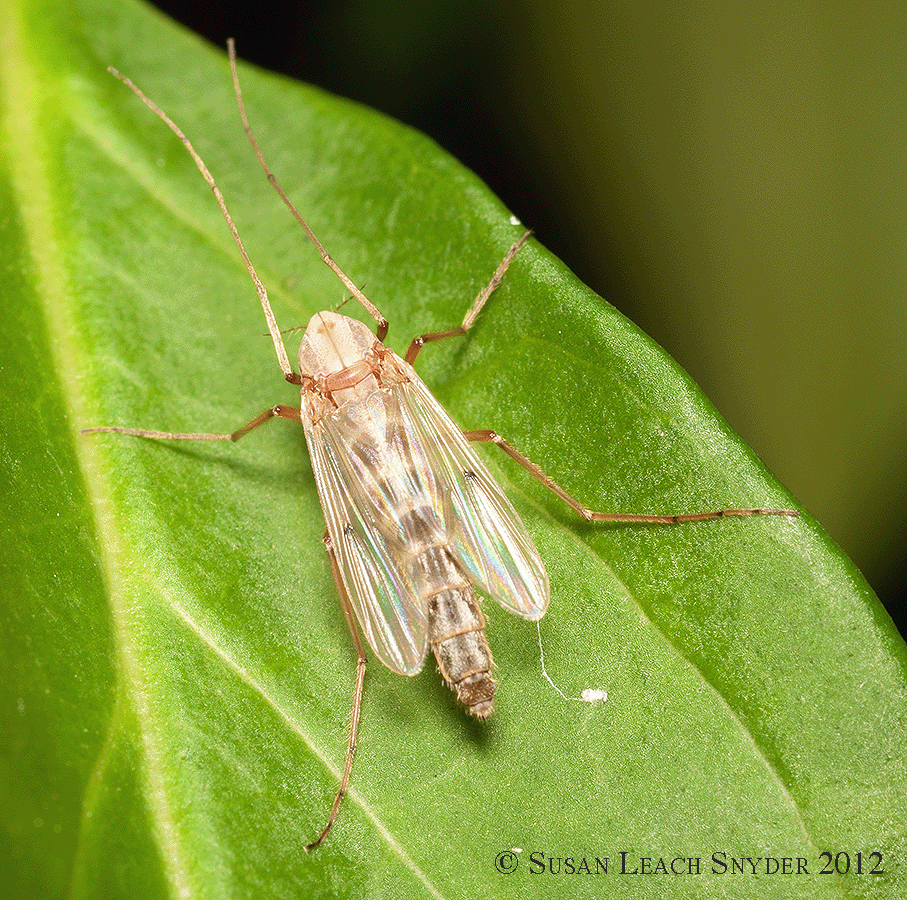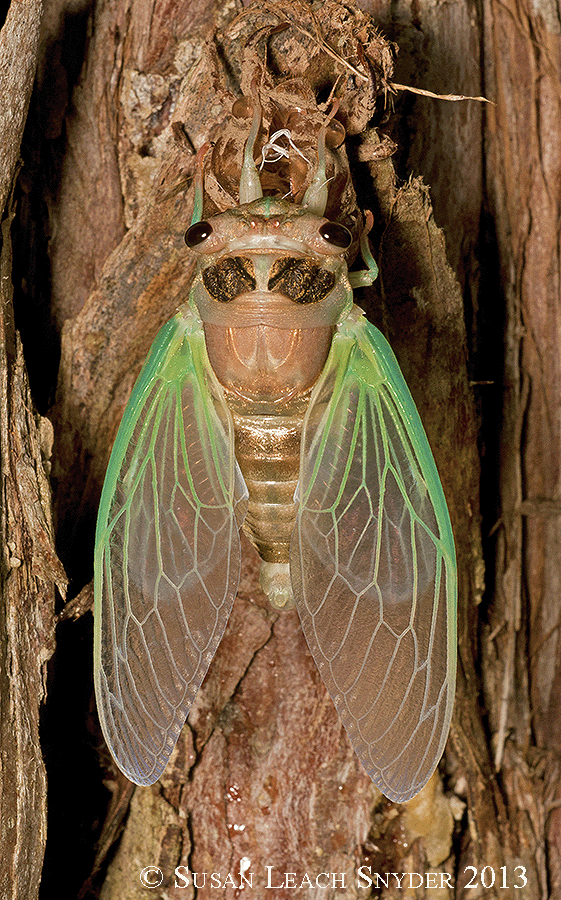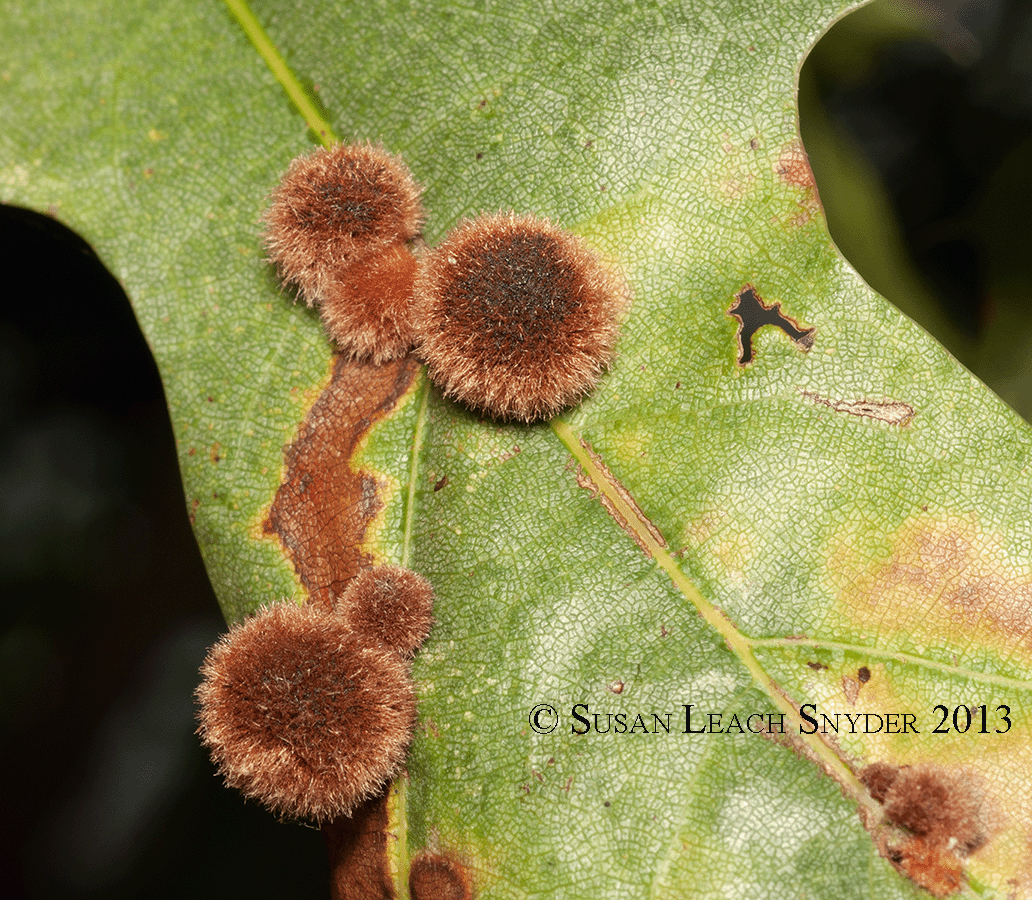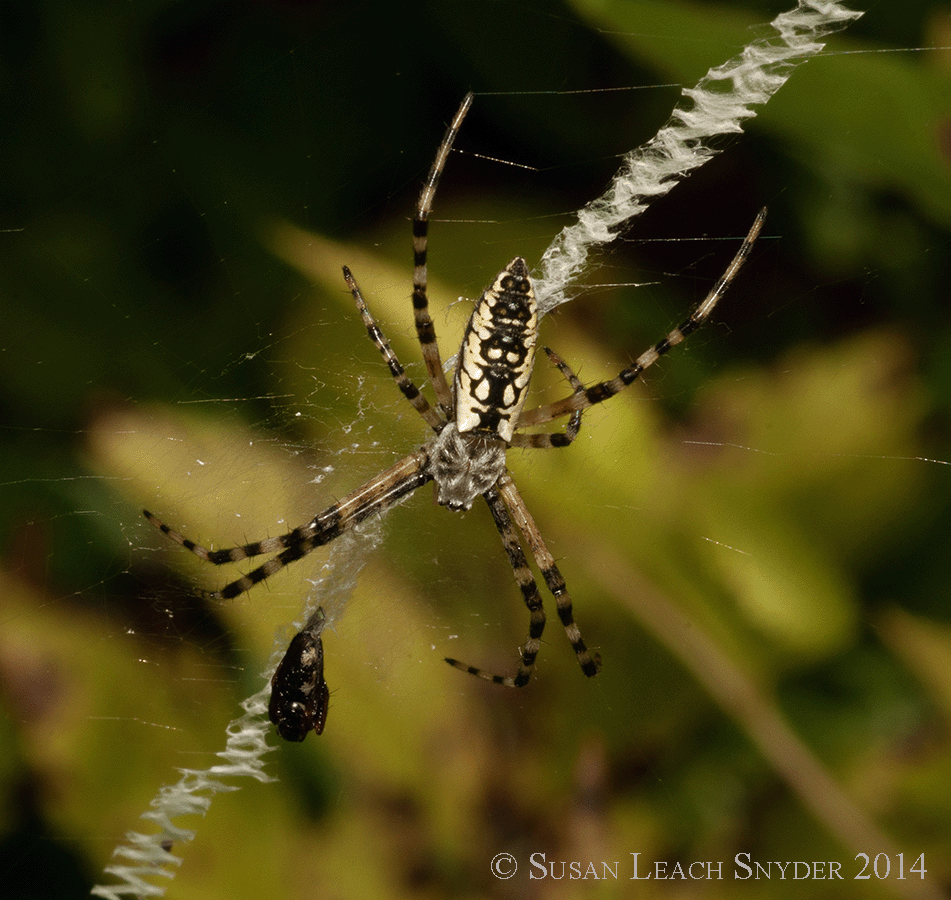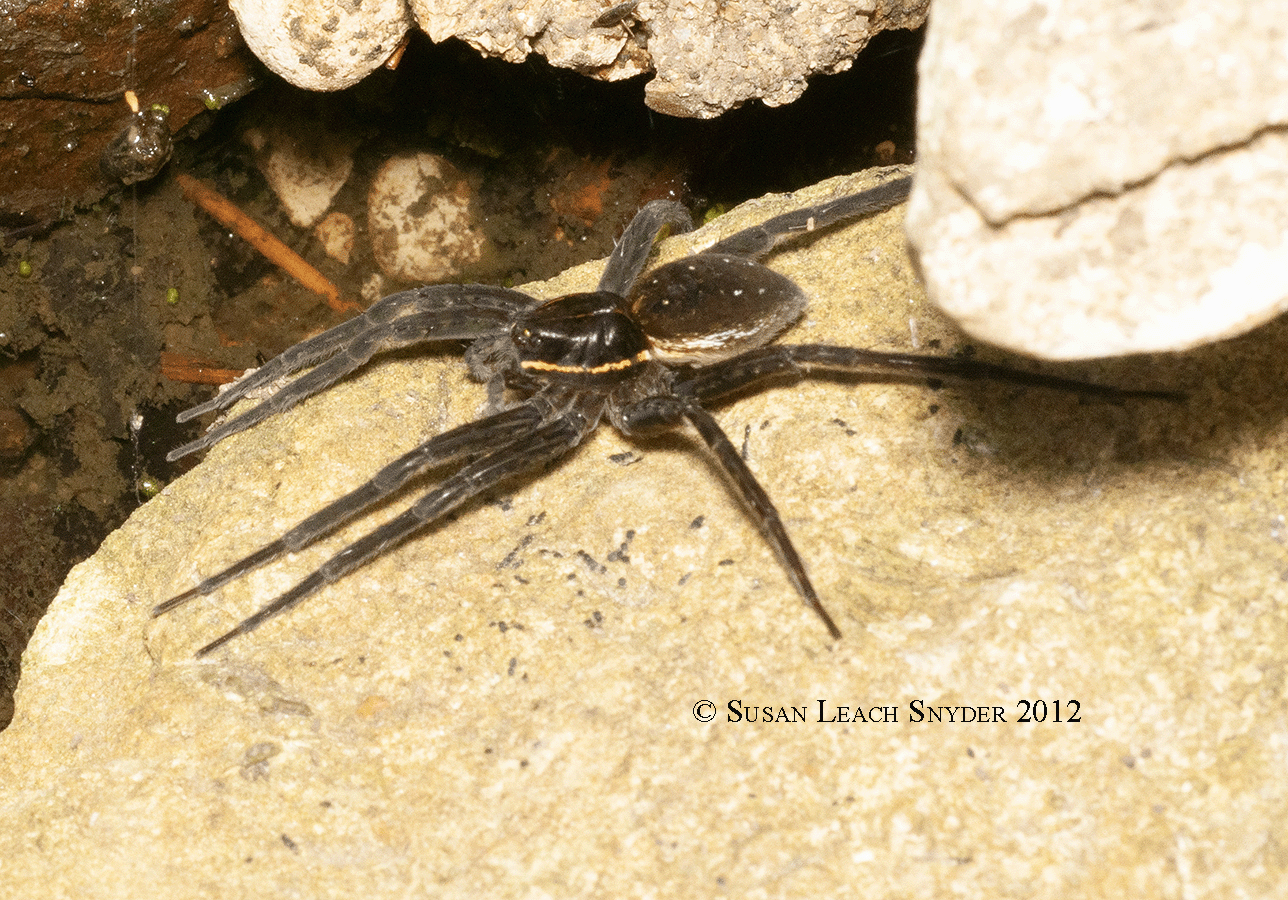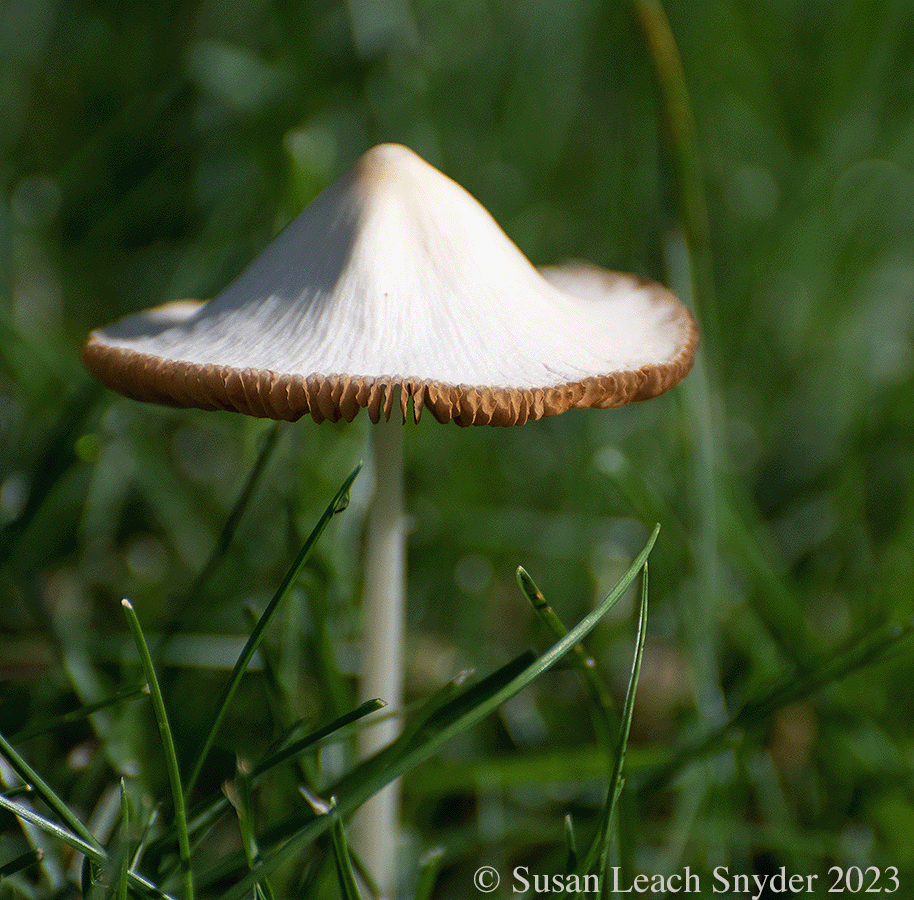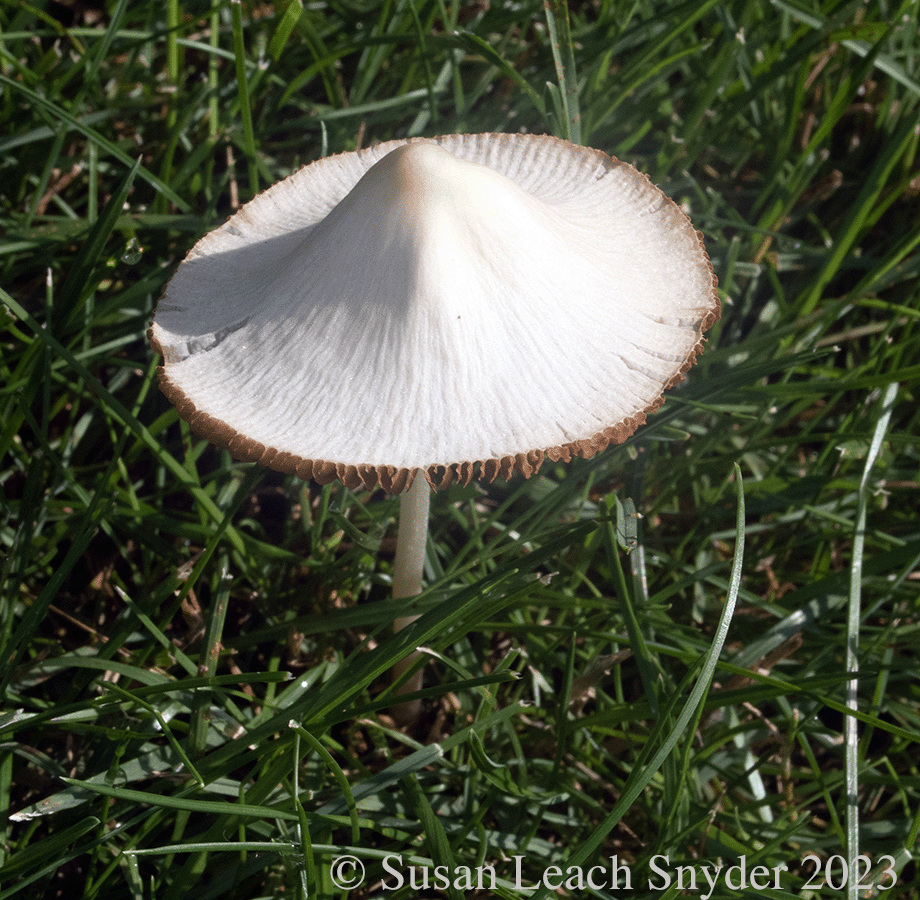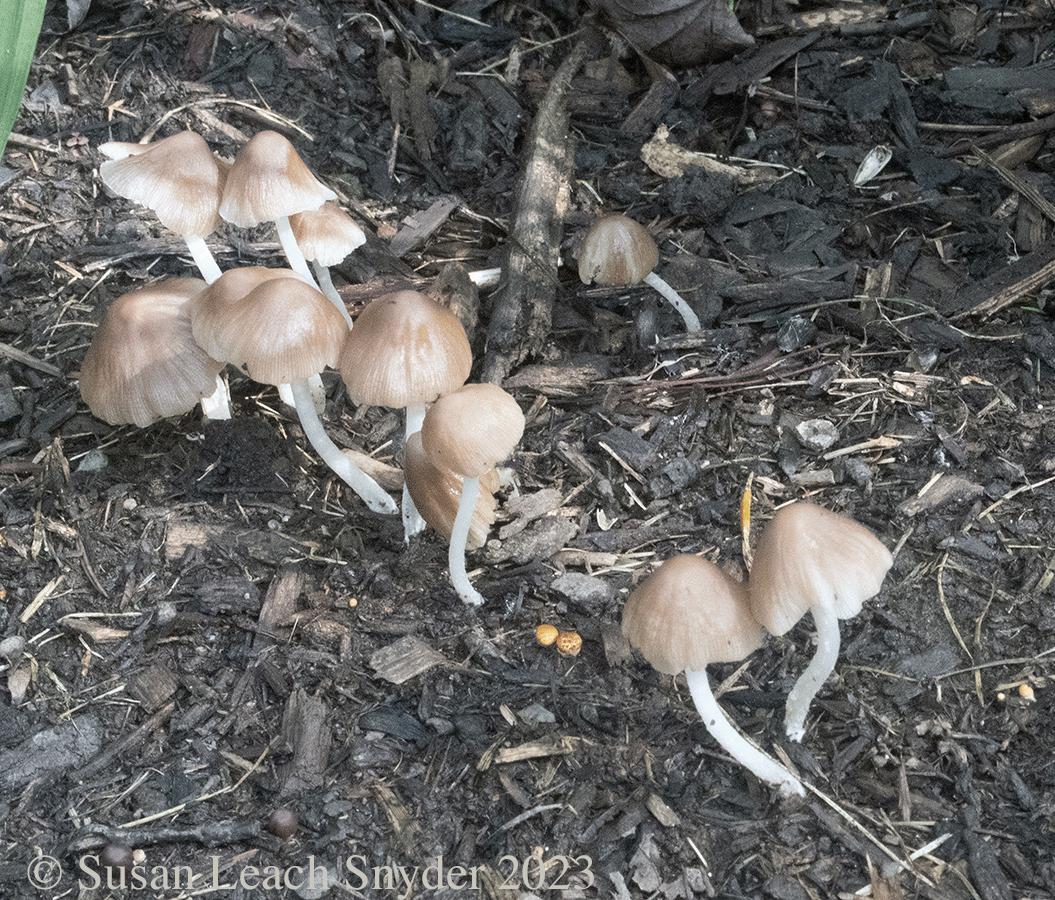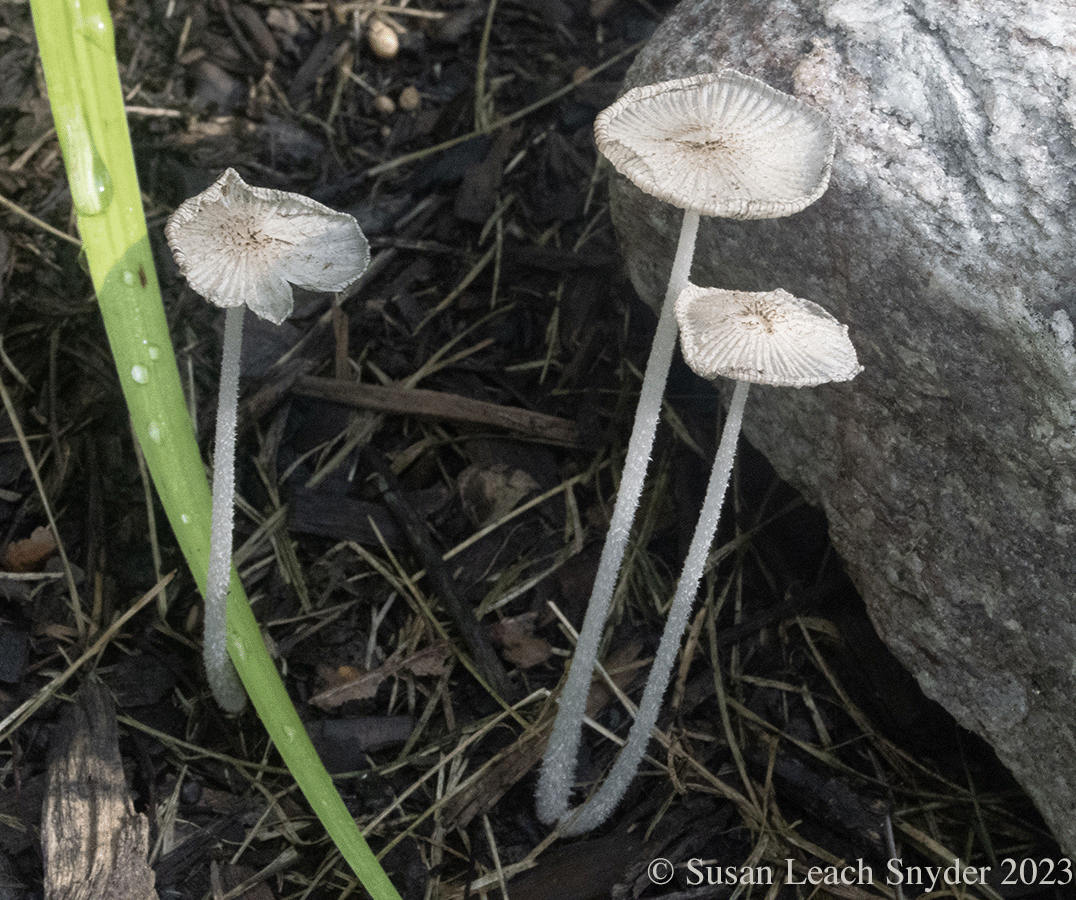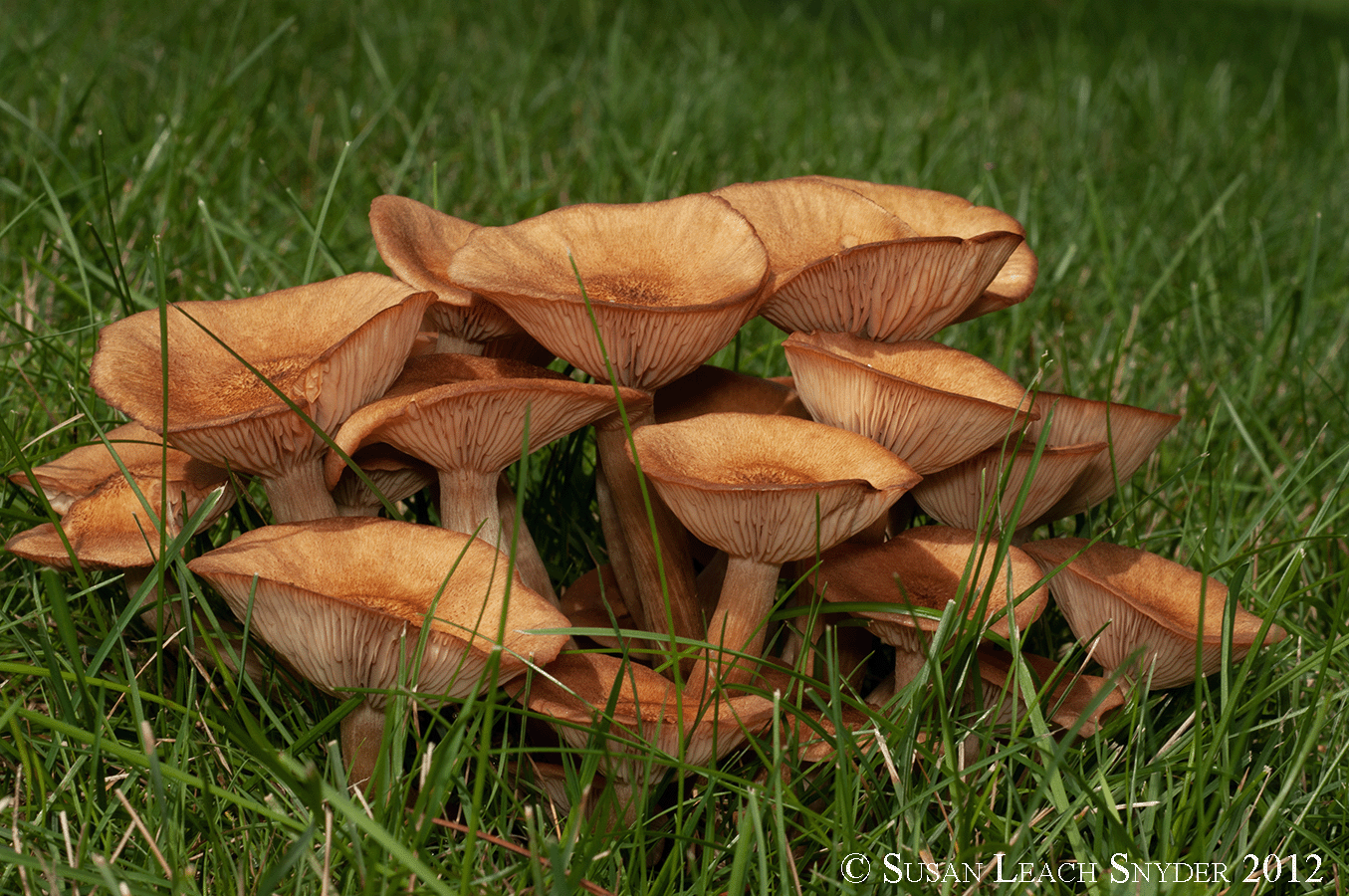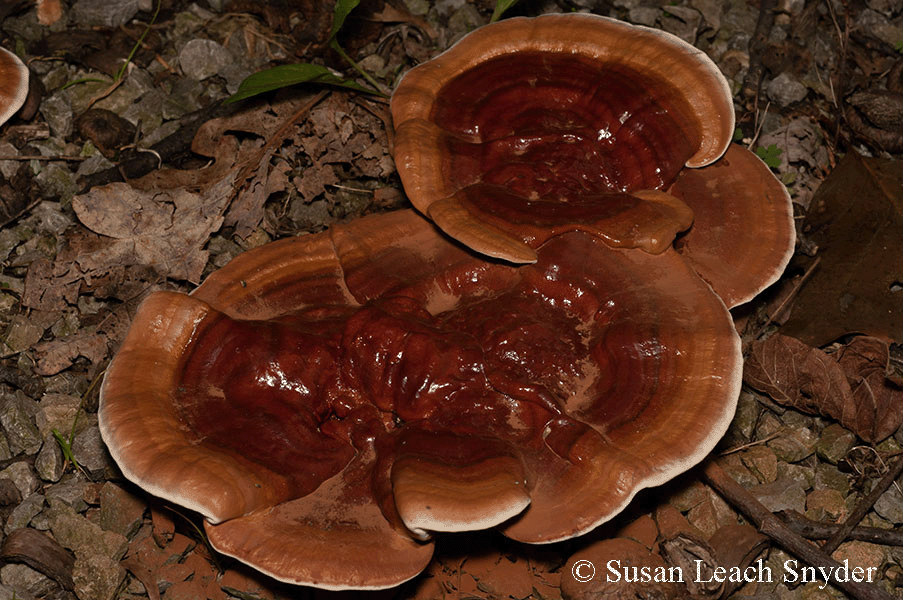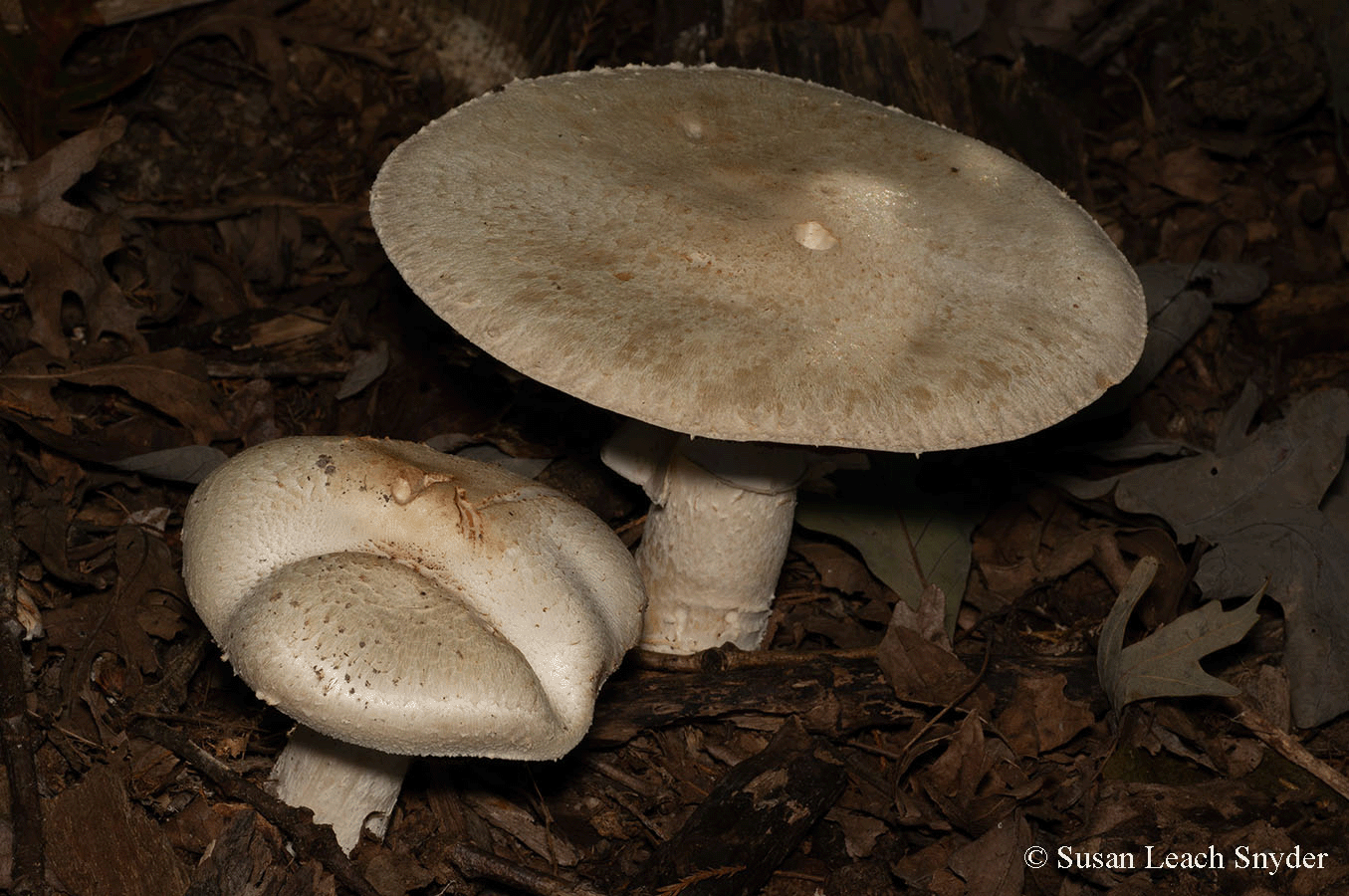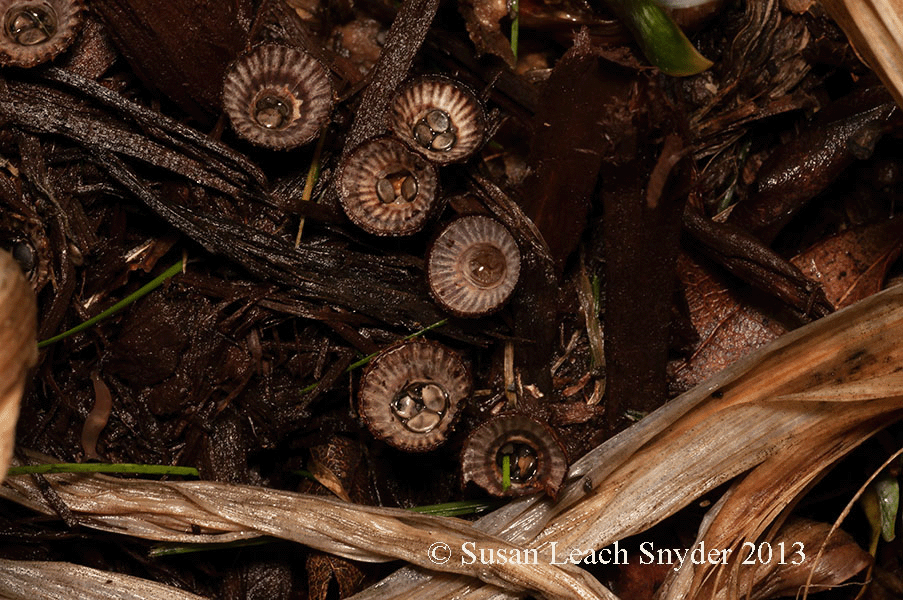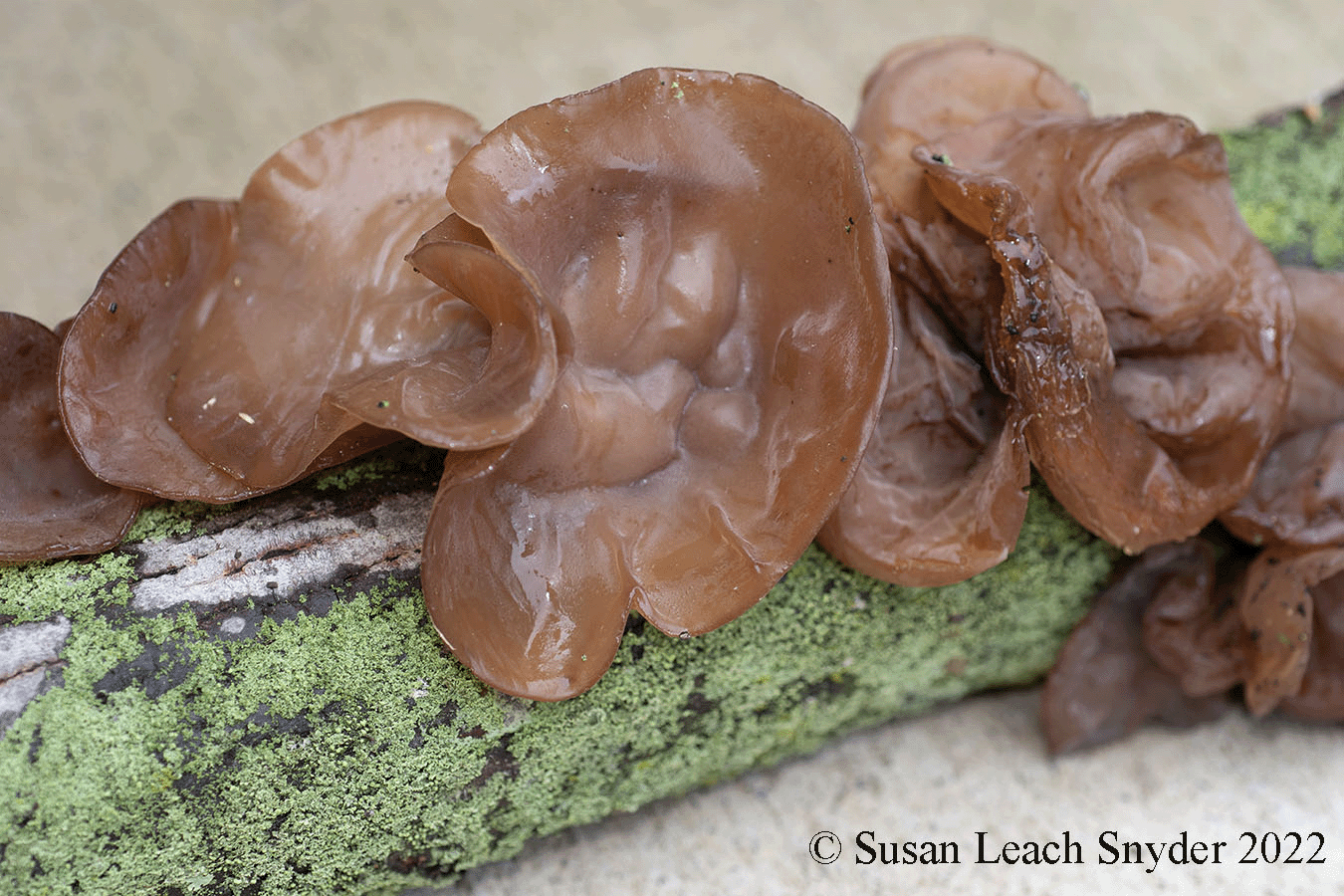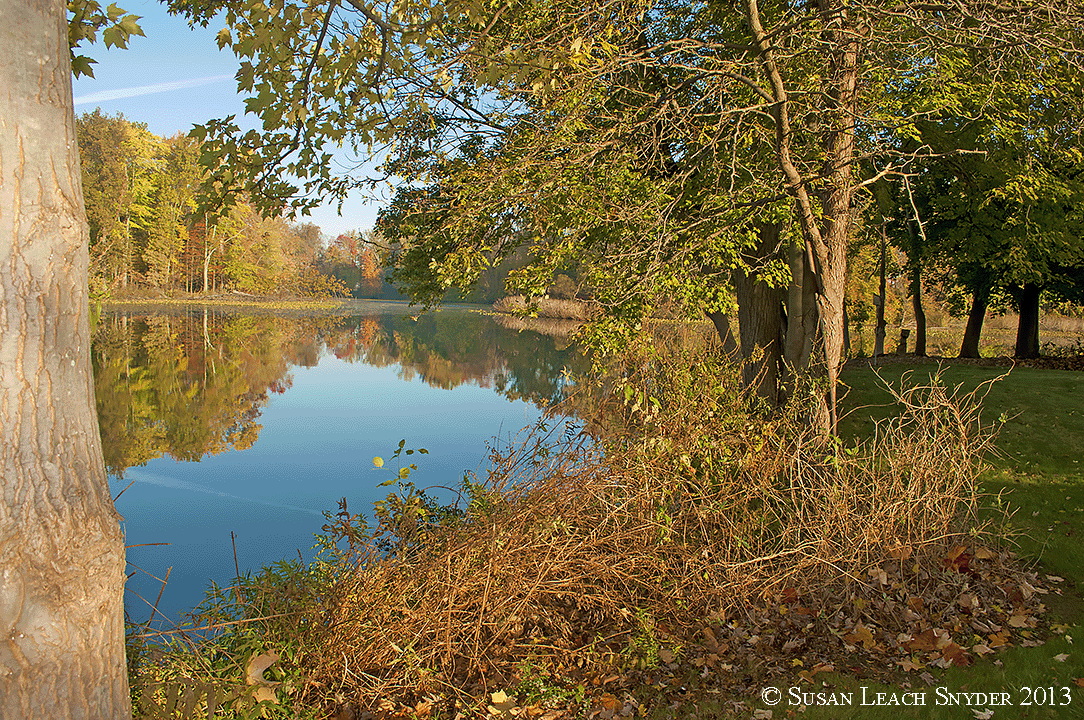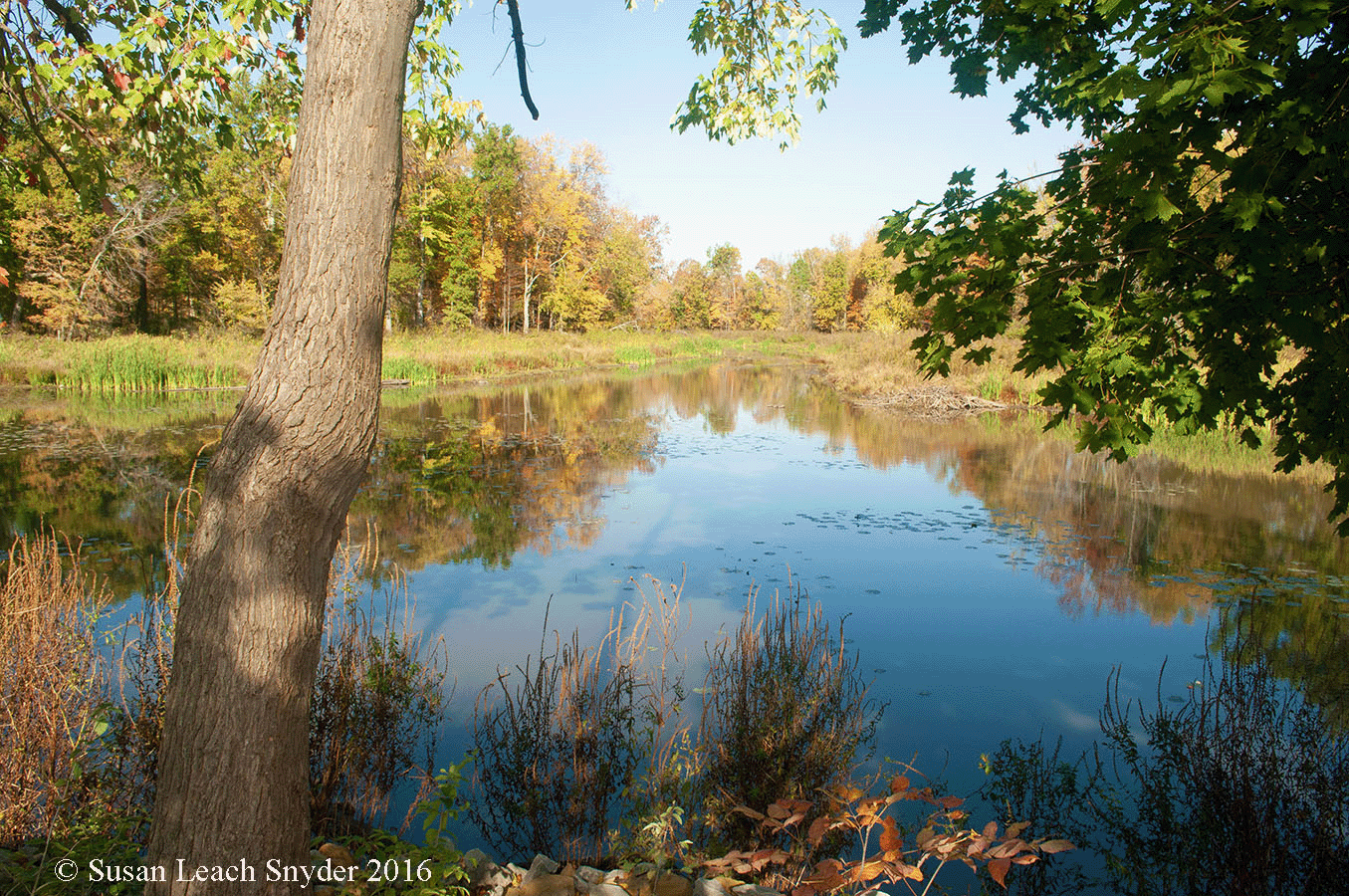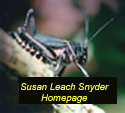Buckeye Lake, Ohio - Home
This website is a compilation of facts about Buckeye Lake's history and the natural environment. As an amateur photographer, my goal is to document the wildlife that inhabits our property and the immediate surroundings. This site will be under constant updating as I observe and photograph new organisms.
The Past:
The thriving 3,100-acre Buckeye Lake has a rich geological and human history. In the 1730s, the area was a swamp, known as "Buffalo Lick" and "Buffalo Swamp." The origin for the depression for the swamp was the weight of a glacier. The area was frequented by native Americans who lived nearby, created trails, and left artifacts that can still be found.
Below: When construction has been done on our property, flint chips and flint tools have been found. The 4.5 inch long flint tool at right below was found in the webmaster's yard by Helen Leach when the sewer system was constructed years ago. The flint chips and other tools were found by Susan and Terry Leach when the new home was constructed on the property in 2001.
The lake owes its beginning to the need for water for the Ohio Canal project. Construction of a 4.1 mile long dike to block the South Fork of the Licking River took place between 1826 and 1830. At the time, the body of water was called the Licking Summit Reservoir. The dike was build along the western and northern edges of the swamp.
(Left: People began building along the lake, as shown in this early postcard of a fisherman's home. The point where this home is located looks a lot like the property that became 115 Oak Drive, Hebron, OH... my home.)
As the swamp became filled with rainwater, one portion of the lake's bottom floated to the top and expanded to 50 acres. Although somewhat smaller today, it still exists as Cranberry Bog. The bog consists of thick mats of sphagnum moss.
Cranberry plants cover most of the island, and there are several species of orchids, two insectivorous plants (pitcher plants, and sundews), and bushes and trees. The bog is very frail and can easily break apart with wave action. For that reason, the area near the bog and other sensitive areas around the lake are posted with no wake speed signs. The map below shows the location of Cranberry Bog and no -wake zones with stippling. Open zones where boats can go faster are labeled on this map too.
In 1894, the Ohio State Legislature changed the reservoir's name to "Buckeye Lake". More cottages were build along its shore. Later a huge amusement park was created with transportation from Columbus Ohio via an electric trolley called the interurban. The cost of a ride was 10 cents, and the trolley moved at 70 mph. The amusement park with its roller coaster and other rides, roller skating rink, nightclub, and Crystal Ballroom and Pool continued to operate even during the depression. Big bands performed in the ballroom throughout the 1940s. In 1949, the lake became Ohio's first state park. Sadly, in the 1950s and 1960s, the park deteriorated and the crowds quit coming . But, the lake continued to attract boaters and people who liked to fish.
In 2015, the Army Corps of Engineers conducted a study that proved there were many weak points in the lake's dam, and the Corps informed the state government that there was imminent danger of dam failure. John Kasich, then Governor of Ohio. approved $150 million in funding to secure the dam with a 30-foot soil - mixed - with - concrete dam. The dam was restored in 3 years at a cost of $107 million. The ribbon cutting was in 2018.
____________________________________
The Present:
Today, the shores of the lake are surrounded by homes, old and new, a winery and other restaurants, marinas and other businesses. Each fall, the spillway is opened and the lake level is lowered to protect the lake's shoreline. On March 1st, the spillway is closed to let the lake fill back up with rainwater. In the summer months, lake depth averages 6 feet deep; some areas are 14 feet deep.
The images below are two homes that have been located at 115 Oak Drive. The first home was originally built by Austin Thatcher ~ 1949, and later modernized in 1979 by Helen and Russell Leach (my parents). This photograph was taken in 2014. In 2019, that house was removed from the property and the second home was build by Jim and Susan Snyder. This photograph was taken in 2023.
Family History at the Property:
In 1949, Austin J. Thatcher (1st cousin of my grandmother, Hazel Thatcher Leach) purchased the property, where he built a cottage, and leased the land adjacent to the lake as a "Reservoir Land Lease." After Austin's death, his sisters - Phyllis Fenner and Hazel Snider - sold the land to Helen and Russell Leach. Prior to the date of the sale, the two parties had no idea of the family relationship.
The Leaches were able to purchase the once - leased land and expanded ownership of the property to the water's edge. The Leaches added rooms to the cottage, updated the kitchen and other rooms, and built a garage. Many family weekends were held at the cottage, as well as special events. Susan and Jim were married there in 1988 and Helen and Russell celebrated their 50th wedding anniversary in 1995 with a huge party with their friends.
After the death of the Leaches, their oldest daughter, Susan inherited the property. In October 2019, Susan and husband Jim Snyder had the cottage demolished and a new home (shown above) constructed.
Other changes to the property were made to the location of some gardens, as will be described below. Russell always had a flagpole in the yard, on which he would hang both an American flag and an Ohio State Flag. The Snyder's moved the location of the pole, so that it was in a garden. At the bottom of the flag pole, Jim had two plaques designed to honor both of their fathers, who had served in WW II. (At right are the two plaques and flagpole.)
Wildlife Sightings Abound:
Fishing is excellent at the lake. Fish species include: catfish (blue cats, flatheads), two kinds of sturgeon, walleye, sauger, northern pike, muskie, bass (target, striped, and largemouth), trout, 3 species of salmon, carp, and bluegill. Some of these fish are stocked from a hatchery. Bass tournaments are frequently held in the spring. Because fishing is so good, the shoreline of our property is often occupied by fishing boats.
Plant and other animal life is abundant. (All images below were taken on, from. or adjacent to the 115 Oak Drive Property.)
In the lake, water lilies and water lotus are the most common plants. Along shore Mallow and Buttonbush are two frequently observed plants. Shown in this image, the Mallow are pink, the Water Lily Pads are flat, and the Water Lotus plants are green with large leaves protruding above the water.
In early July, Lily Pads begin blooming.
Water Lotus begin blooming after the lily pads.
Below: Image 1 is a Water Lotus Flower; Image 2 is the Seed Pod that remains after the flower is gone.
Mallow plants bloom later in the summer.
When the Mallow Flower petals fall off , the Seed Pod is exposed, as shown in these two photographs.
A Buttonbush Flower looks like a Sputnik satellite.
Bird life abounds along the lake.
The next four images show Great Blue Herons, visiting the yard.
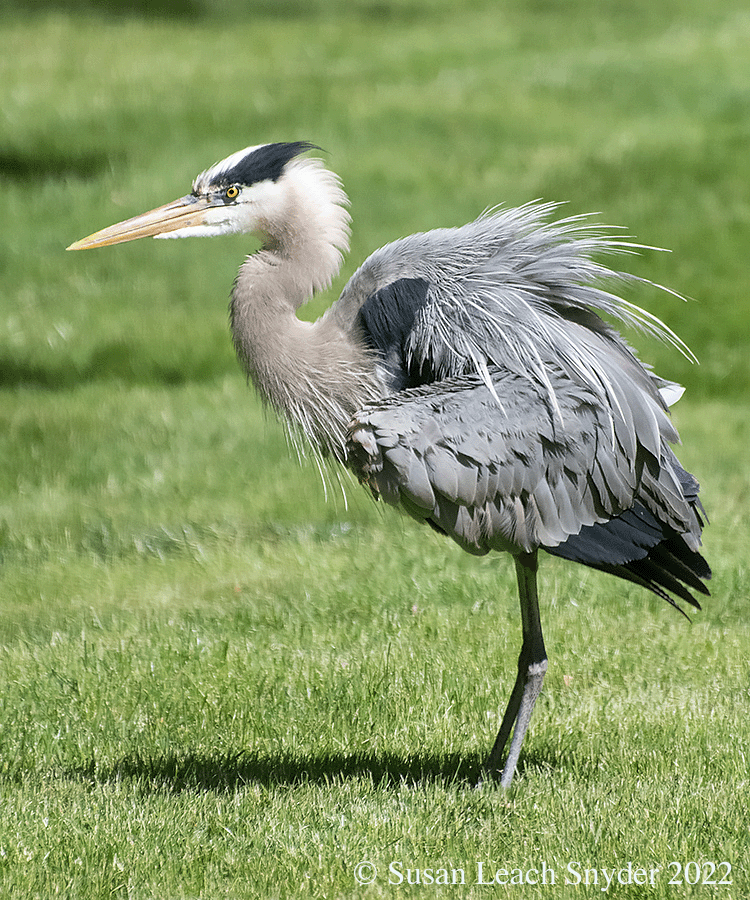
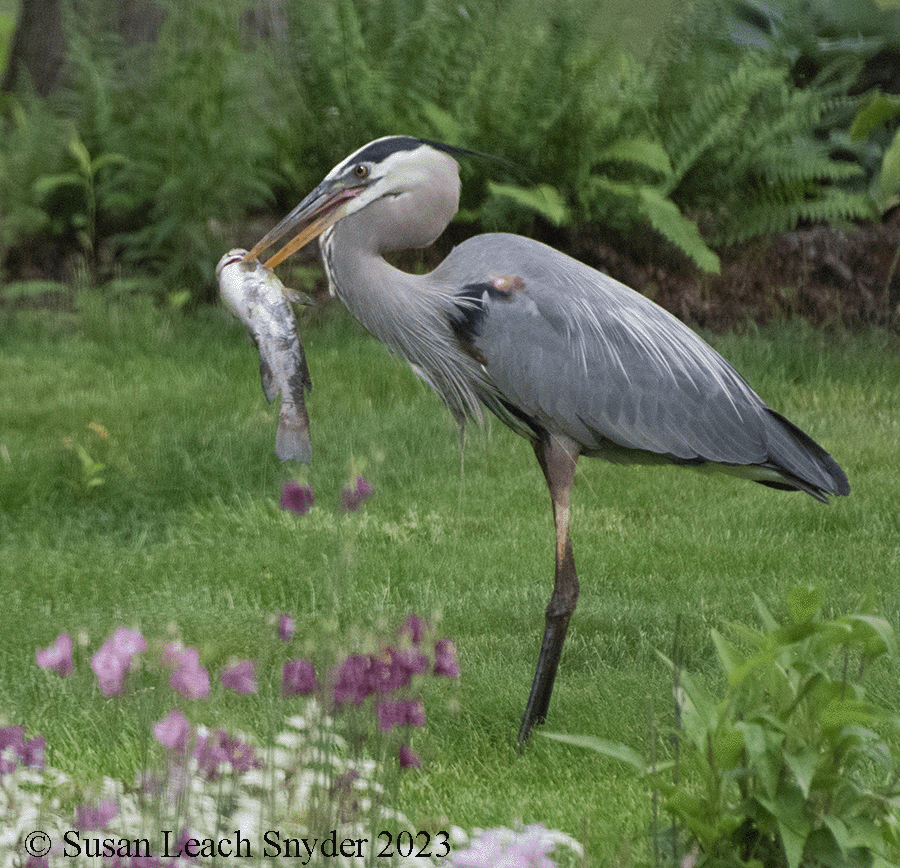
Other wading birds include Great Egrets. How do they can remain so white, while wading in muddy lake water?
Green herons fish from floating Lily Pads and keep lookout from our dock and trees. They eat small fish.
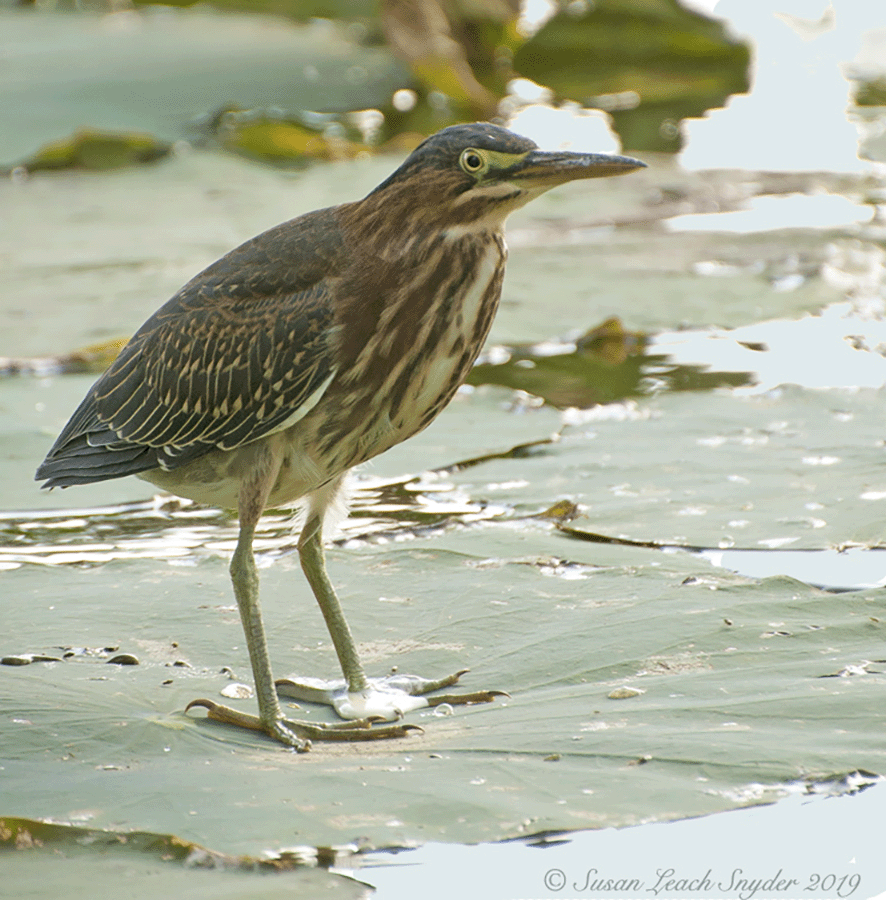
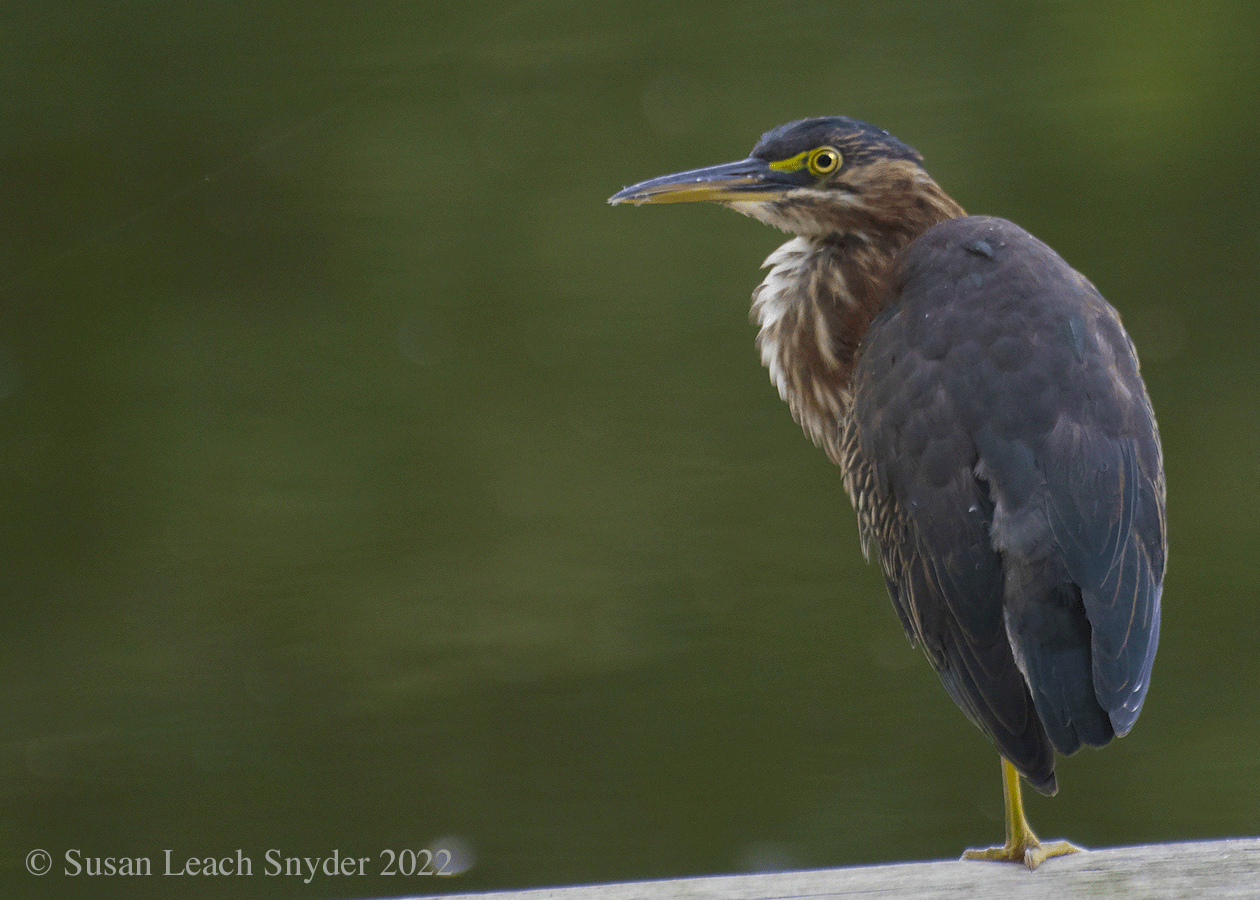
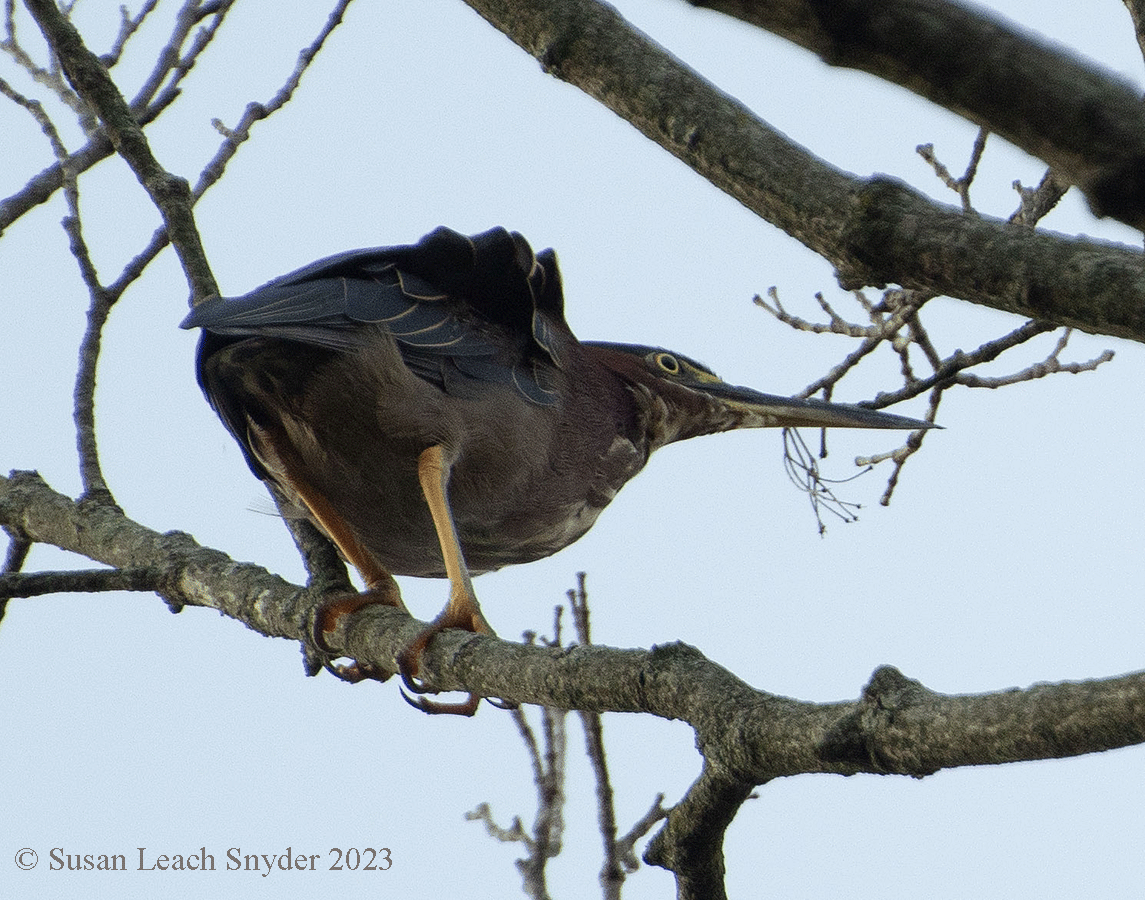
Double-Crested Cormorants have colorful markings and expert diving skills. They dive underwater to fish. The one shown here was taking a break on a buoy.
Canada geese are numerous. They tend to stay in large flocks swimming in the lake, flying overhead in formation, or forming large groups on grassy lawns. Note their long black necks and white cheeks.
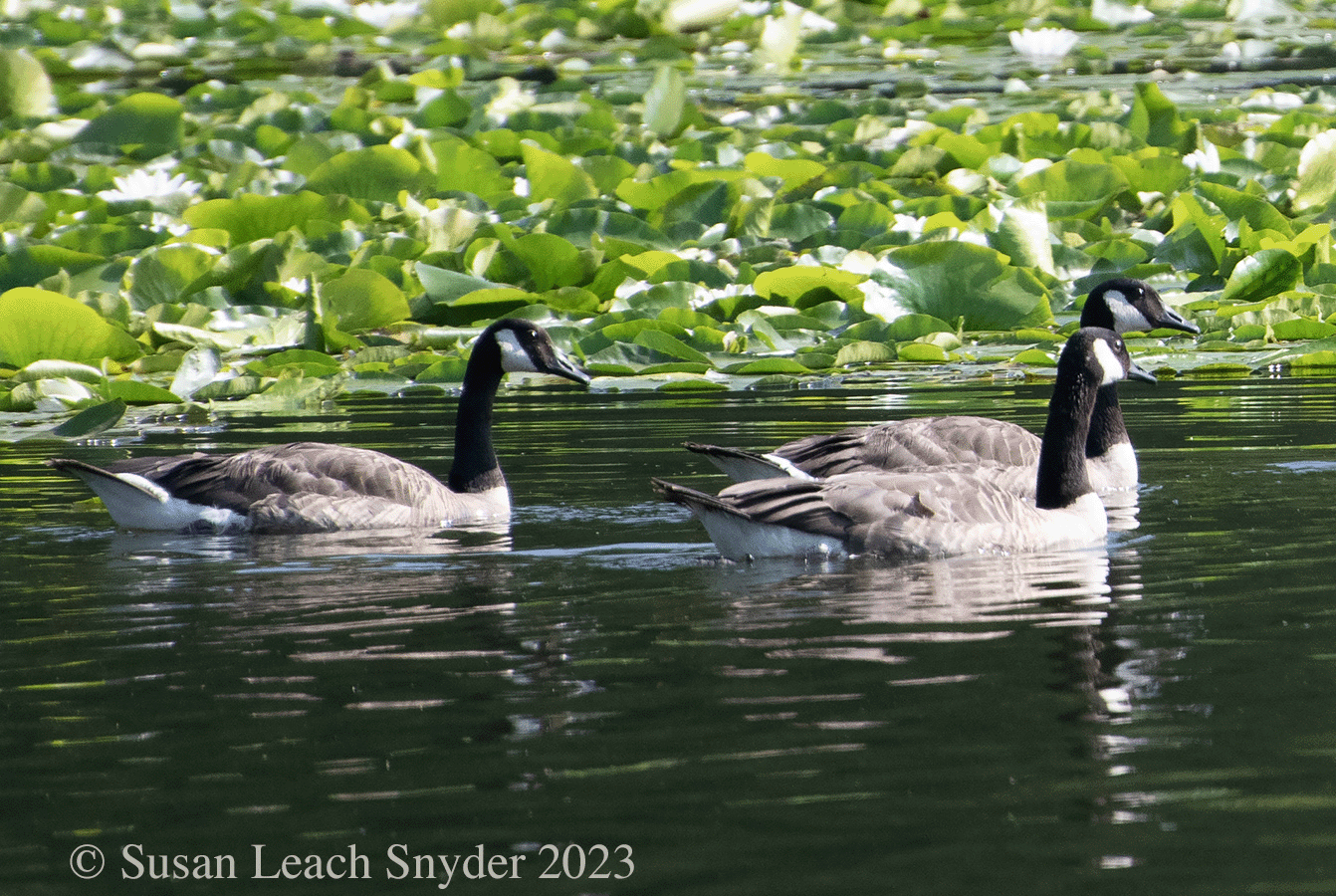
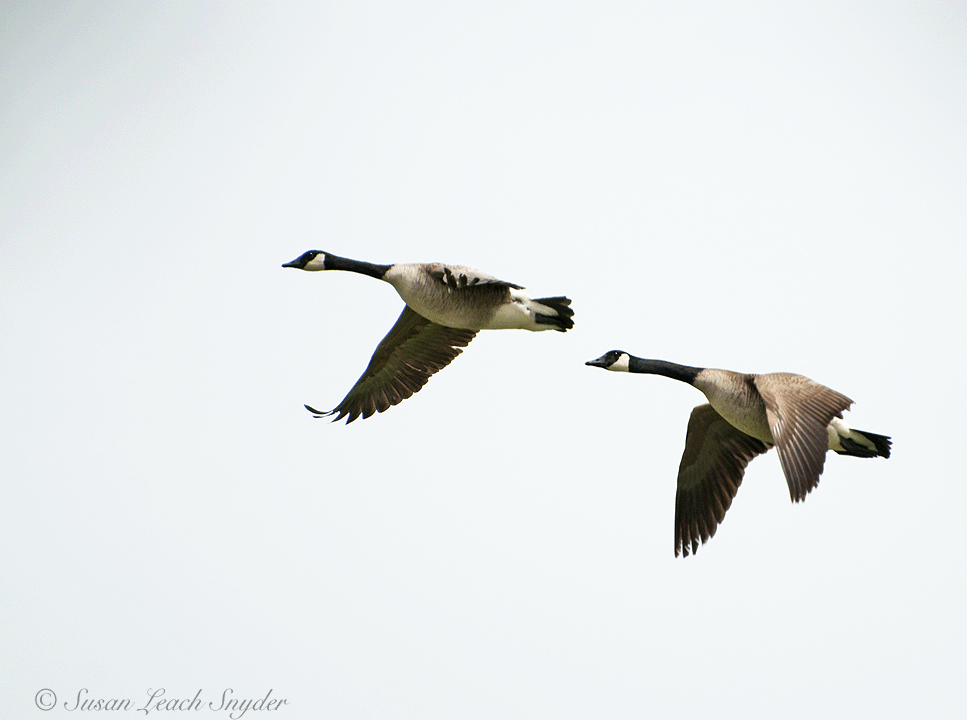
Mallard mother ducks are often seen in the spring and summer with their chicks. A male, as shown in the 3rd photograph typically has a green head and a white ring around its neck. Females are smaller than males and have mottled brown and buff-colored feathers. The second photograph shows a chick under the breast of its protective mother.
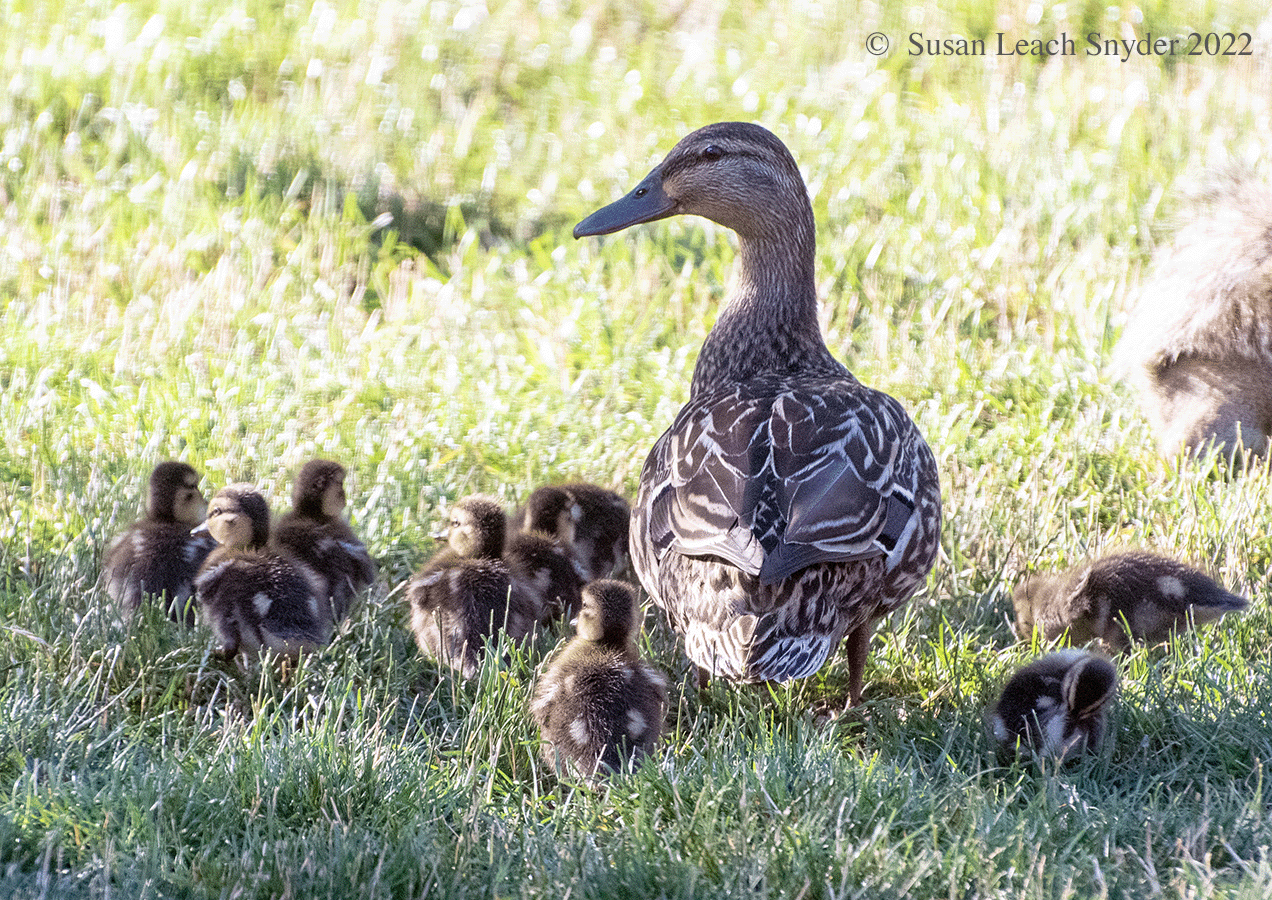
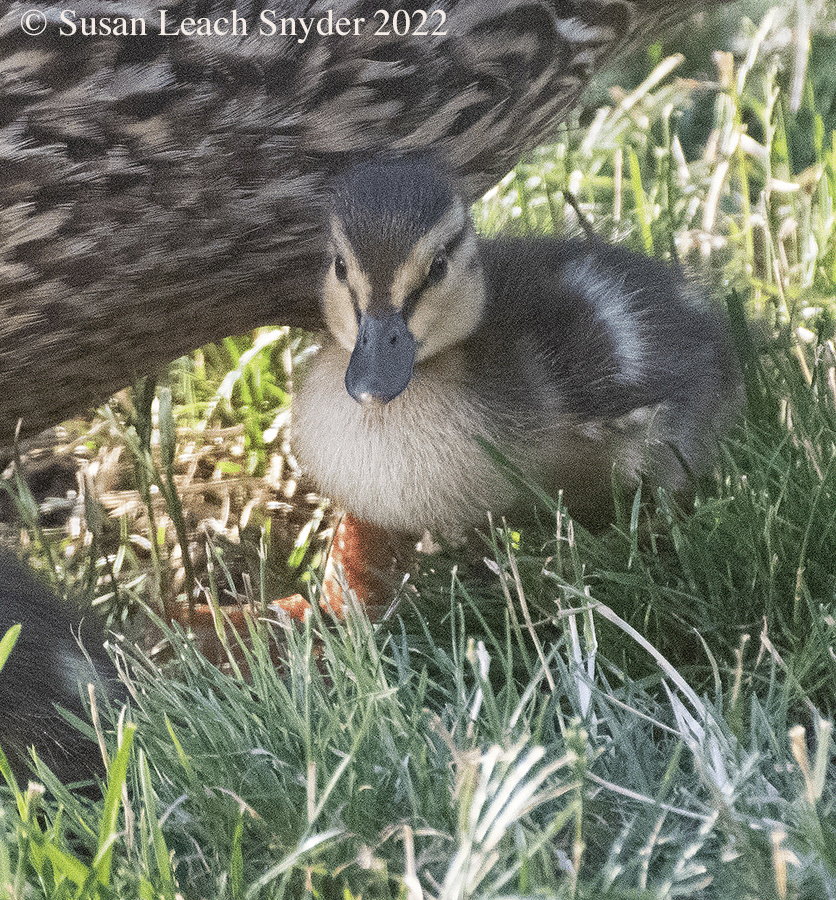
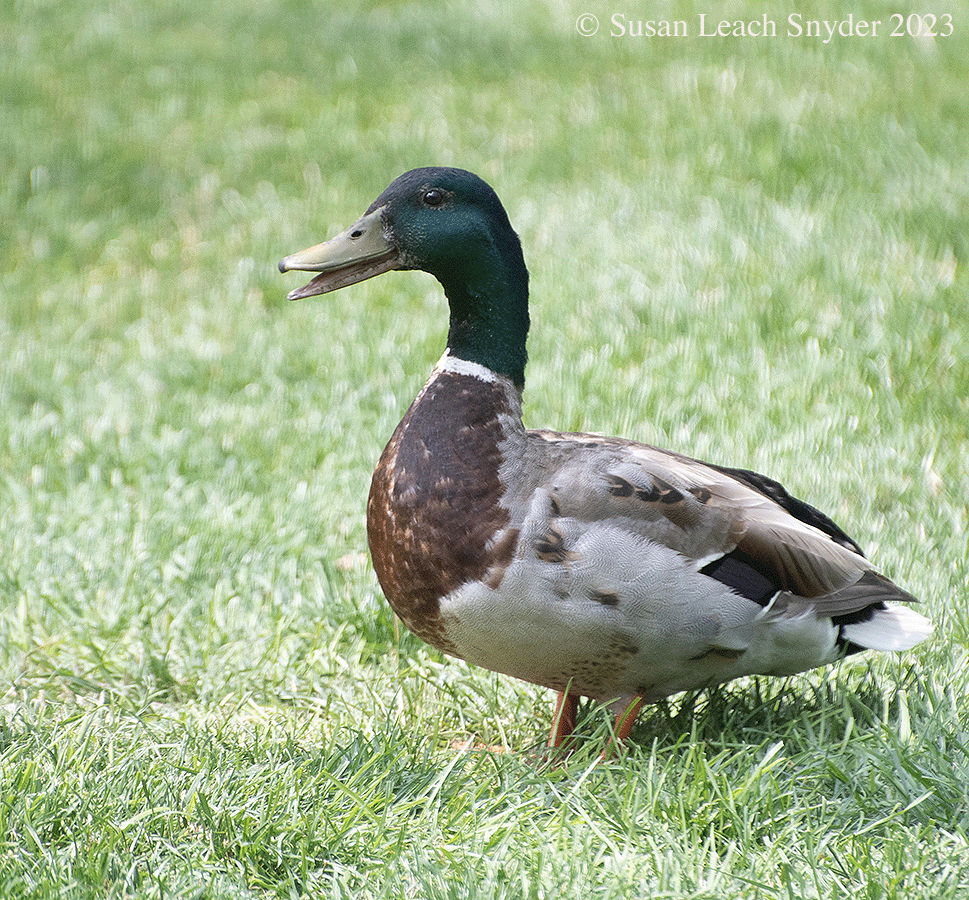
Although considered invasive by the Ohio Department of Natural Resources, we love to see Mute Swans. They 're not only beautiful, but they chase Canada geese from yards.
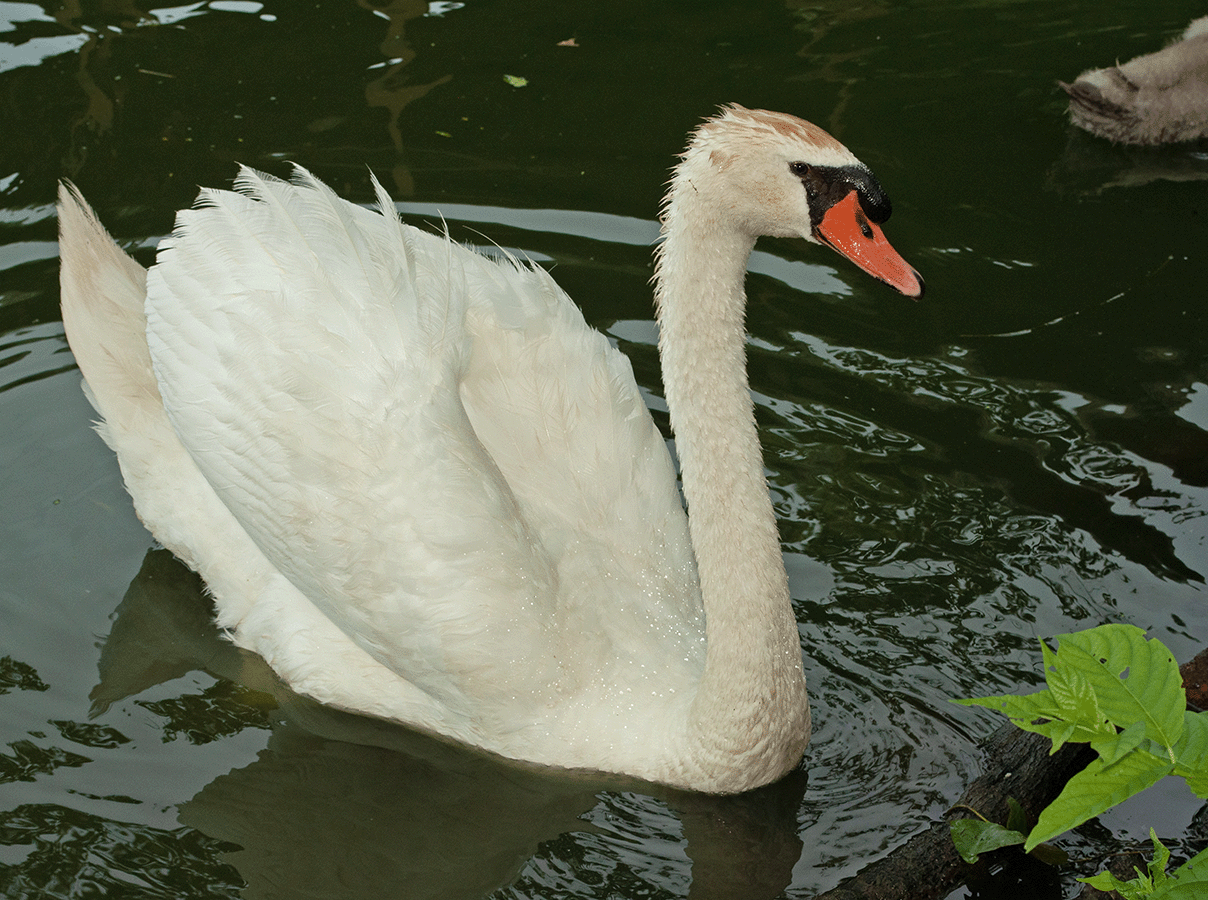
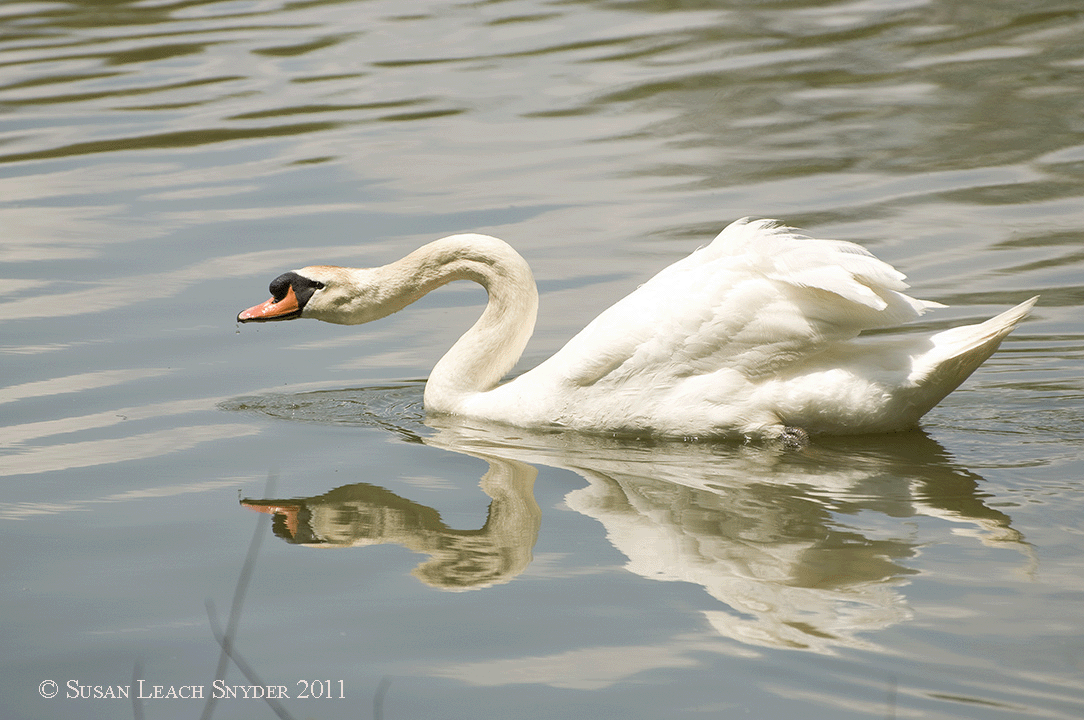
Eagles nest in the immediate area. A pair of adults were spotted in trees in the winter of 2021. At the same time, juvenile eagles were walking on the frozen lake, as shown in image 3.
Belted Kingfishers flit quickly among tree branches emitting a harsh, rattling call. They dive into the lake and emerge with fish in their straight, heavy, black bills. This is a female kingfisher. The male lacks the chestnut band along its chest. Usually in the bird world, the male is more brightly colored than the female, but this is not the case in kingfishers.
Fall brings with it duck hunting season. This is also when many birds are migrating South for the winter and stop off at Buckeye Lake. It seems a real shame that just when the birds need a break from having to fly great distances because of temperature changes, and then find food and resting places in unfamiliar locations, they also have to avoid bullets. Typically the hunters are in camouflaged boats, with camouflaged clothing and guns, and with dogs to retrieve their kills. Or, some hide in blinds they construct immediately across the water from our property. The shooting begins at dawn.
In 2015, when the dam was being constructed and the water level was quite low, hunters continued to show up off our shore. The water was too shallow for boats, so take a gander at this guy's mode of locomotion.
One fall day, this pair of an unknown species of duck appeared off our shore. They were only visitors for a short time and were assumed to be a migrating pair. They might be hybridized mallards. Hybridized means they are the result of a cross of two different duck species.
Another migrating bird was spotted just off our shore in 2012. It was a Coot, shown in the next two images.
Wood Ducks migrate South in the fall too. The males have red eyes and red markings on their heads. Females have white eye patches.
An unusual visitor to the lake was this Common Loon in 2015. Note its black head and neck. This bird often consumes its prey underwater. It eats aquatic animals and vegetation. This one was likely migrating North since the bird was photographed in May, just off our property.
Other Creature Visitors
Muskrats swim in the lake and burrow into the bank, creating underwater entrances to land. Results are large holes , erosion, and crumbling bank. In the last few years, we've placed large rock riprap on the bank to keep out these animals. Their main food are Cattails, Water Lilies and other aquatic vegetation.
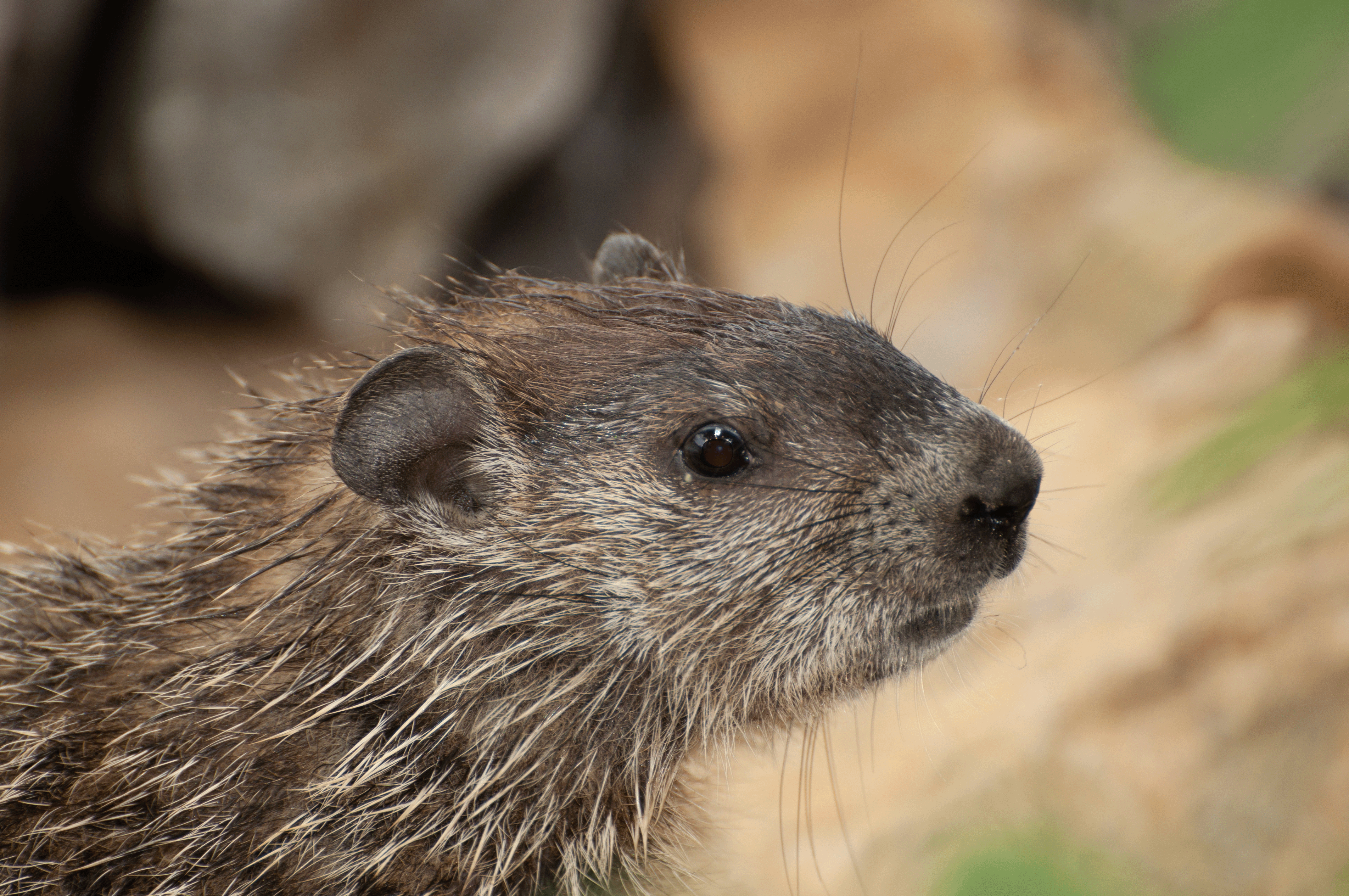
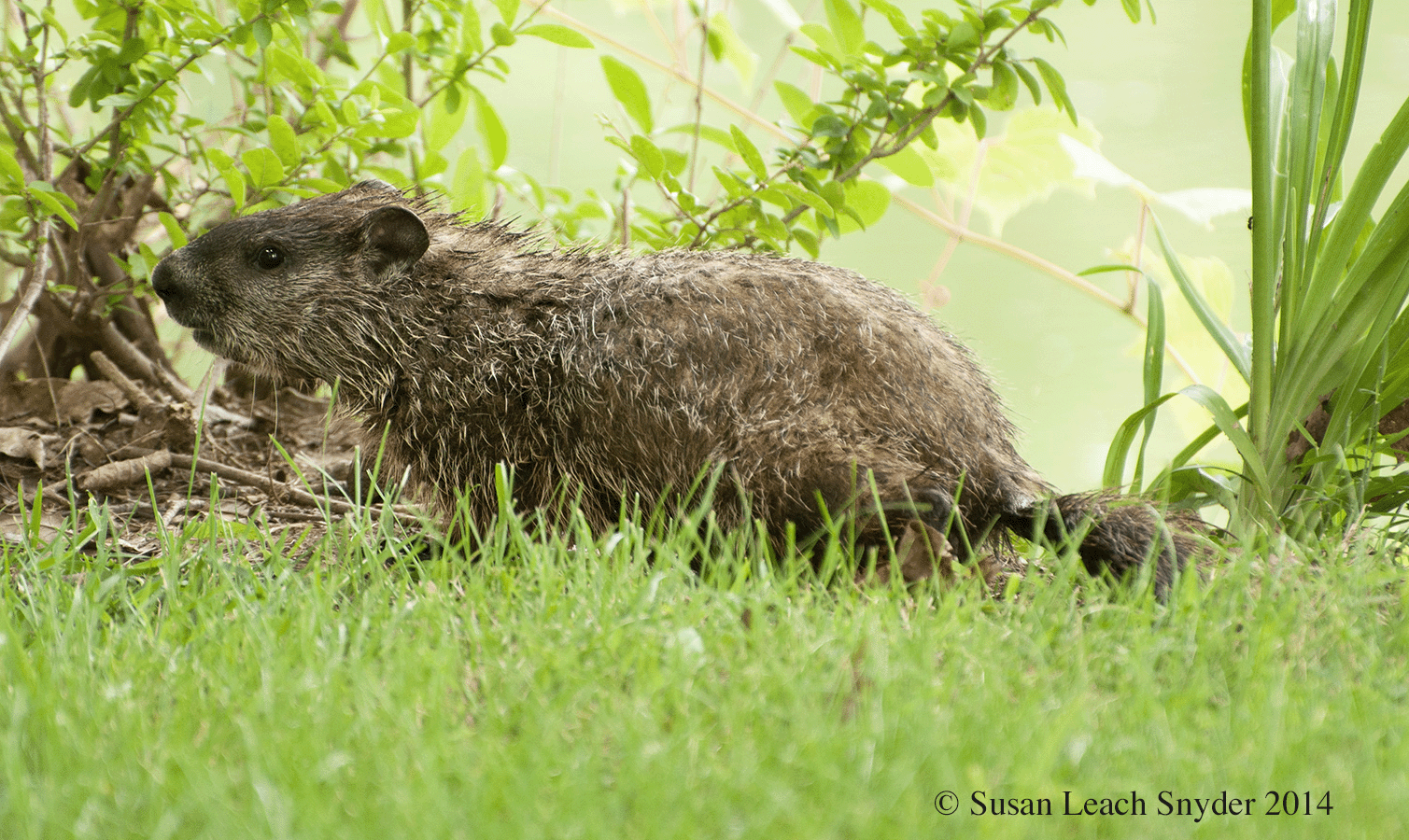
Frogs, Turtles, Snakes, and Rabbits have all been photographed as the were visiting and residing on the property.
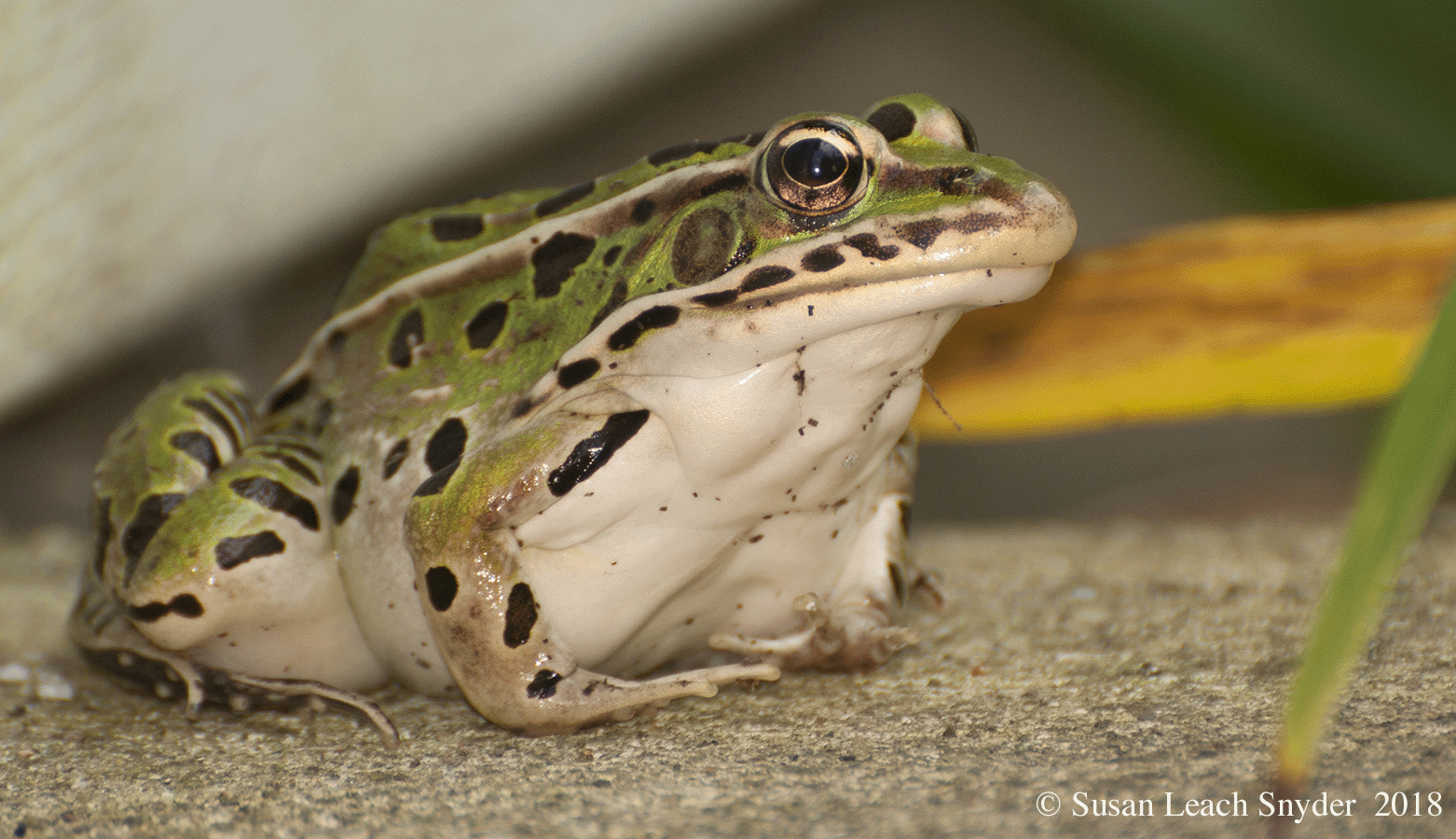
This turtle was attempting to lay its eggs.
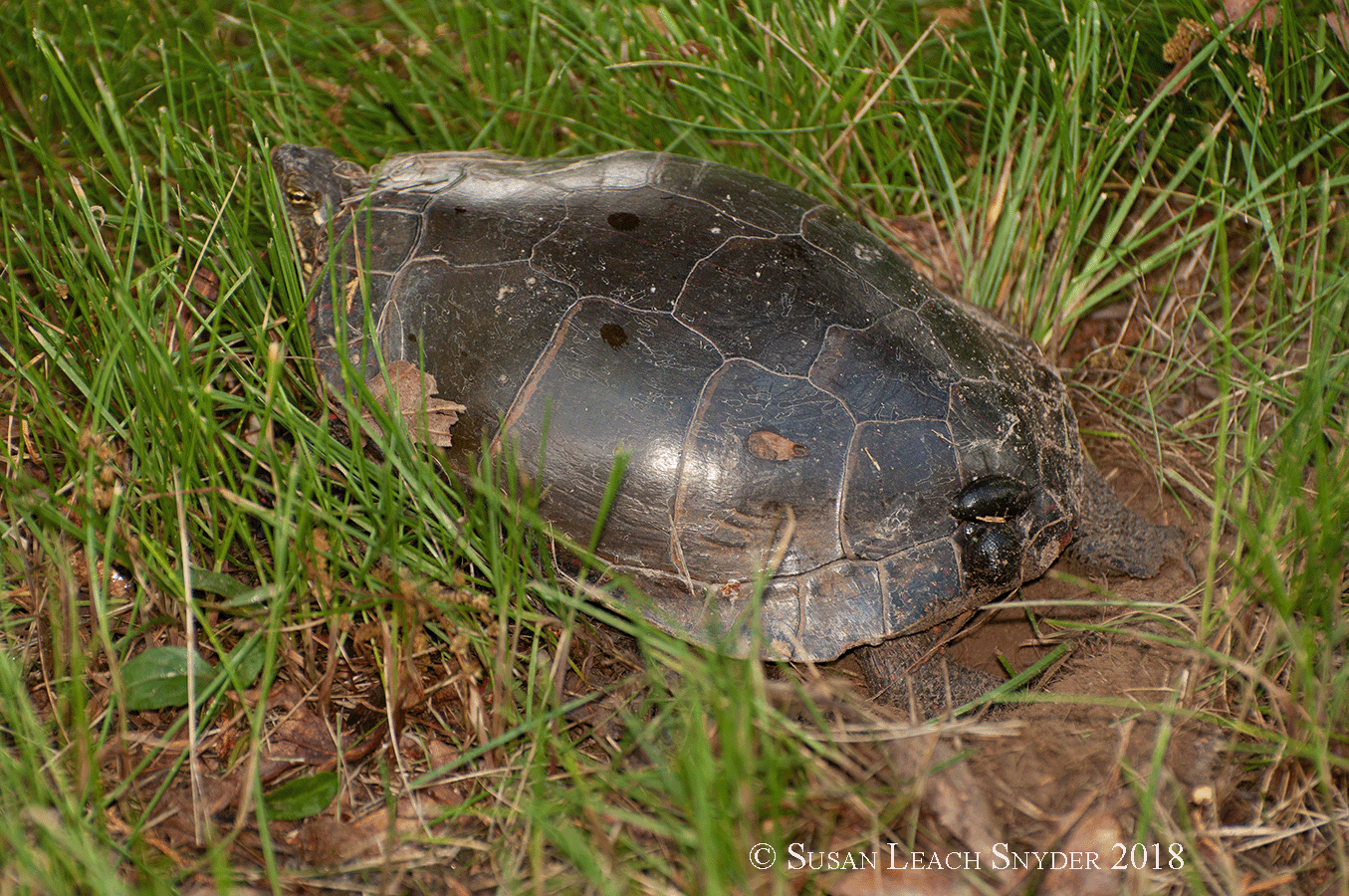
Snakes live in the rocks along the bank.
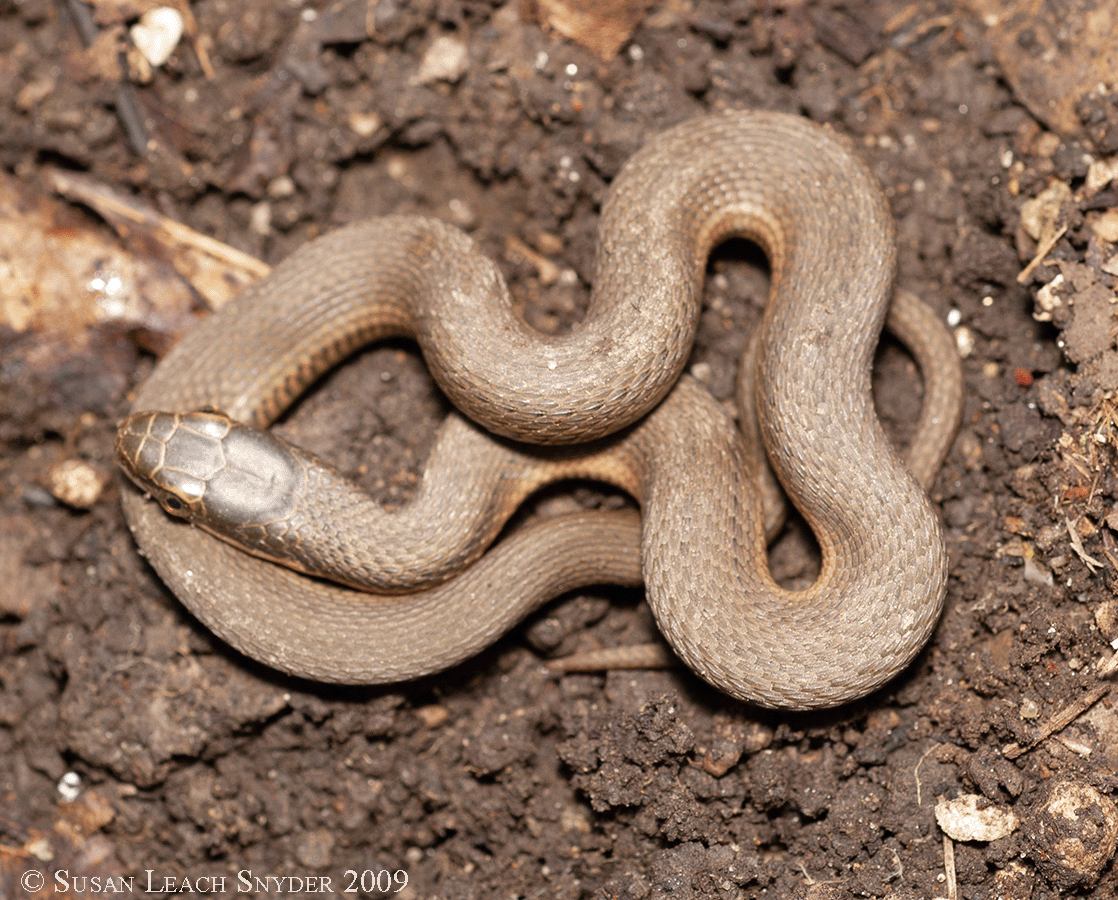
This tiny Cottontail Rabbit was trimming Roses, Fall Asters, and Milkweed plants before it was captured and moved off the island.
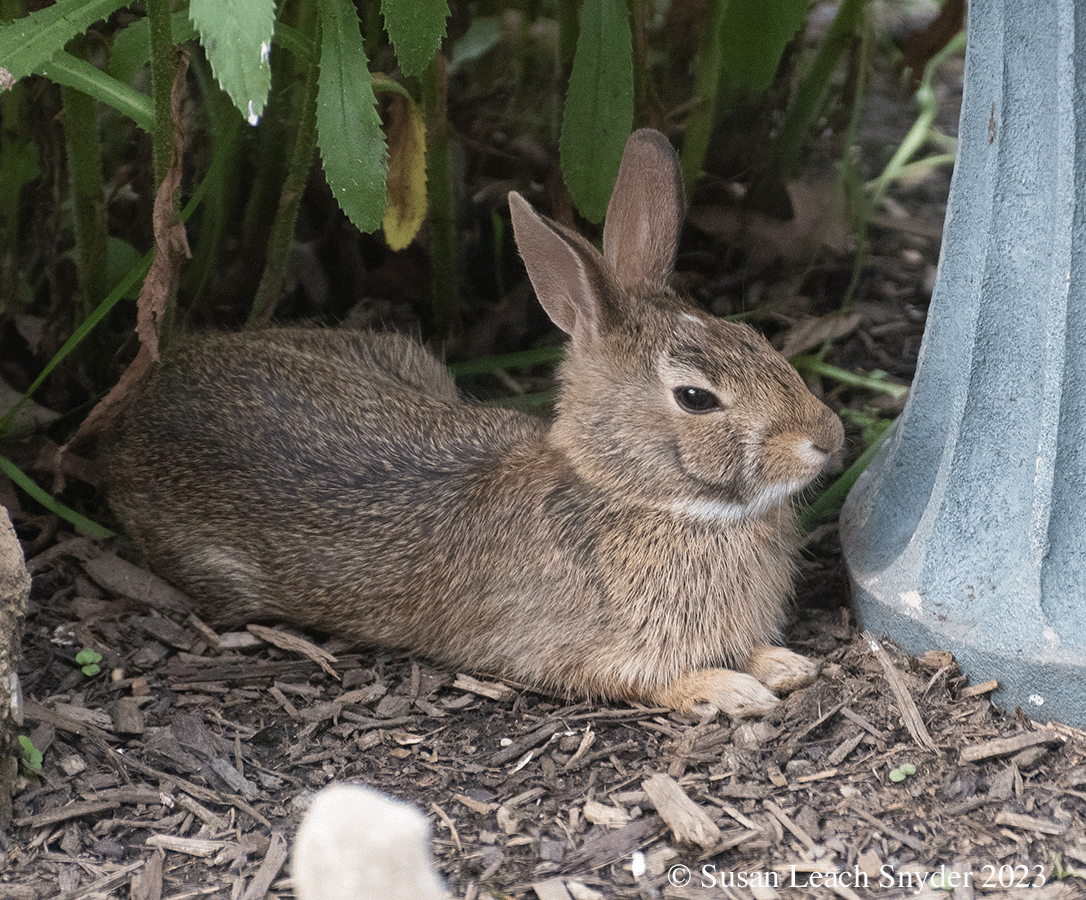
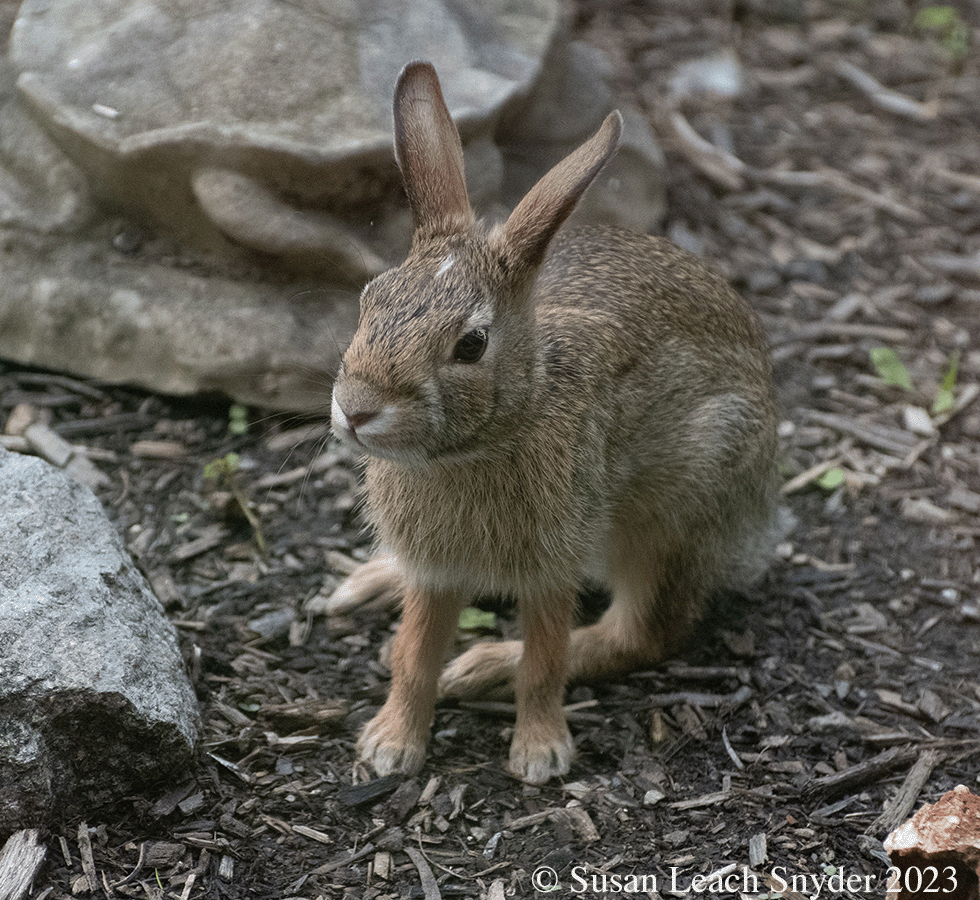
And, we can't forget the Raccoon and Eastern Gray Squirrel visits. Both of these species have decided that the bird feeders are theirs.
Squirrels use lawn furniture on the porch for an amusement area.
The squirrels below are leucistic. Leucism is a recessive genetic trait that causes an animal to lack pigment over its entire body. Leucism should not be confused with albinism. There is a small colony of leucistic squirrels in the Harbor Hills and Coon Oaks Allotment where we live. Several years ago, this one visited our yard.
Beavers and minks have visited the property in the past also, but photographs were not taken.
In mid July 2024, the two mammals below were observed peacefully enjoying the no -wake zone adjacent to our property. I'm not sure which one was having a better time.
Bird Feeder Visitors
There are numerous sunflower seed, suet, and hummingbird feeders in the yard. All of the feeders are visible from the great room and these photographs were taken though a picture window.
Images 1 and 2 are male Red-Winged Blackbirds. Female Red-Winged Blackbirds lack the red shoulder patches and are dusky brown with heavily streaked breasts. Image 3 shows spoiled Red-Winged blackbird juveniles, waiting on the ground to be fed by their parents.
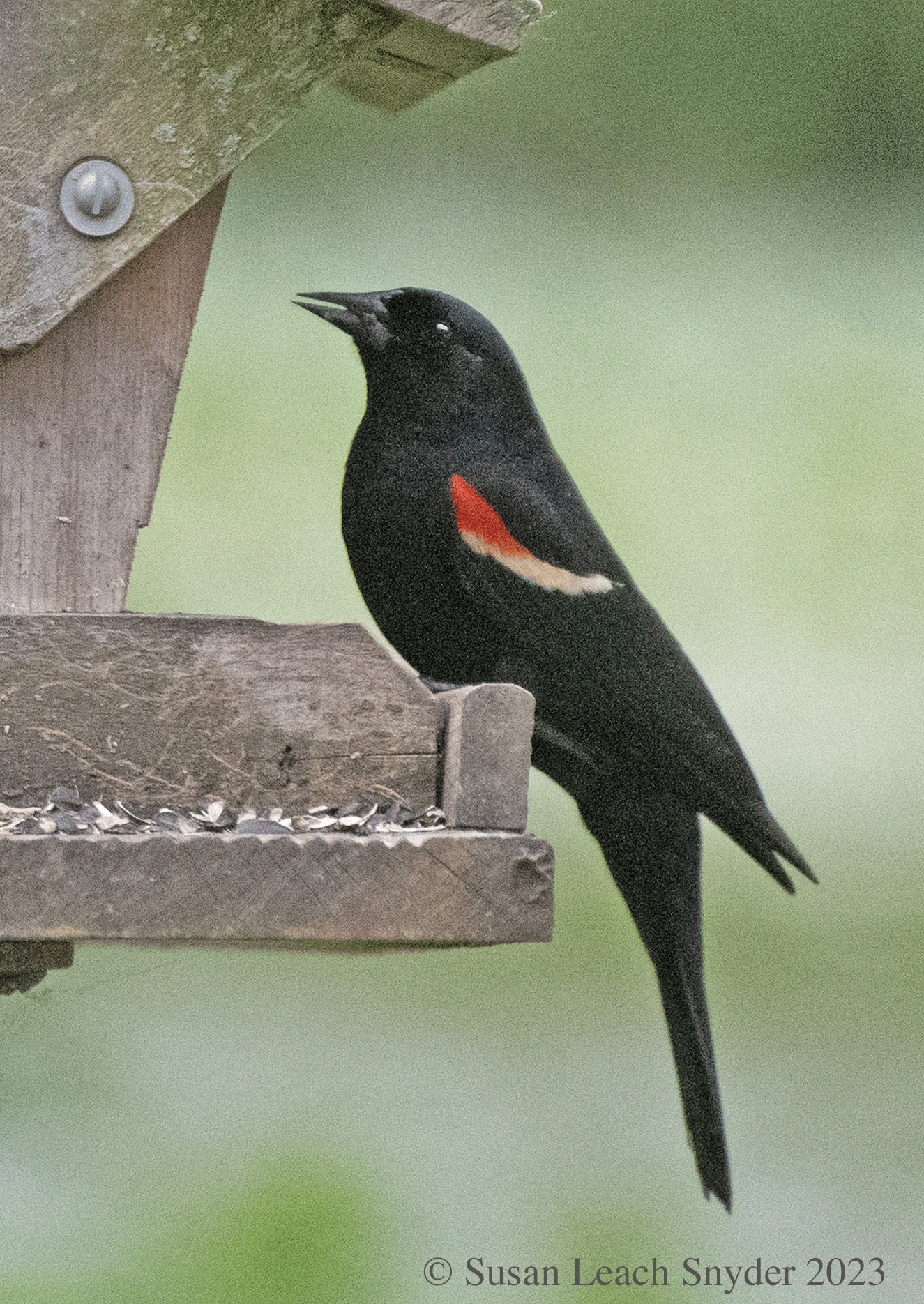
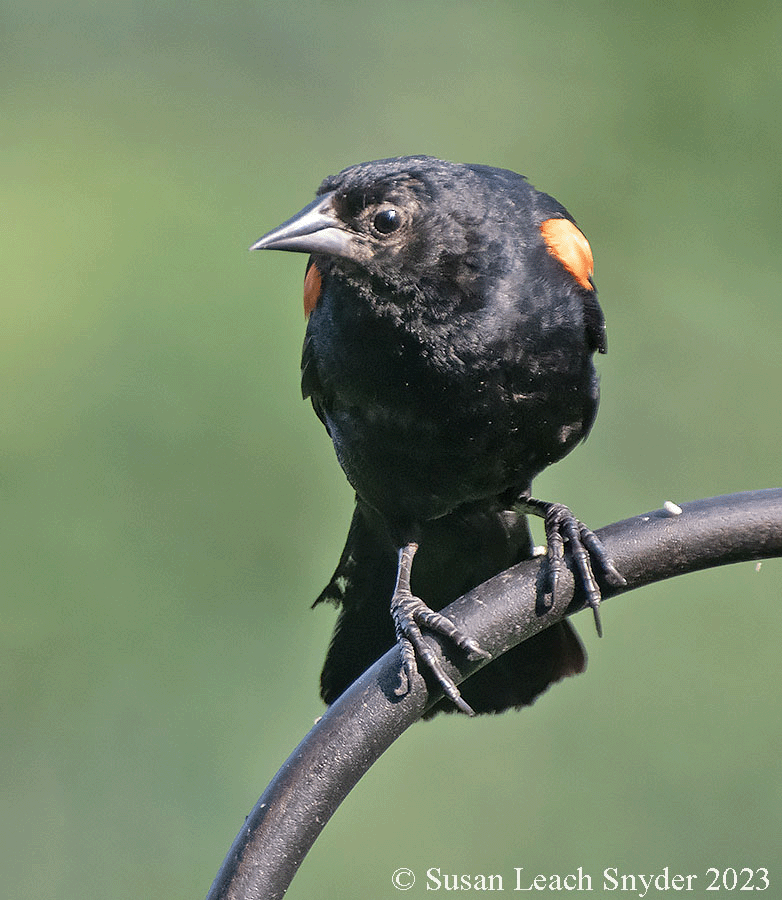
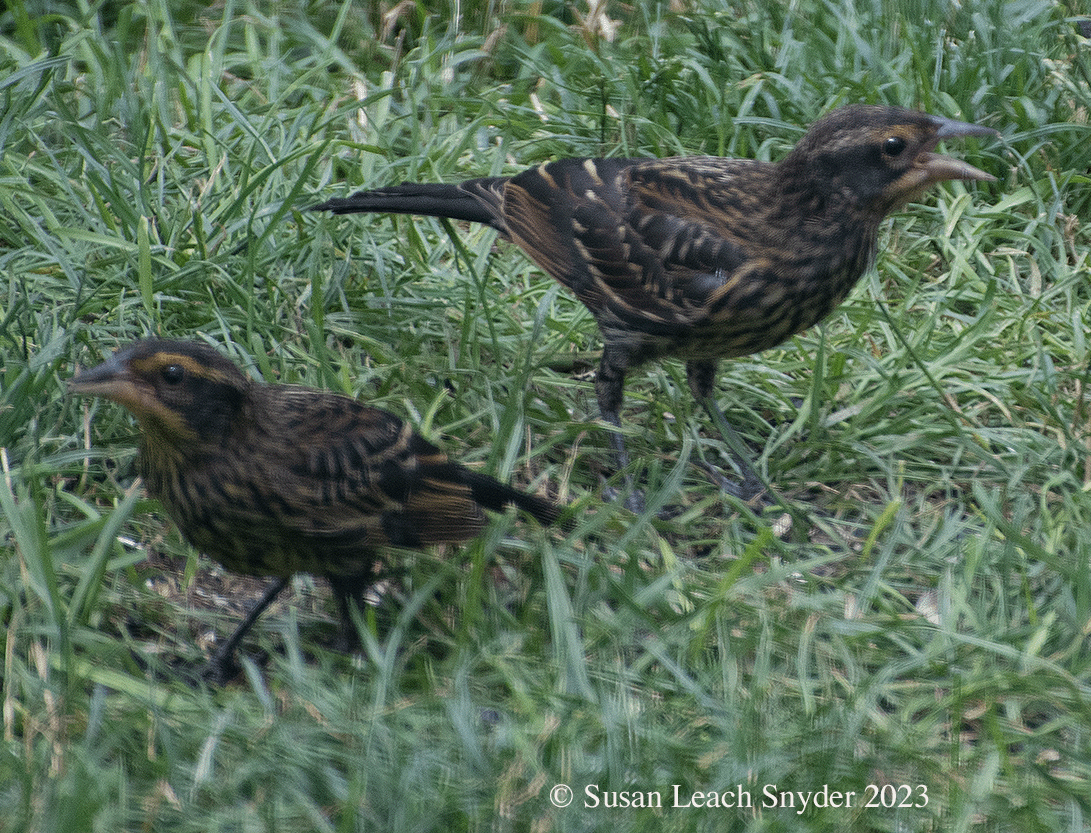
A male Baltimore Oriole awaits its turn at the suet feeder. But this bird also enjoys eating sugar nectar from the hummingbird feeders. Females are a dull, orange-yellow color with two pale wing bars. To date, a female has not been photographed .
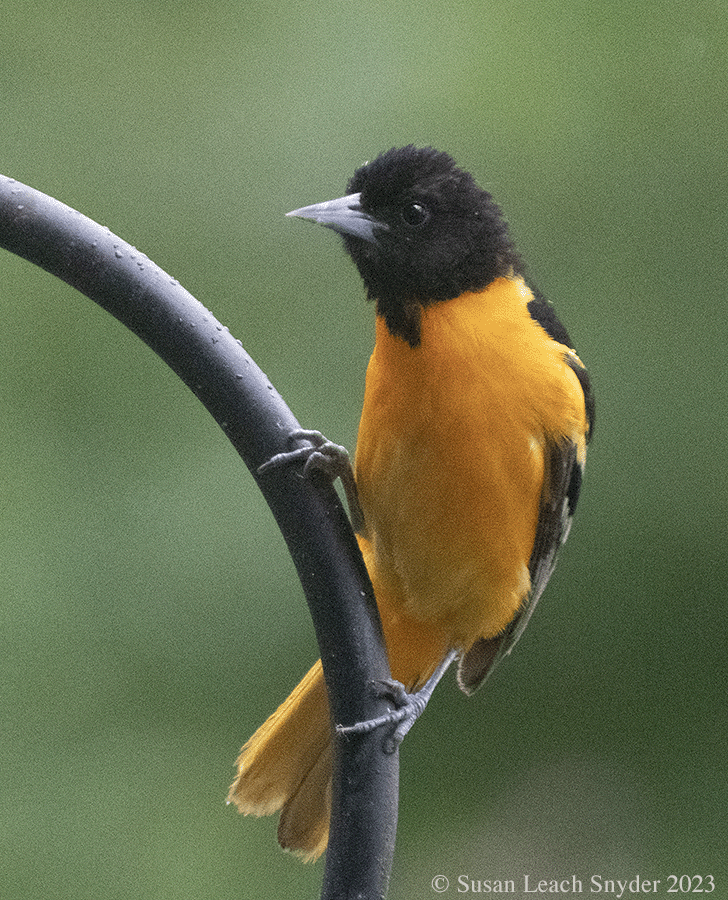
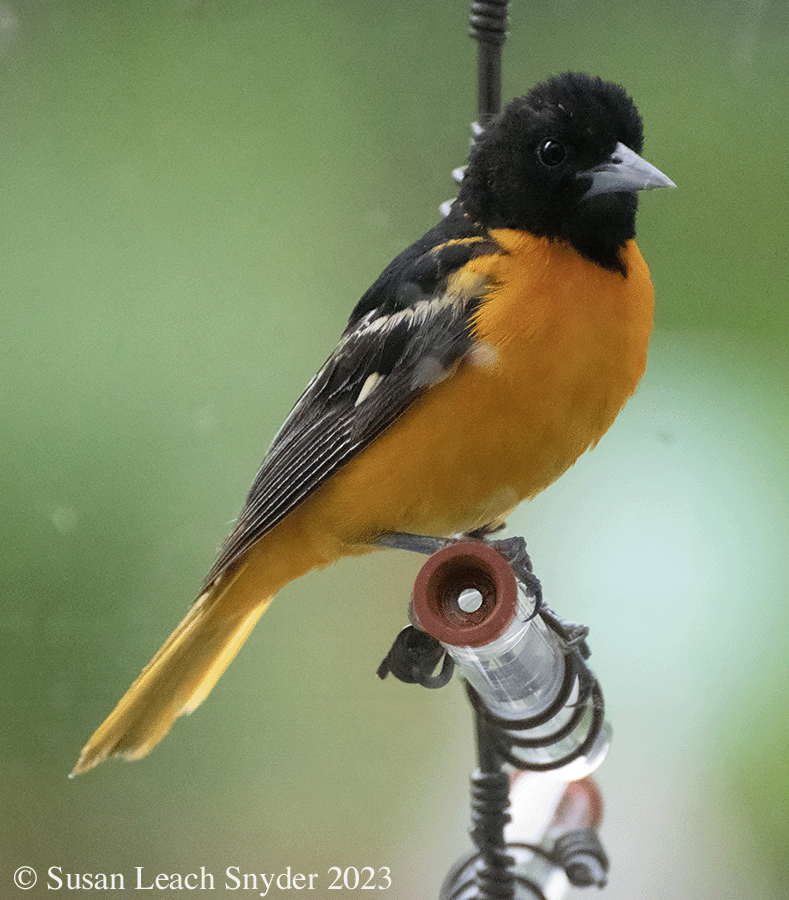
A Tufted Titmouse perches on a suet feeder. Note its small size and the crest on its head.
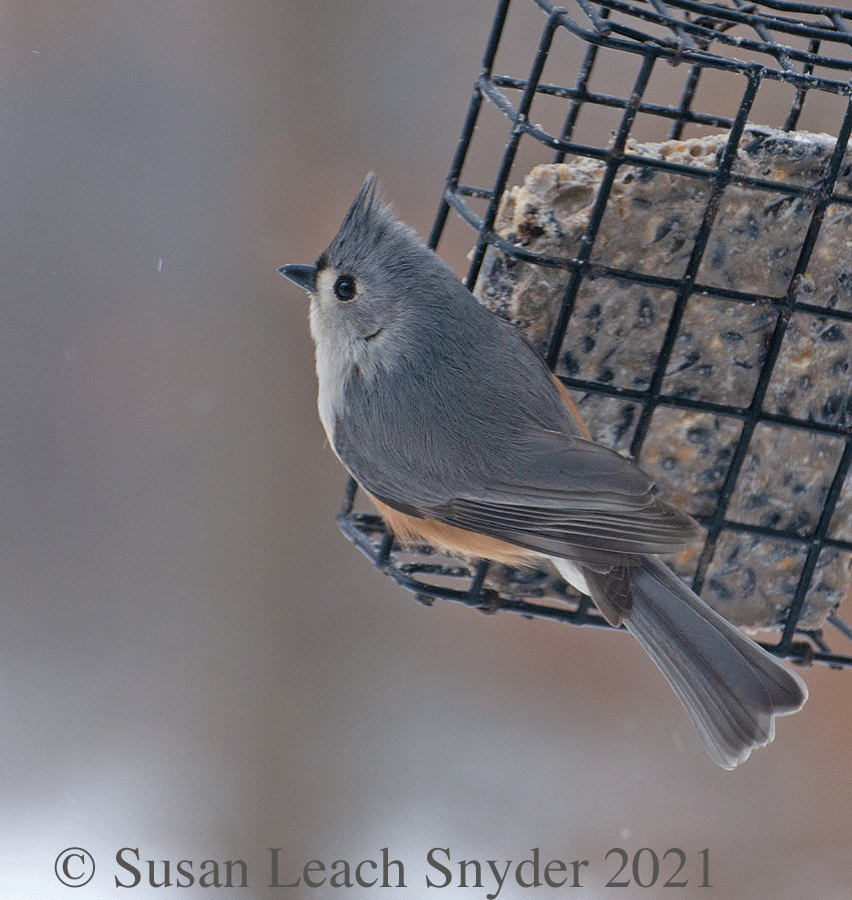
Both of these White-Breasted Nuthatches are peering at something below. Nuthatches are often seen creeping down trunks of trees and other structures head-first. Note the white sides of the head, throat, and breast , and the very long , pointed beak.
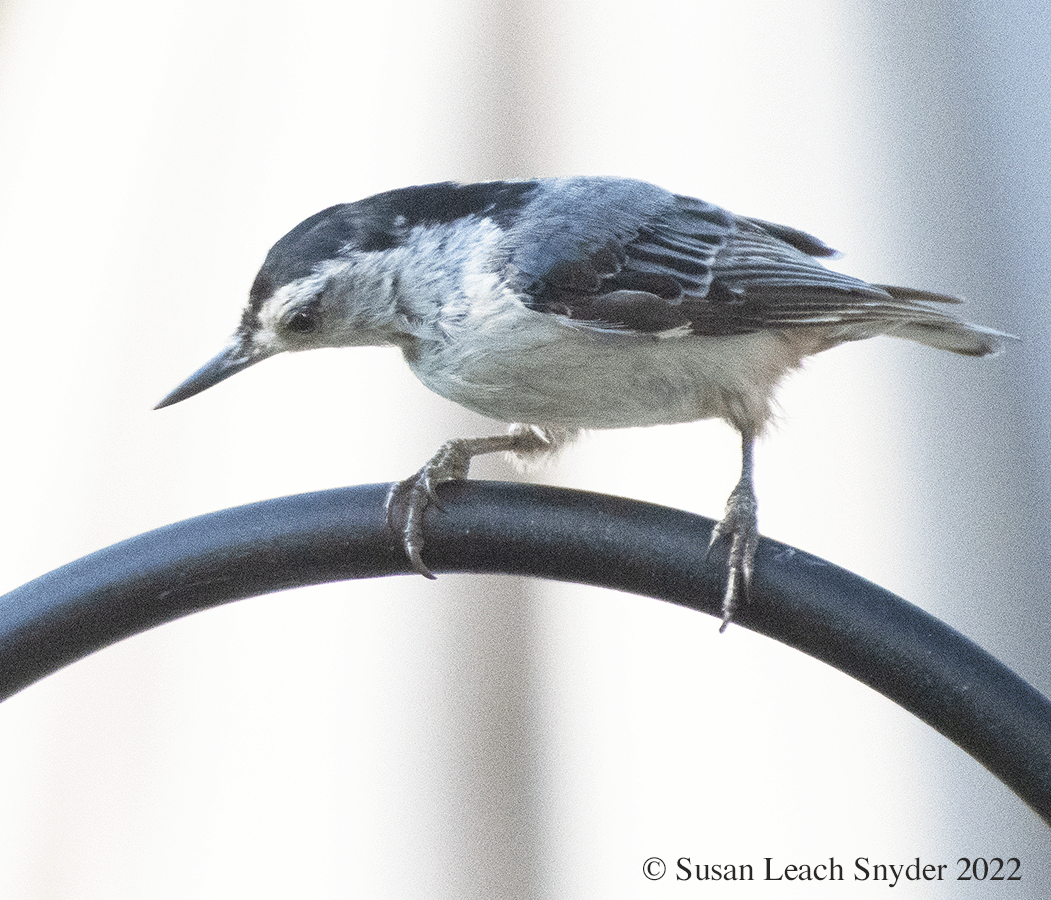
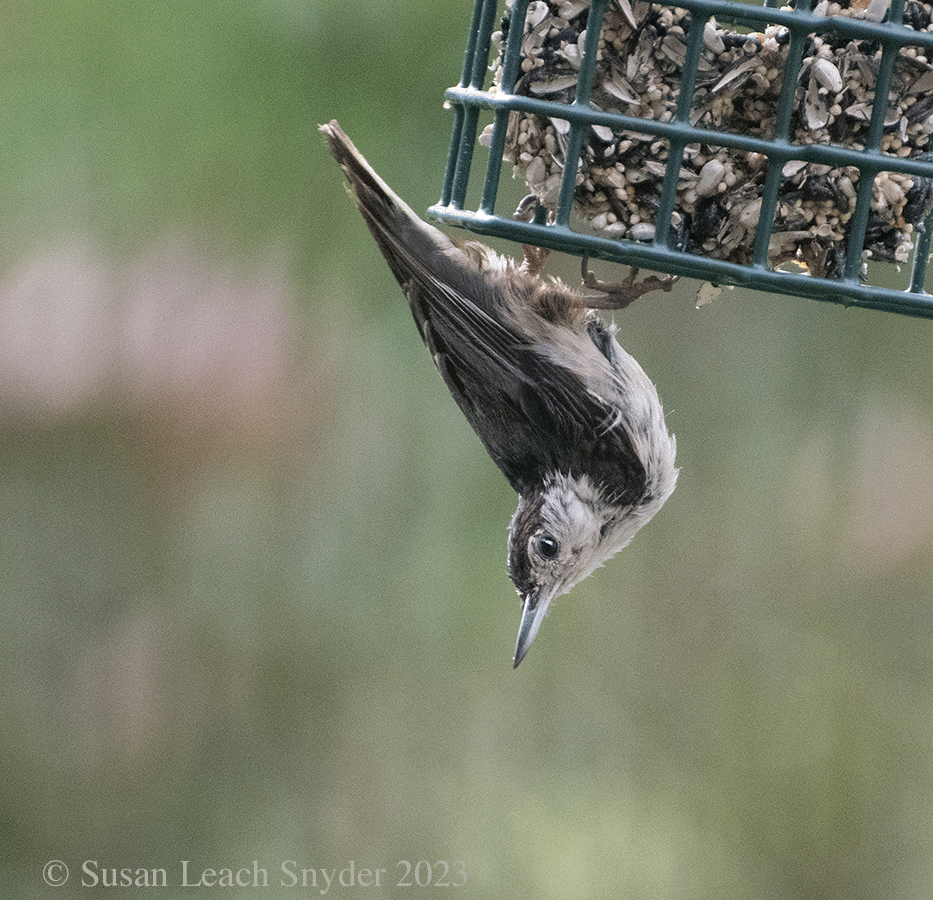
Purple finches love to feast on the sunflower seeds in the feeders. Top Row: Male finches: Middle Row: Female finches; Bottom Row: possibly Juvenile finches.
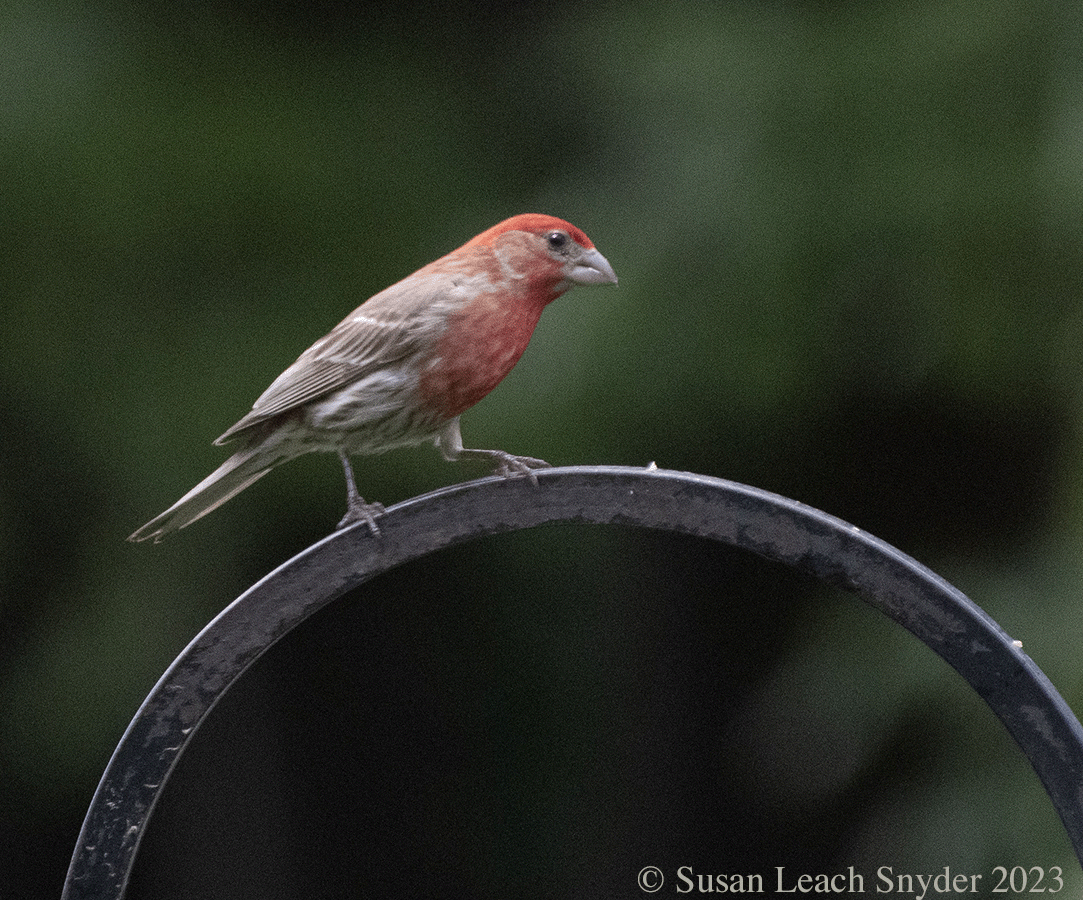
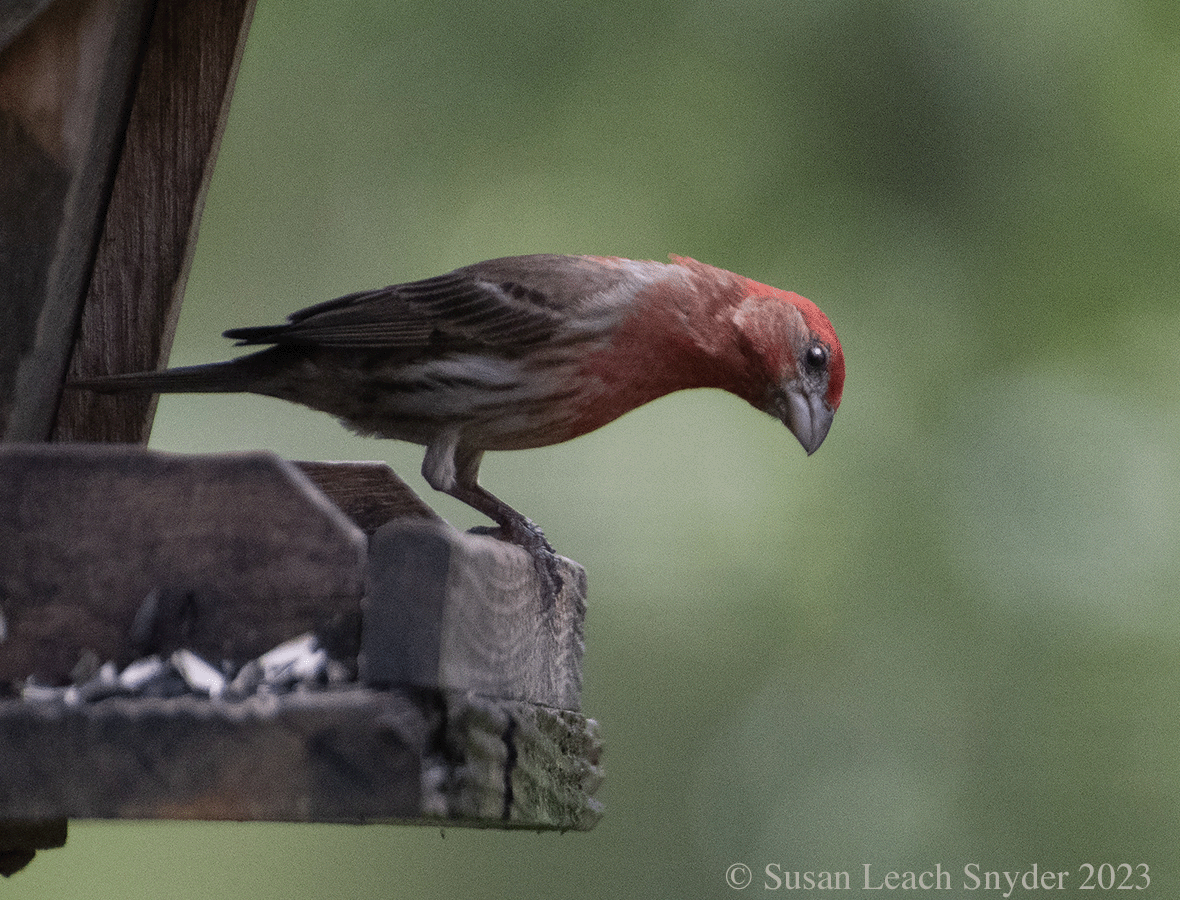
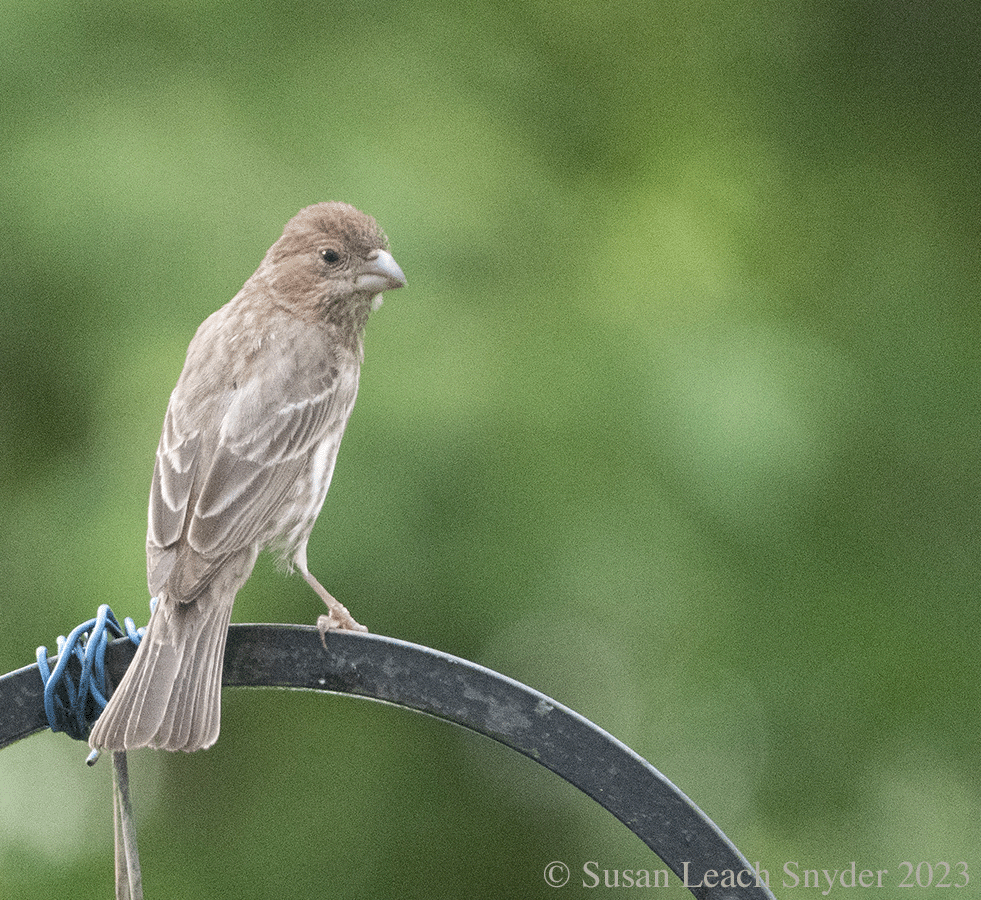
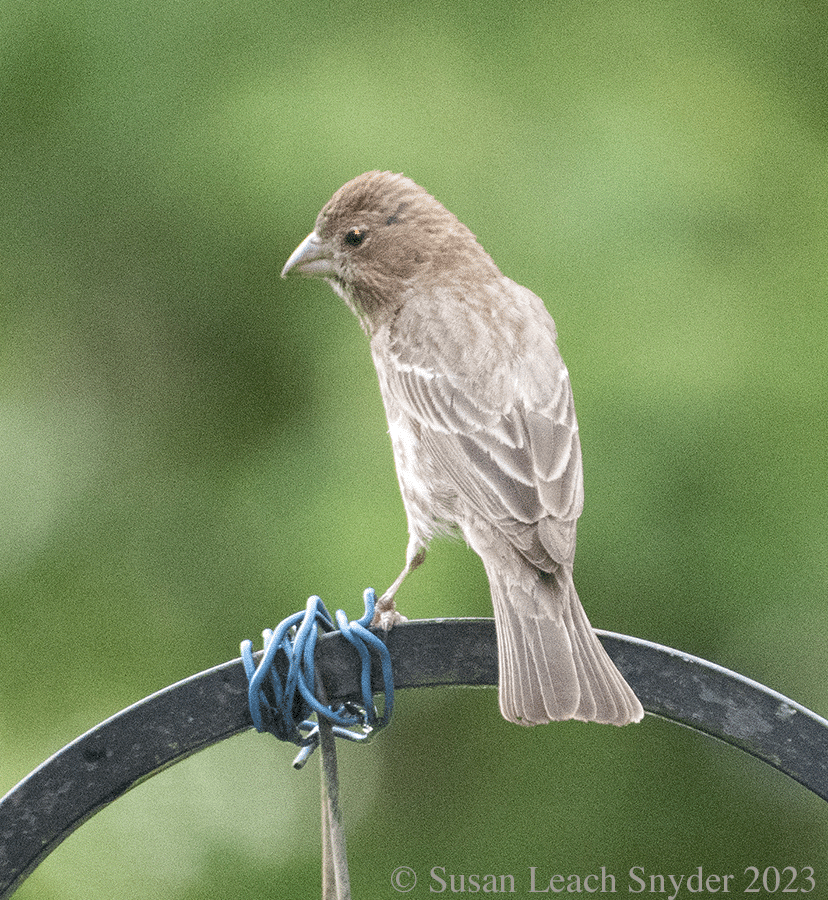
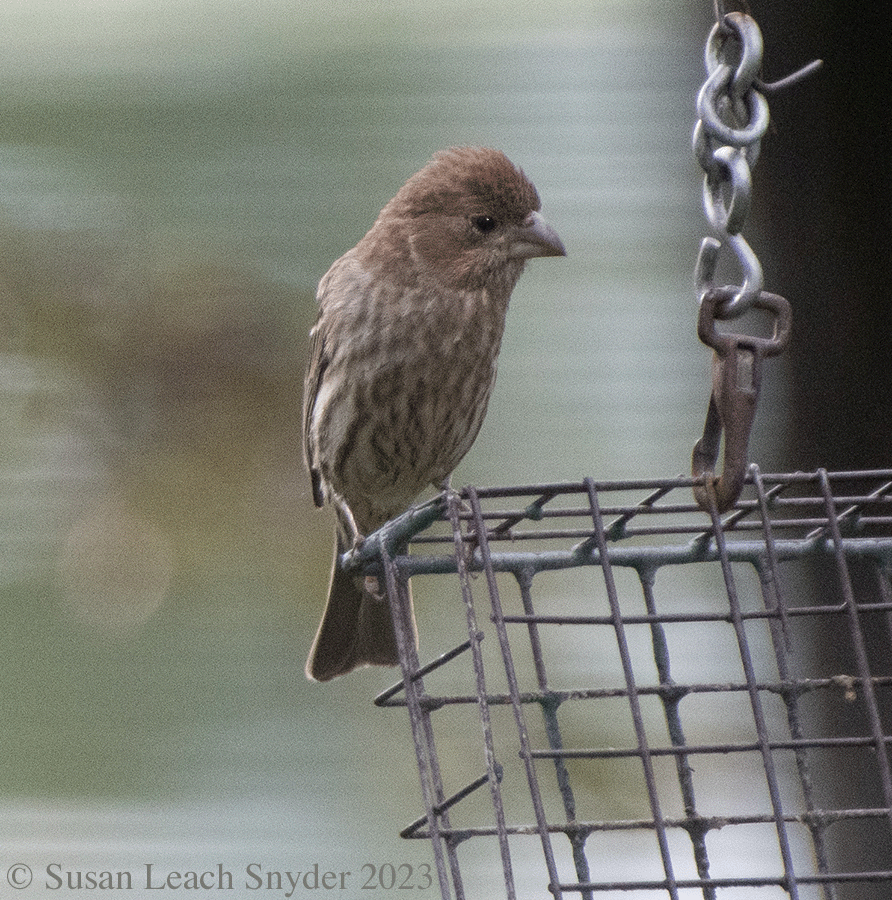
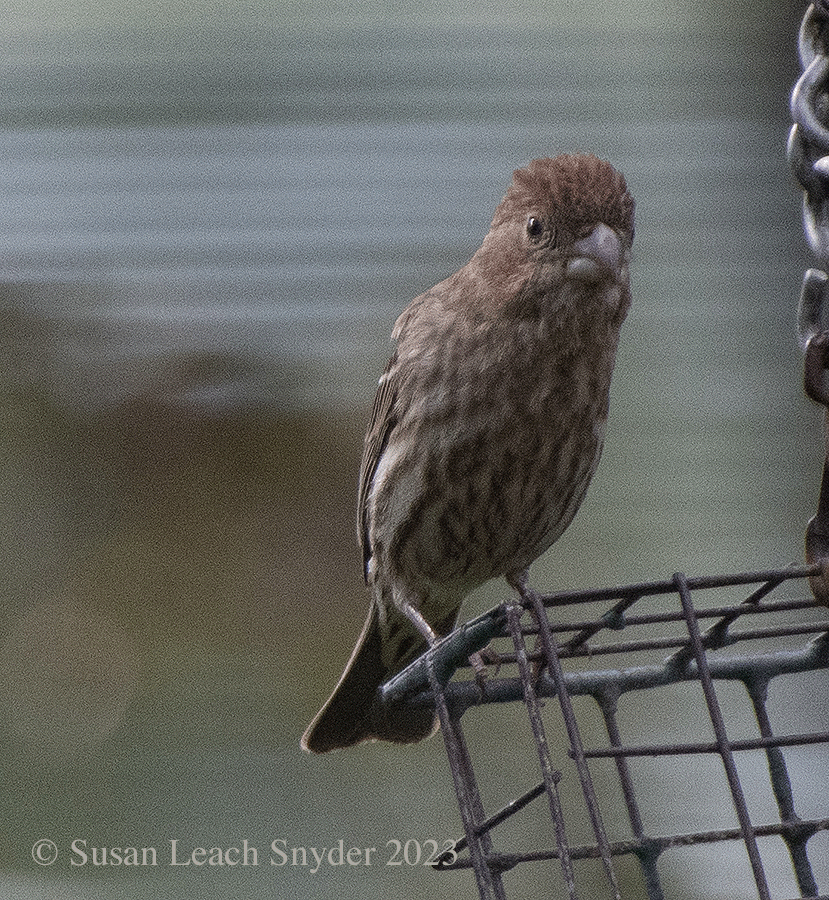
Cardinals are attracted to the sunflower seed feeders. Images 1 and 2 demonstrate that females are not as bright red as the males shown in the 3rd , 4th, and 5th images, but both sexes have combs that distinguish them from other species.
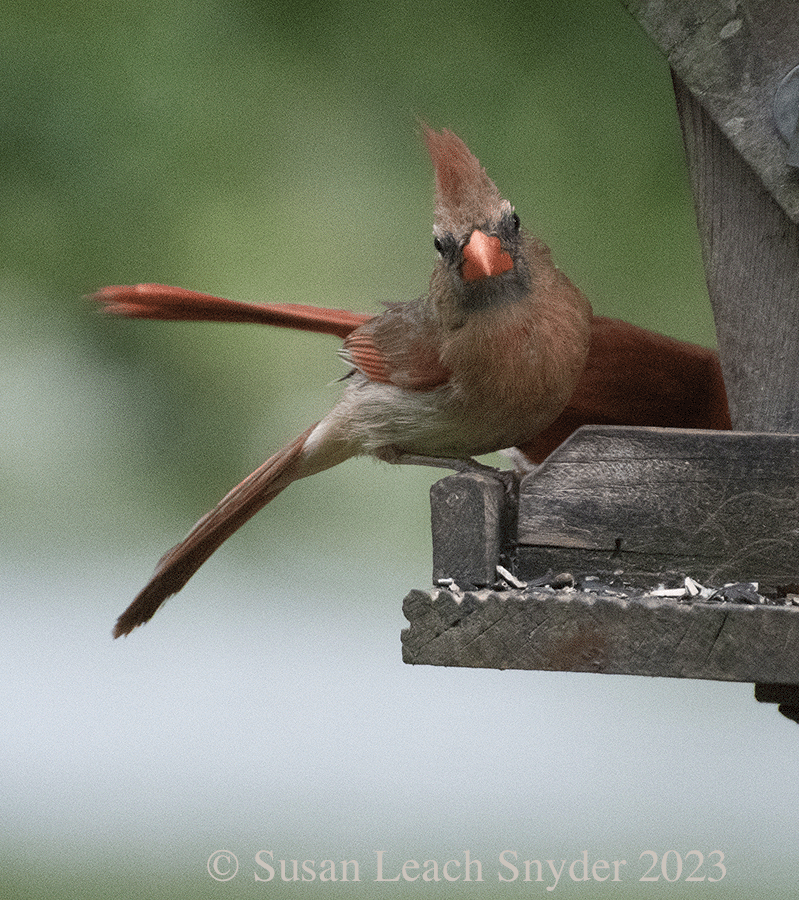
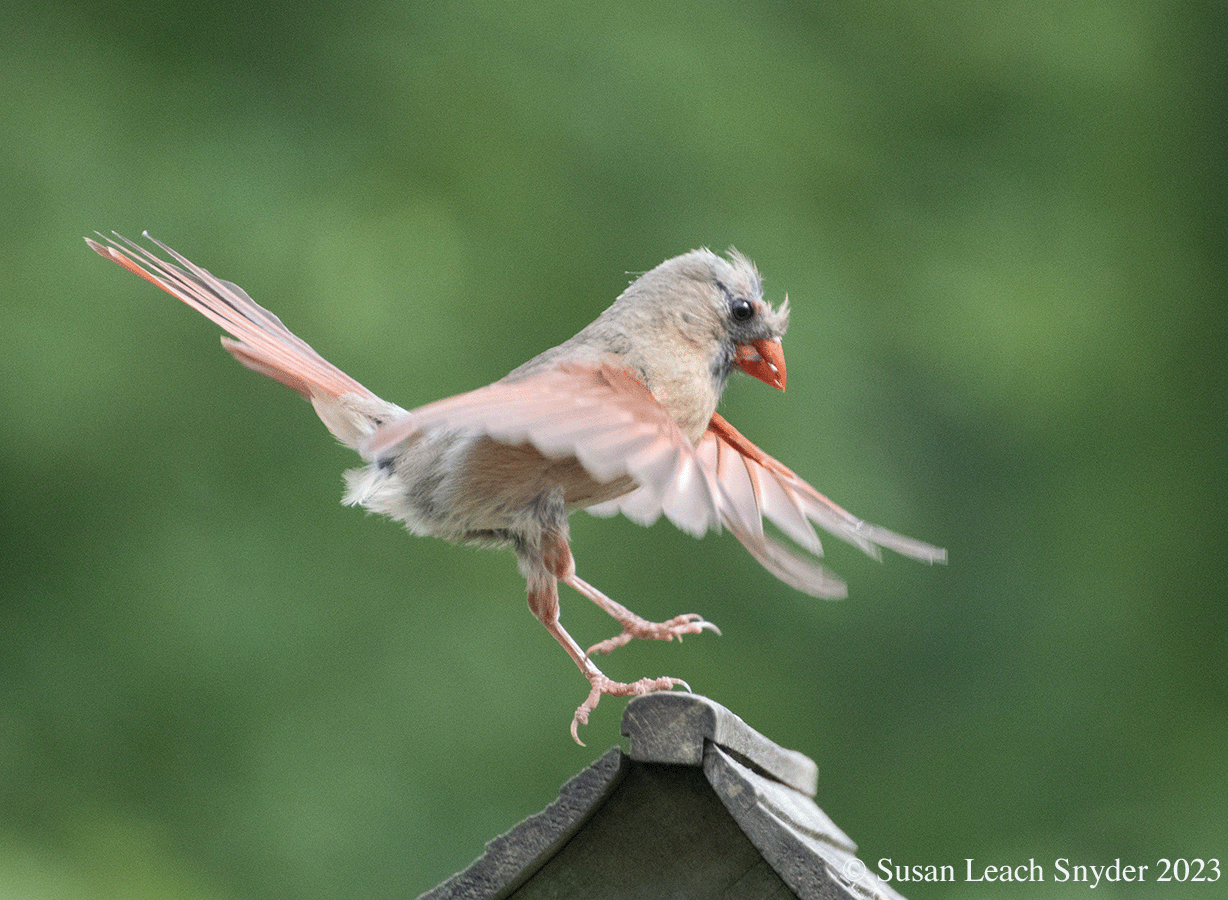
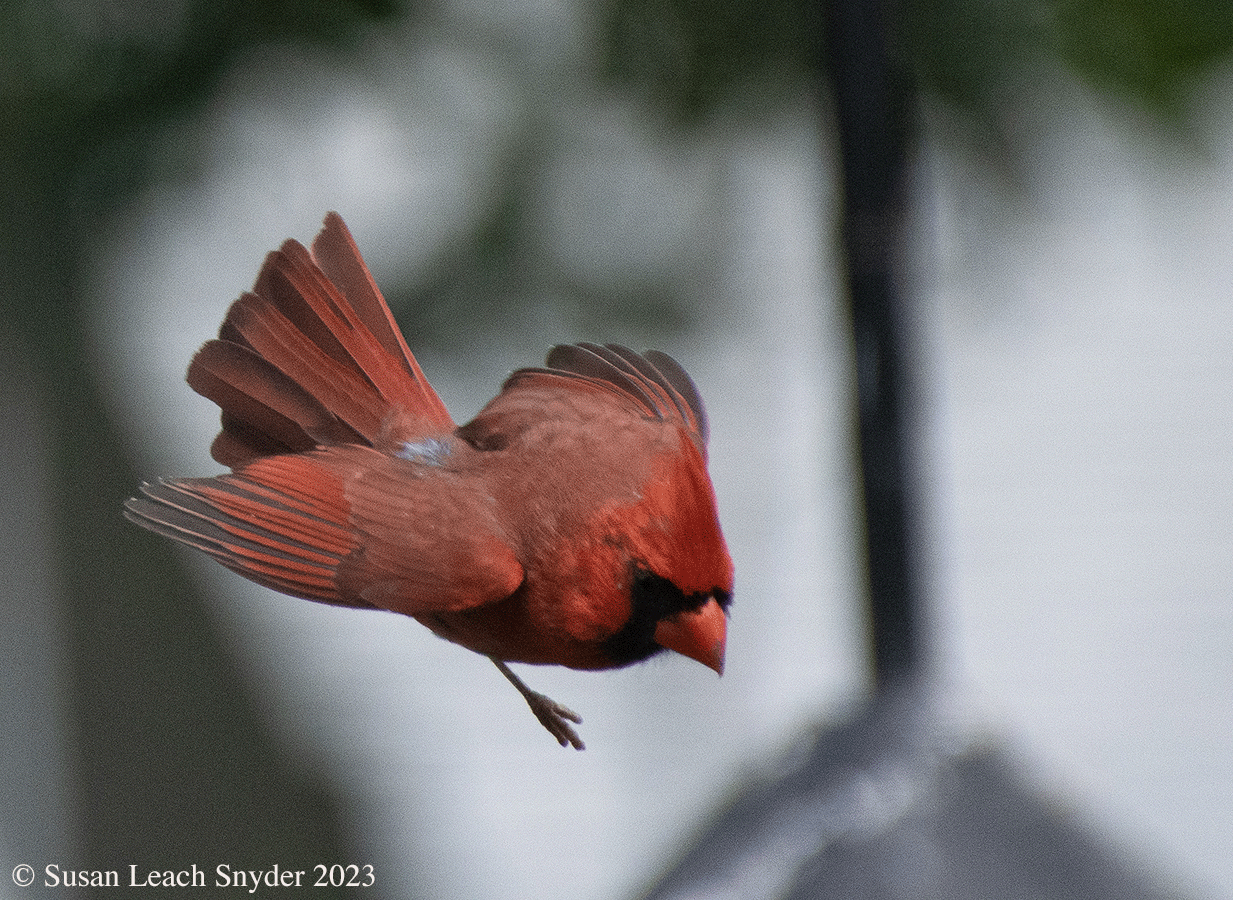
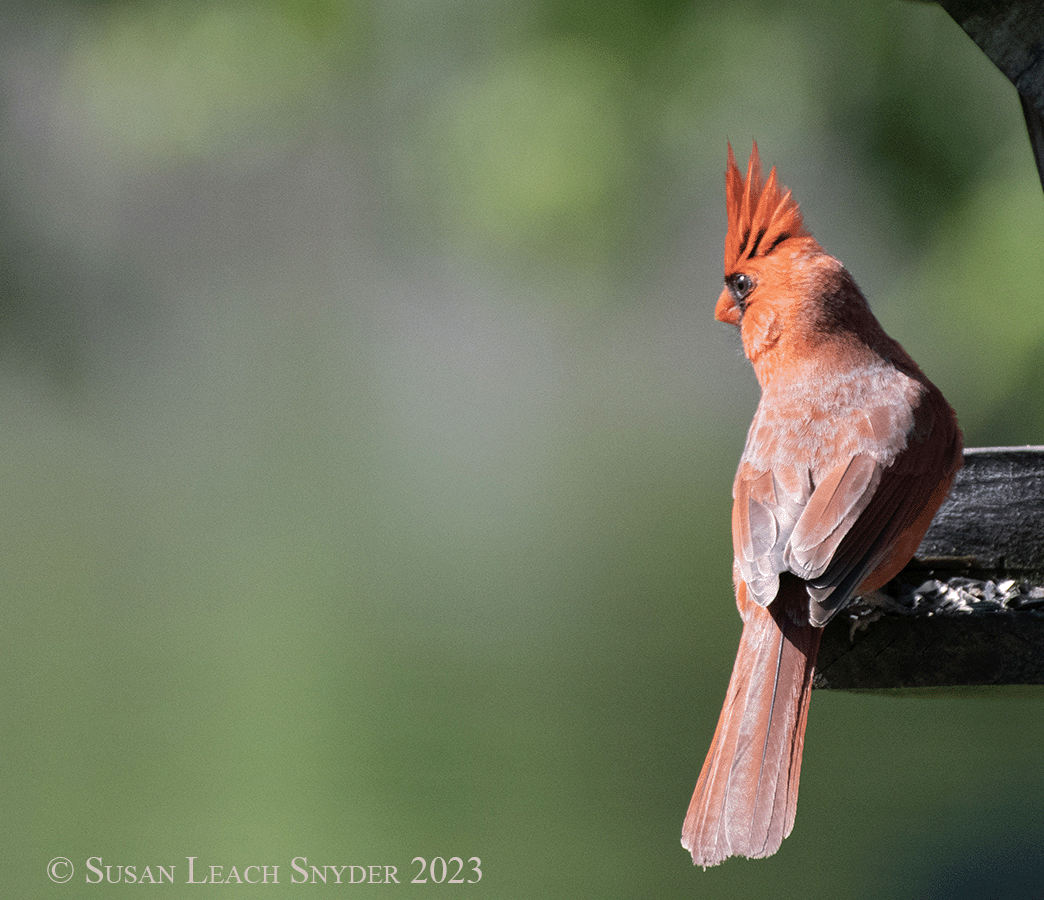
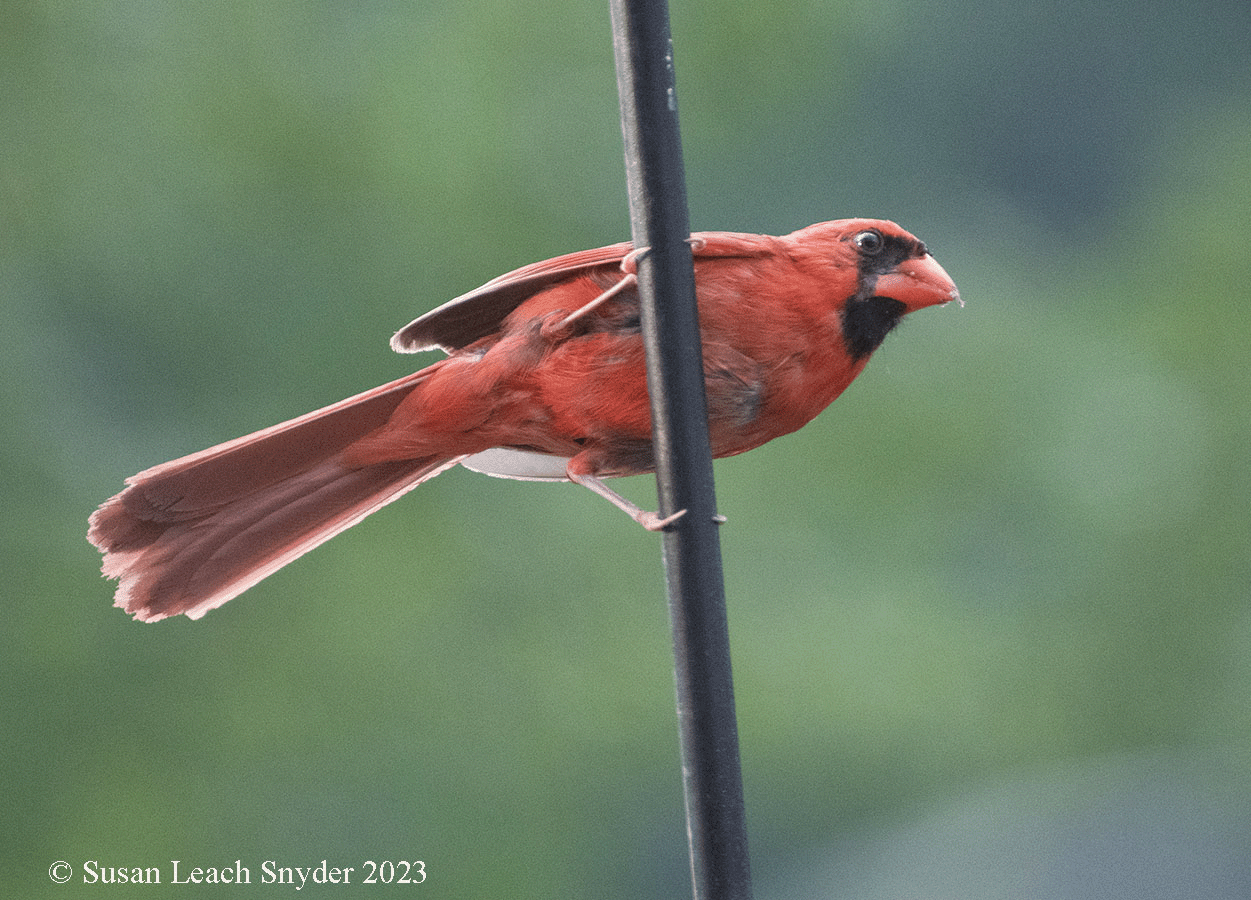
A male Rose-Breasted Grosbeak is nearly all black and white with a deep rose patch on its breast. Its has a heavy, conical bill. A female is a mottled yellow brown and white bird that looks like a very large sparrow. To date, a female has not been photographed.
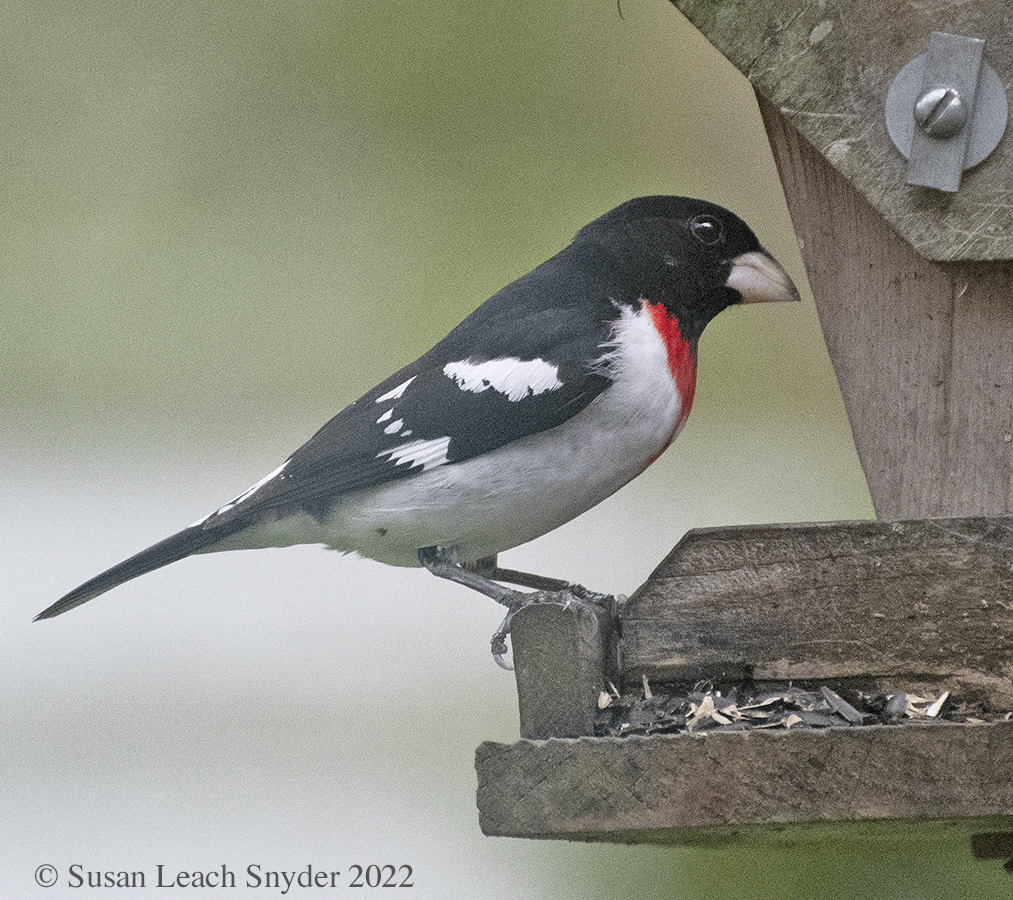
Typically Robins spend time on the ground looking for worms to eat, but the second image shows one eating suet. Robins are one of the largest thrushes.
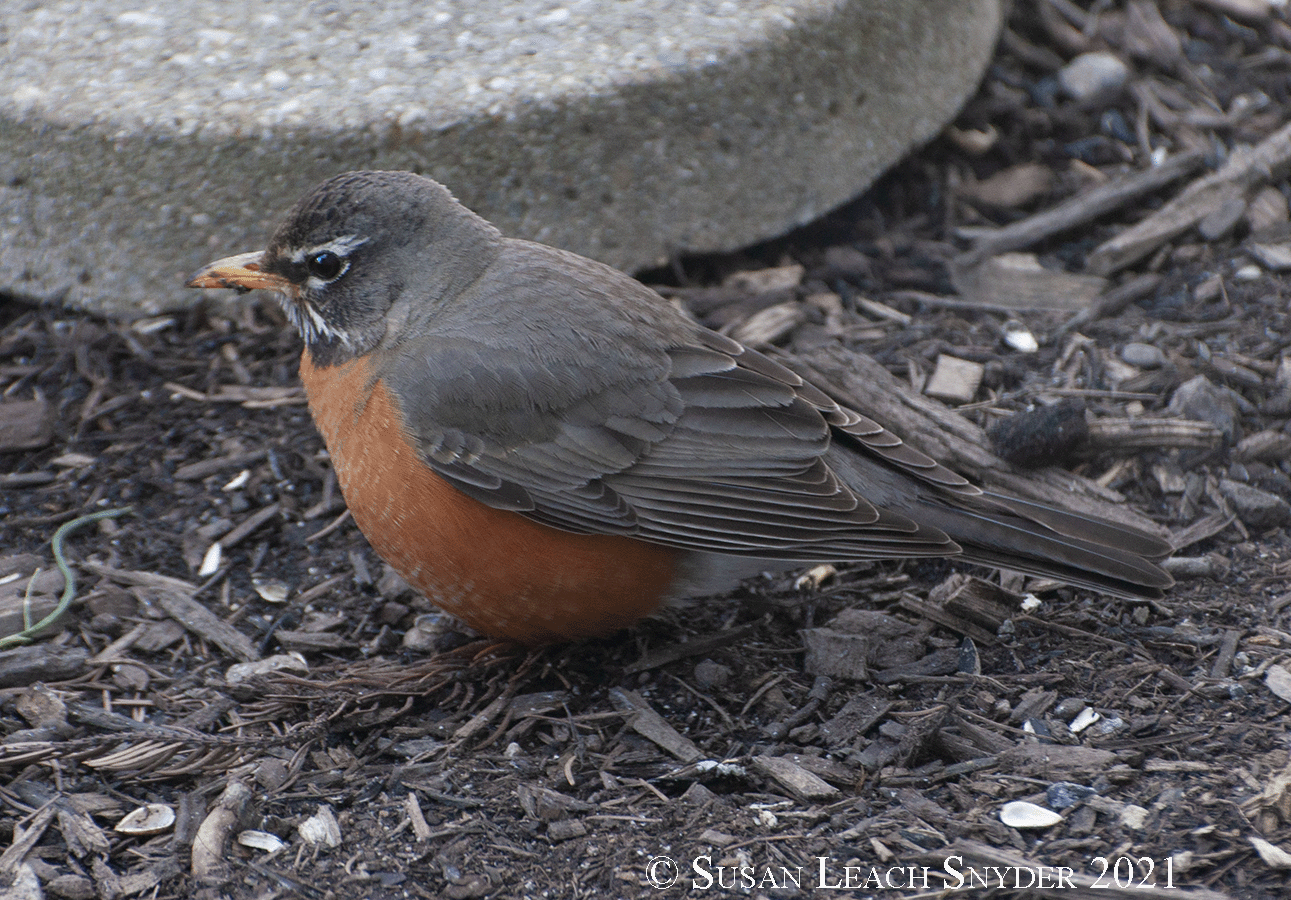
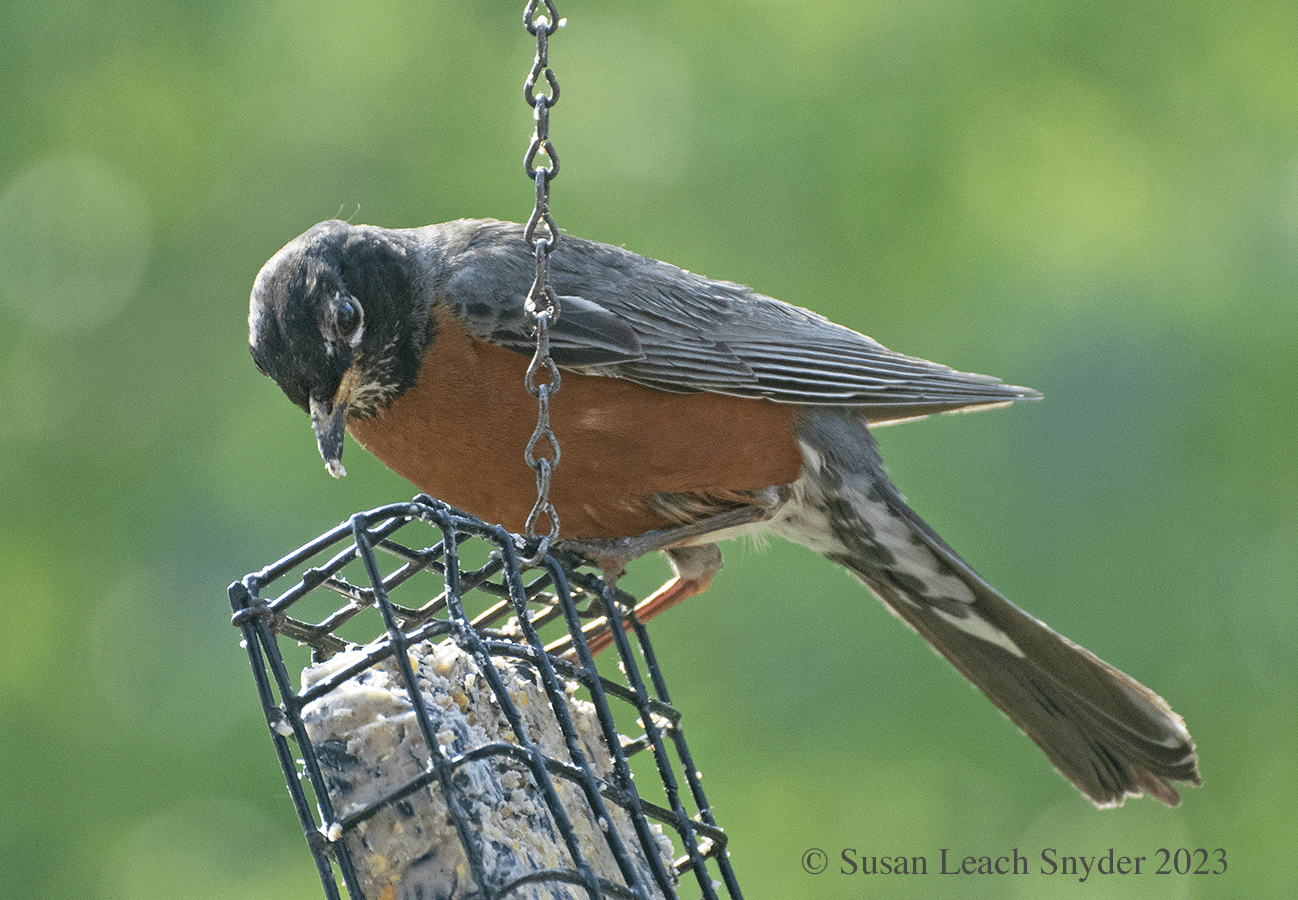
Suet attracts a variety of woodpeckers. Shown in these two images are a female and male Downy Woodpecker. The male has a small read head patch.
Similar in color to a Downy Woodpecker is this Hairy Woodpecker. The Hairy is larger by about 2 inches and has a heavier black bill. Both of the images below show a male with its red head patch. A female would lack this patch.
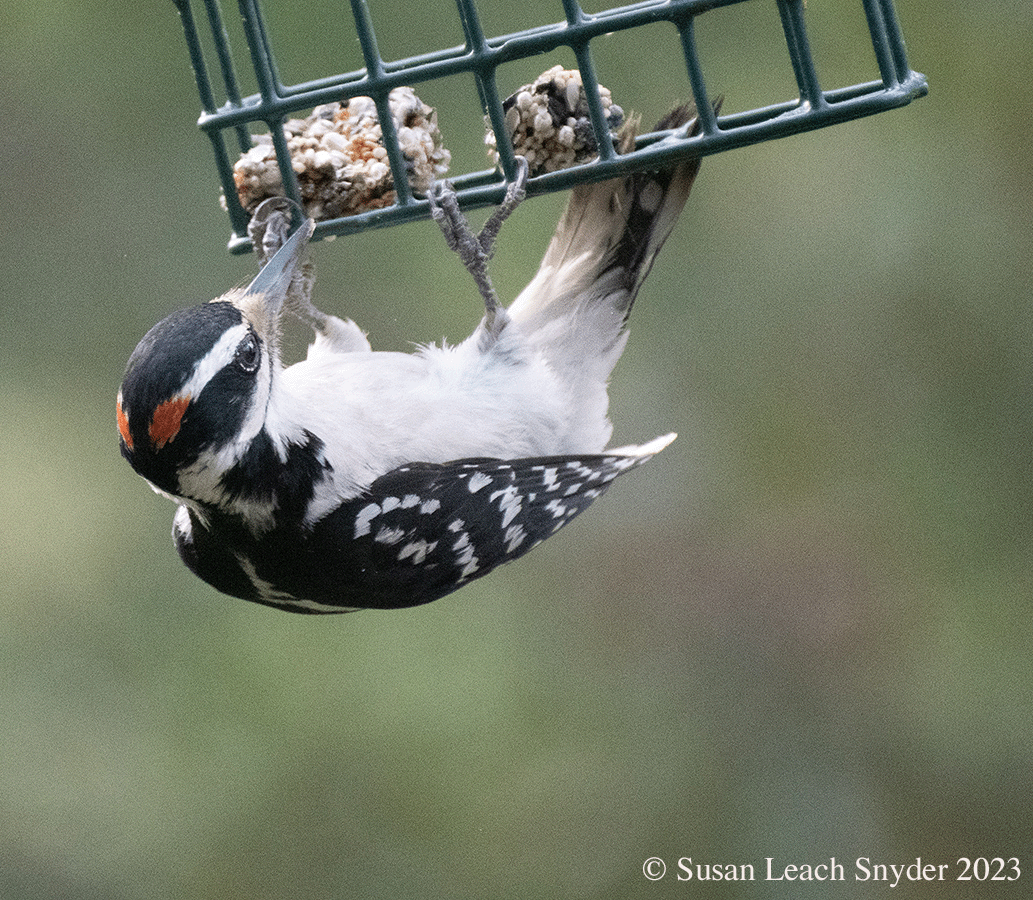
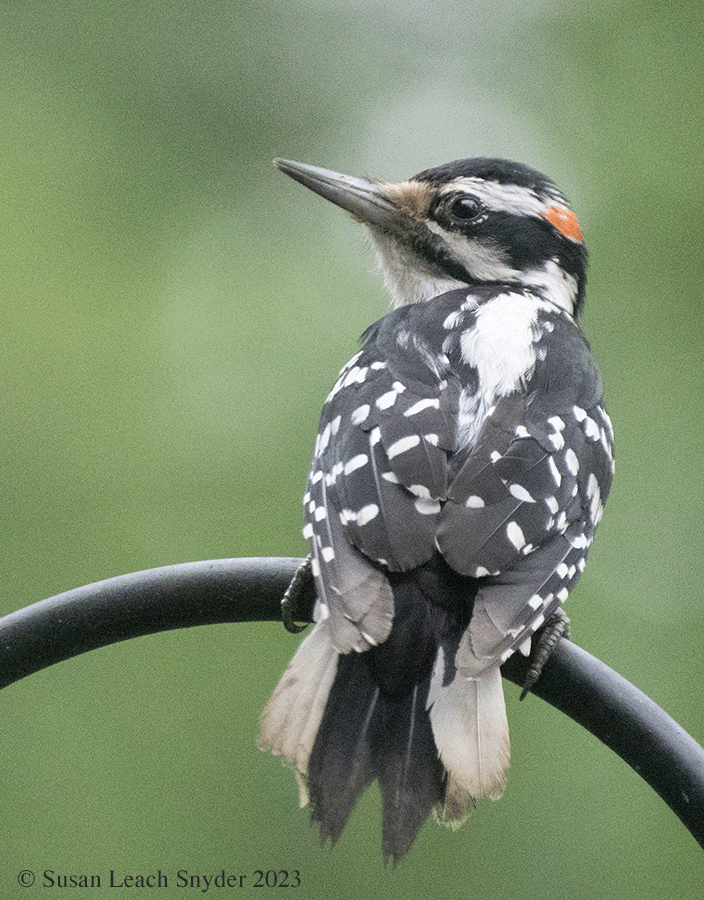
Below are two different adult Red-Headed Woodpeckers . The males and females of this species are similar and I cannot tell them apart.
On another day, the two below shared a suet feeder.
Below are two juvenile Red-Headed Woodpeckers. The first one appears to be younger than the second.
Images 1 and 2 are male Red-Bellied Woodpeckers. A male has its entire head covered with red feathers. Images 3 and 4 are females. Females have gray feathers on the top of the head.
The three images below are of a Juvenile Red-Bellied Woodpecker. Note: It's head is void of any red feathers.
Mourning Doves are typically ground feeders and wait for food to fall out of bird feeders. But doves have been feeding directly from the sunflower feeders , too. Note the very long tail. This is probably a male. Females have shorter tails and have duller colors. The call of this very common bird is "Coo-ah, coo, coo, coo."
Image 1: Starling youngsters, often larger than their parents, beg parents to put food directly into their mouths. In this photograph two juveniles are competing for their parent's attention. Images 2 -4: An adult Starling's plumage in the sunlight can have a rainbow of colors. Females and males are similar in color. One important difference is that the bill of the males is blue, while the bill of females is pink. Starlings have short tails and plump bodies.
This male Grackle is another large, black bird, but note, it has a long, wedge-shaped tail. Also notice, it has iridescent feathers. Females are smaller and duller in color.
Blue Jays are large birds (11-12.5 inches tall), with distinct blue, black, and white feathers. They are loud birds that have the ability to mimic other species of birds, including Red-Shouldered Hawks. Male and female Blue Jays have identical markings. The two Blue Jays in the first photograph where having a stare-down argument. Image 3 shows an angry Blue Jay with ruffled feathers that has just chased away another bird from "his" suet feeder.
House Sparrows, sometimes called English Sparrows, are not native to England and they aren't sparrows. They are a weaver Finch that was imported from England to the United States in 1850.
A variety of other sparrows have visited the bird feeders. I cannot identify the one shown below. It may be a Field Sparrow. Field sparrows have a plain breast, indistinct wing bars, and a pink bill, or it may be a female House Sparrow, which has an unstreaked crown and broad buff line over the eye.
A Black-Capped Chickadee has a call that is its name, "Chickadee". Chickadees, like Wrens, have made our homemade bird houses their homes.
Some song birds are only attracted to feeders in the winter.
This tiny House Wren lives in a bird house we build for its use. Unlike the birds shown above that eat sunflower seeds and suet from bird feeders in the summer, this bird eats tiny insects and spiders that it finds in the yard. It has a very loud singing voice for its size.
This little Carolina Wren is a colorful reddish-brown with a white throat and distinct eye line. The edges if its wings and tail are darkly barred and the bill is long and thin. Males and females have similar markings. In cool months they will feed at bird feeders,, but in the summer, they eat insects. Their song is sung only by males. It is three-parted and sounds like they are saying "tea-kettle tea-kettle tea-kettle." Males and females bond for life.
An Eastern Phoebe rests on top of a large bronze frog sculpture. This species' call is a persistent "phoebe" and this bird is constantly bobbing its tail. Adults are similar and it is unknown whether this is a male or female. Phoebes are flycatchers. This one was hanging out below a suet feeder.
The Brown-Headed Cowbird is the smallest blackbird, and the only one with a brown head, as shown in these photographs of a male getting a drink from a birdbath. A female is entirely brownish- gray. A female may lay dozens of eggs each year, but they don't raise their young. They place their eggs in the nests of other bird species. Adults eat seeds of grasses and weeds and also enjoy grasshoppers, beetles, caterpillars, spiders, and millipedes.
This Red Shouldered Hawk and other hawks have visit the bird feeders on several occasions to get bird prey. I think this one is a juvenile since the feather colors are not vivid. The bird is standing about 4 feet from one of the bird feeders.
Another bird species is attracted to a different kind of feeder.
Hummingbirds are attracted to feeders filled with supersaturated sugar water in a concentration of 1:4, sugar to water. In the yard, they are also seen lapping nectar from Honey Suckle plants, Lythrum, and Lilies. The bird shown here was a female Ruby-Throated Hummingbird that was attracted to a feeder just outside the picture window. Males of this species have bright red throats.
Gardens evolve over time:
The 115 Oak Drive, Hebron, Ohio property has evolved over time as each owner occupied the land. According to a neighbor who was a young girl at that time when Austin Thatcher was the owner, the lot was very wooded.
When Helen and Russell Leach were the owners, some trees were removed because of beaver damage and other causes, while new trees and bushes were planted. Helen was quite the gardener and developed gardens around the updated house and new garage that they built. Helen loved Roses, Hostas, and Ferns.
When I inherited the property, I moved most of my mother's flowers that had been around the house to a new circular garden on the point. Mother's large Hostas were planted in a new garden on the point, and her Lily gardens were maintained where she had created them.
Garden 1 South of old house
(Created by Helen).
2015
Garden 2 West bank of property
(Created by Helen)
2023 - June - Lilies and Roses
2023 - August
Lilies and Mallow (Images 1 & 2), Honeysuckle and Lythrum (Image 3)
Garden 3 North of New House - Circular Garden
(Created in 2016 by Susan with flowers that had surrounded old house.)
2017 June - Roses, Azalea
2018 July - Lilies, Iris
2023 Early May - Columbine
2023 Late May - Japanese Iris
2023 June - Roses
2023 Mid July- Tiger Lilies
Garden 4 Adjacent to patio and back of new house.
2023 June - Roses
2023 June -roses
2023 July - Bee Balm, Cone Flowers, Gerber Daisies
Garden 5 Along east border of property
(Garden created by Helen)
2006 July- Lilies, Pink Coneflowers, and Lythrum
2015 July- Lilies , Hostas, and Lythrum
2023 July- Lilies, Hostas, Gerber Daisies, Astilbe, Lythrum
2023 July - Lilies, Hostas, Gerber Daisies, Lythrum
Garden 6 North - Day Lily Garden
(Created by Helen and expanded by Susan.)
2017 July
2021 July
2023 July
Garden 7 North- Hostas, Ferns
2023
Garden 8 Northeast- Hostas, Ferns, Trillium, Jack-in-the Pulpit
2023
Individual Flowers in Bloom
Jack- in -the- Pulpit (Spring/Early Summer)
Jack in the Pulpit seeds develop, as shown below, in late July/early August.
Ferns
Fern
Oak Leaf Hydrangea
Astilbe
Japanese Iris
Iris
Roses
Climbing Roses
Helen's Special Lilies
Coneflowers
Gerber Daisy
Dianthus/ Pinks
Scabiosa
Monarda / Beebalm
Queen Anne's Lace
(Considered by many to be a weed; Helen liked to put it in her flora arrangements).
Swamp Milkweed
Butterfly Bush
Phlox
Lythrum
Day Lily Plants
Individual Day Lily Flowers
Honeysuckle
Hostas
Sunflower
Resurrection Lilies
Fall Asters
Fall Aster Blossom with Bee
Invertebrate Visitors
Many pollinators visit the flowers.
Below: Honeybees visit Swamp Milkweed blossoms.
Below: Two bees collect pollen from a Pink Cone Flower.
Below, a bumble bee collects pollen from a lily.
Image 1: A thread-waisted wasp collects nectar from a Swamp Milkweed blossom, and in the process it pollinates the flower. Image 2: A Syrphid Fly (flower fly-bee mimic) has just pollinated the Gerber Daisy it is standing on.
Images 1 and 2 below are two different Syrphid Flies are collecting nectar and pollinating Queen Anne's Lace.
Adult butterflies and moths are pollinators. Image 1: Scabiosa flowers attracted the Swallowtail Butterfly and the Swallowtail pollinated the Scabiosa flower. Image 2: A Silver Spotted Skipper Butterfly sips nectar from a Lythrum flower as it also pollinates the flower.
Below: A gray hairstreak butterfly is resting on the leaf of a Lily. Note the two protrusions and orange eyespots at its posterior. These serve to confuse predators as to which end of the butterfly is the head. If the predator attacks the wrong end, the butterfly will survive and fly away.
The two images below are of a Tiger Swallowtail that was attracted to Swamp Milkweed Flowers. The second photograph shows its proboscis dipped down into a flower to remove sweet nectar. Butterflies smell with sensors on their antennae and taste with taste buds at the end of the tongue and sensory structures on their feet.
A Cabbage Butterfly collects nectar from a Fall Aster, and at the same time pollinates the flower.
Other Insect visitors
Swamp Milkweed is a perennial and was planted to attract monarchs. The only food monarch caterpillars will eat is some form of Milkweed.
Image 1: A female Monarch is laying egg on Swamp Milkweed; Image 2: Monarch caterpillar is eating Swamp Milkweed leaf.
Below: A Milkweed Bug and a Milkweed Beetle visit a Swamp Milkweed.
A Tussock Moth Caterpillar eats Swamp Milkweed.
A variety of other caterpillars that will undergo metamorphosis to become moths and butterflies are found in the gardens.
American Dagger Moth Caterpillar
Tiger Moth Caterpillar
True bugs frequent the gardens to suck on plant leaves or suck the juices from other insects.
The White-Margined Burrower Bug, shown below, does not cause damage to living plants. The female overwinters as an adult beneath leaf litter, where she digs a hole and lays eggs. She collects seeds from mint plants to feed her young. This maternal behavior is rare in bugs. The tiny black bug has a thin white margin around its body and legs.
Beetles, with their chewing mouth parts, eat leaves and other insects.
Images 1 and 2 below show two species of Ladybug Beetles. Image 3 is of a ladybug beetle larva. All stages of these insect eat Aphids.
Fungus Beetle
Below Image 1: Long-Horned Beetle; Image 2: Lightning Beetle
Adult dragonflies and damselflies , and some flies and wasps fly or perch looking for other insects to eat.
Crickets, with their chewing mouthparts, consume a wide variety of plants (flowers, seeds, leaves, fruit, and grasses) and animals (insect larvae and aphids).
As shown in the next two images, Crickets have very large hind legs for hopping. These images show two different species of crickets. The first species has not been identified. The second is a Red-Headed Bush Cricket.
Also note: the first is a male and the second is a female. Female crickets always have an ovipositor for depositing eggs.
Below: A Crane fly with its very long legs rests on the garage door. Note the iridescent wings. This insect resembles an oversized male mosquito, but it does not bite. The only thing adult crane flies do is mate and females lay eggs. They do not eat.
Non-Biting Midges (Chironomid) are aquatic insects, spending the egg, larval, and pupal stages in the lake. The larval stage is in a tube in the bottom substrate. The larva transforms into a pupa. Then the pupa rises to the surface of the lake by producing gas bubbles. The adult wiggles out of the pupal case, begins flying and mating. After mating, the female dips her abdomen into lake and lays eggs. The pupa stage is food for fish and the adults are food for birds. Living so close to the lake, we see a lot of these midges caught in spider webs.
Below: Image 1: An adult male chironomid; Image 2: An adult female chironomid. Note the very feathery antenna on the male.
Below: A Cicada emerges from its pupa at the base of a cedar tree. It spends its juvenile life underground feeding on the juices and sap of tree roots. Once above ground, the adult feeds on plant juices.
Tribes of ants occupy many niches on the property, keeping other insects in check, acting as food for other animals, mixing soil, and additional functions.
Galls, like those shown here, are the response a plant makes to an irritant caused by an insect, mite, nematode, fungi, bacteria, or virus. In many cases, tiny female wasps sting leaves to create places to lay their eggs. The tissue in the leaf creates the gall tissue around the effected area.
Many different species of spiders inhabit the yard.
The Miniature World of the mushrooms:
Bird's nest fungi (Family Nidulariaceae): their fruiting bodies resemble tiny egg-filled birds' nests.
The seasons keep changing with new and exciting discoveries. So many life forms are sharing this space.
